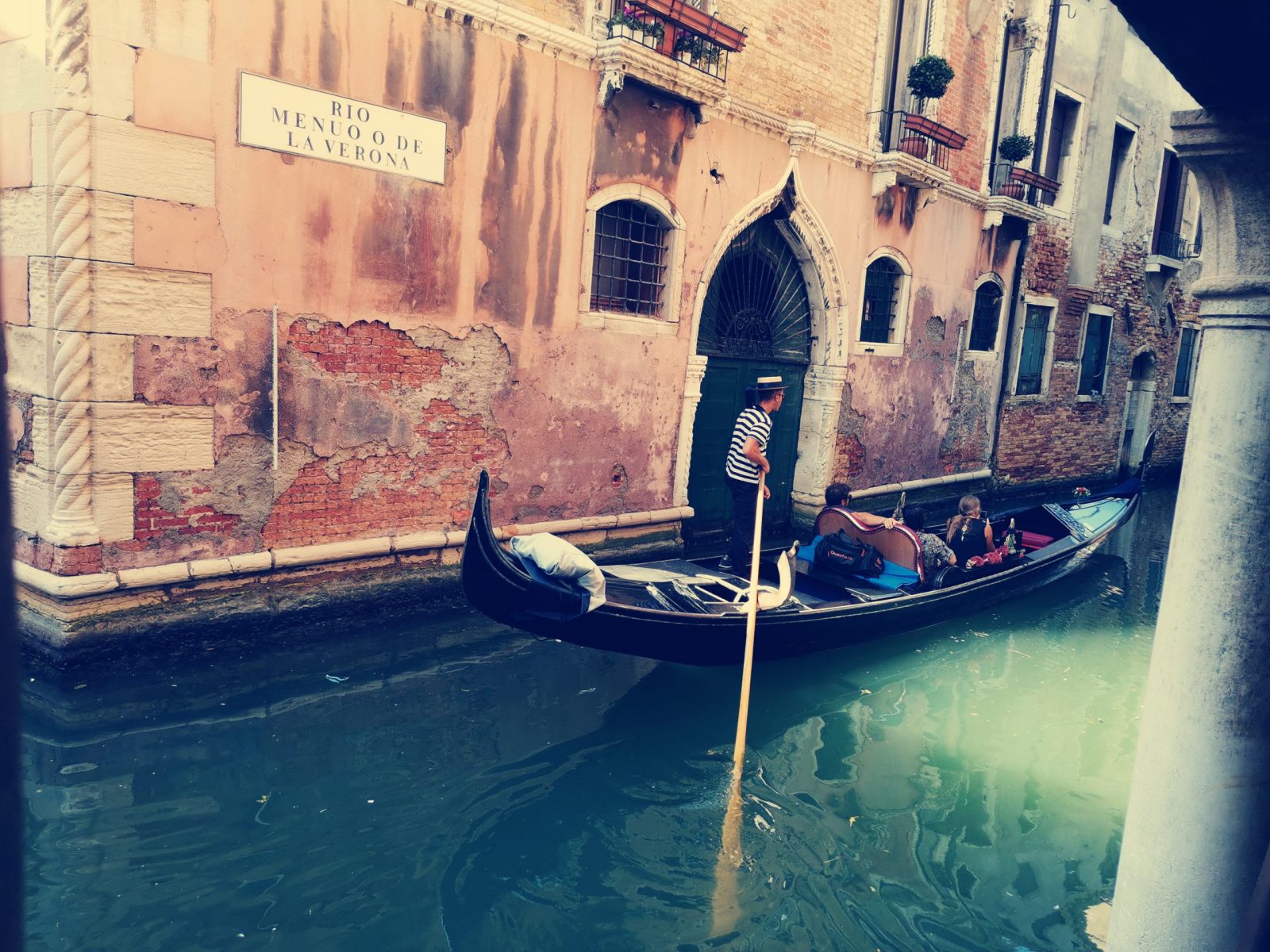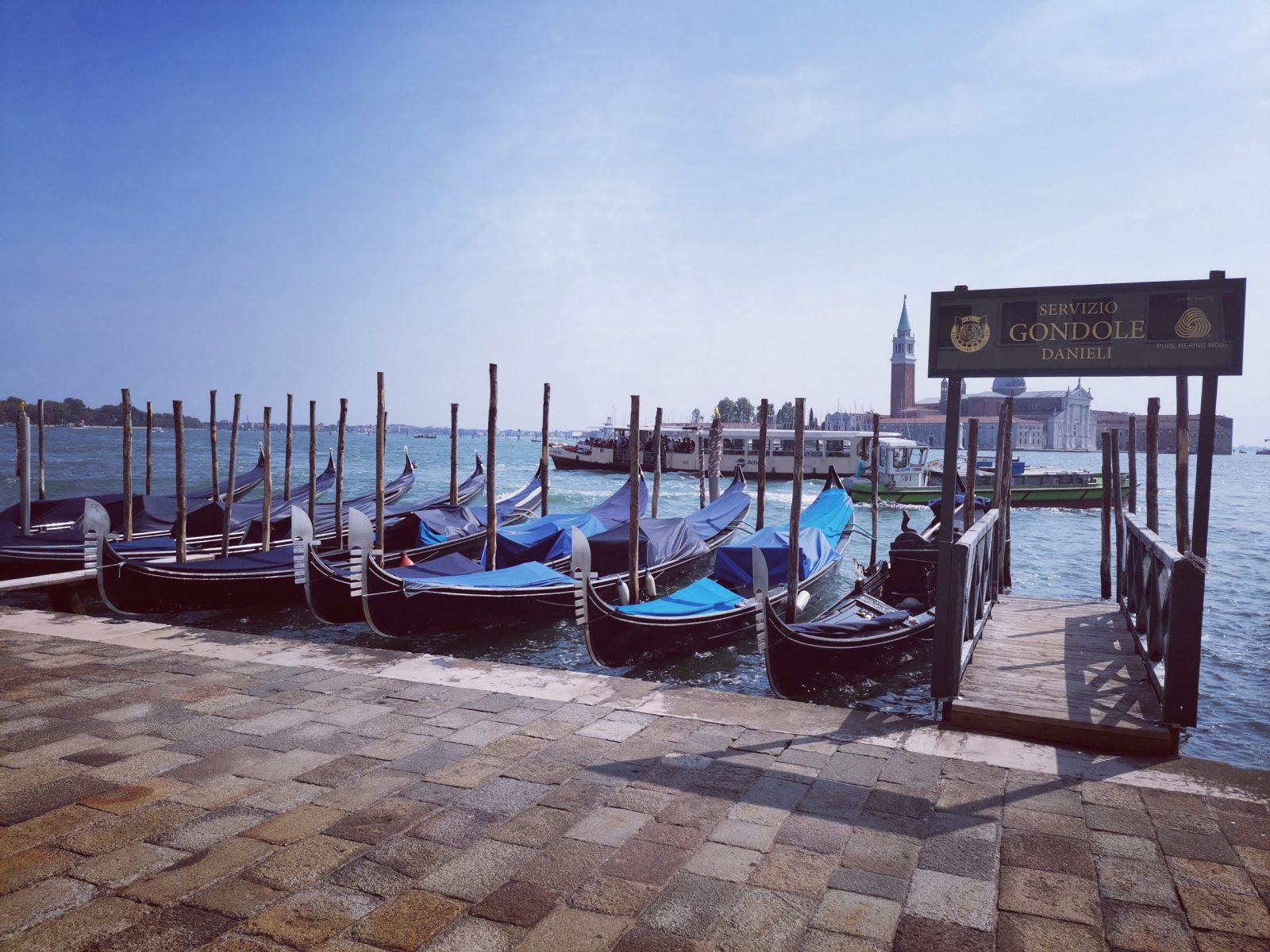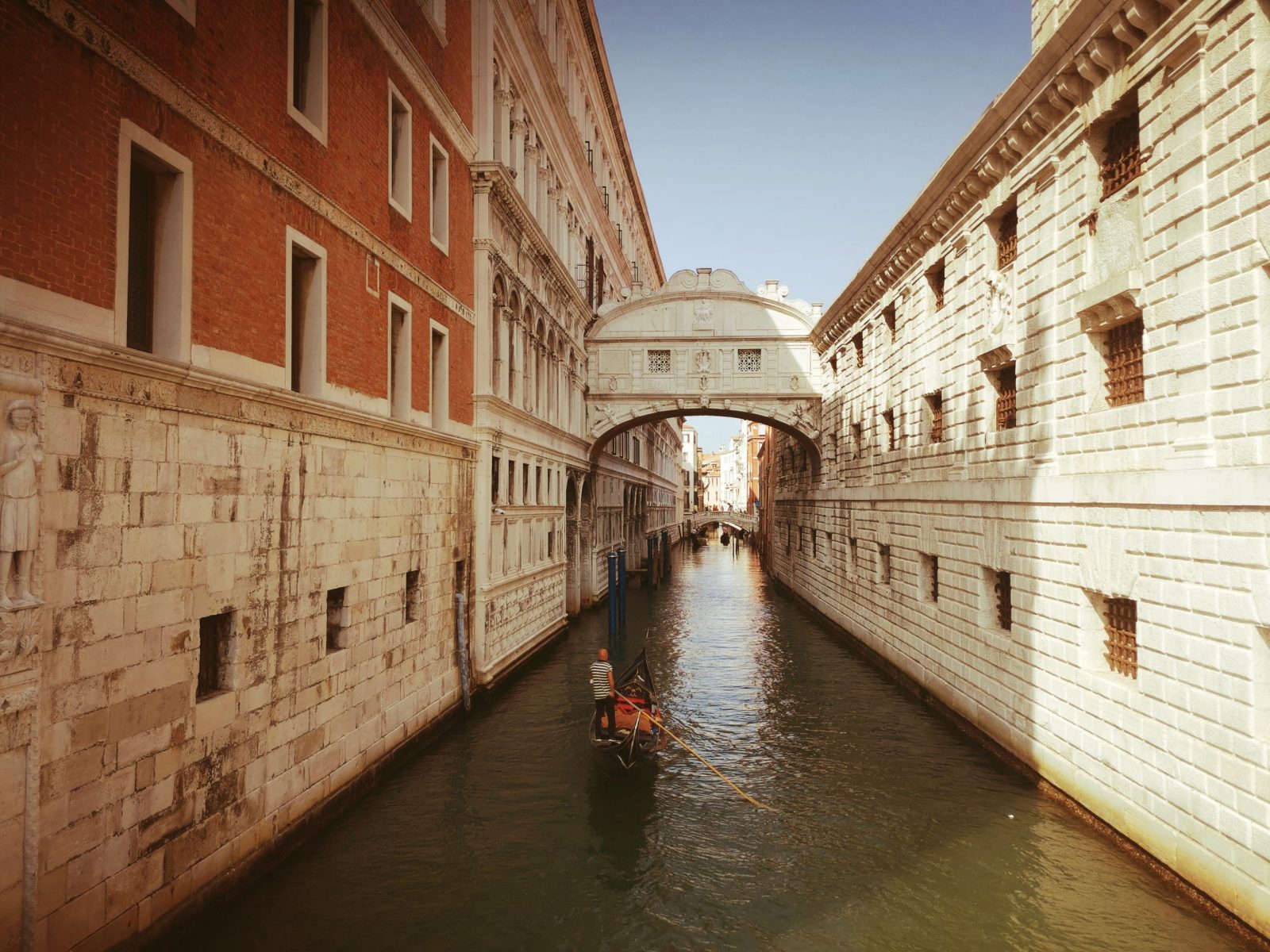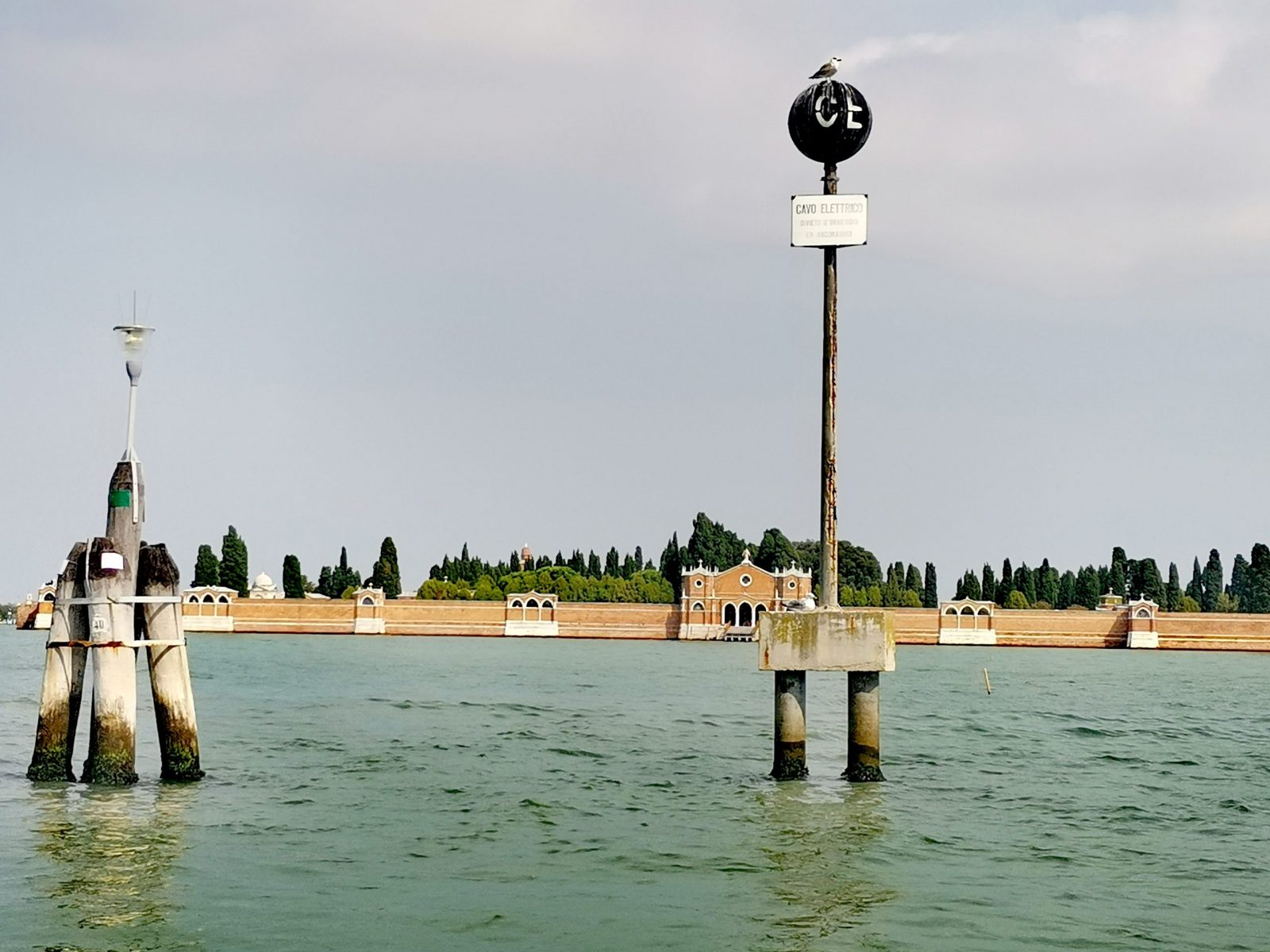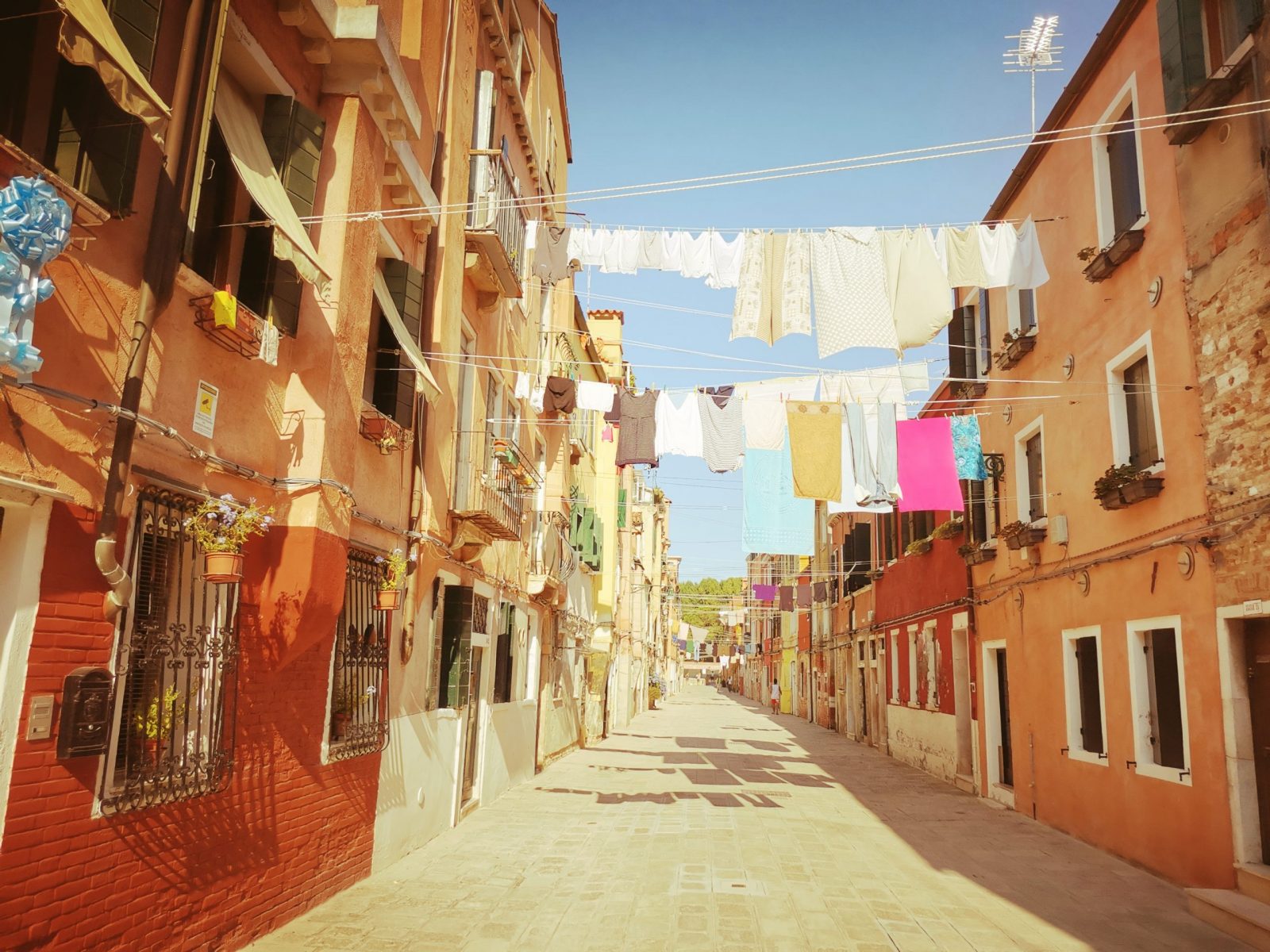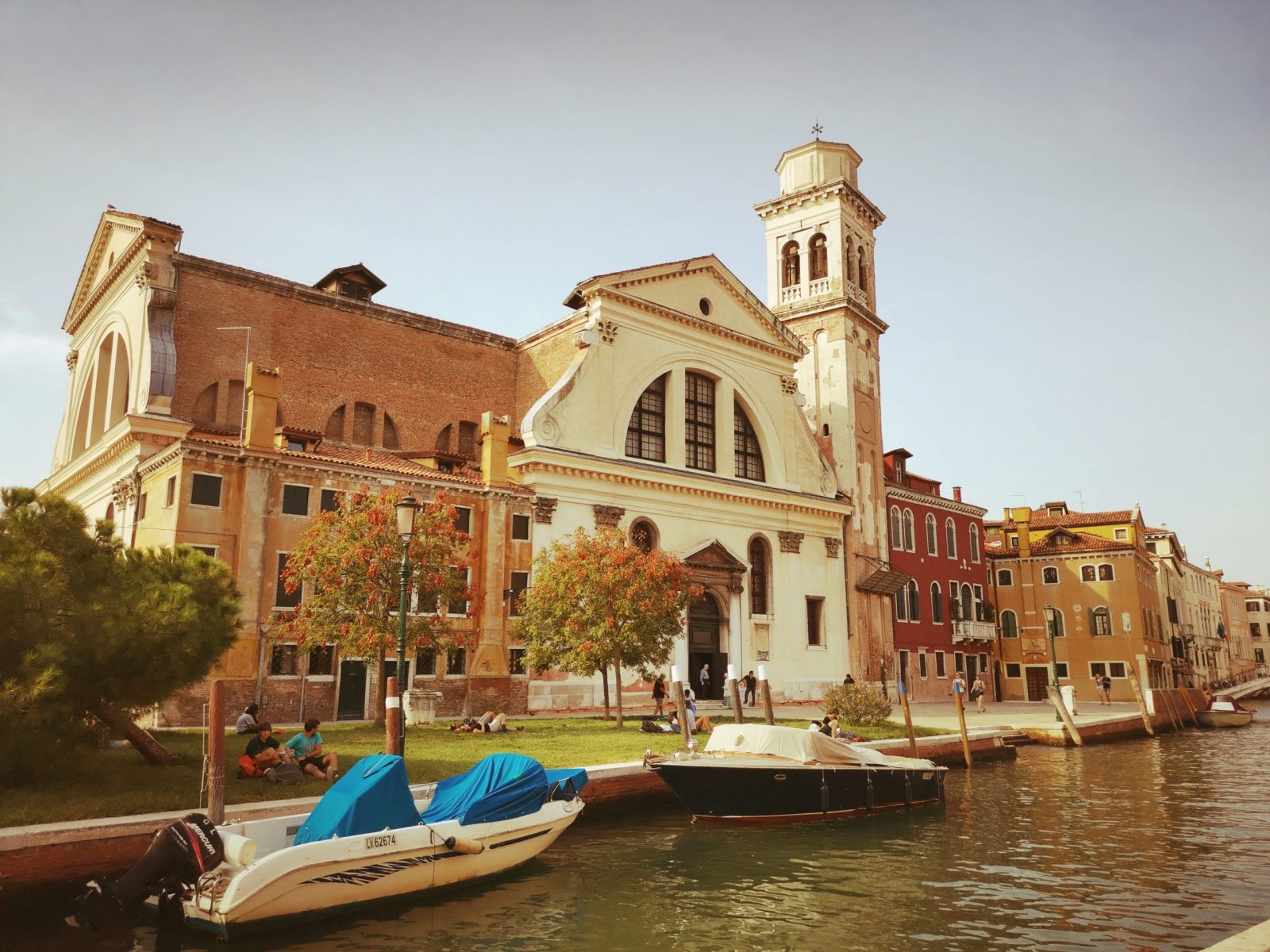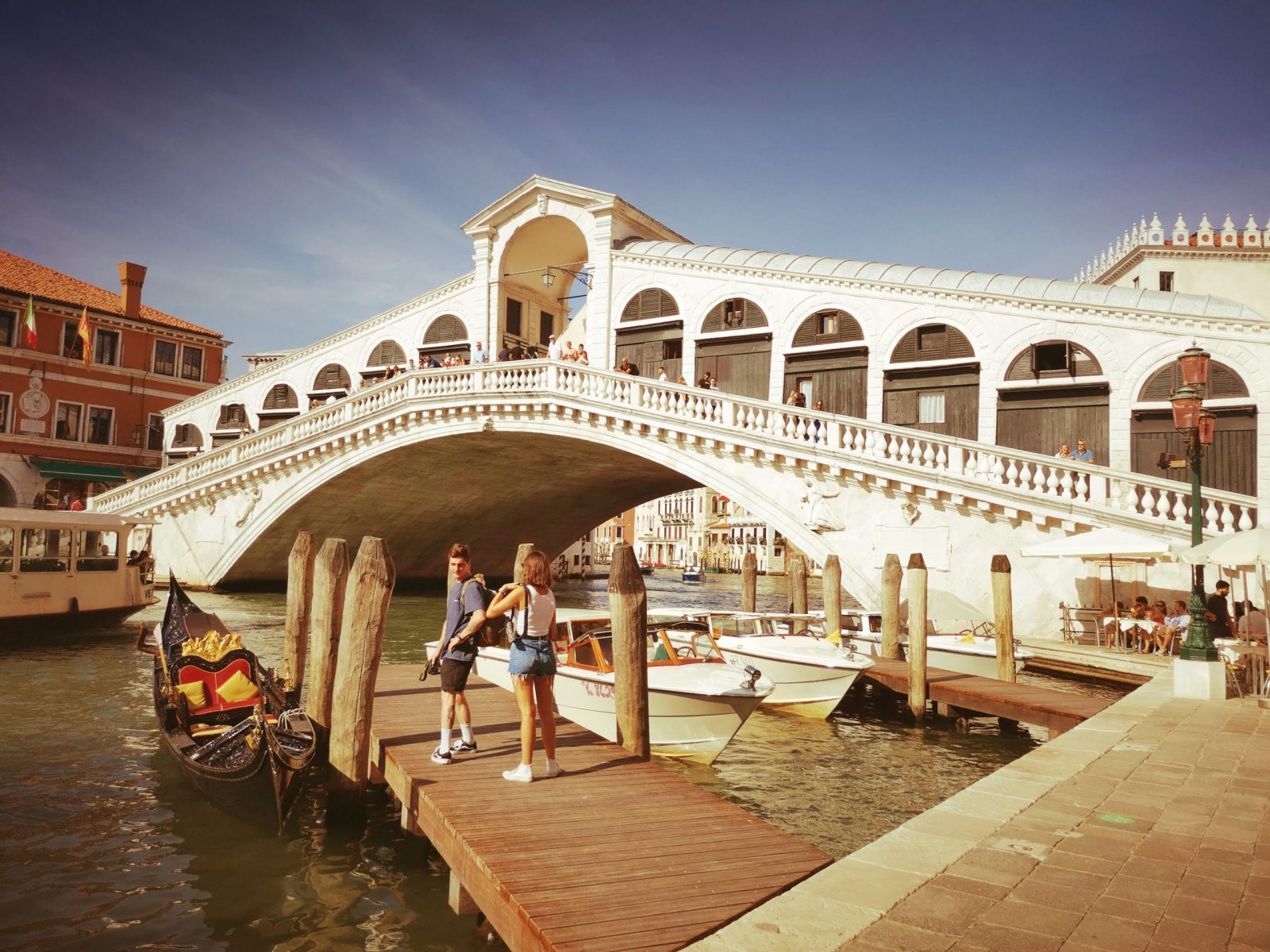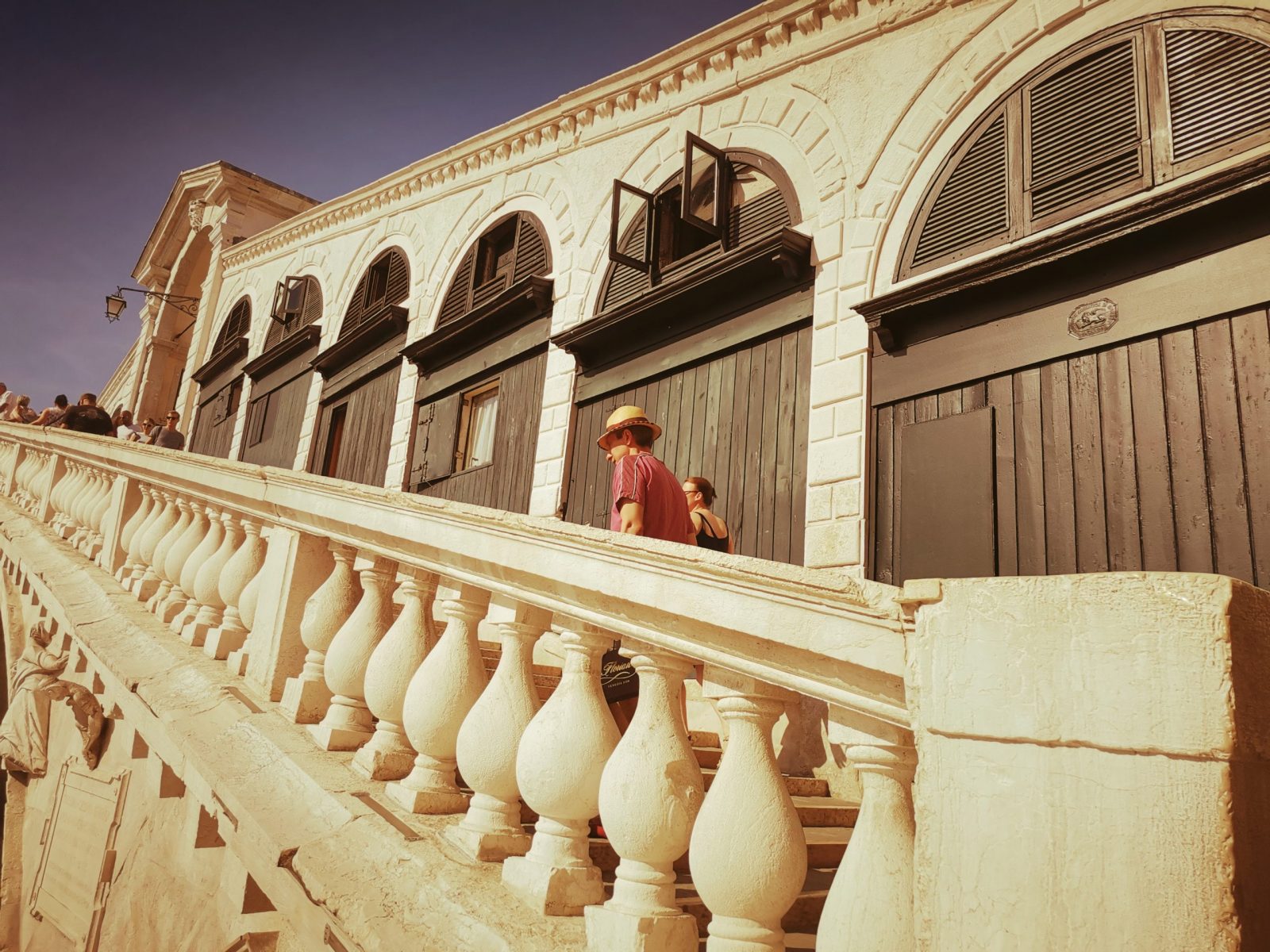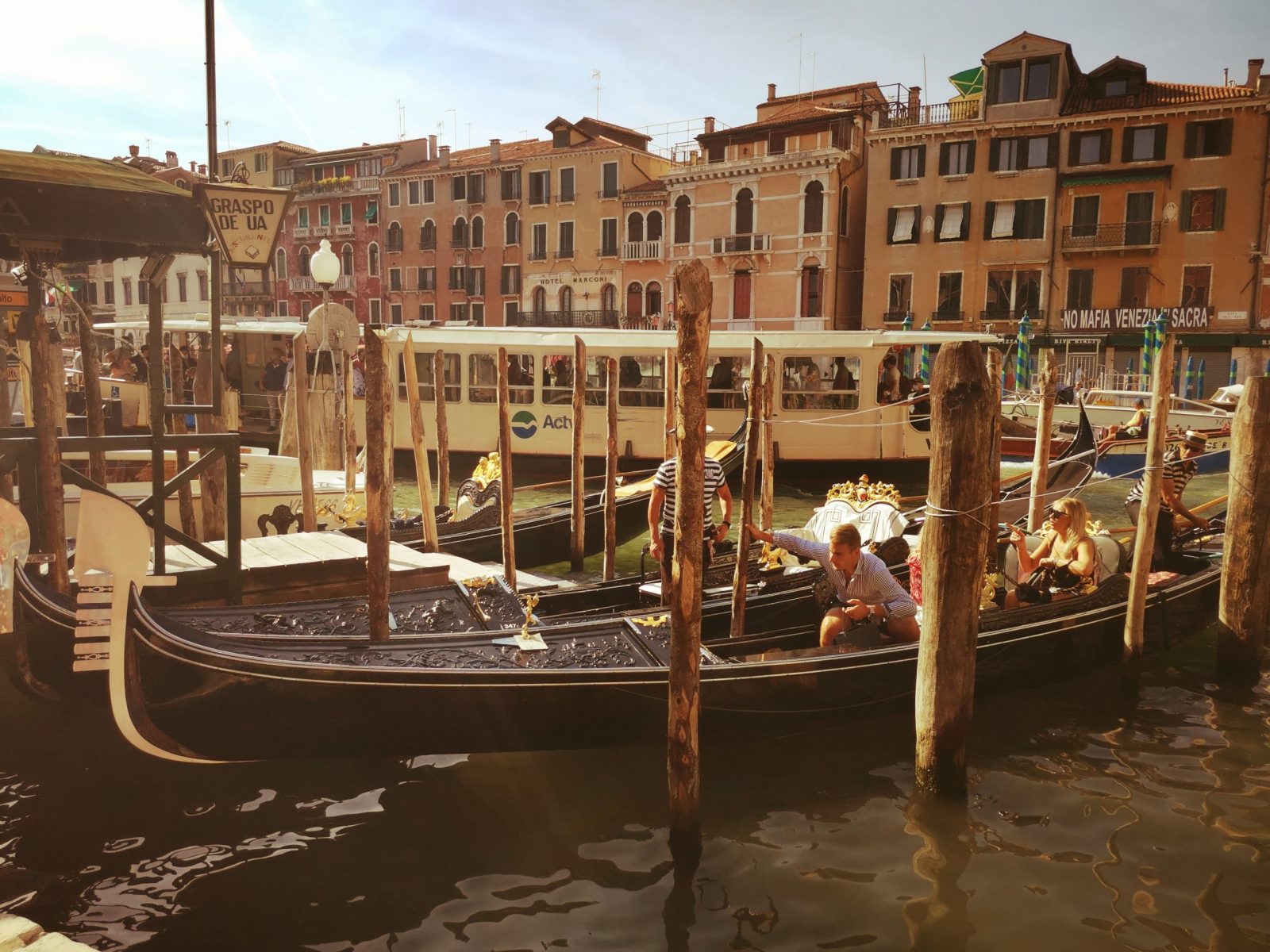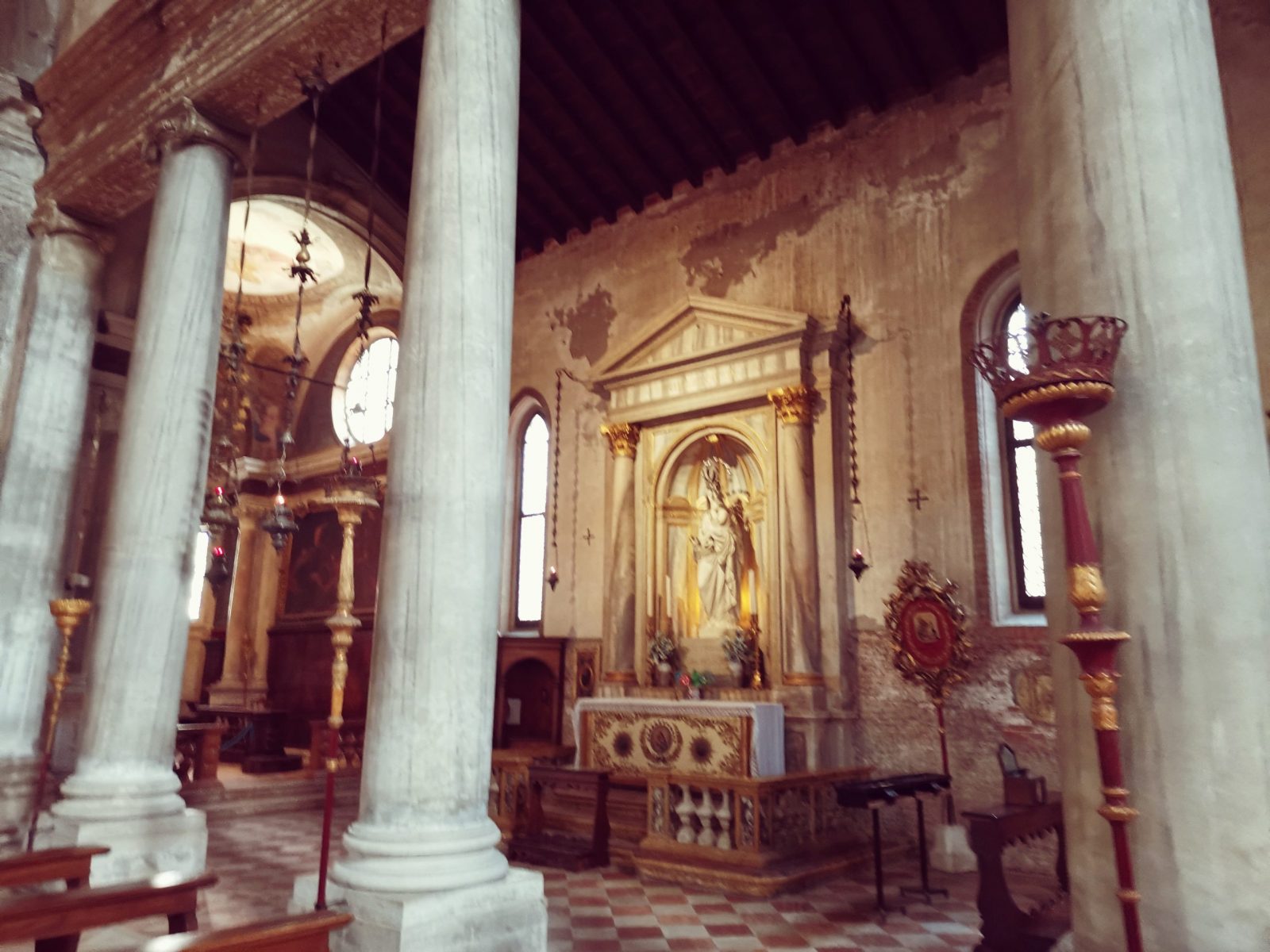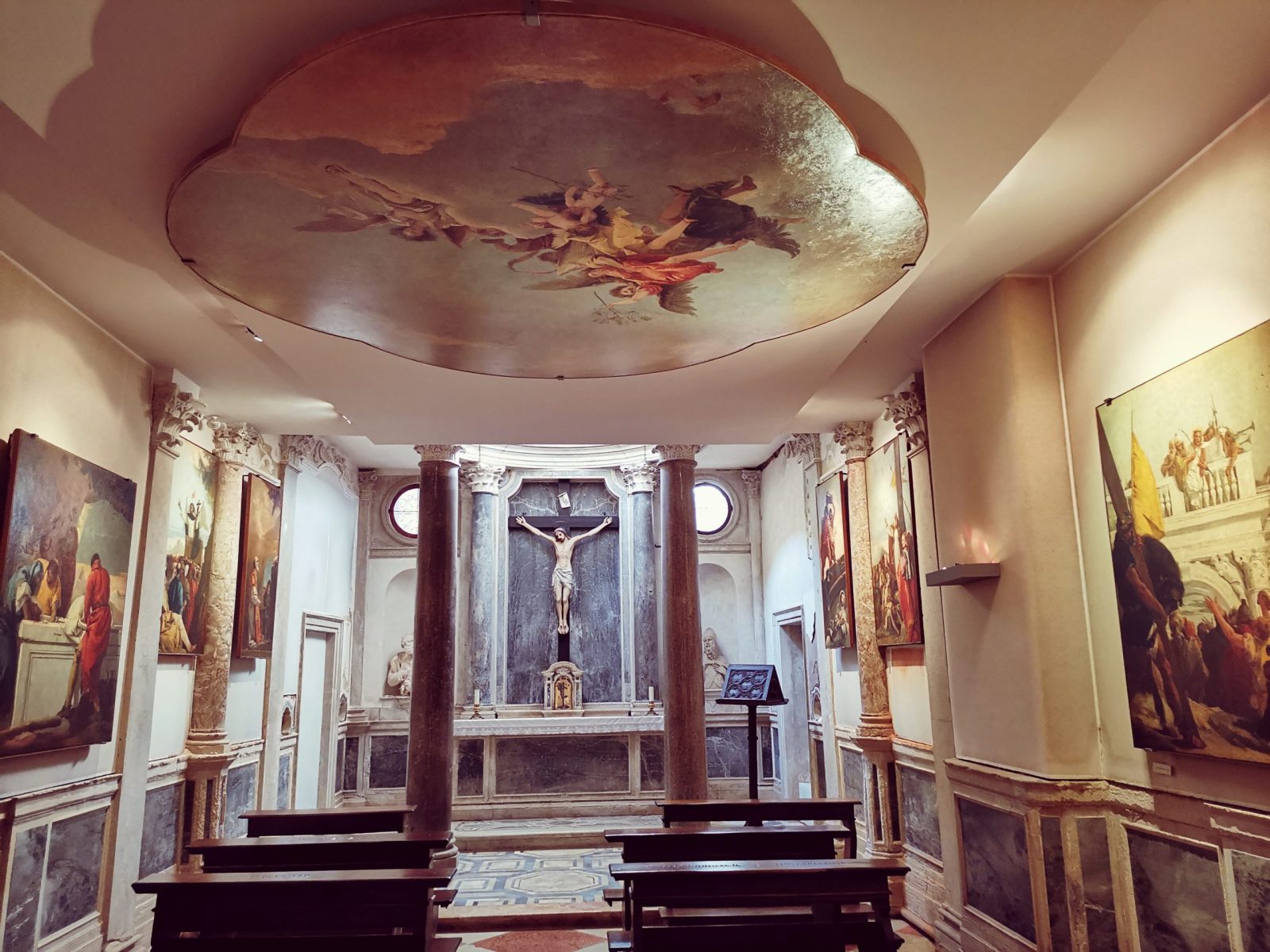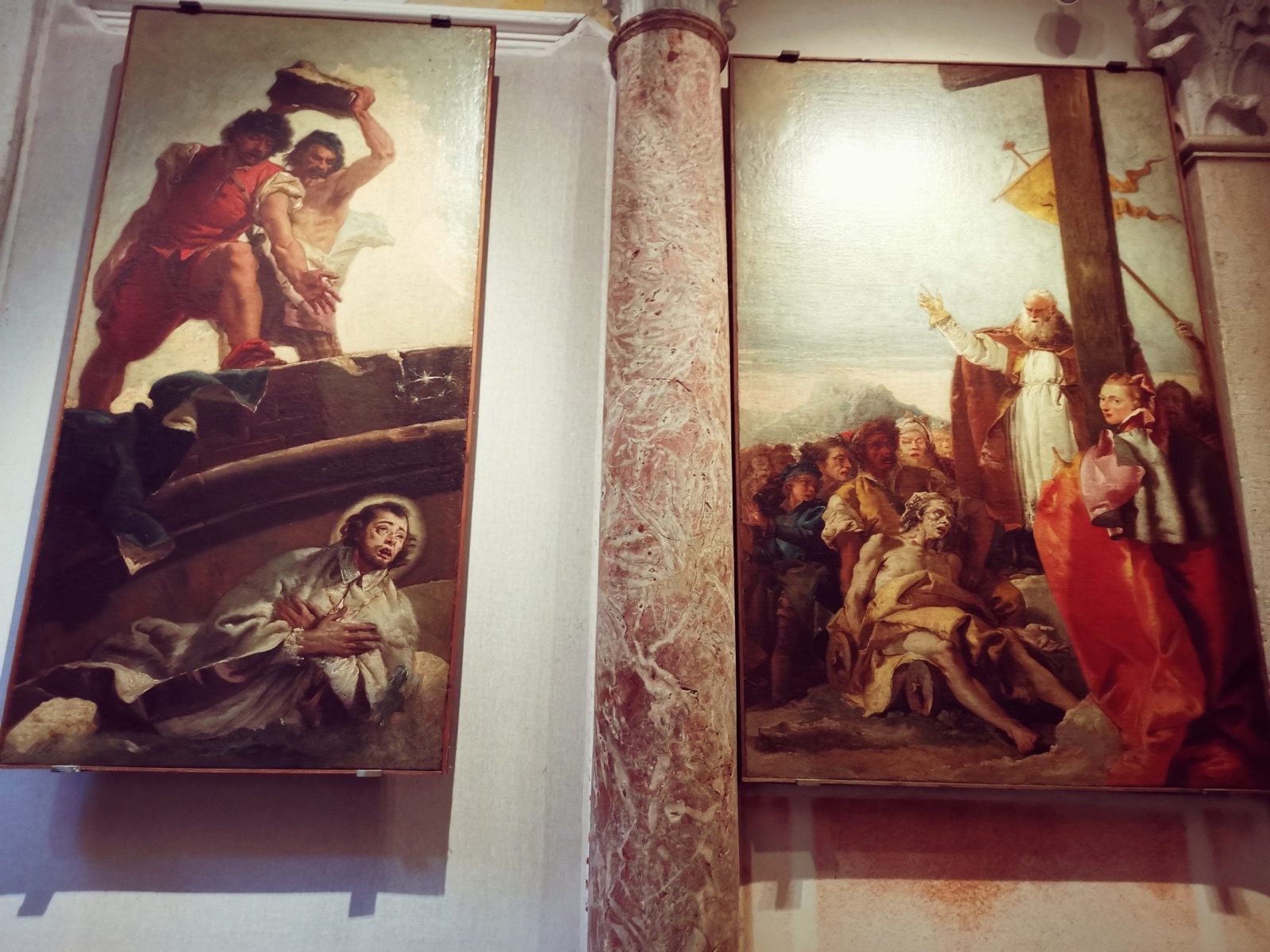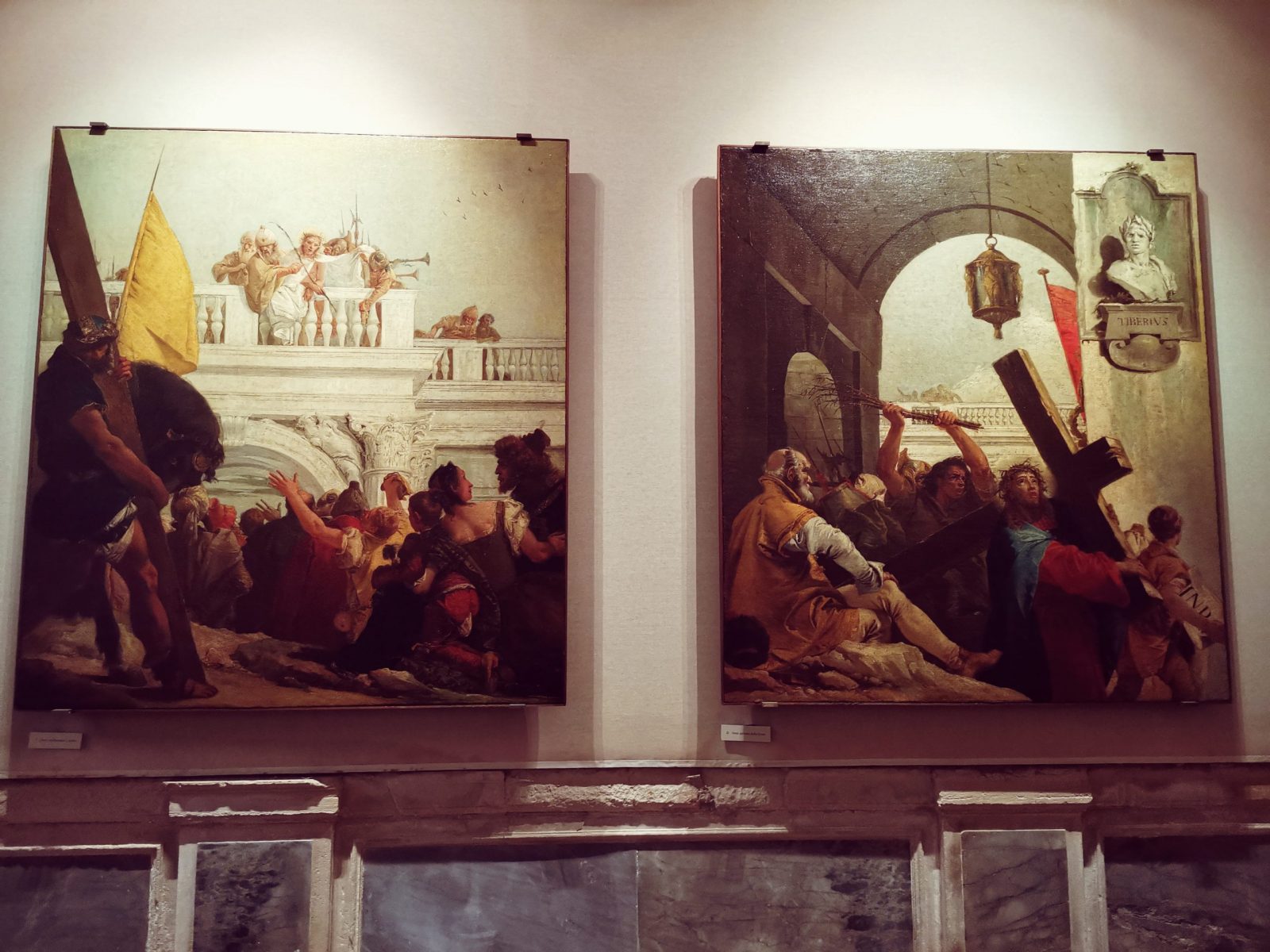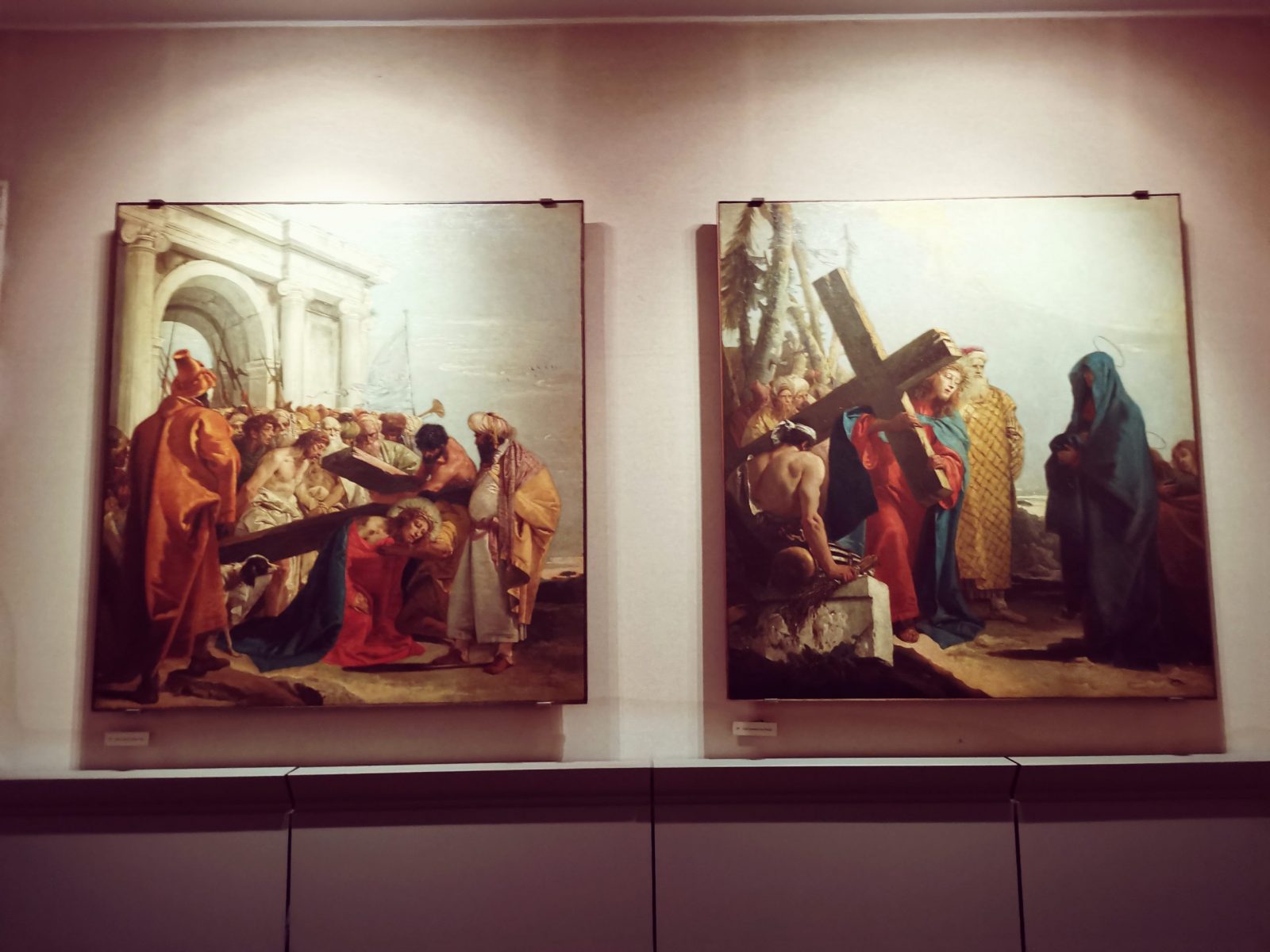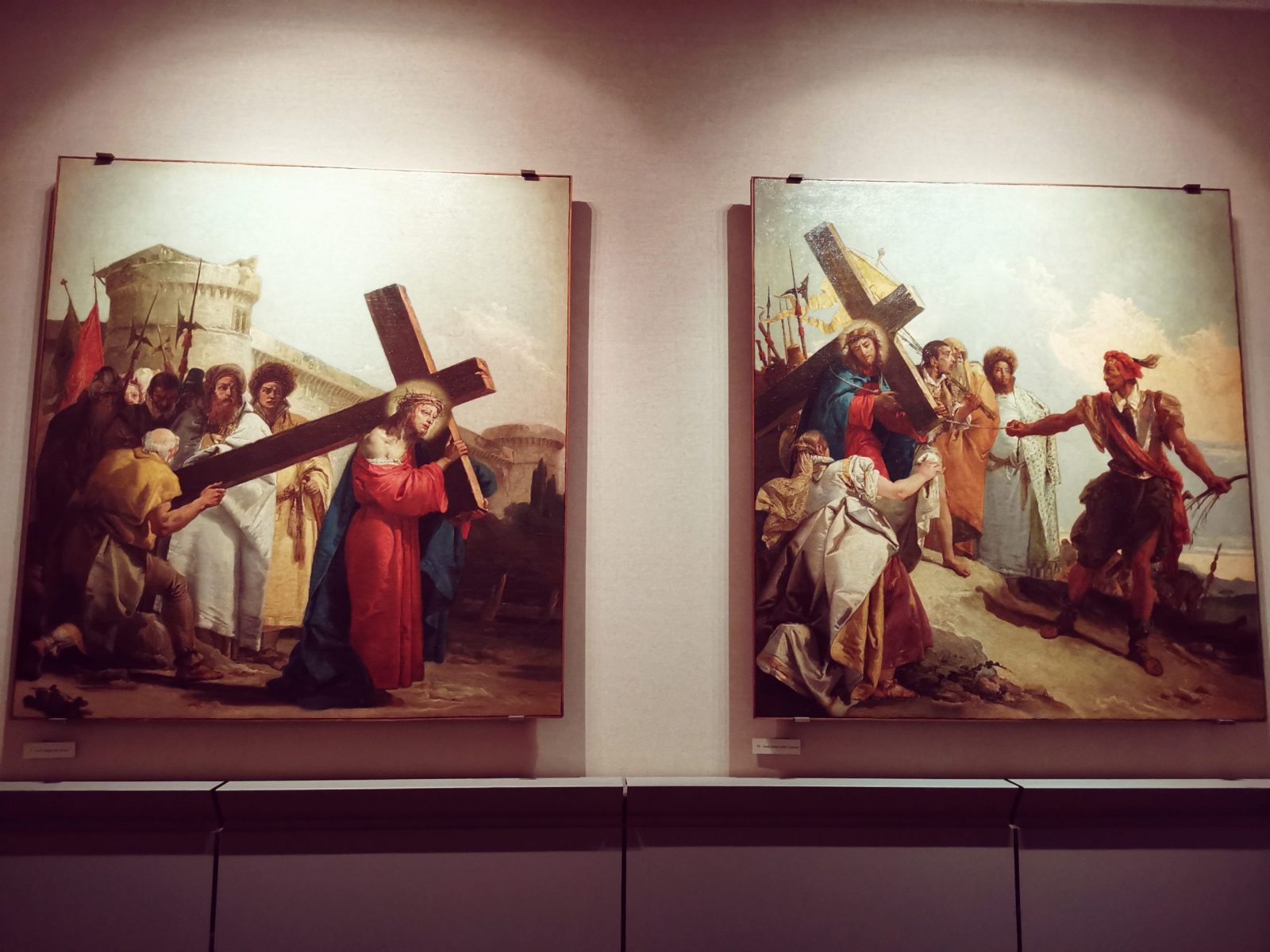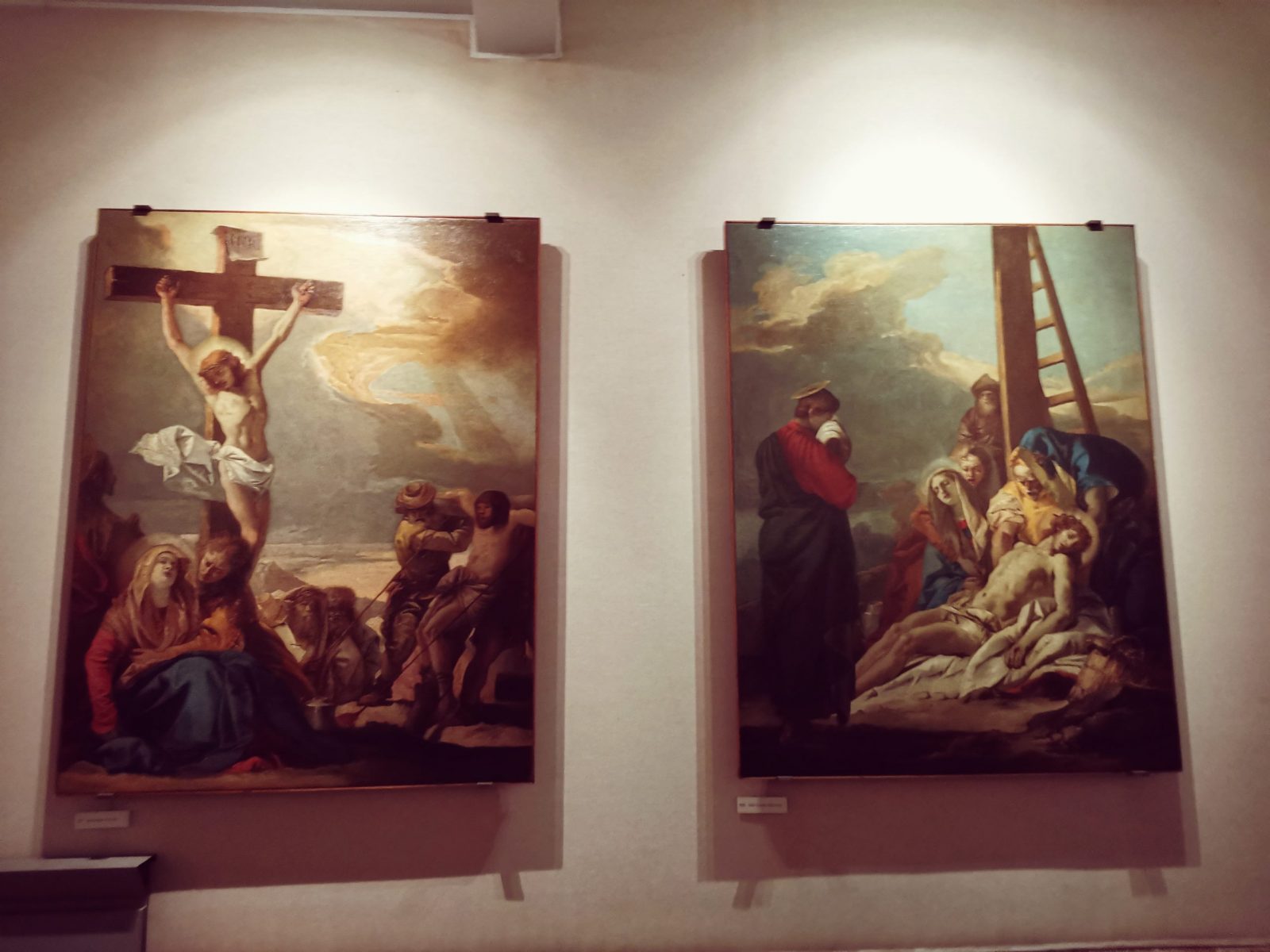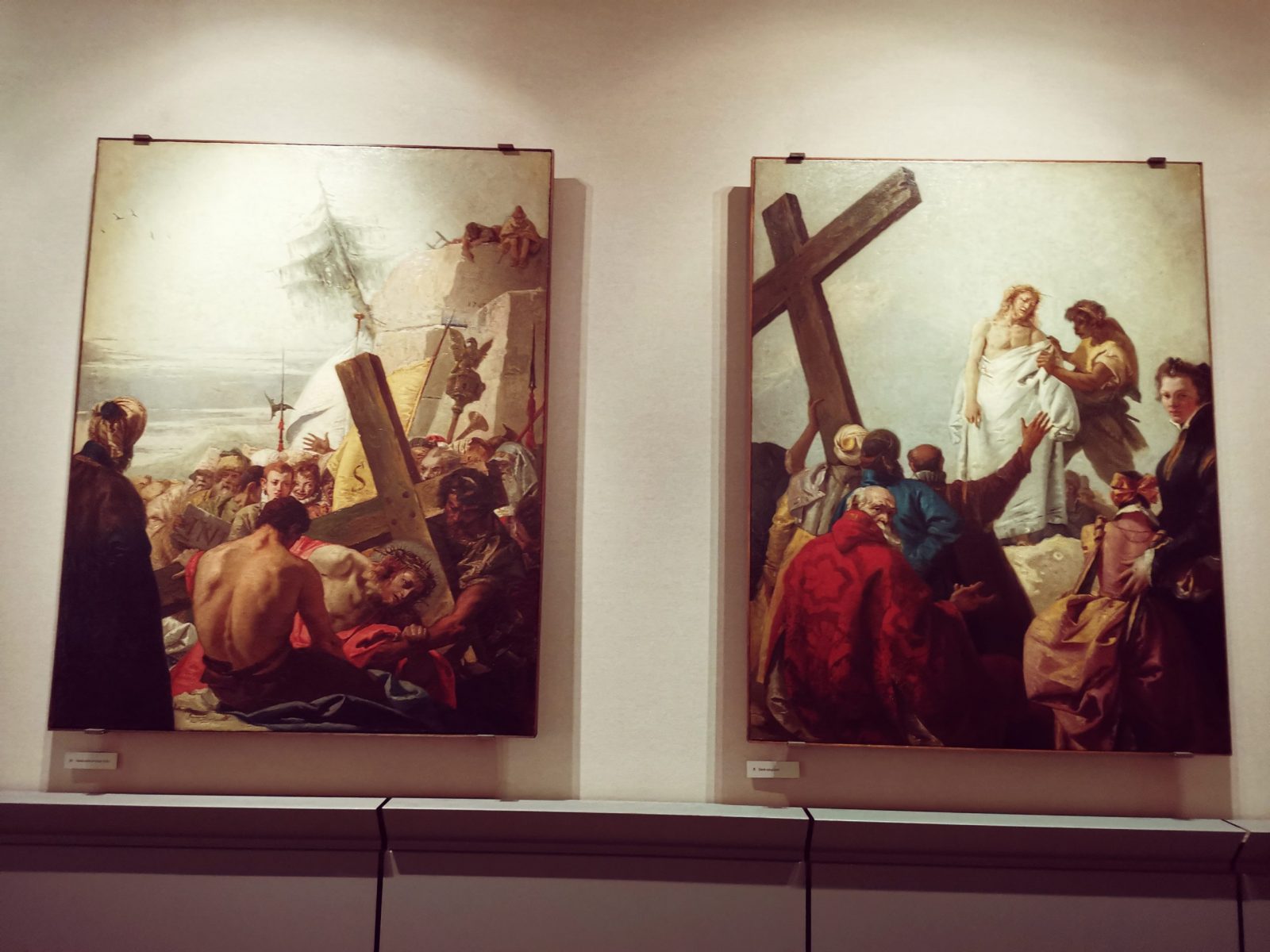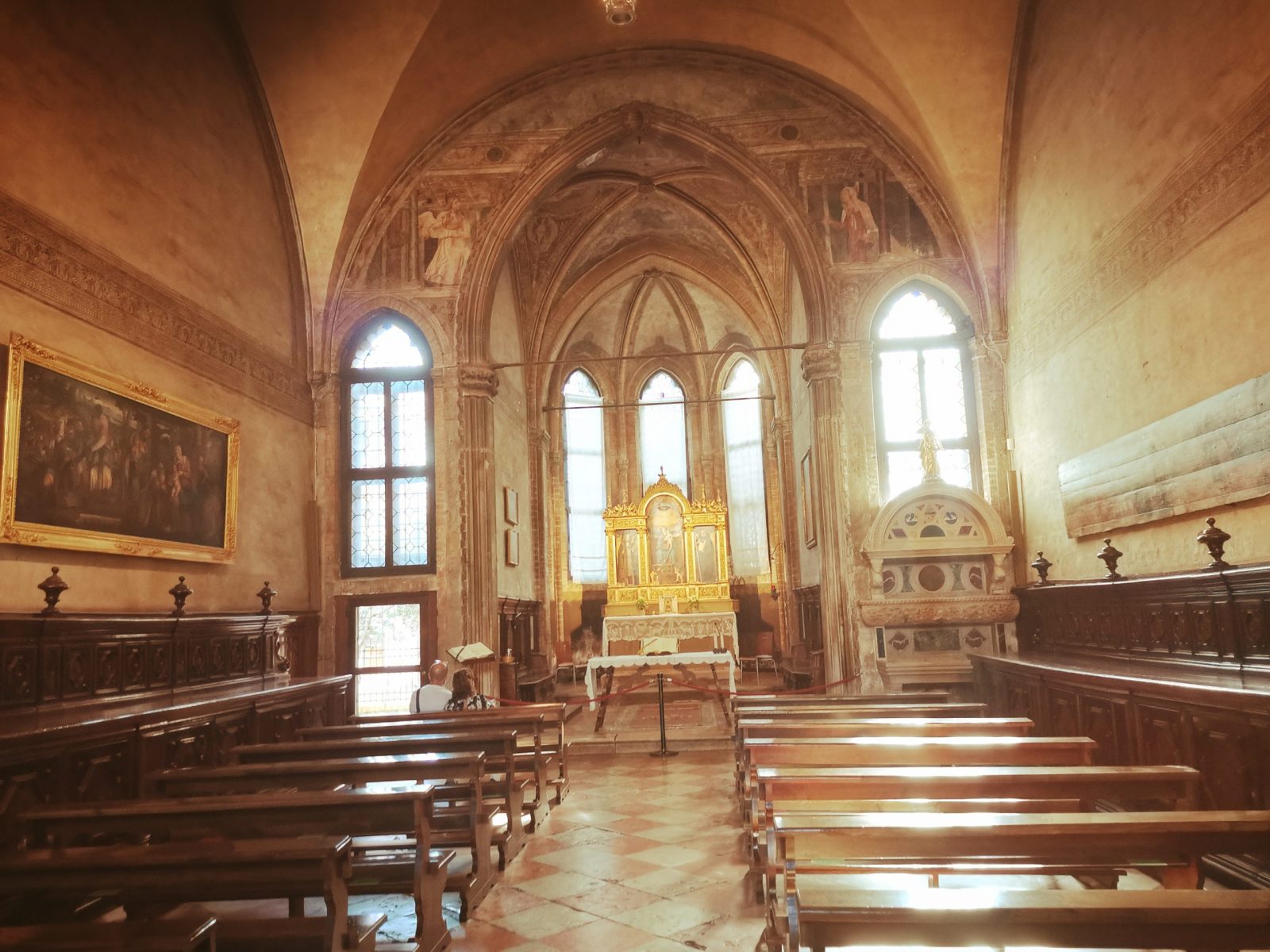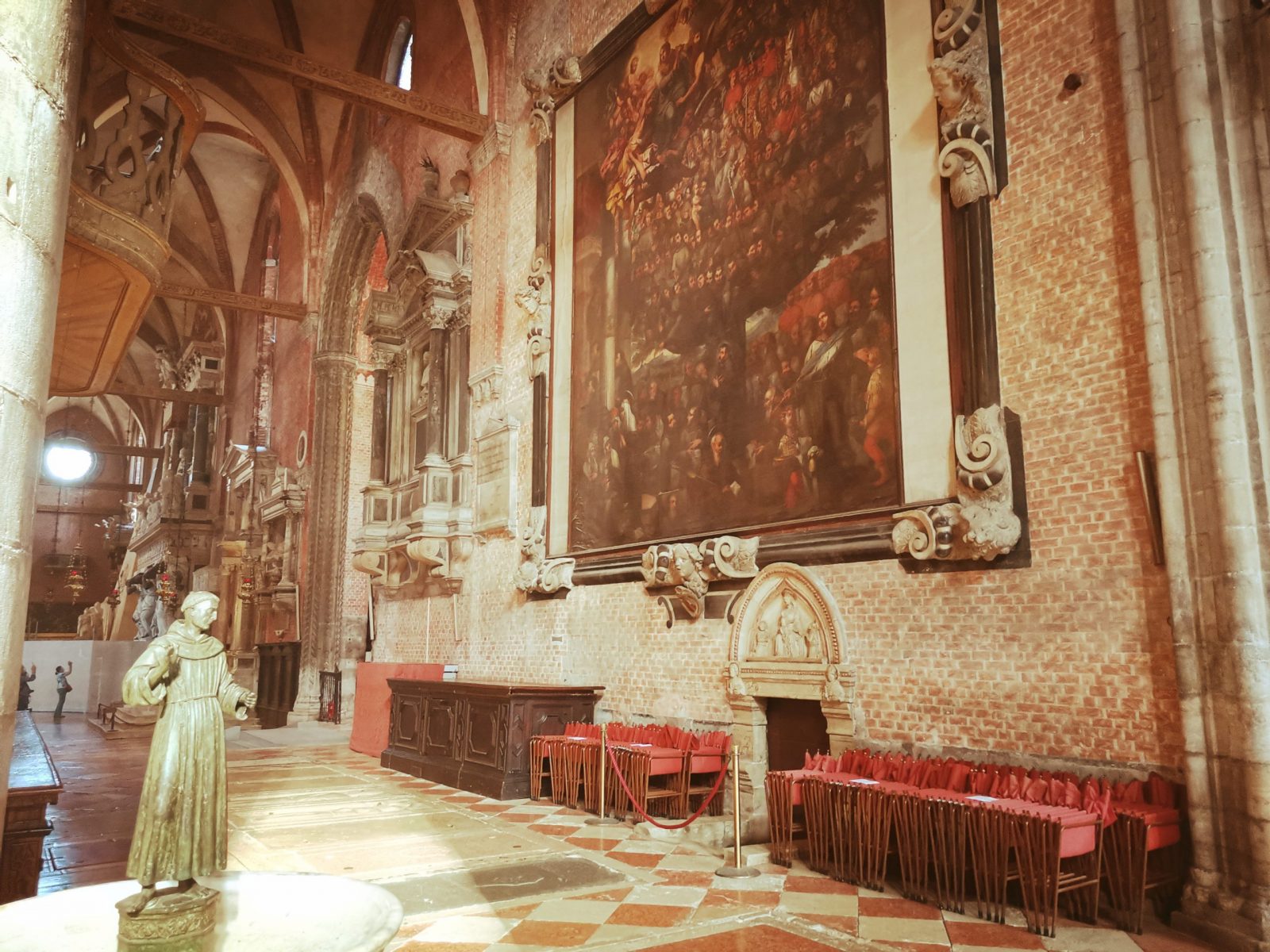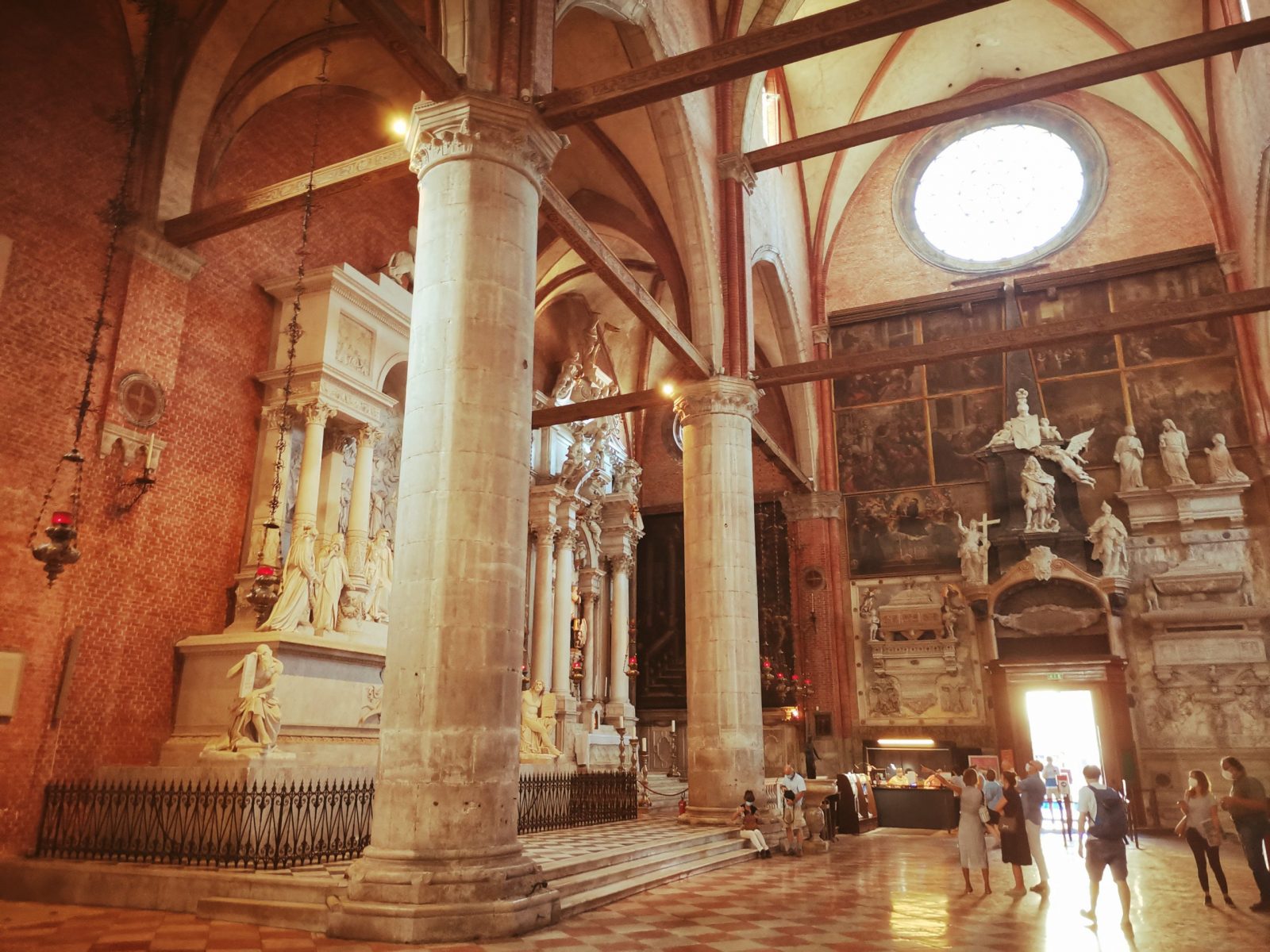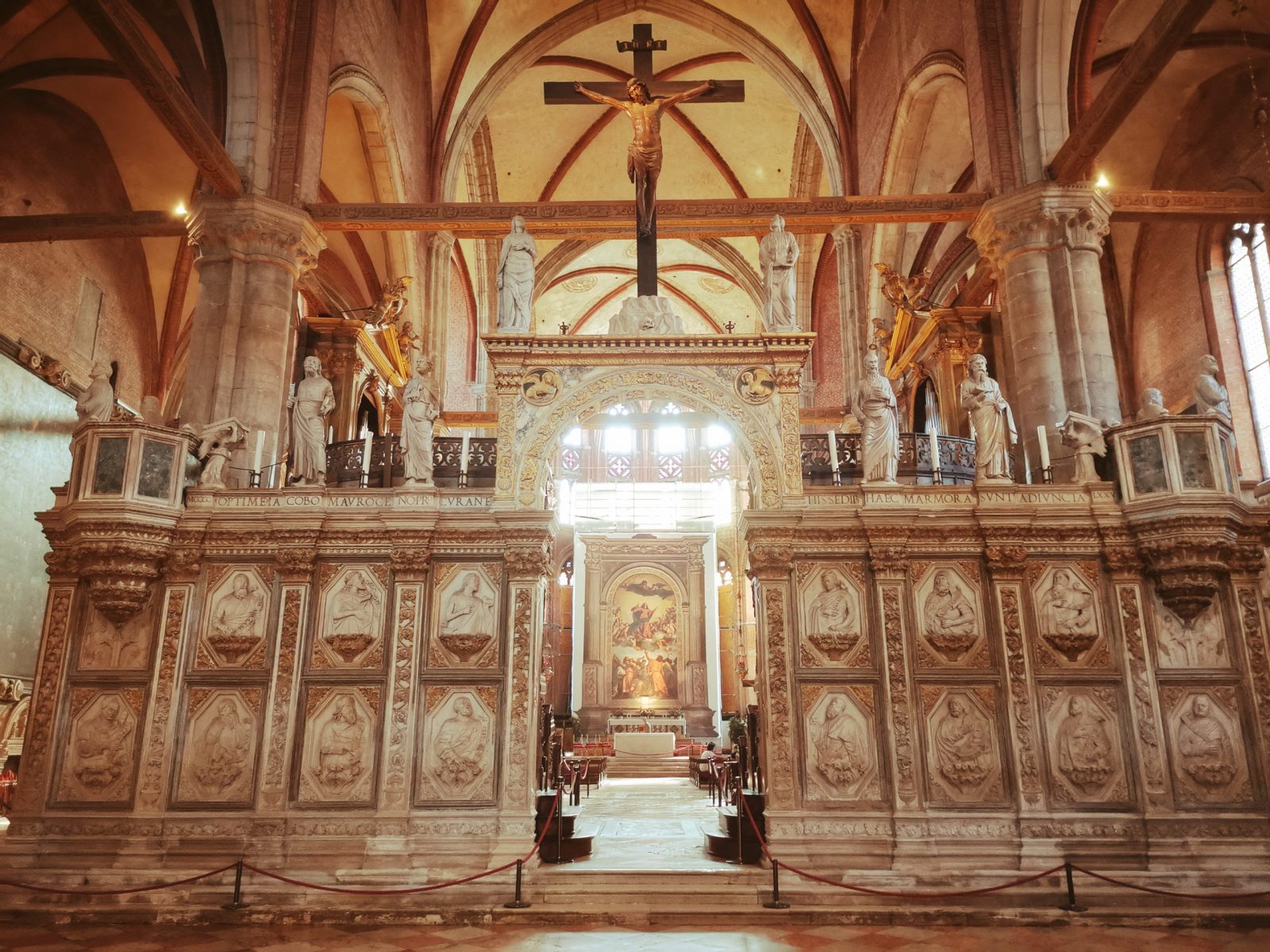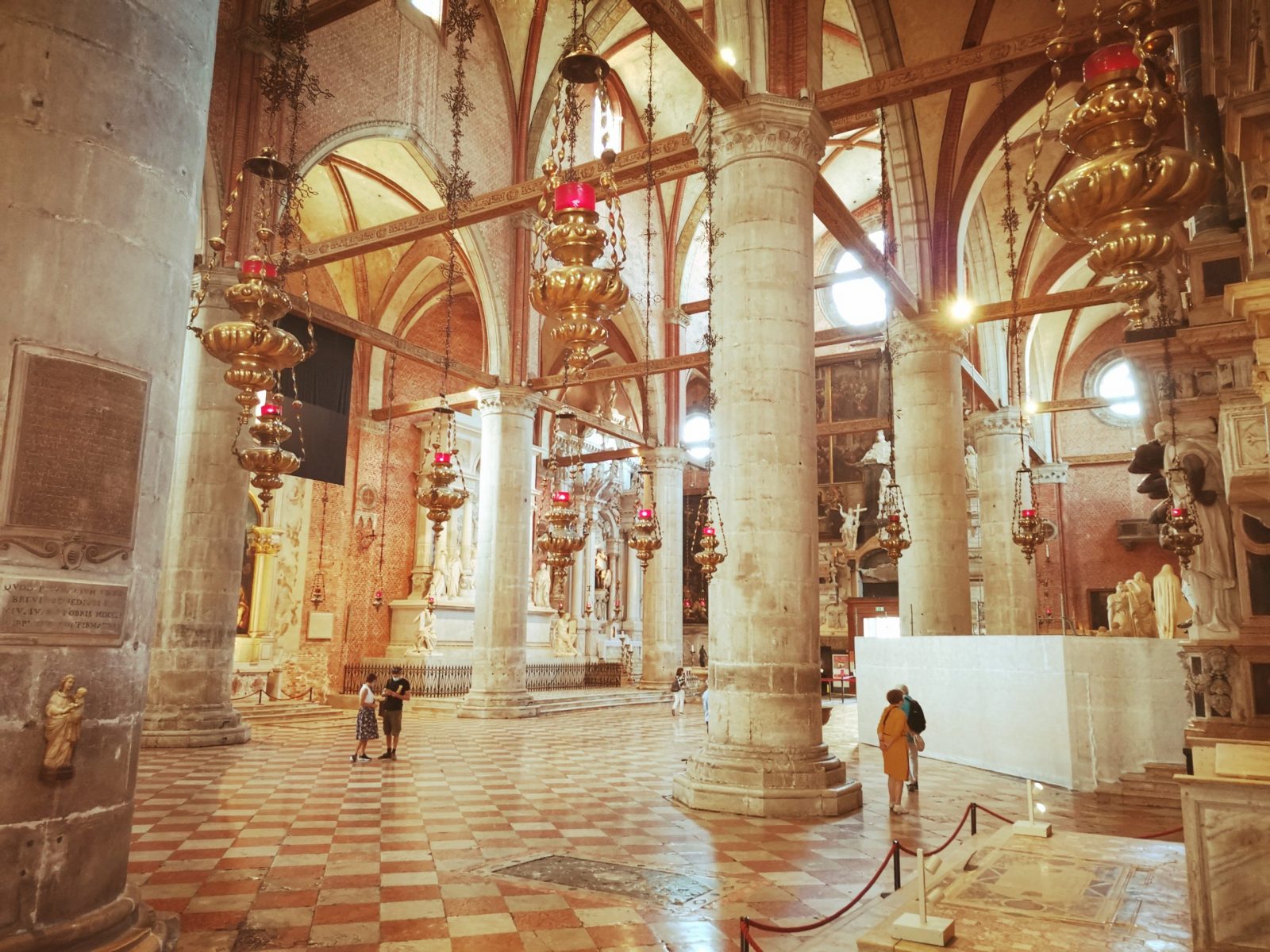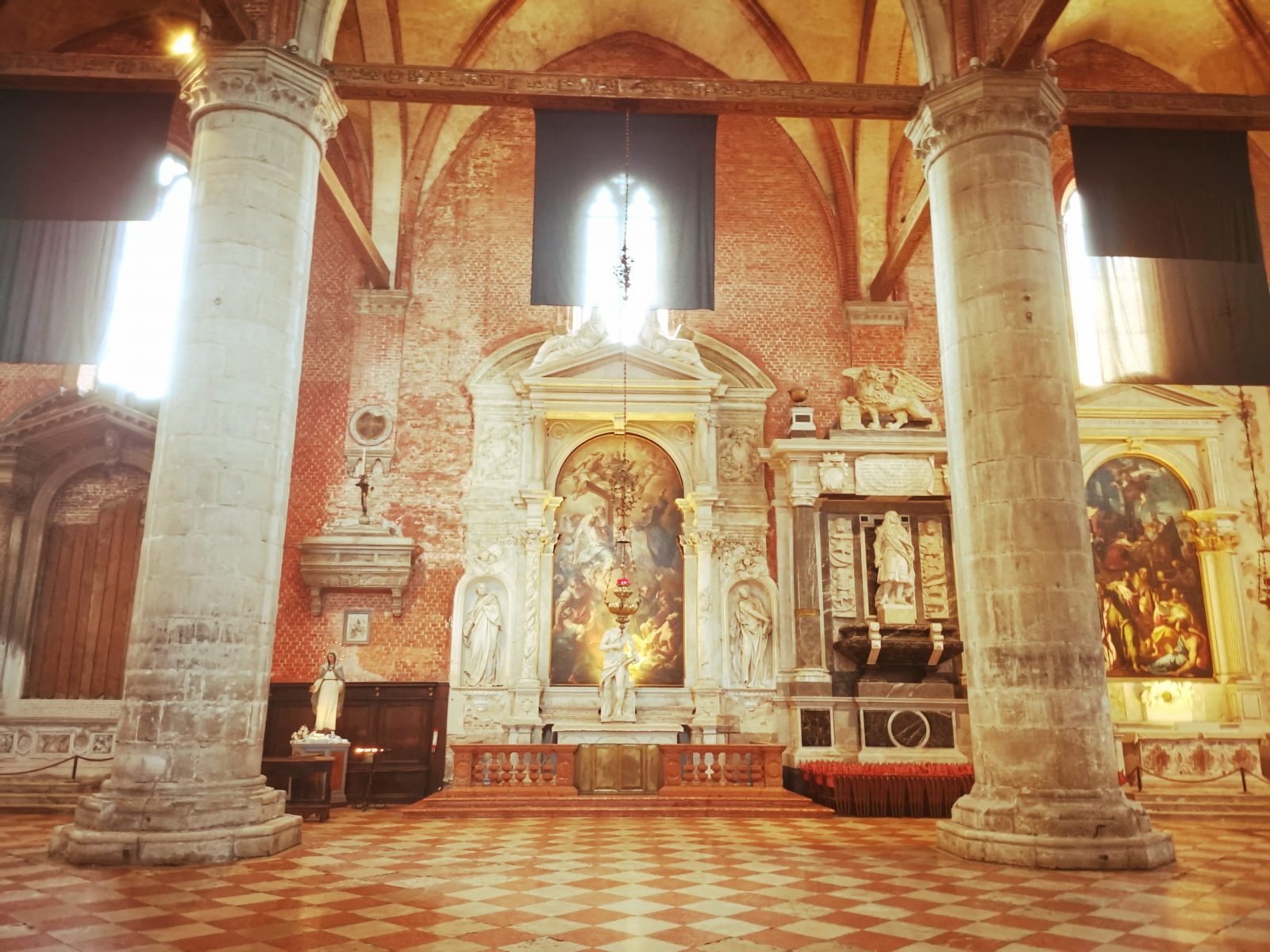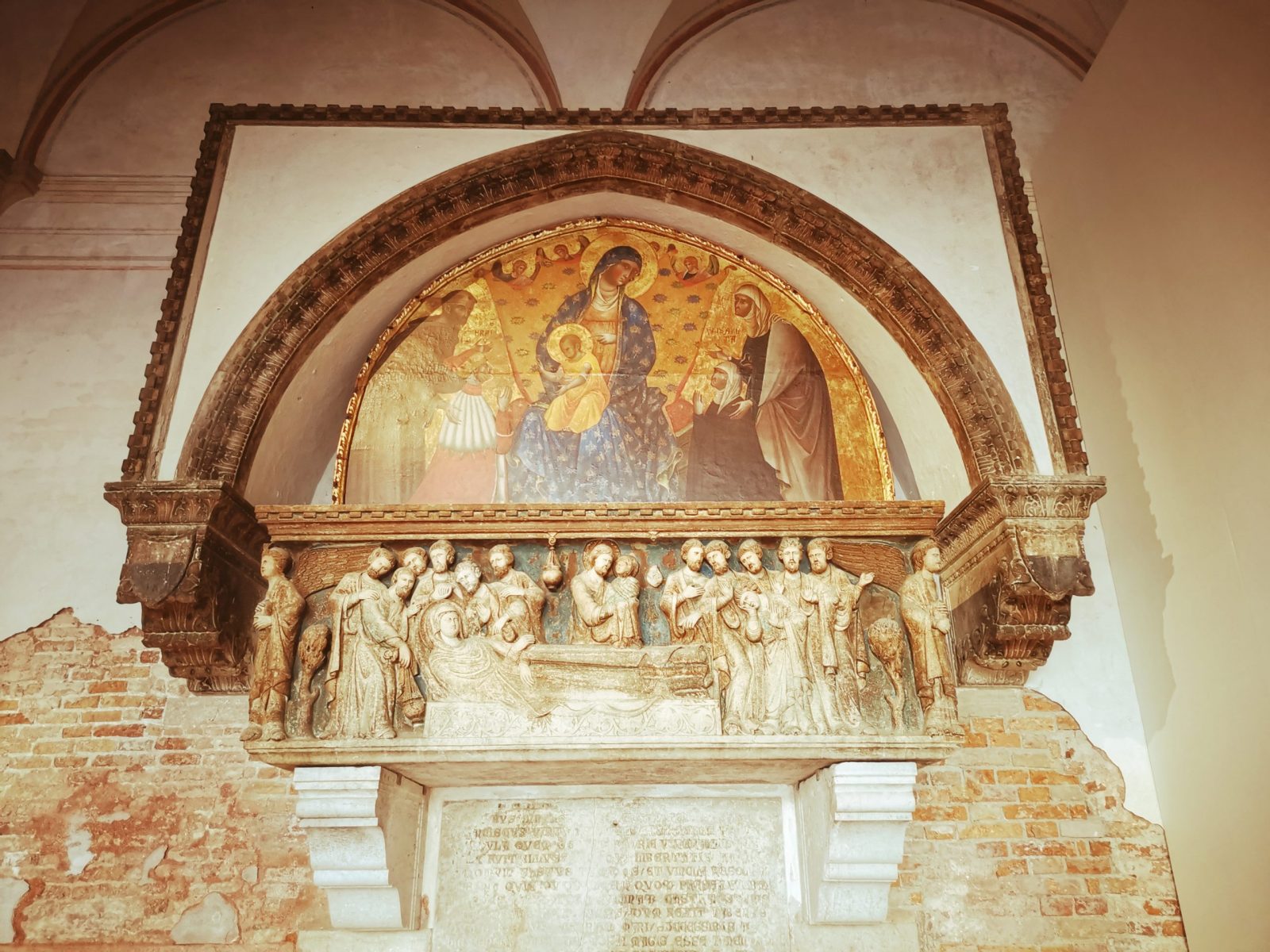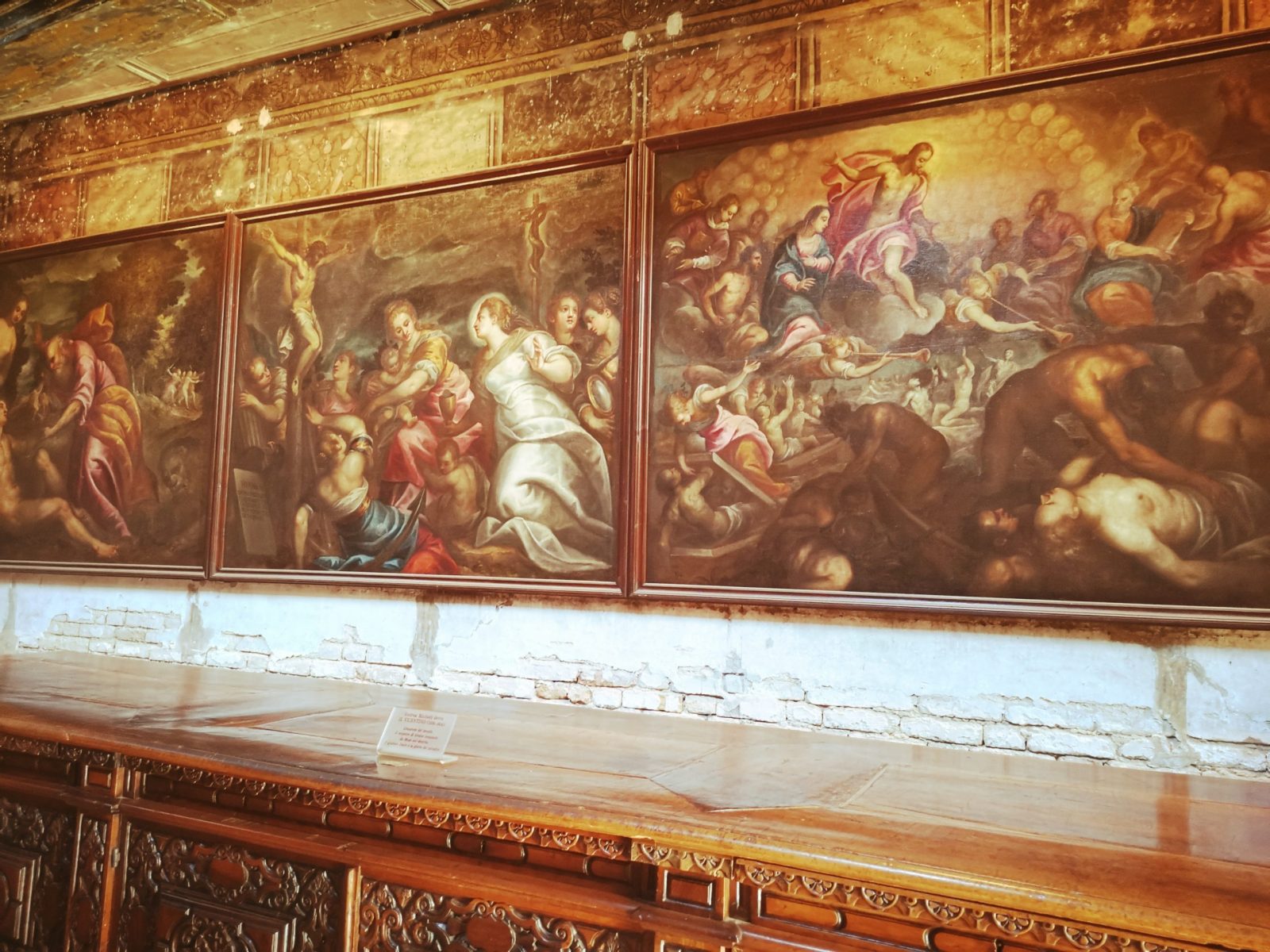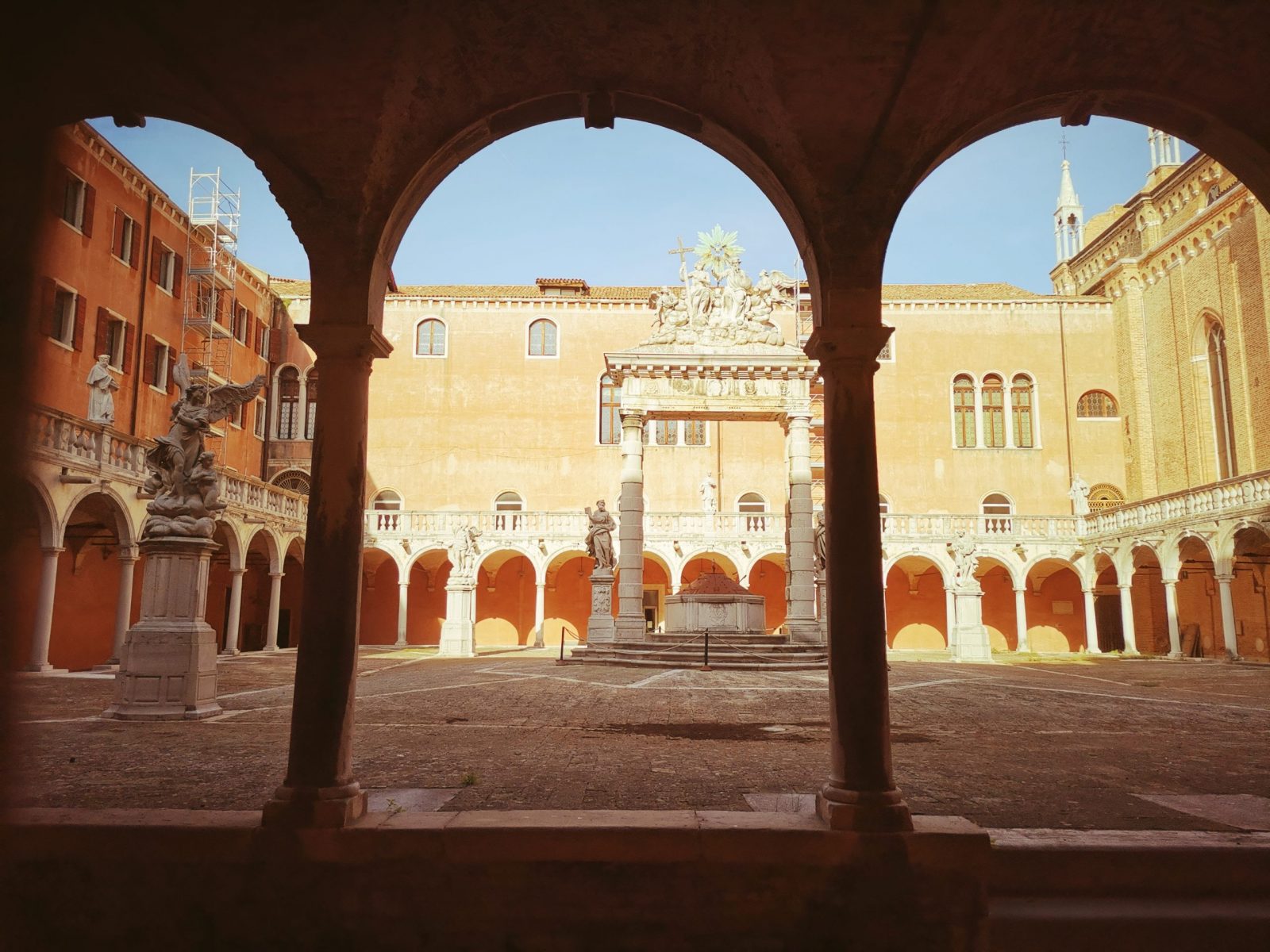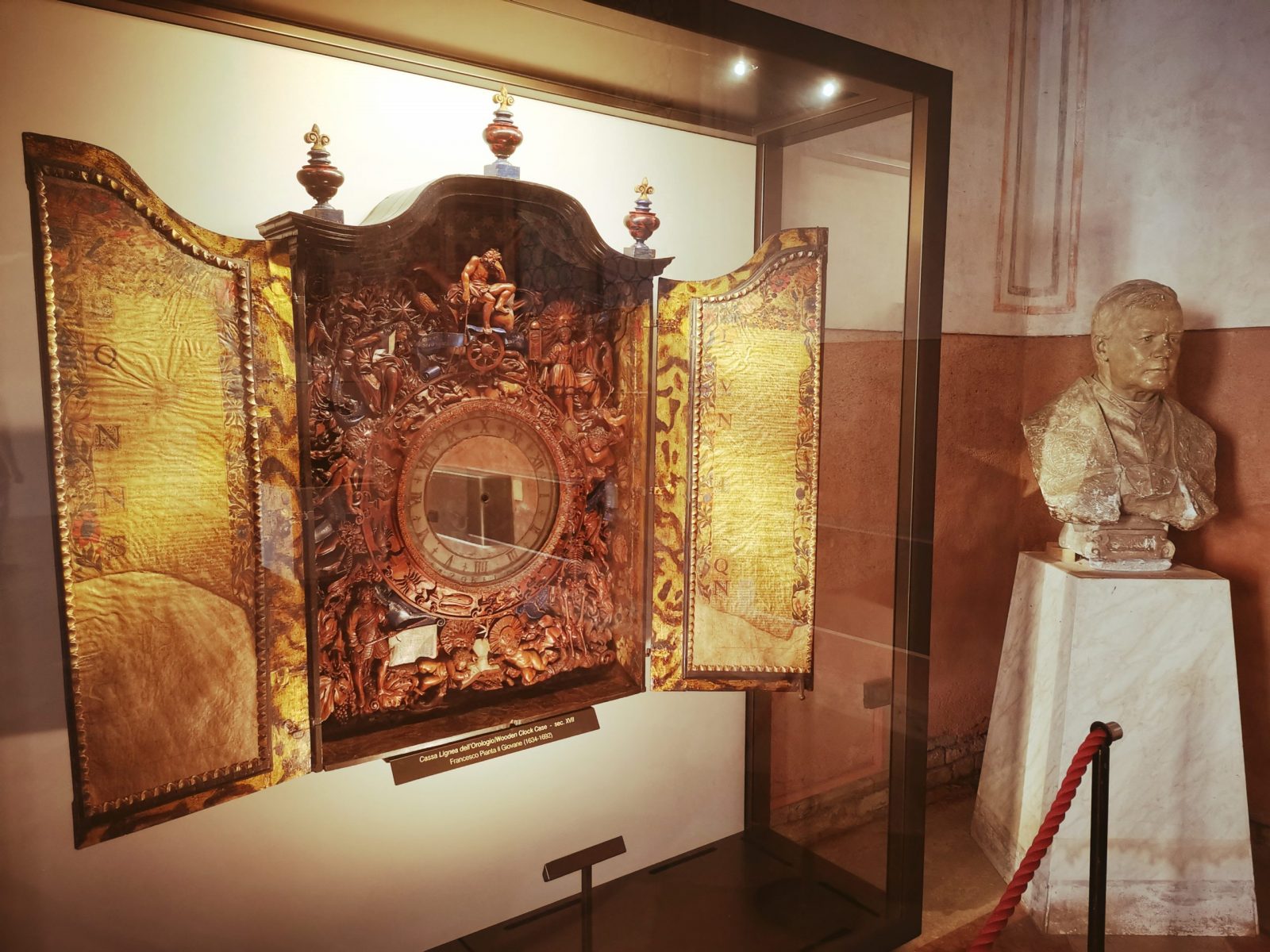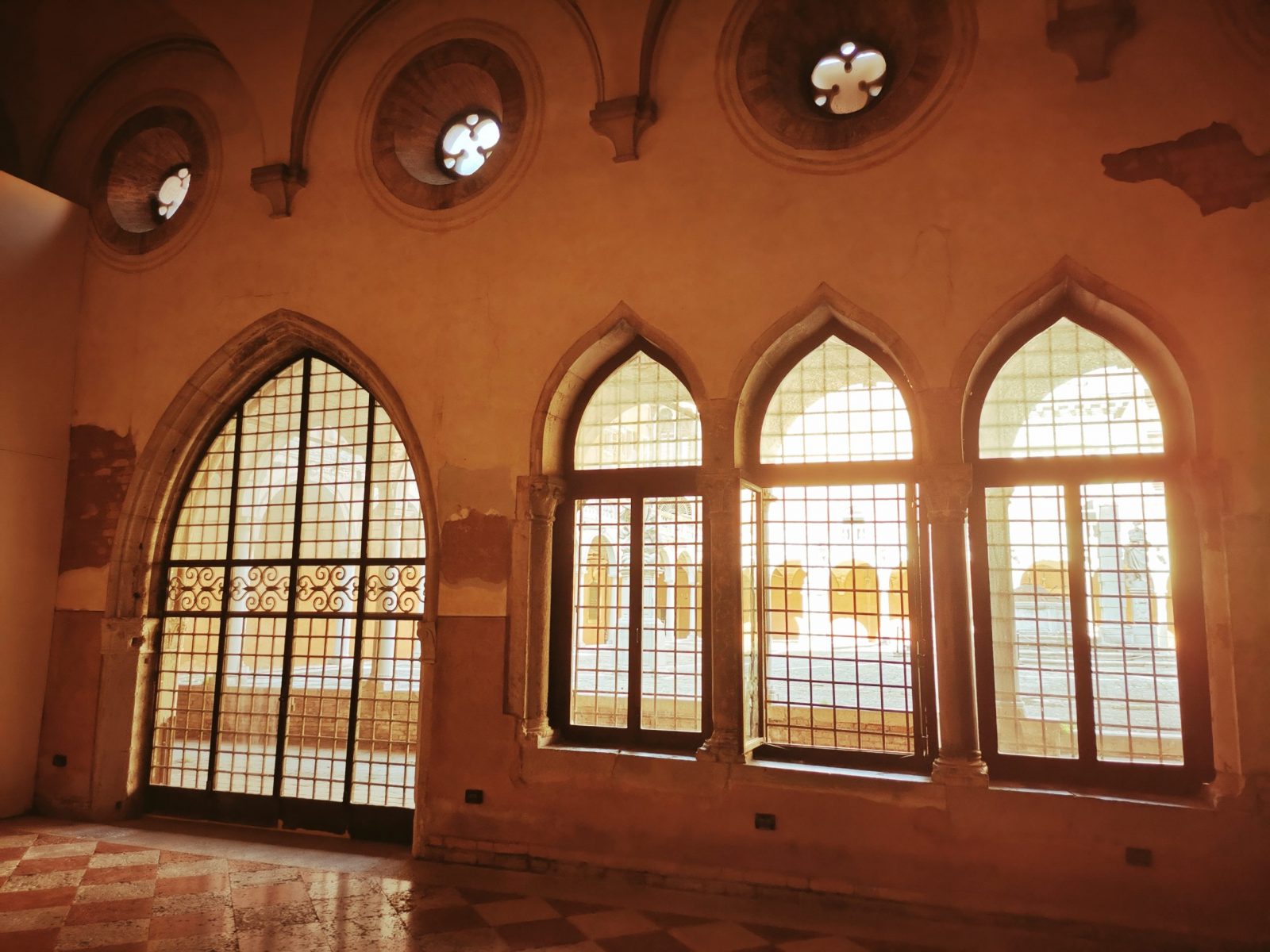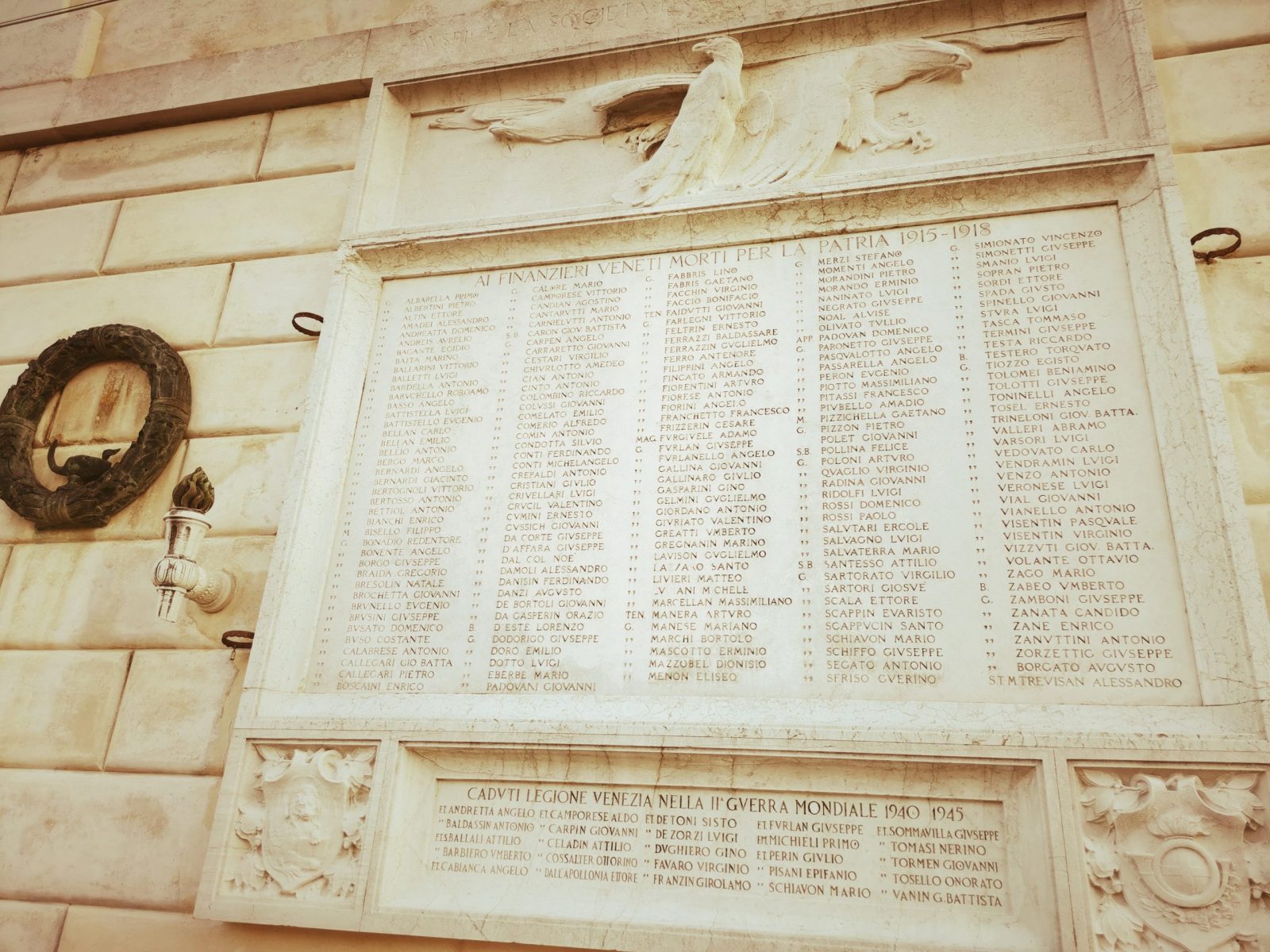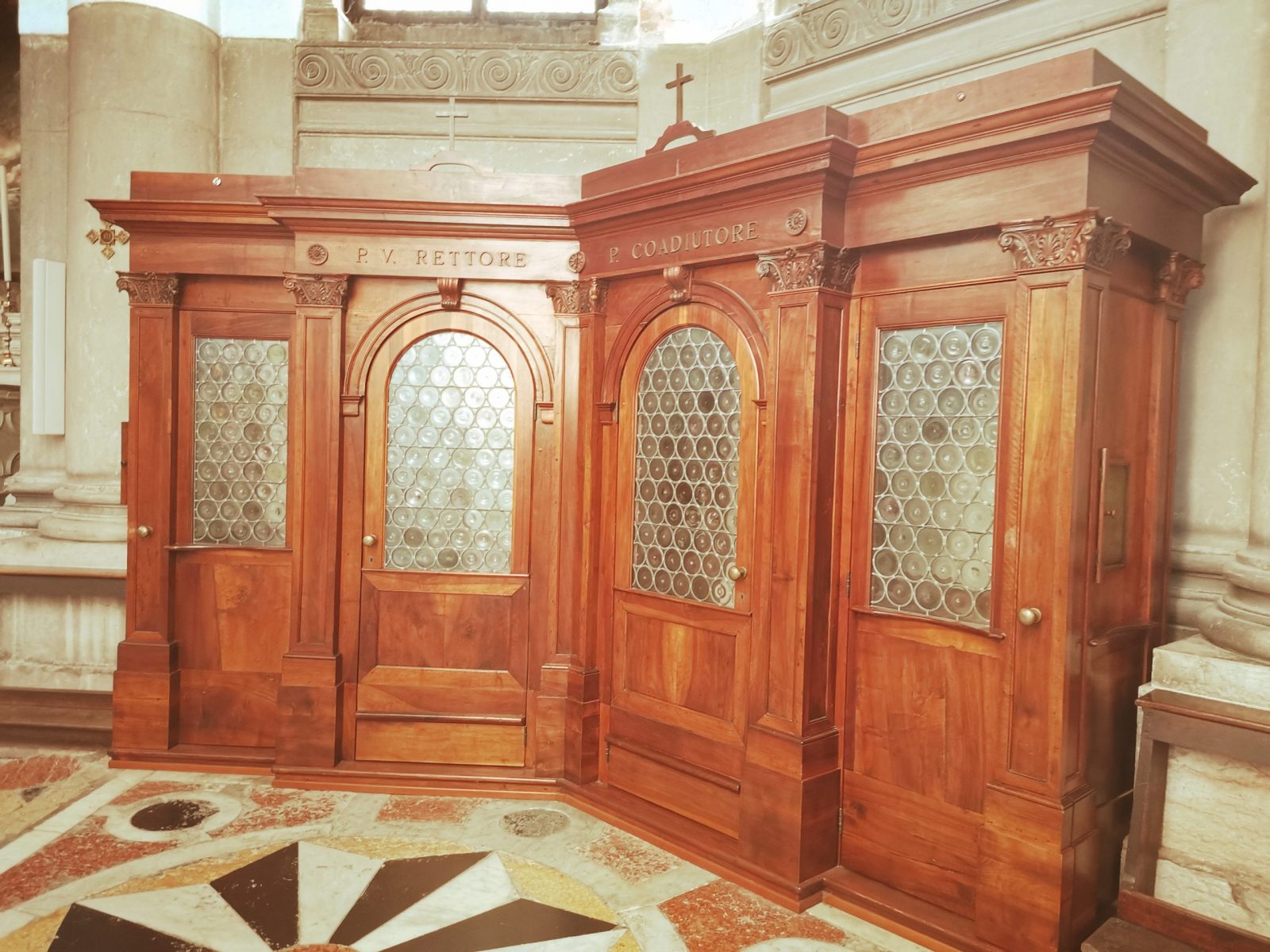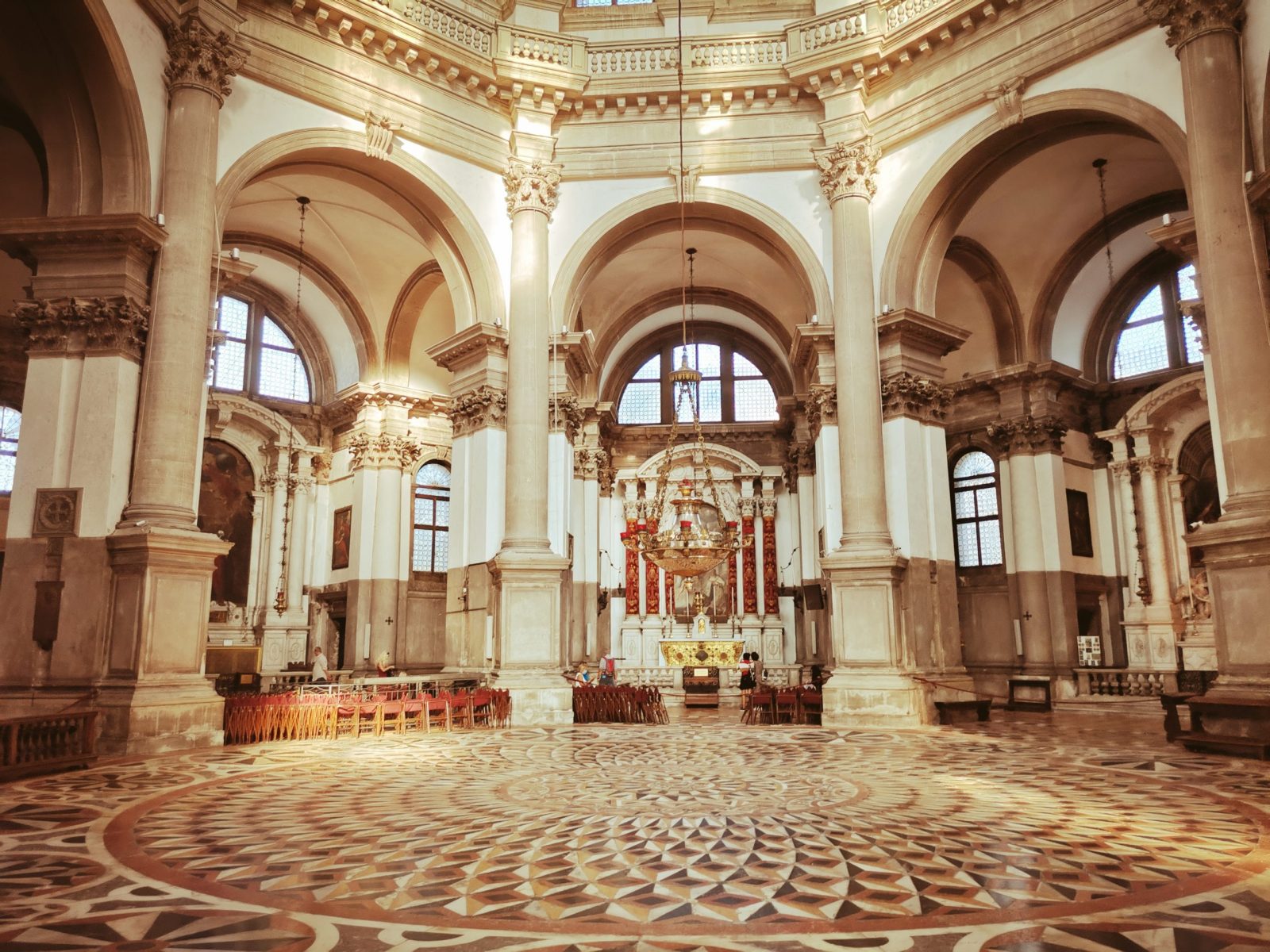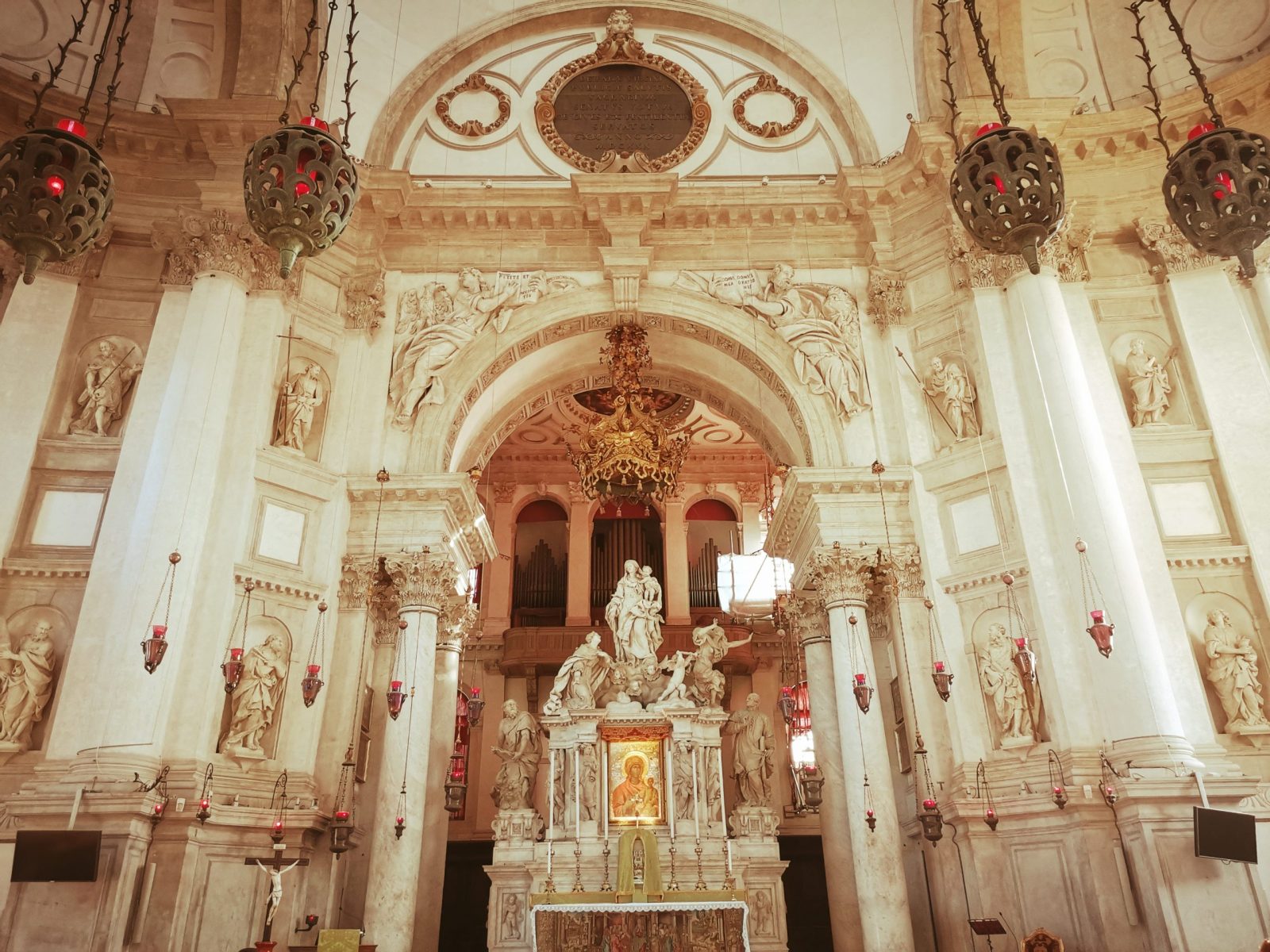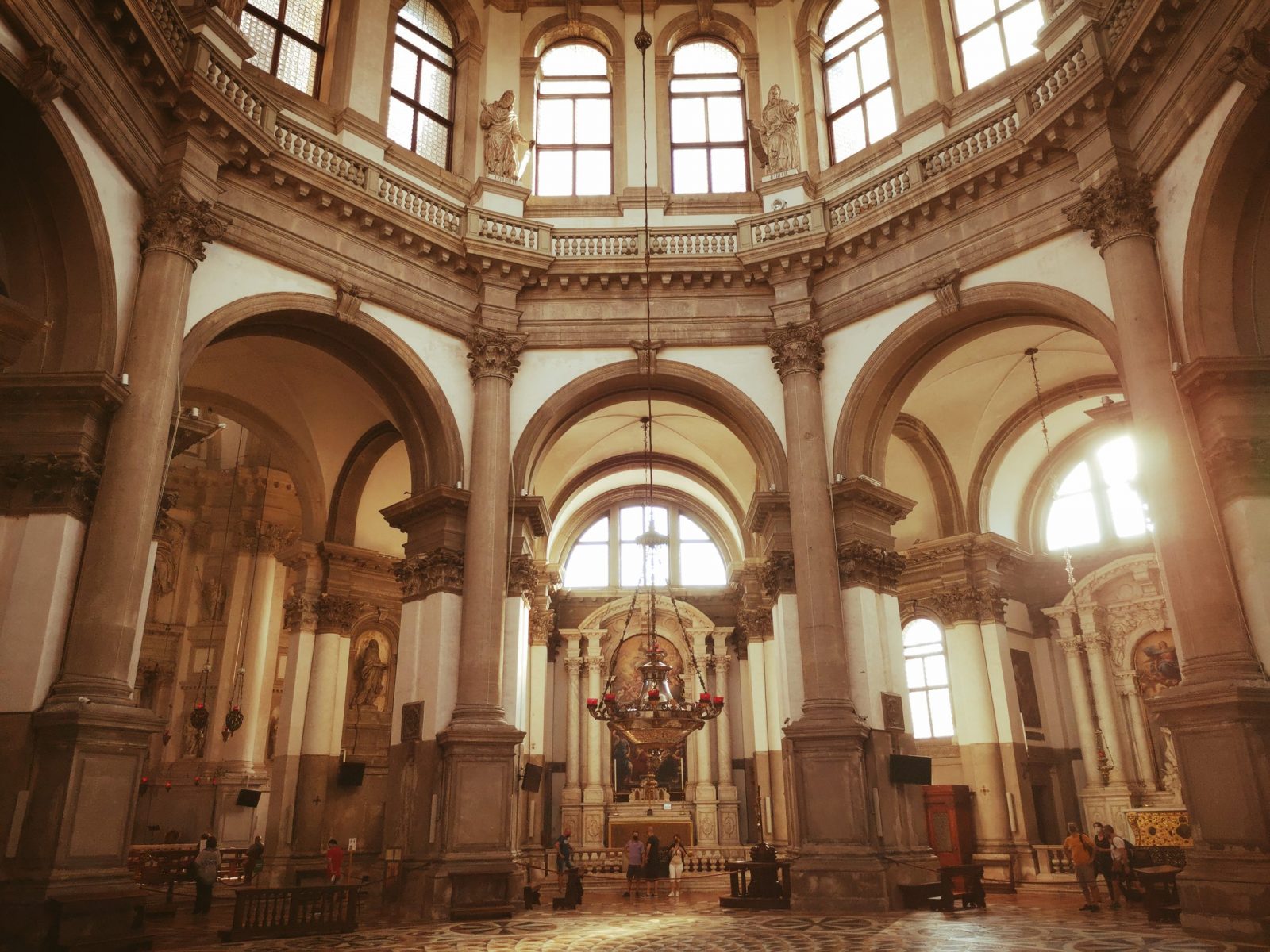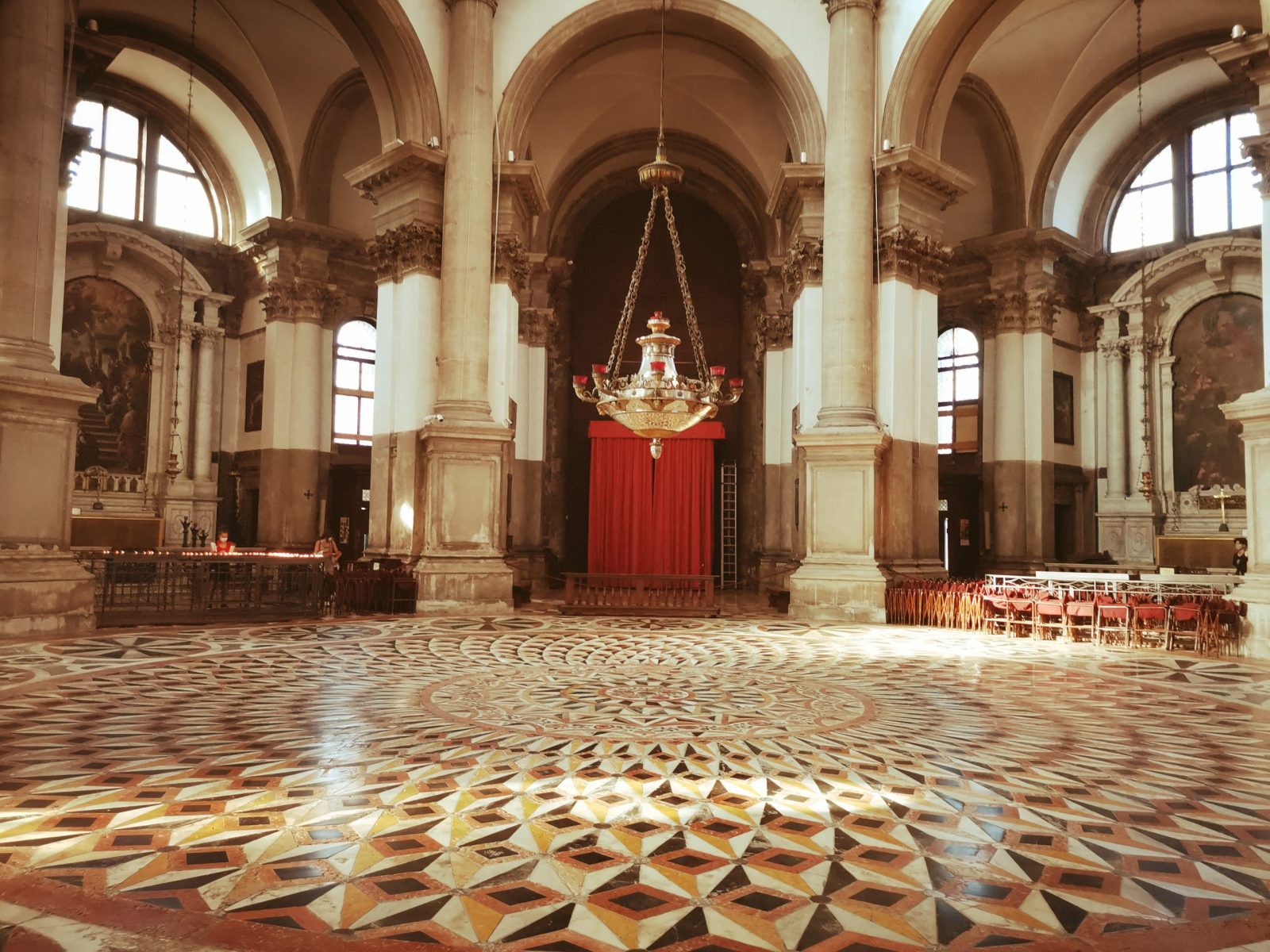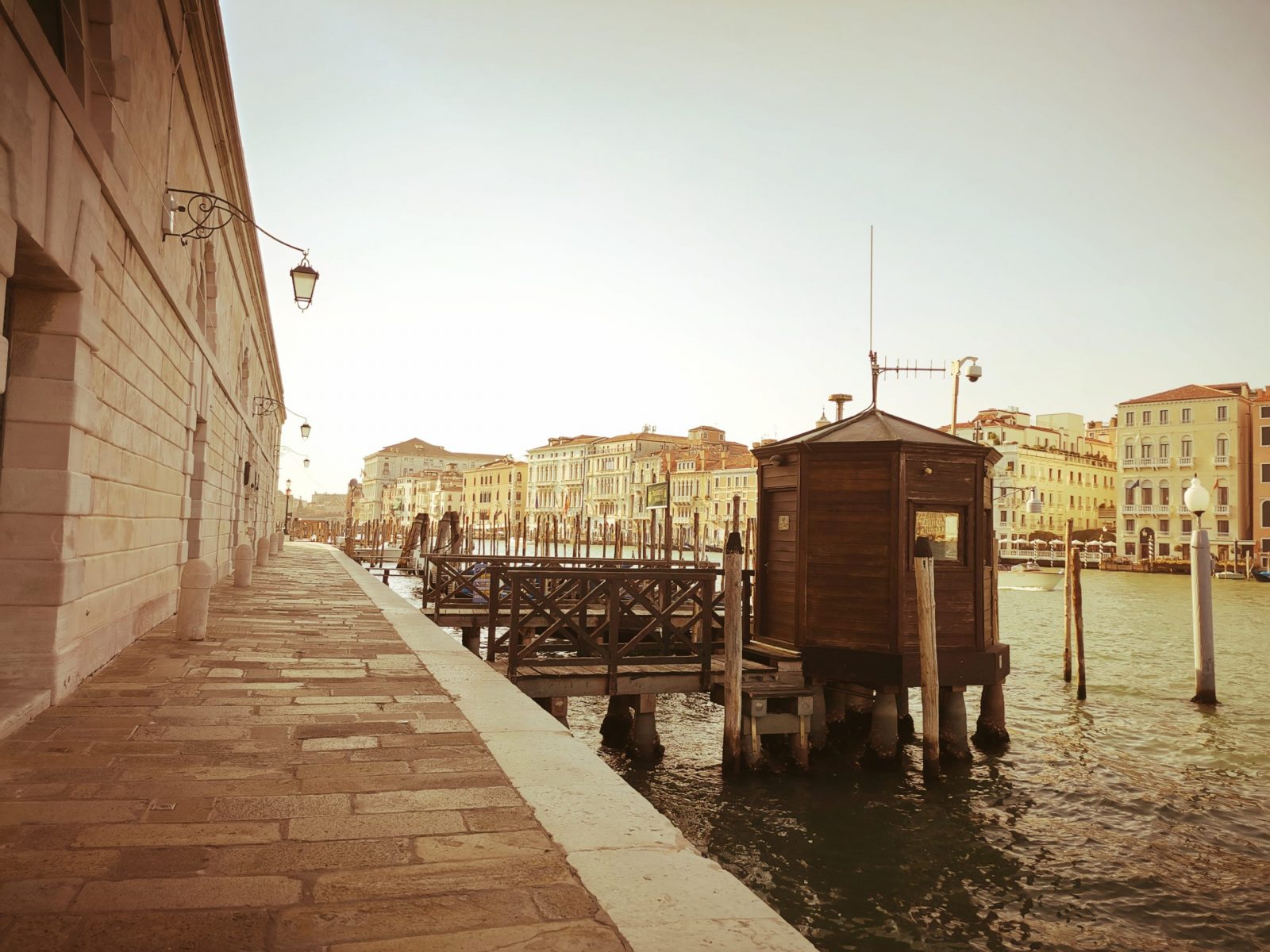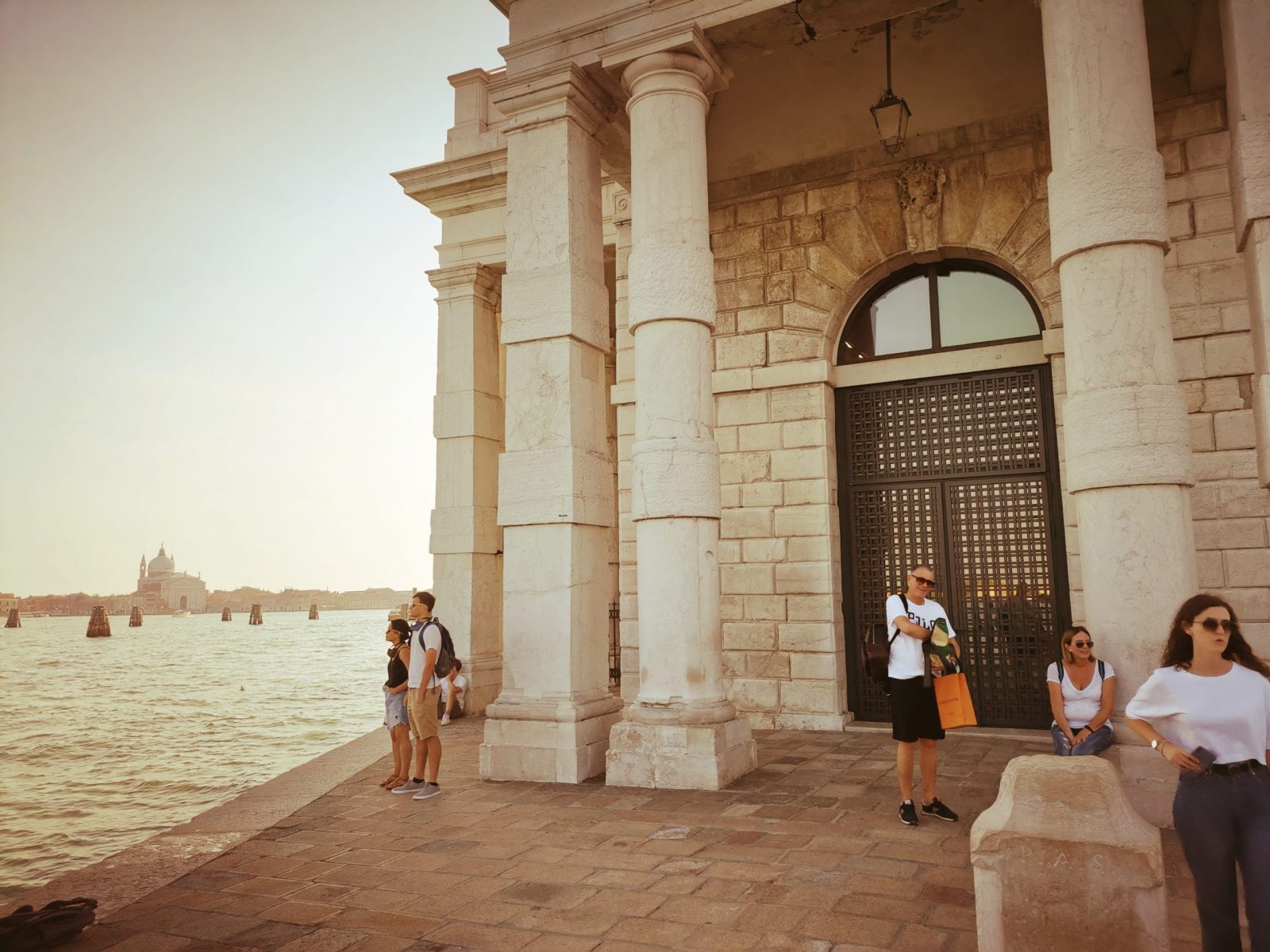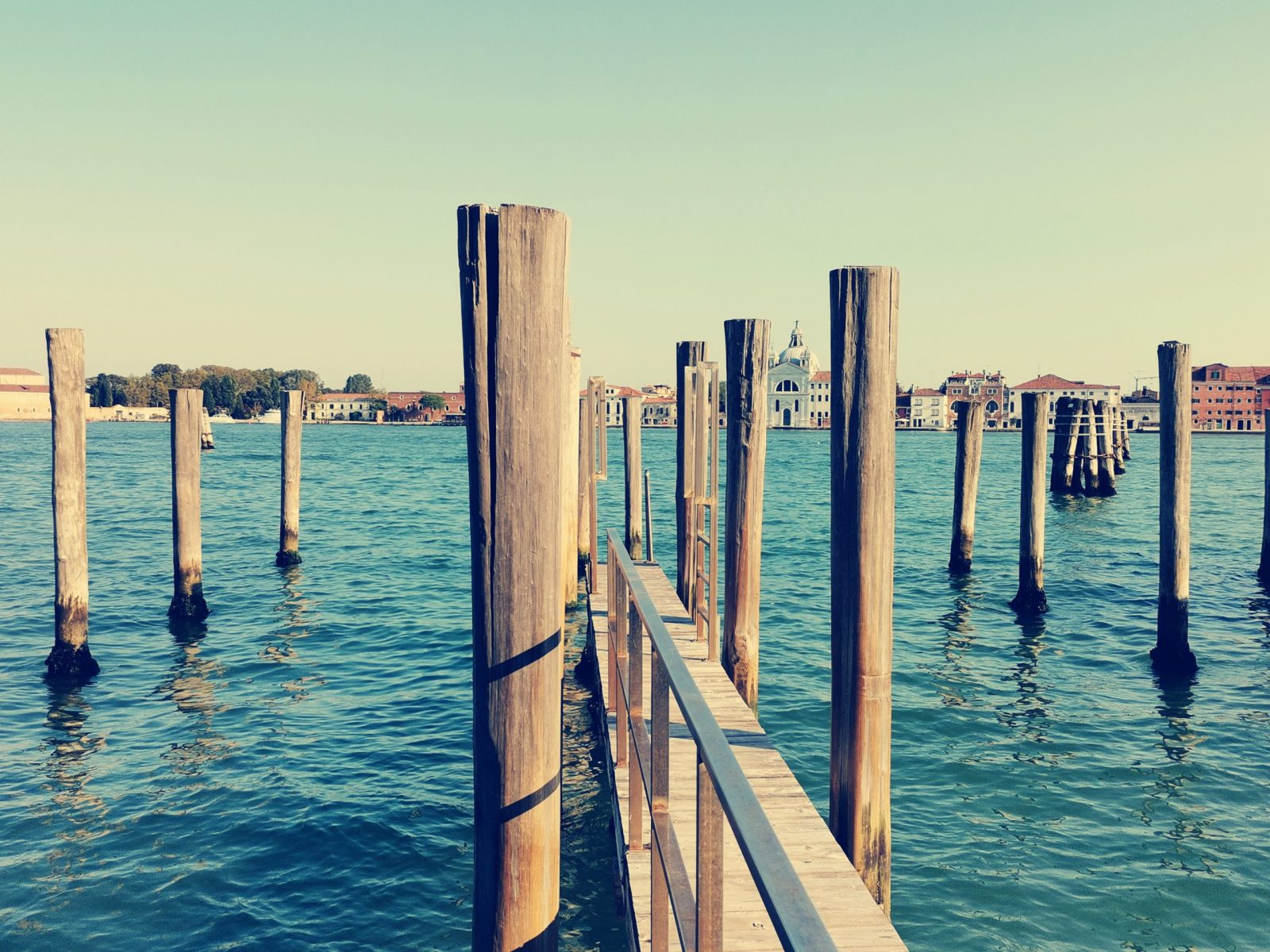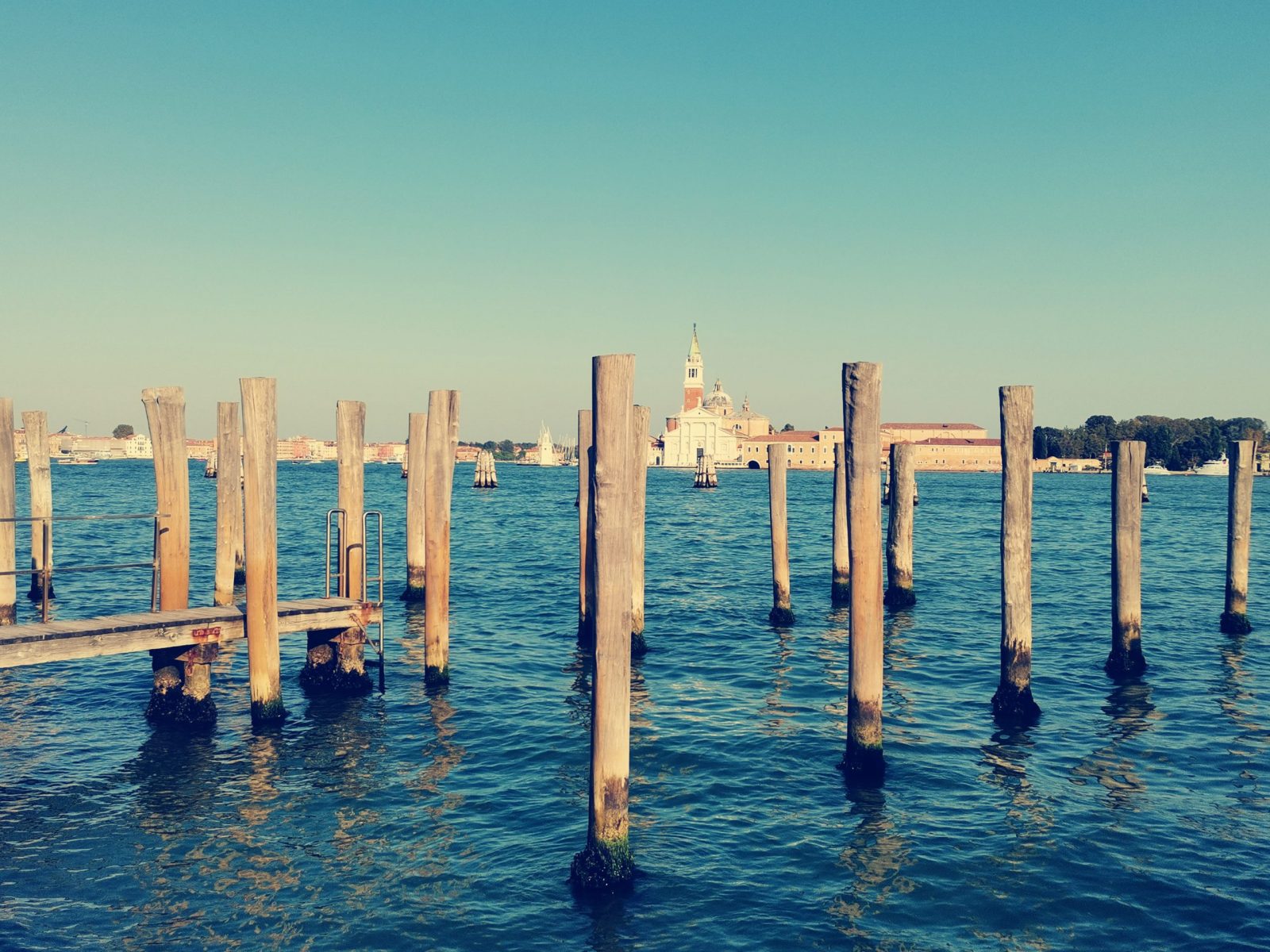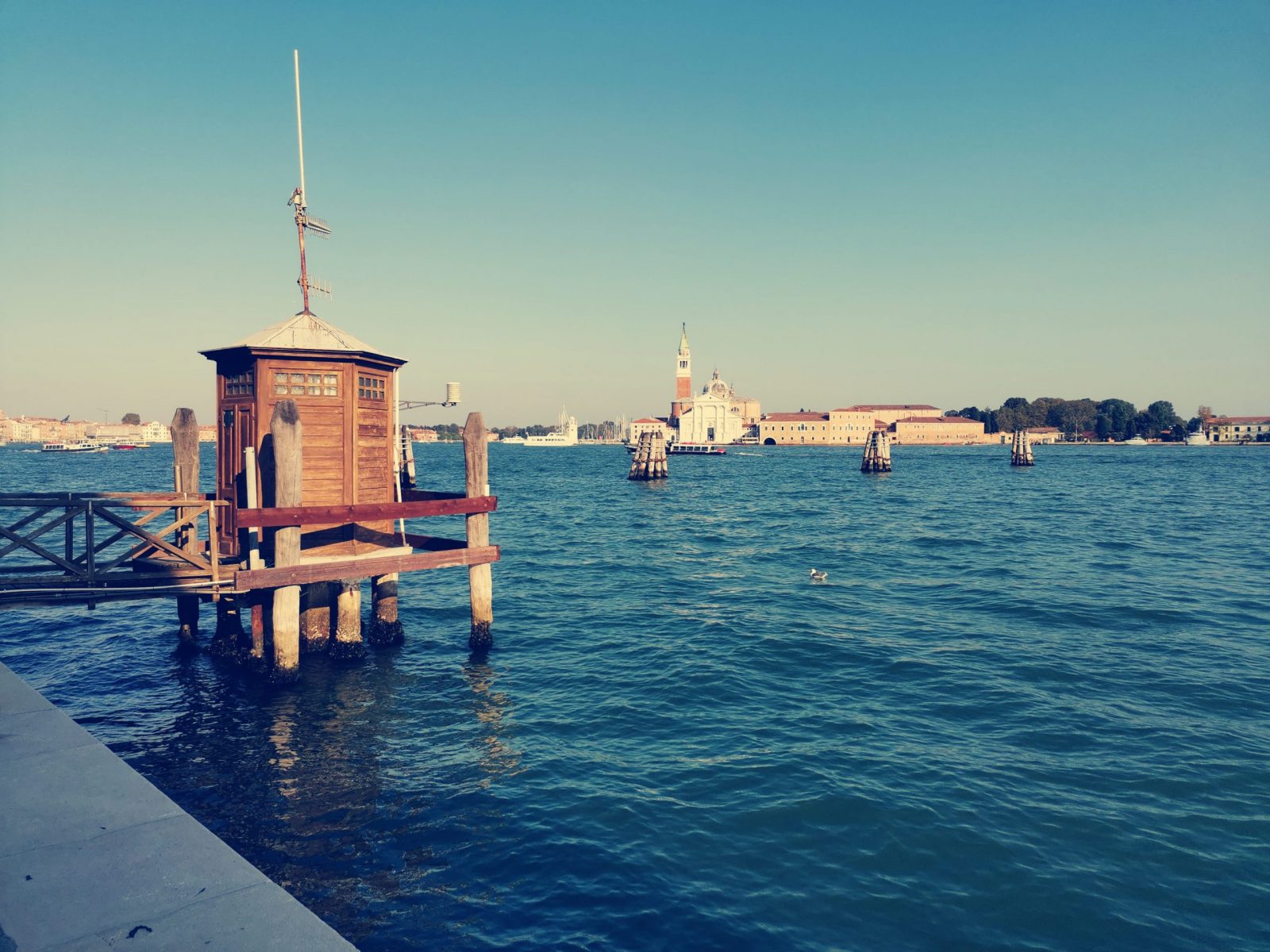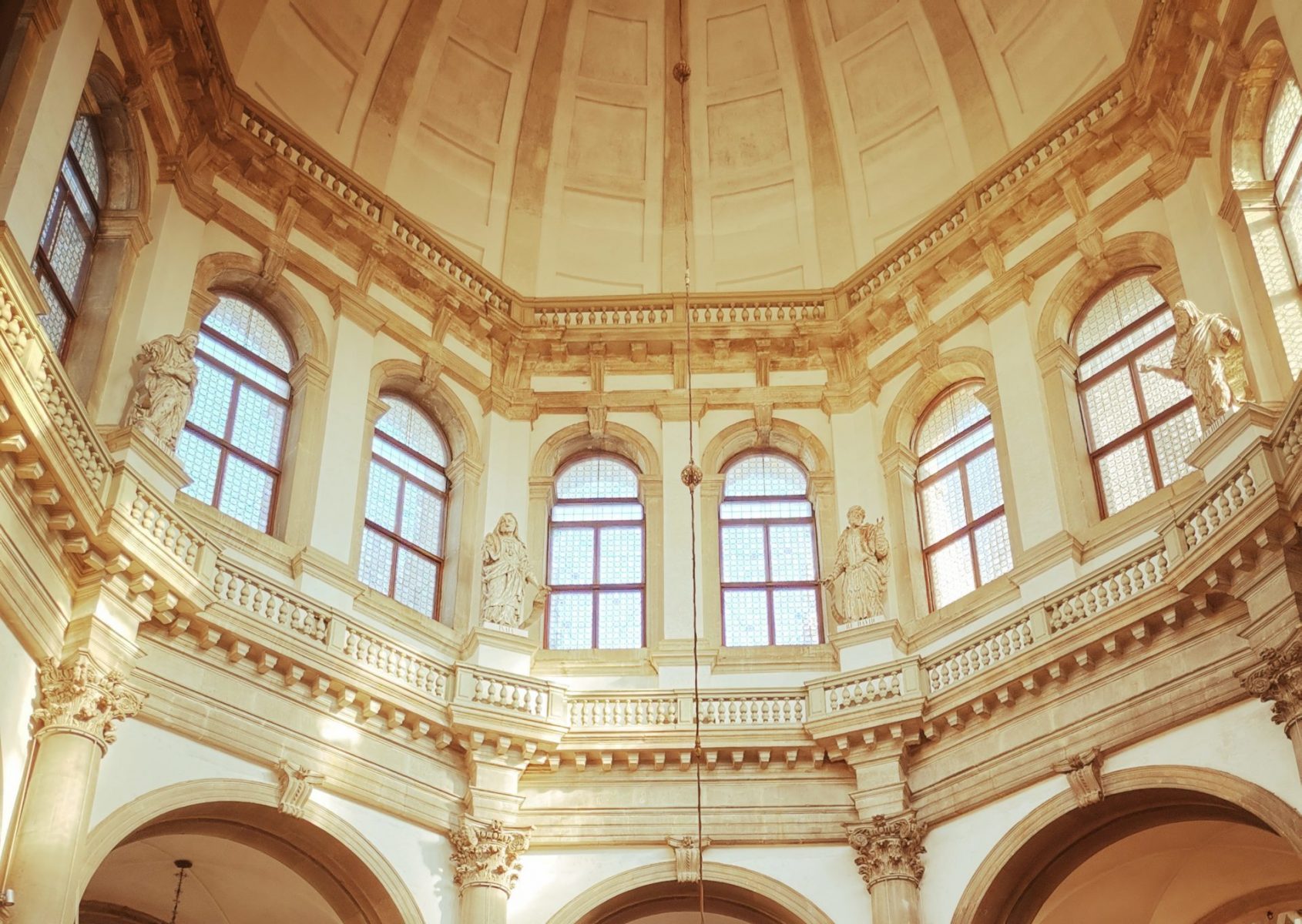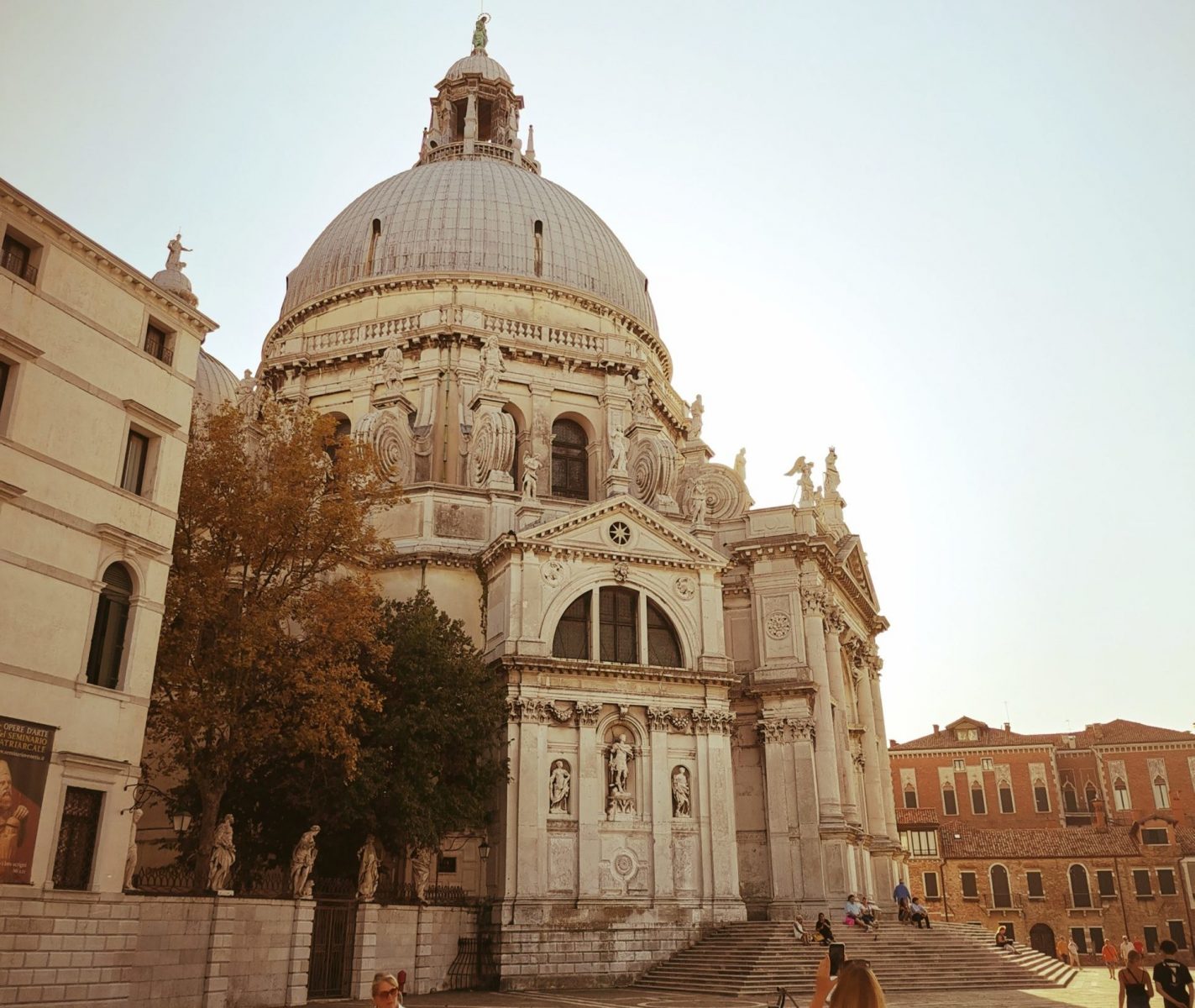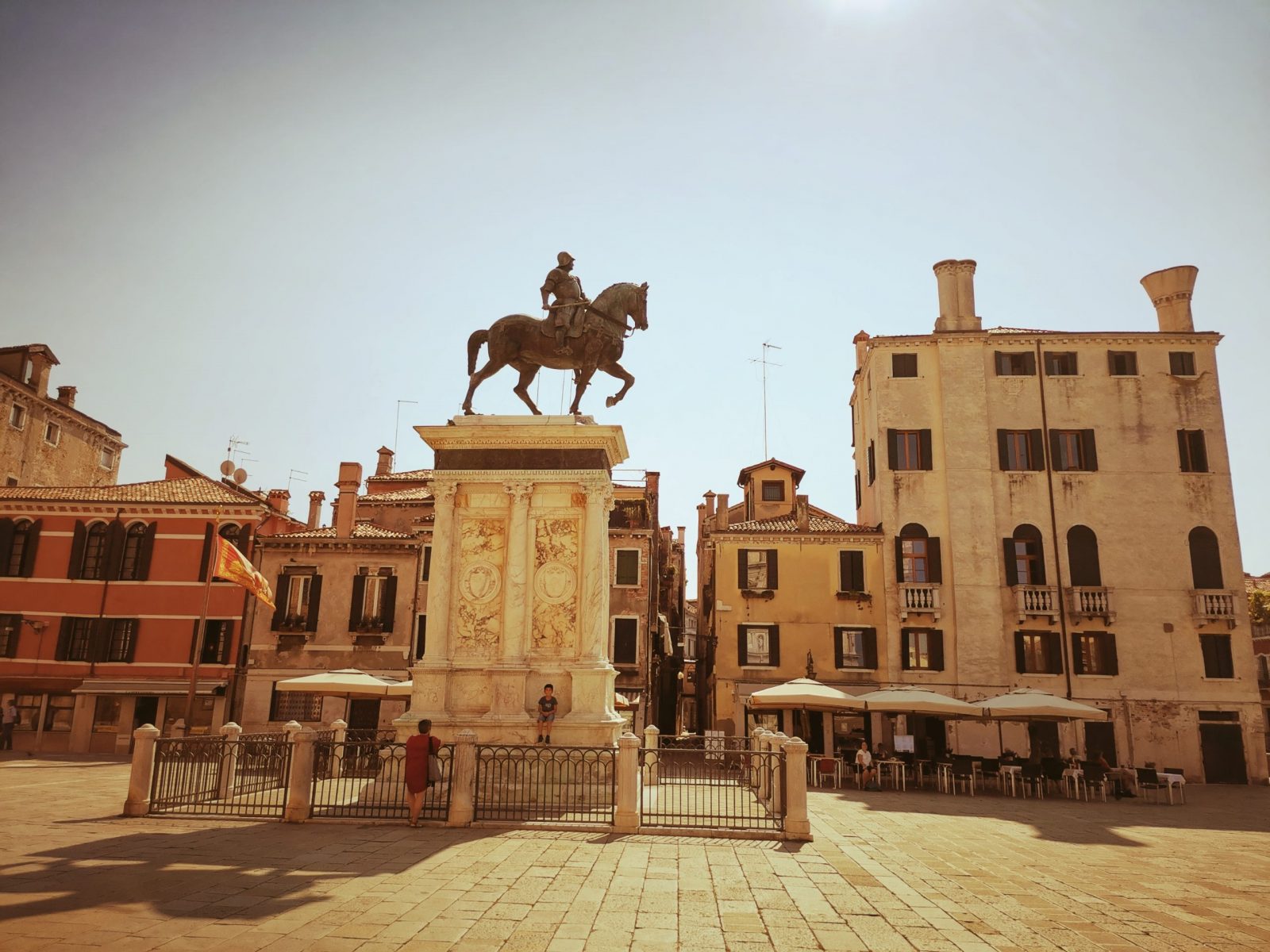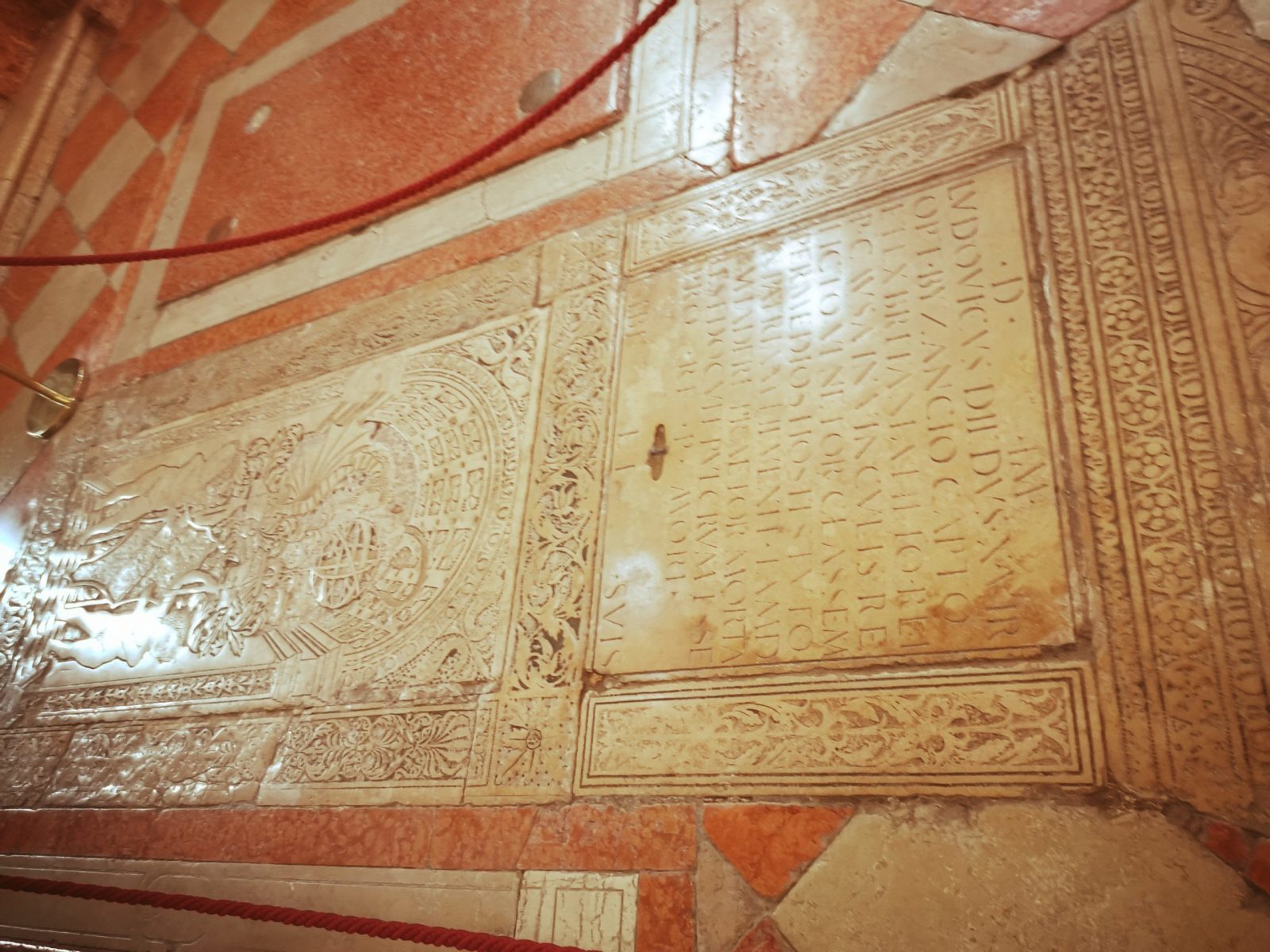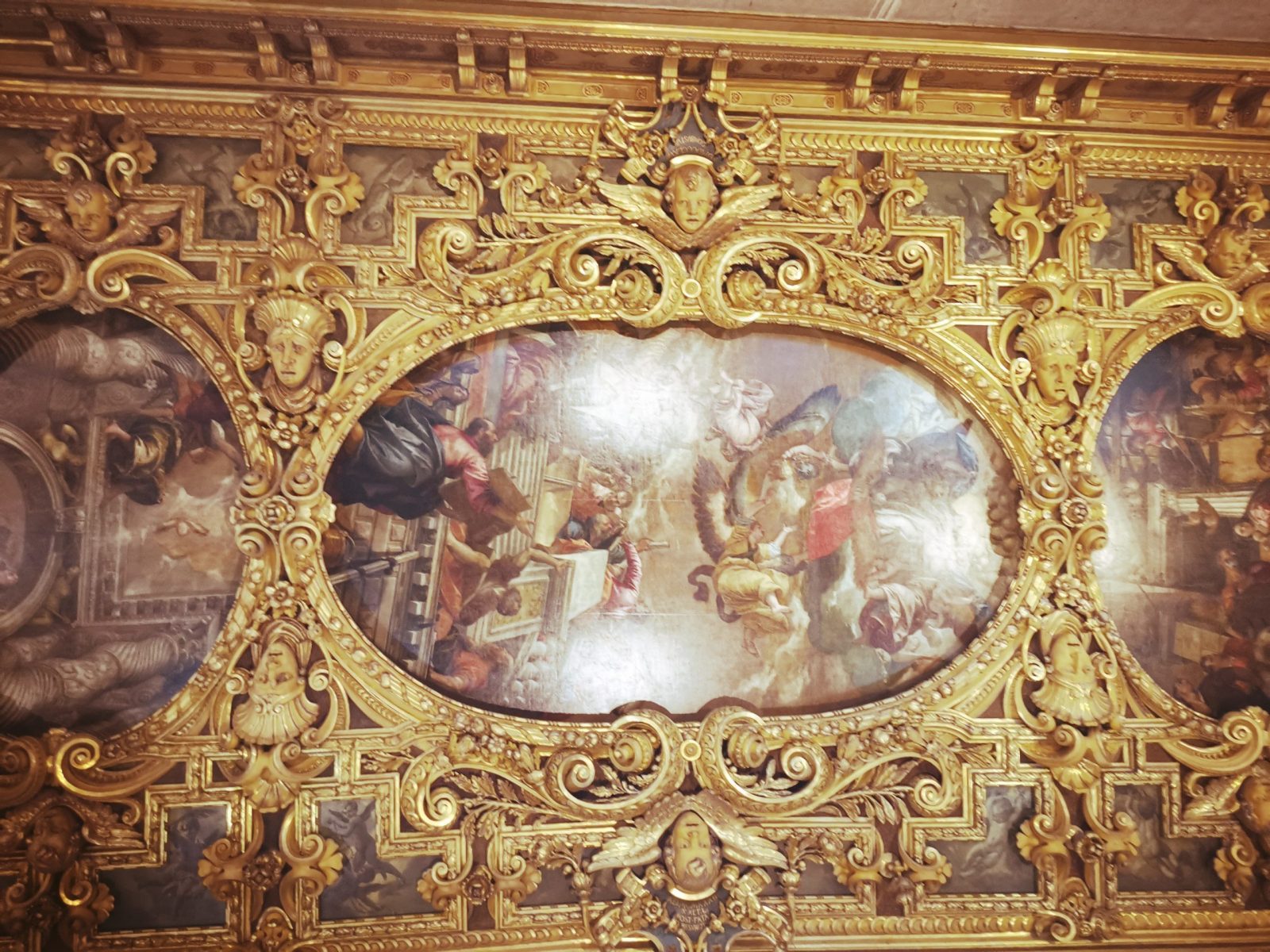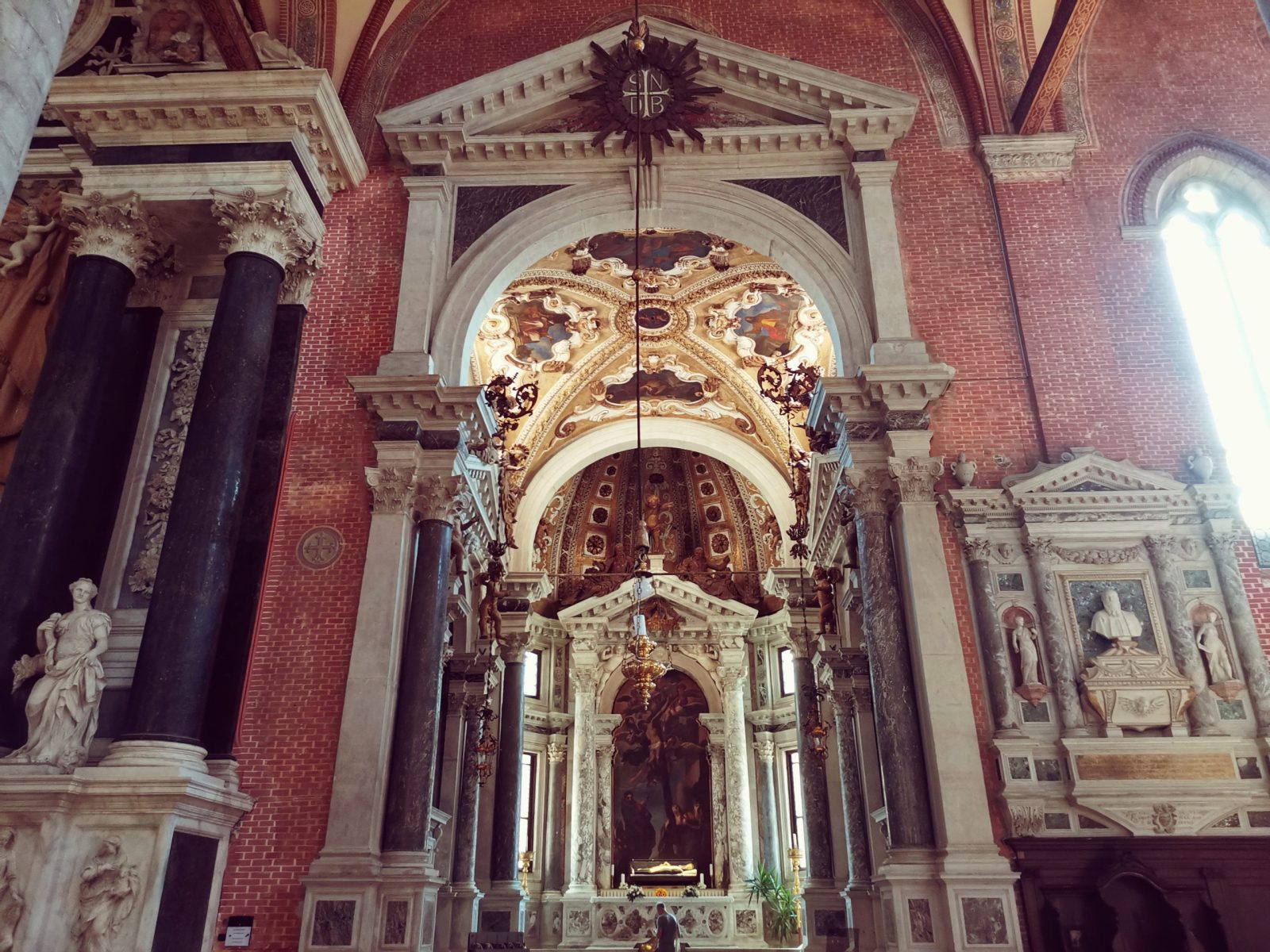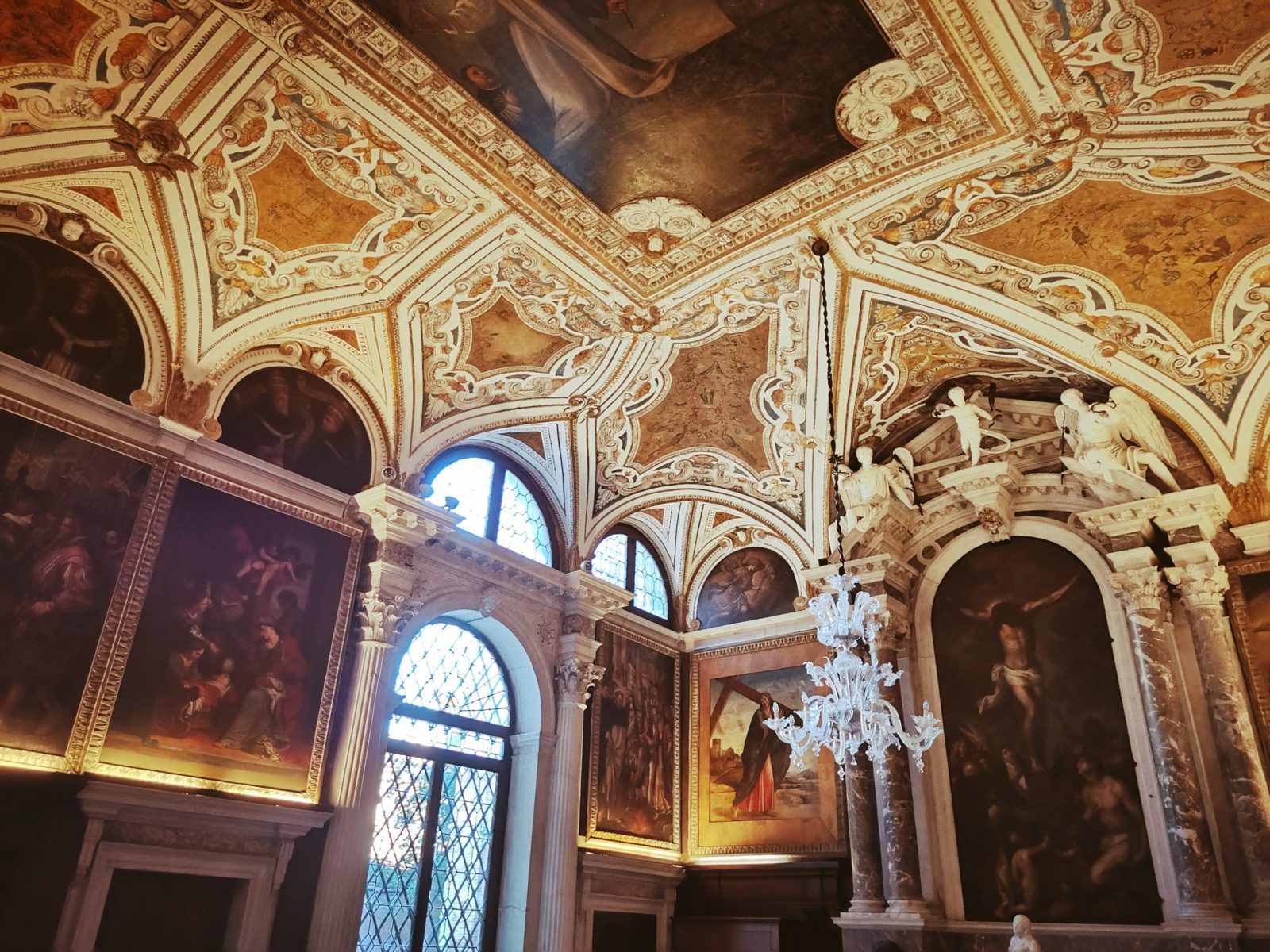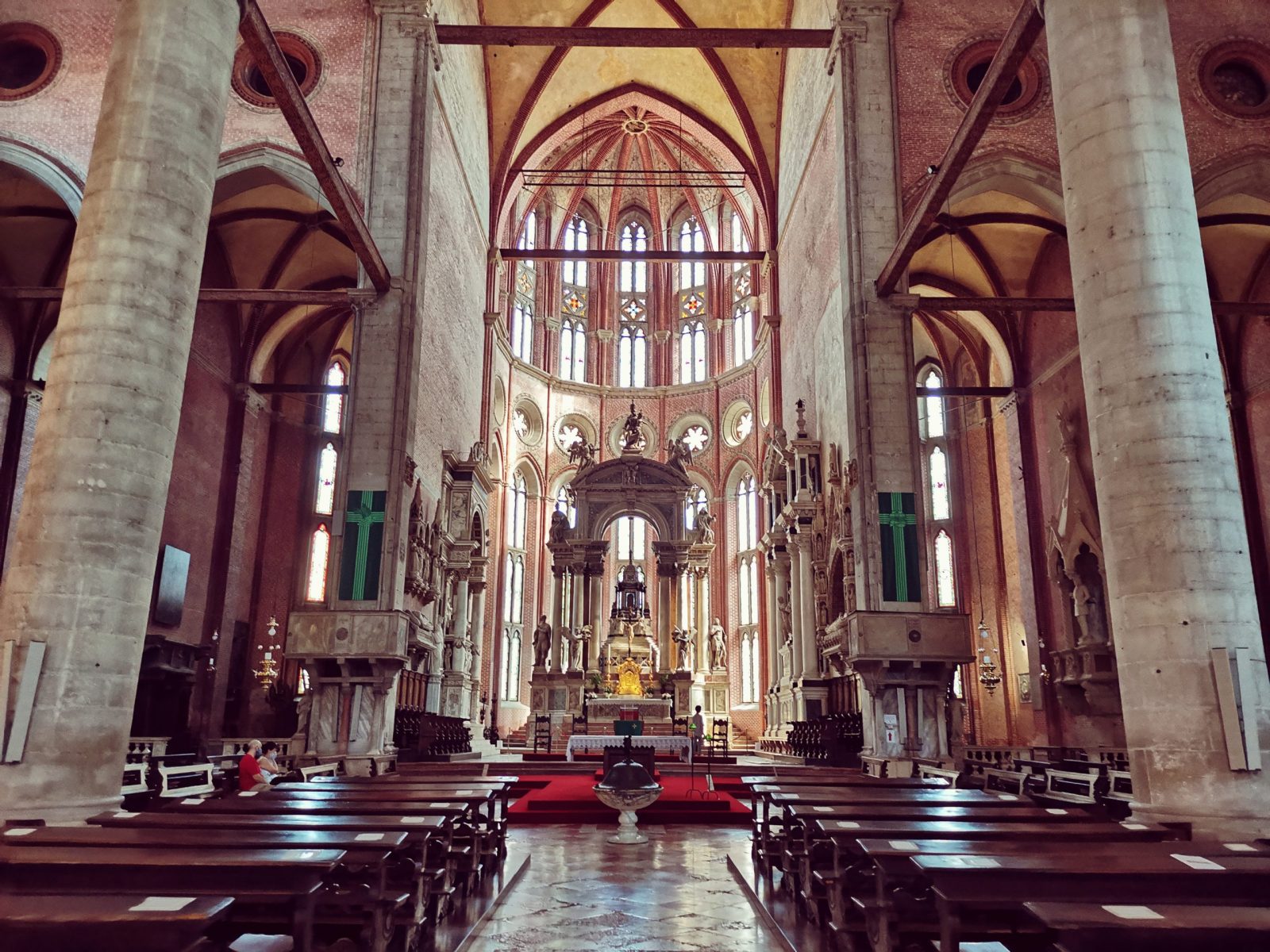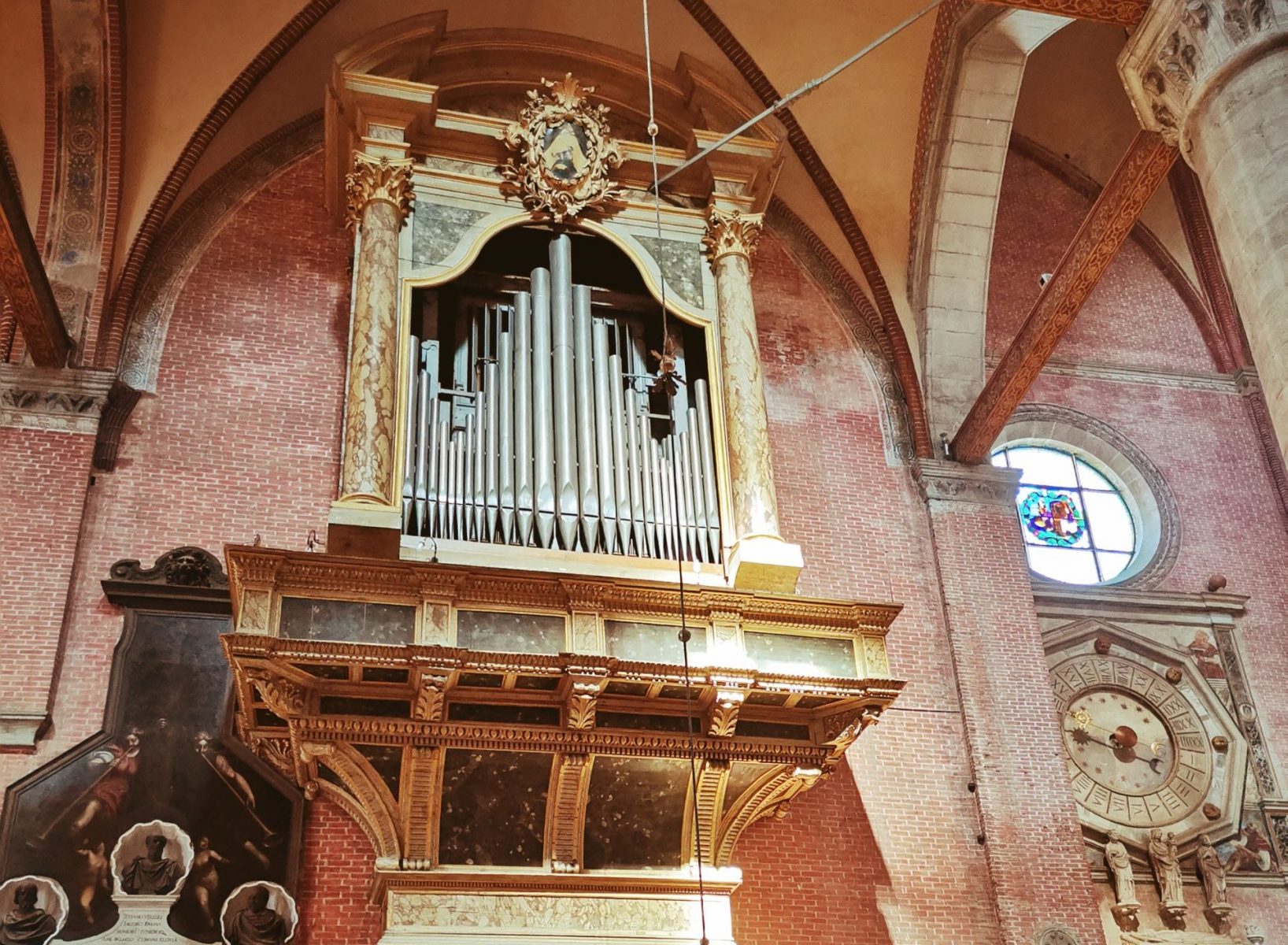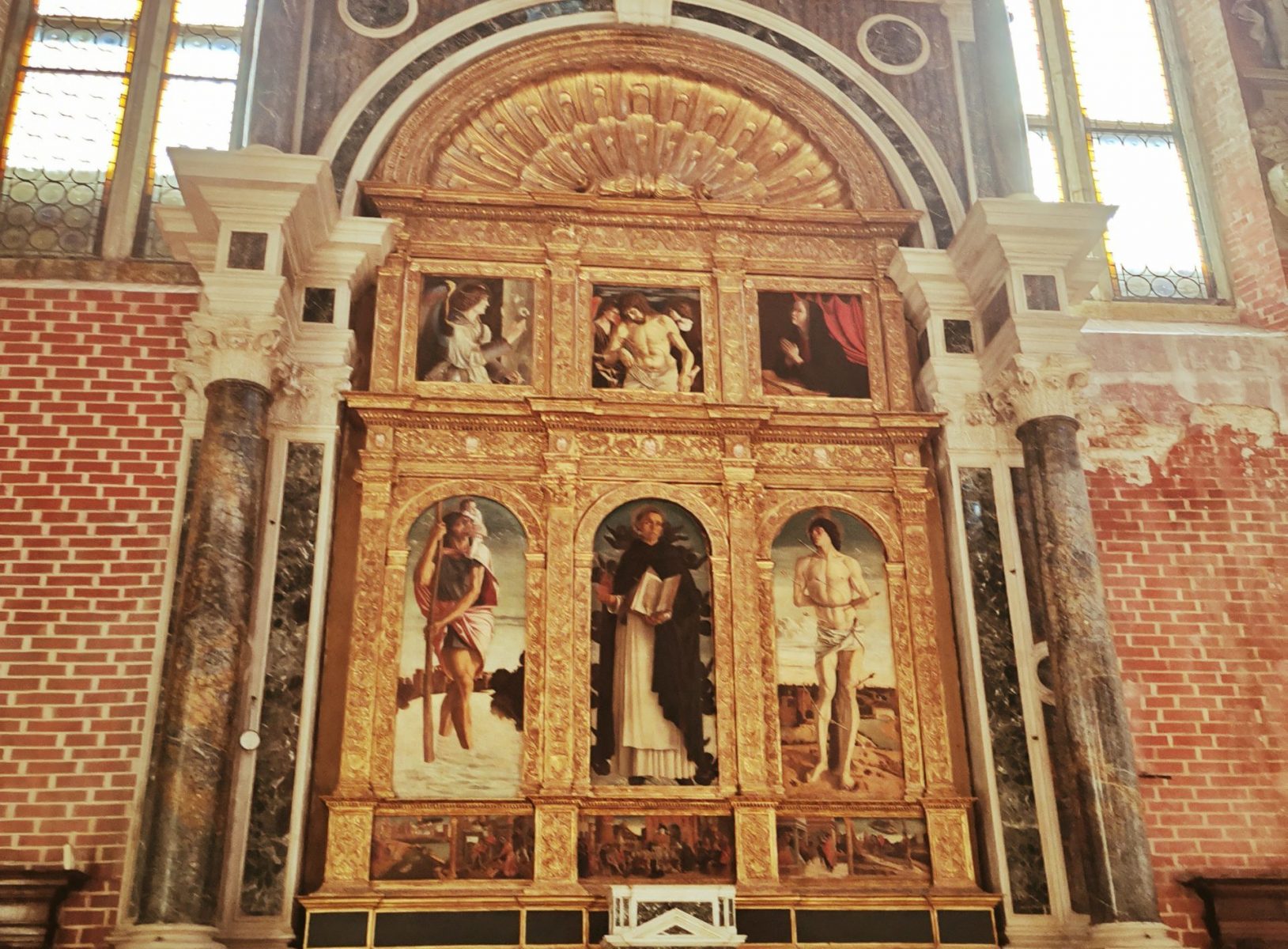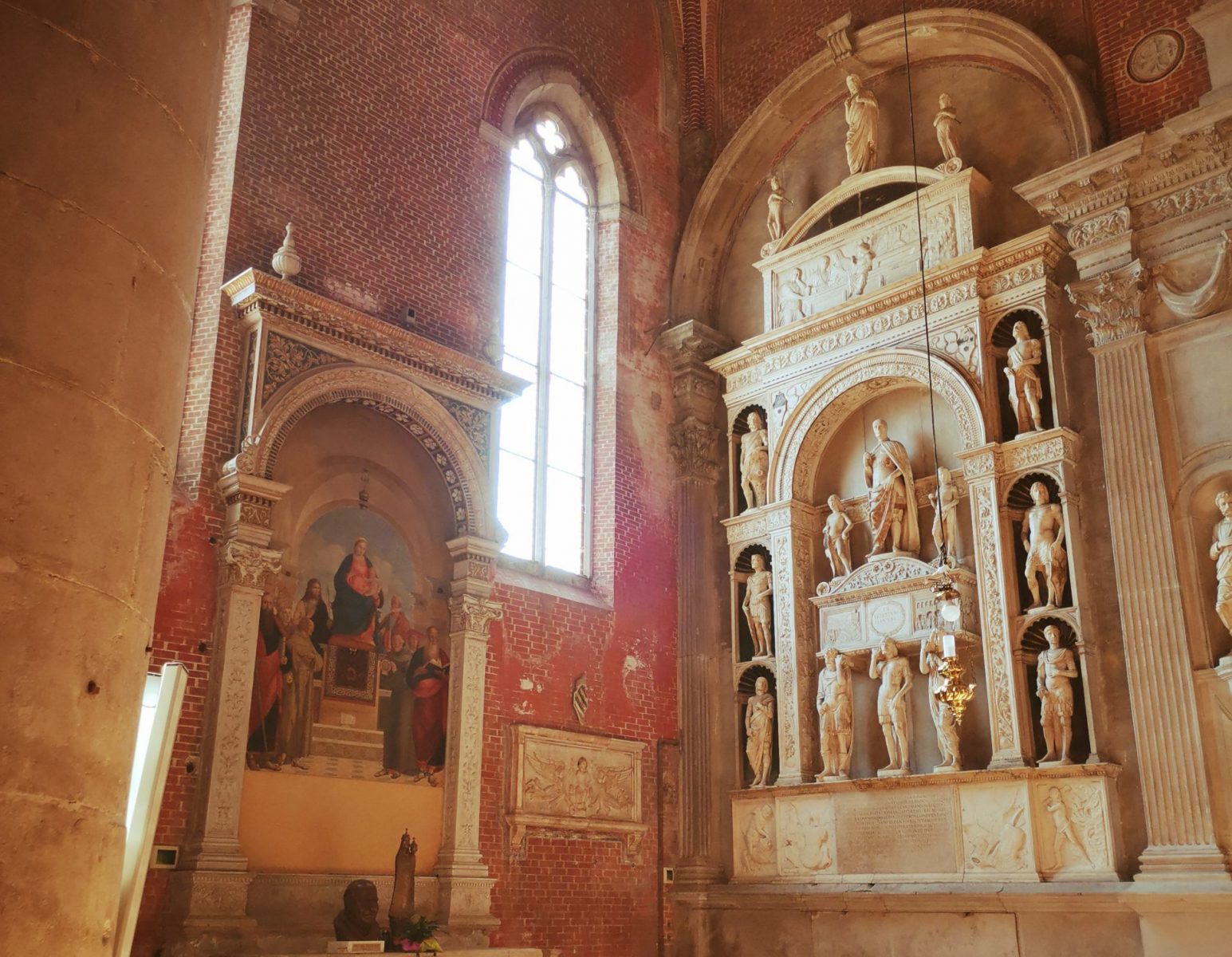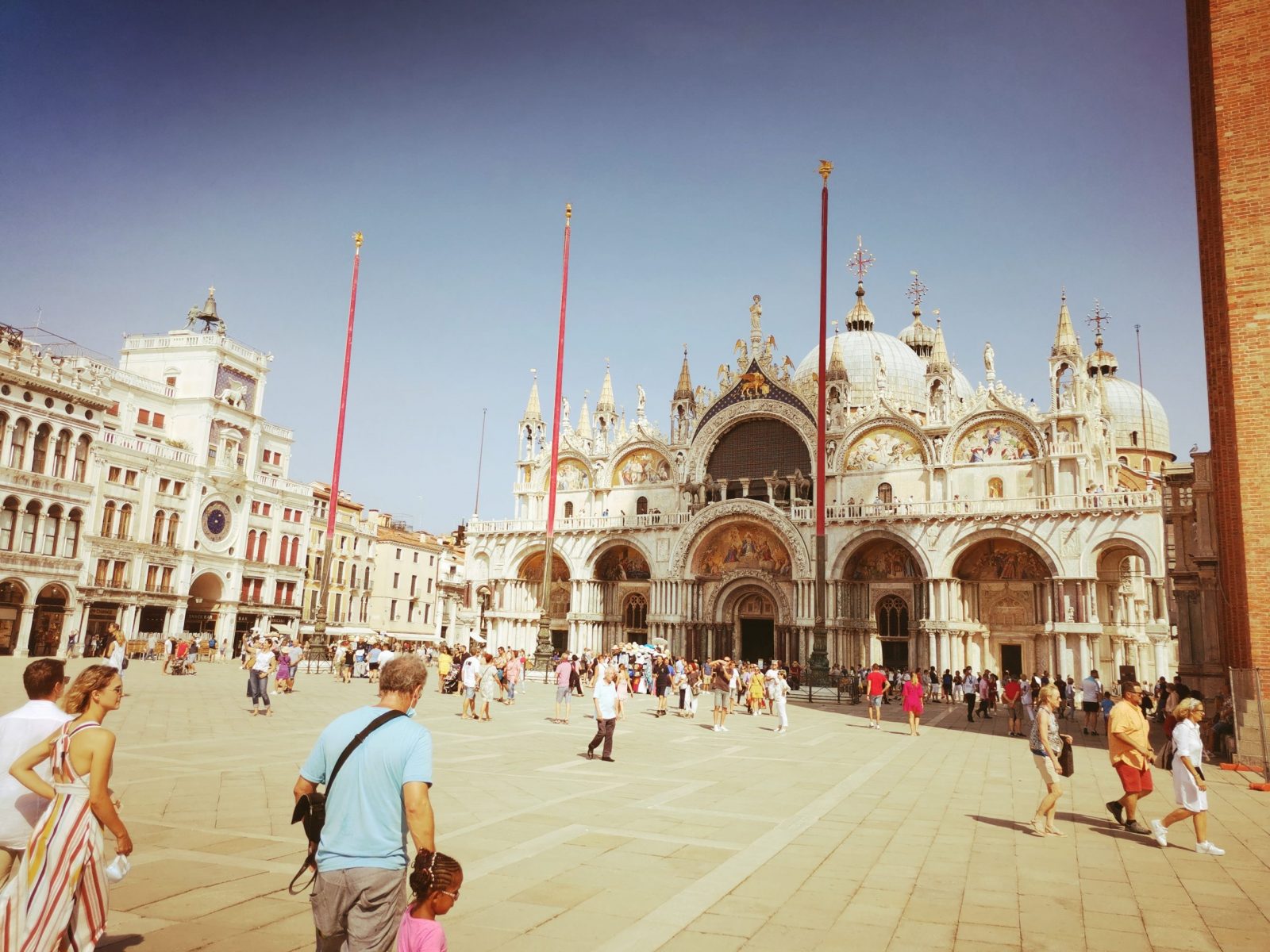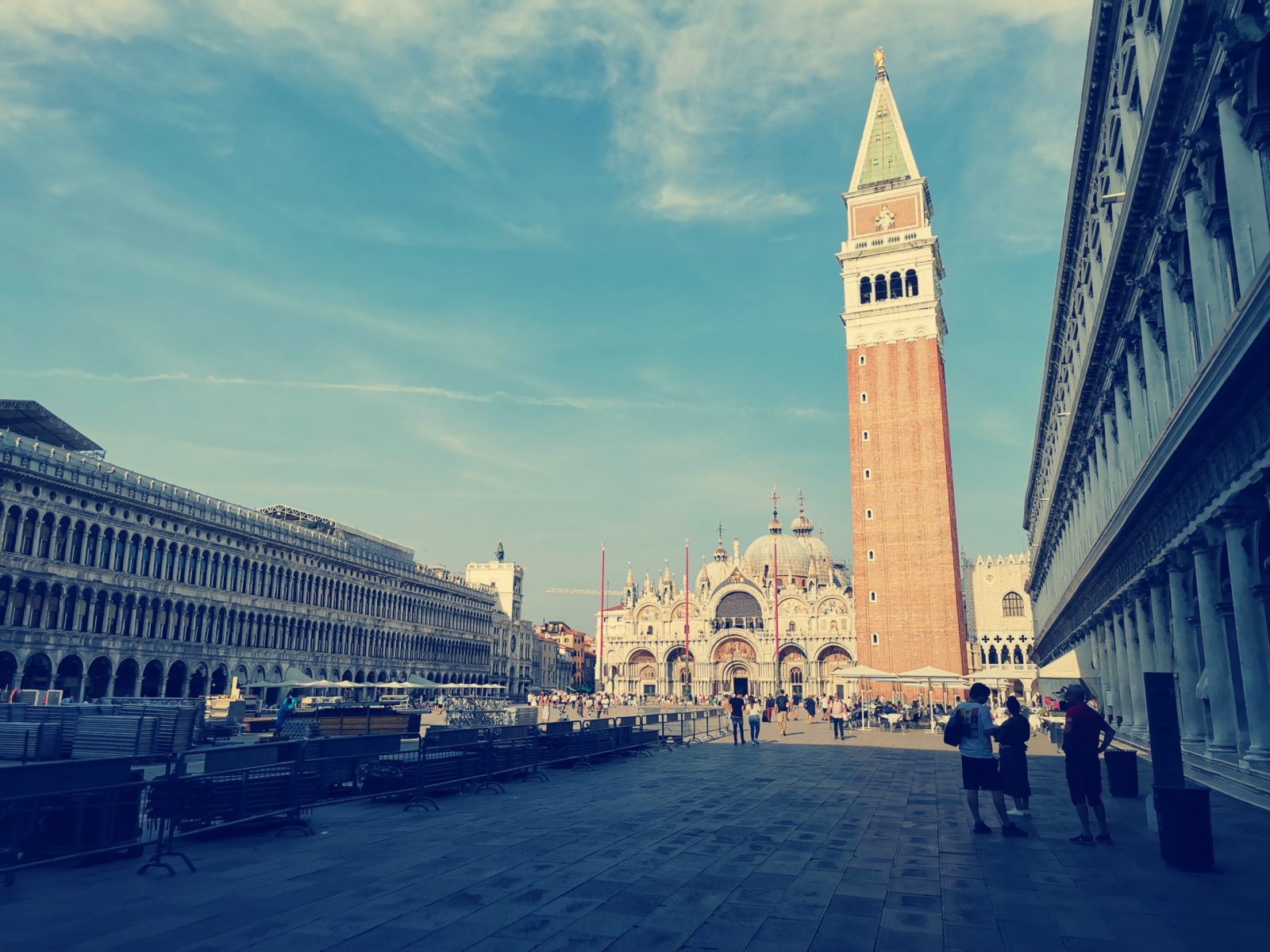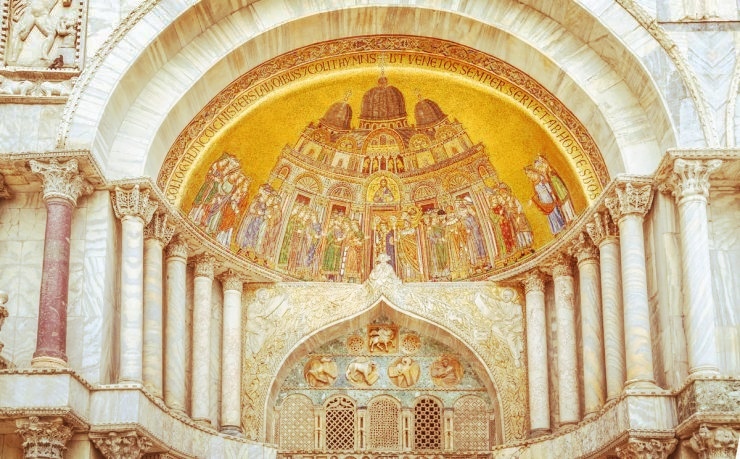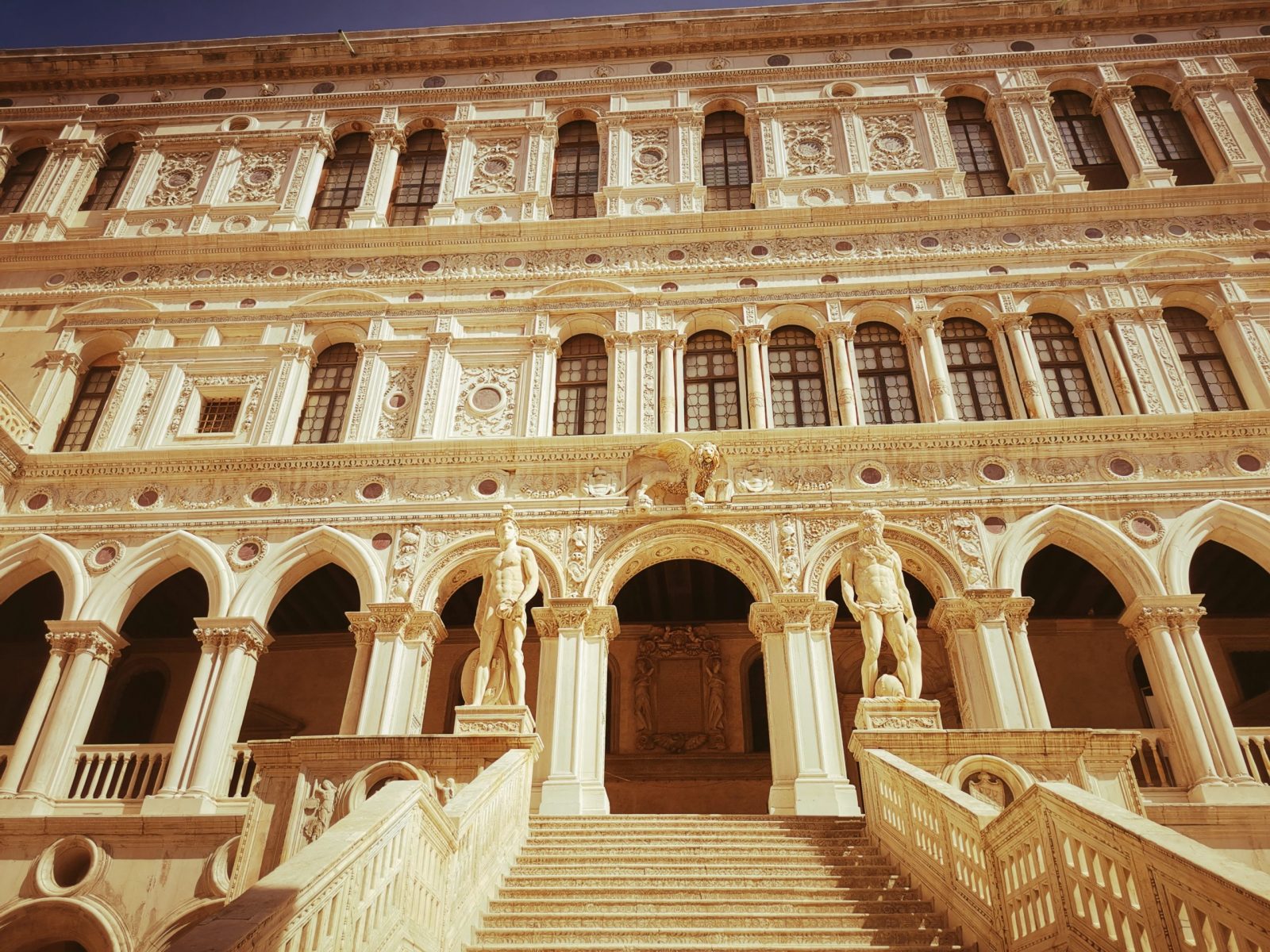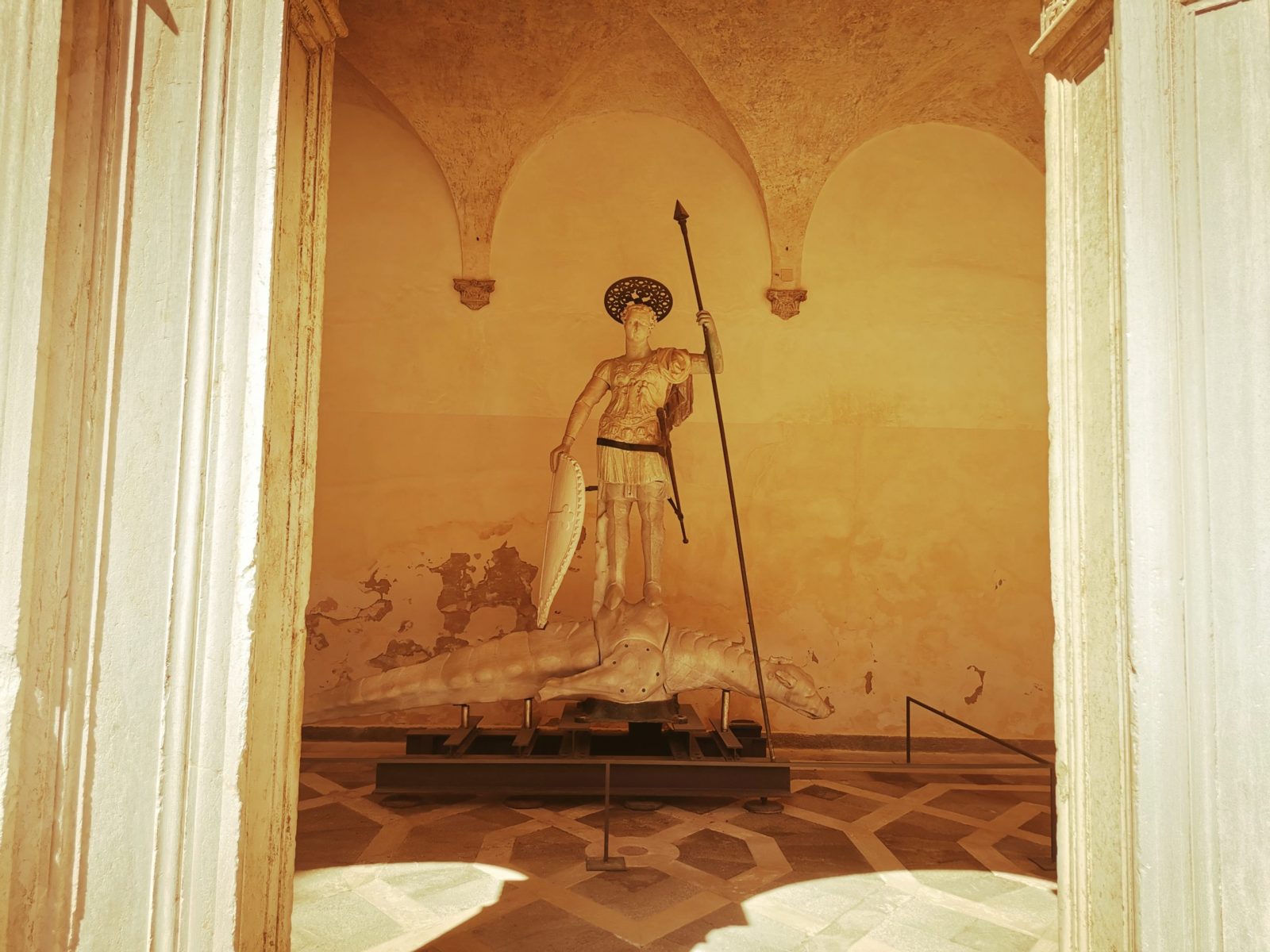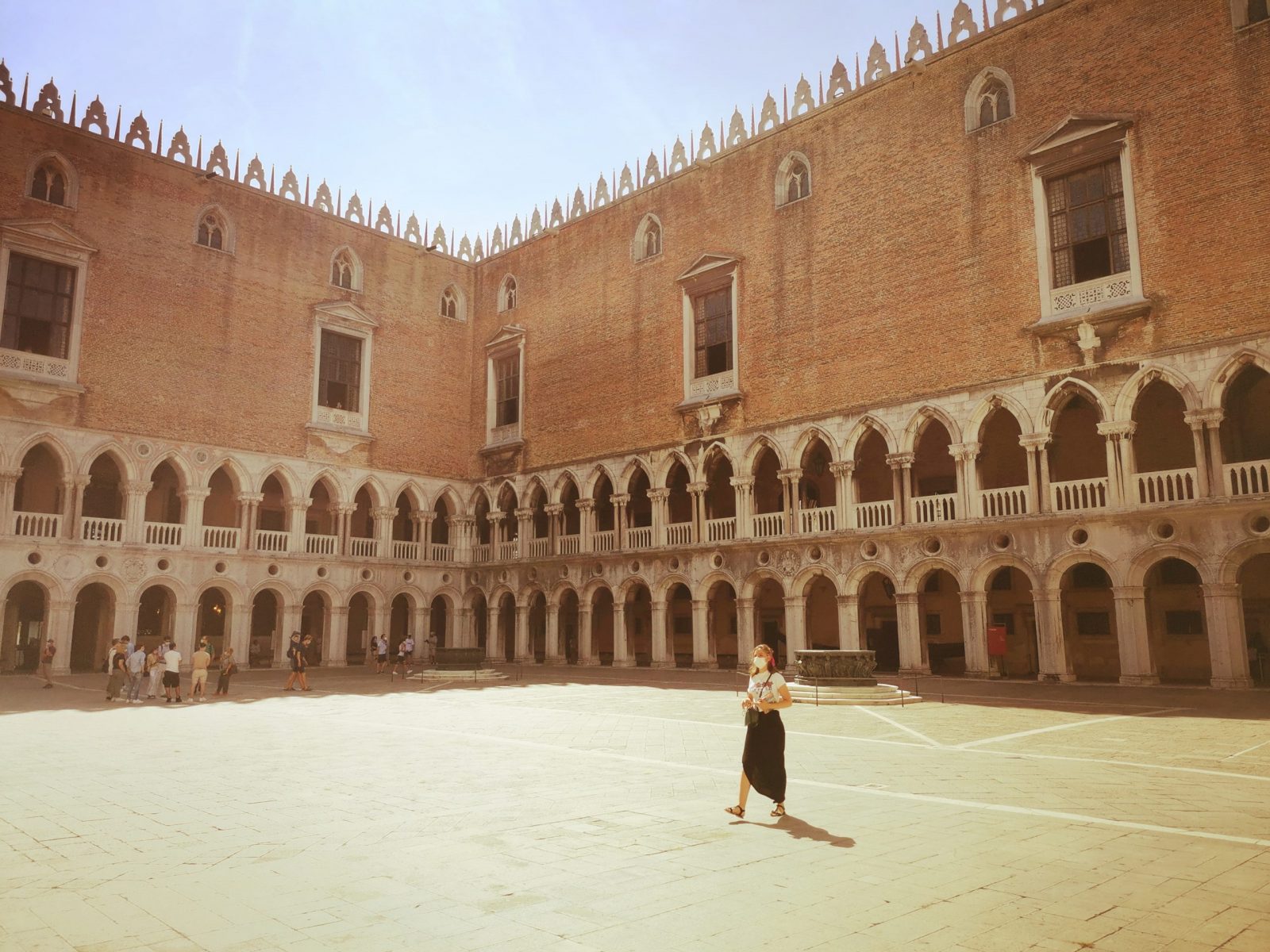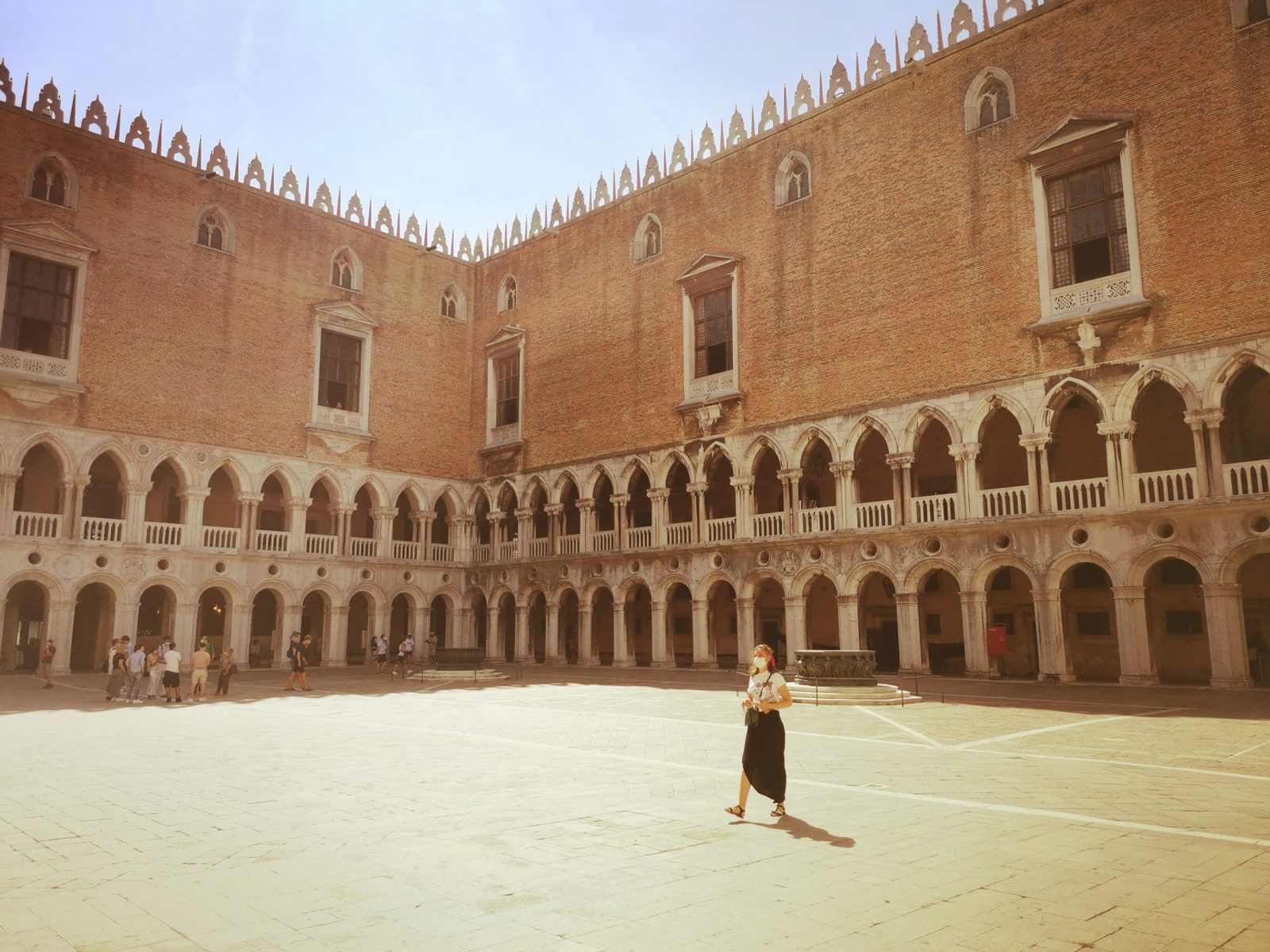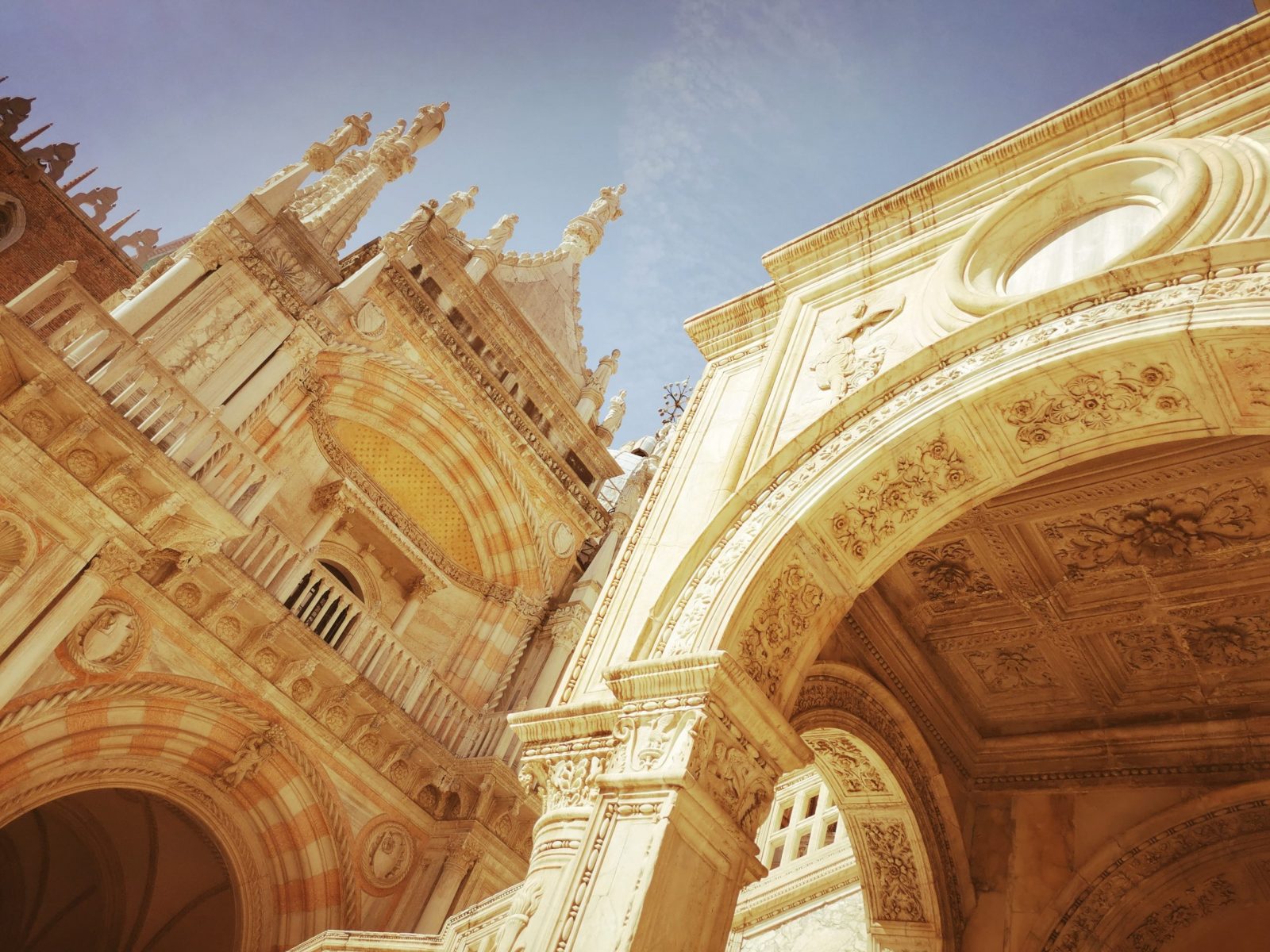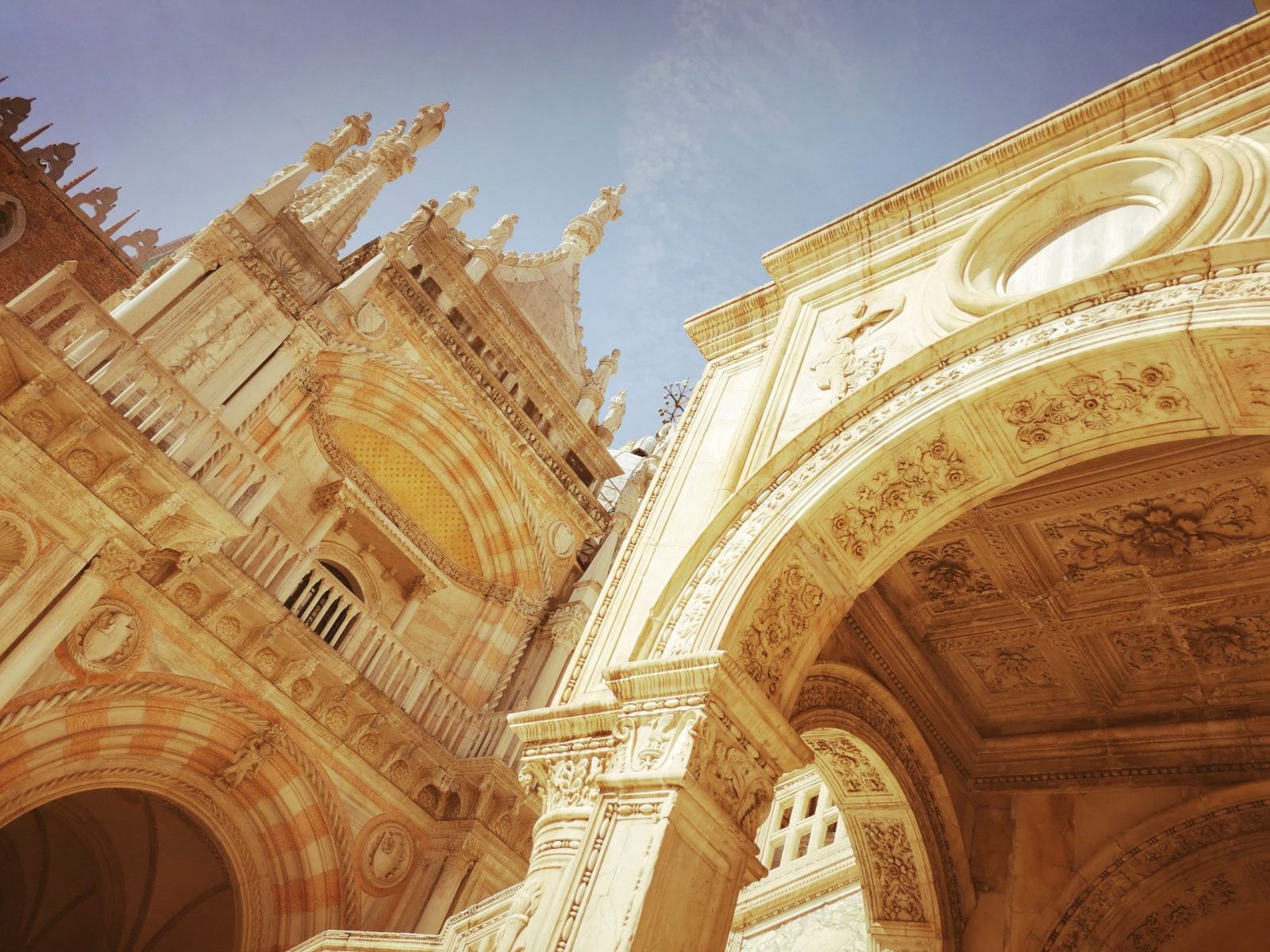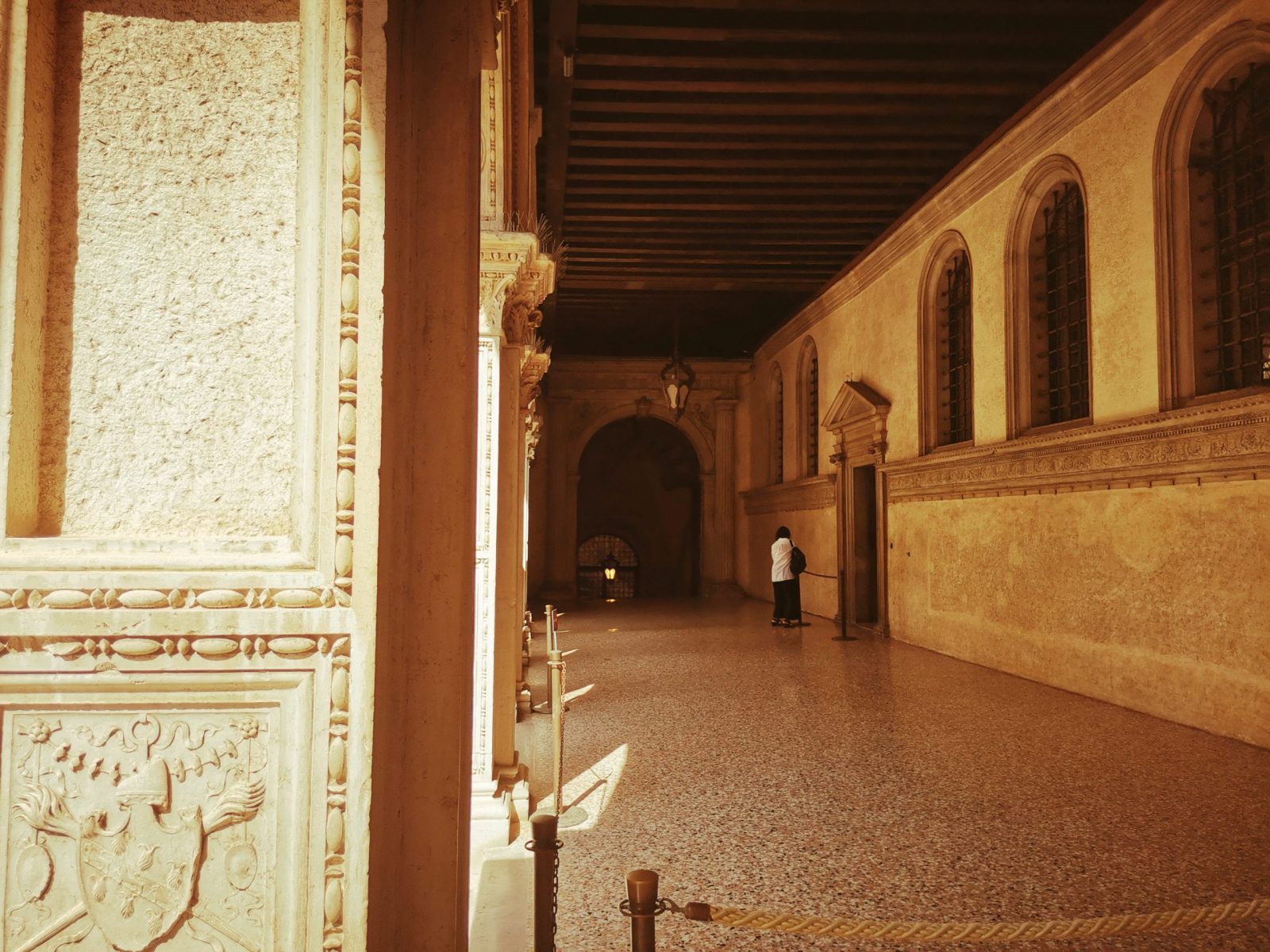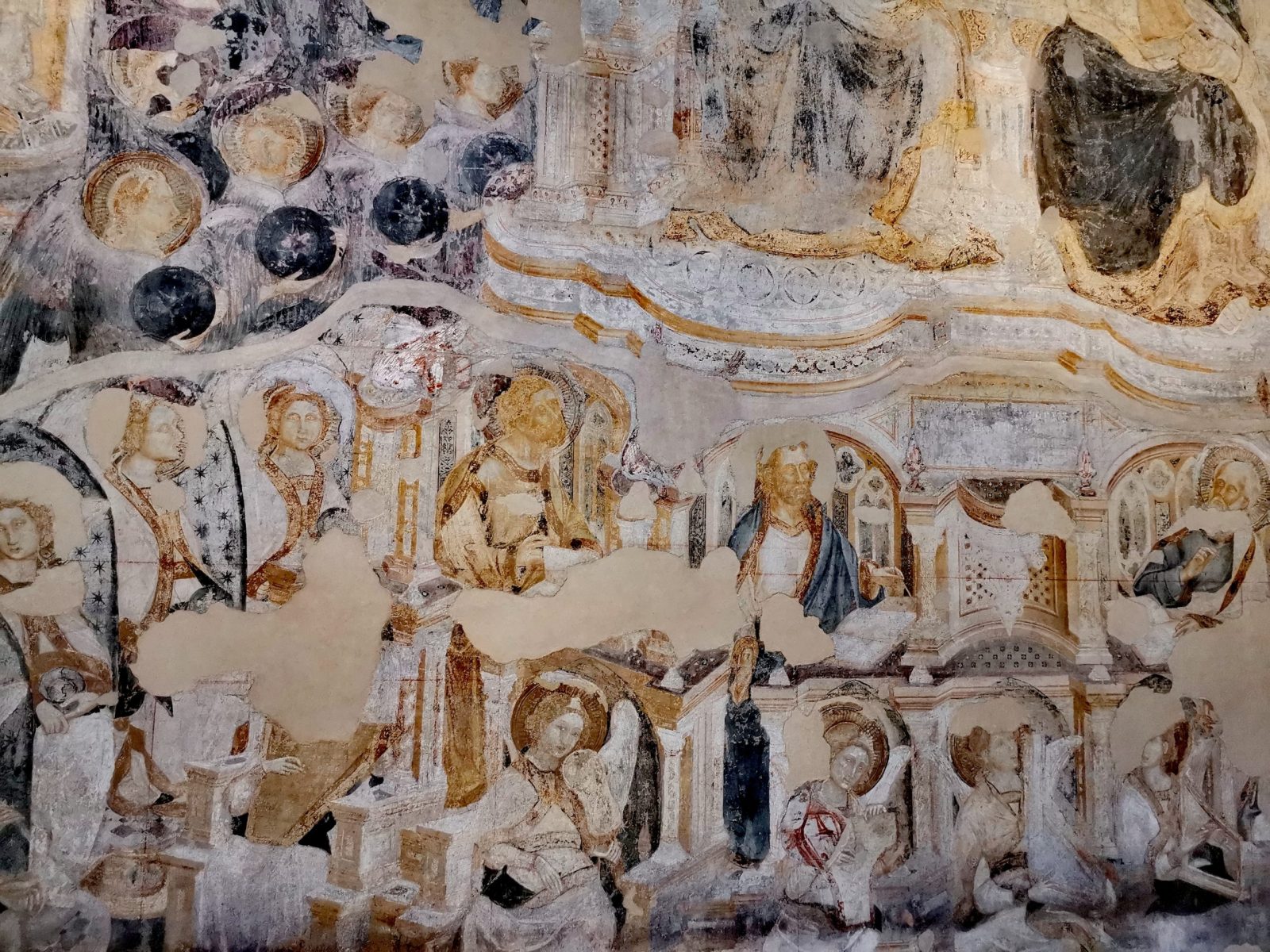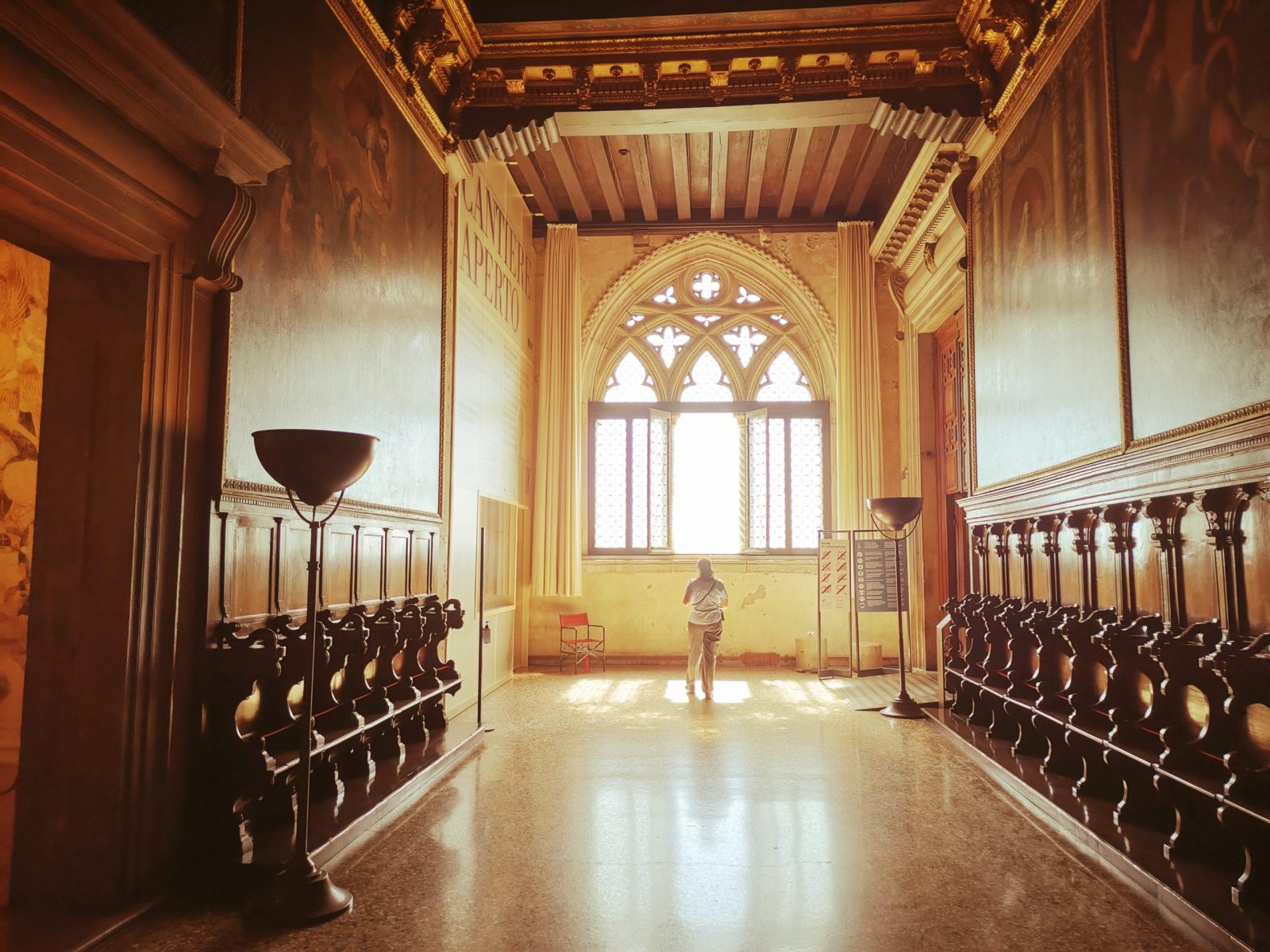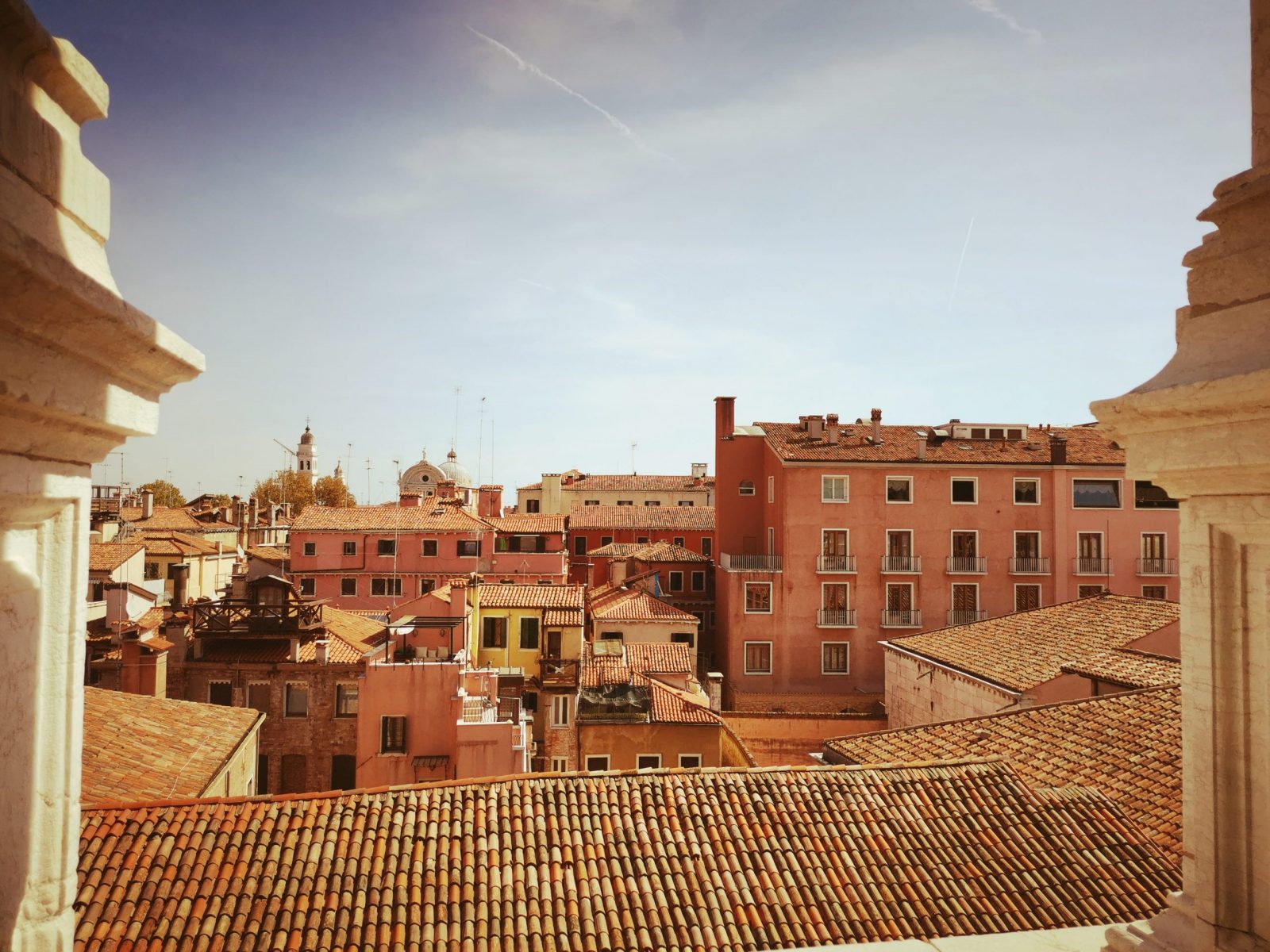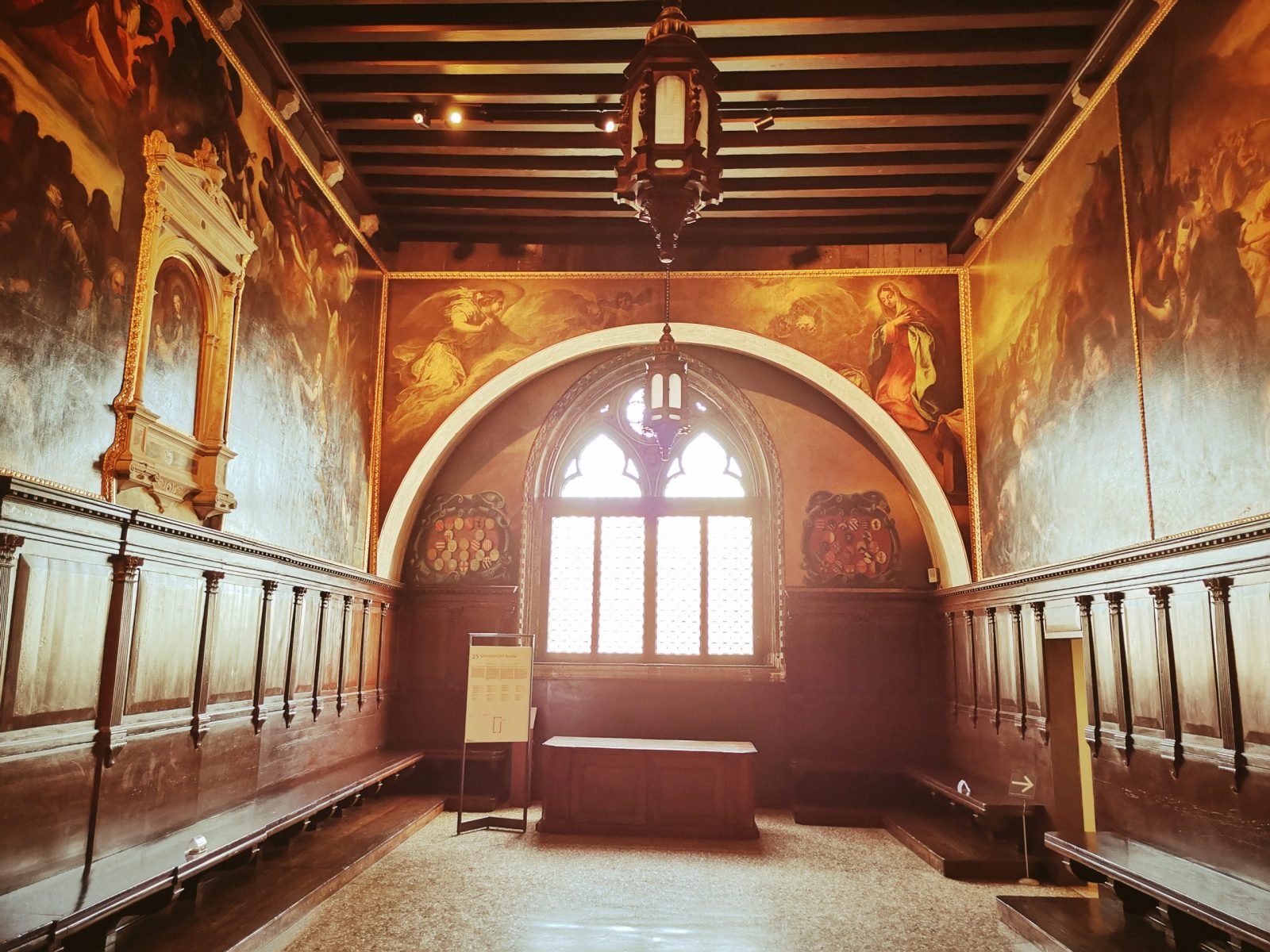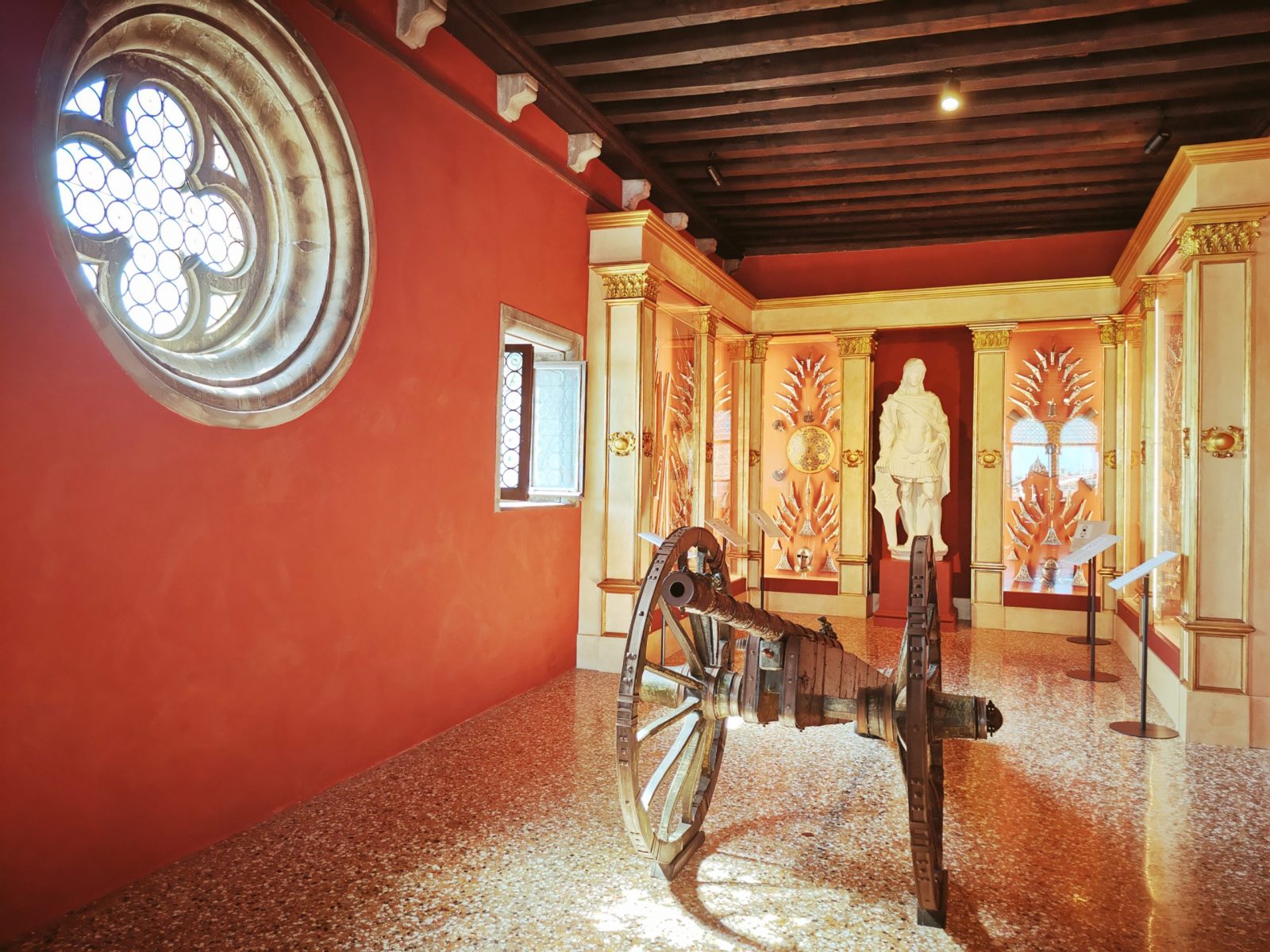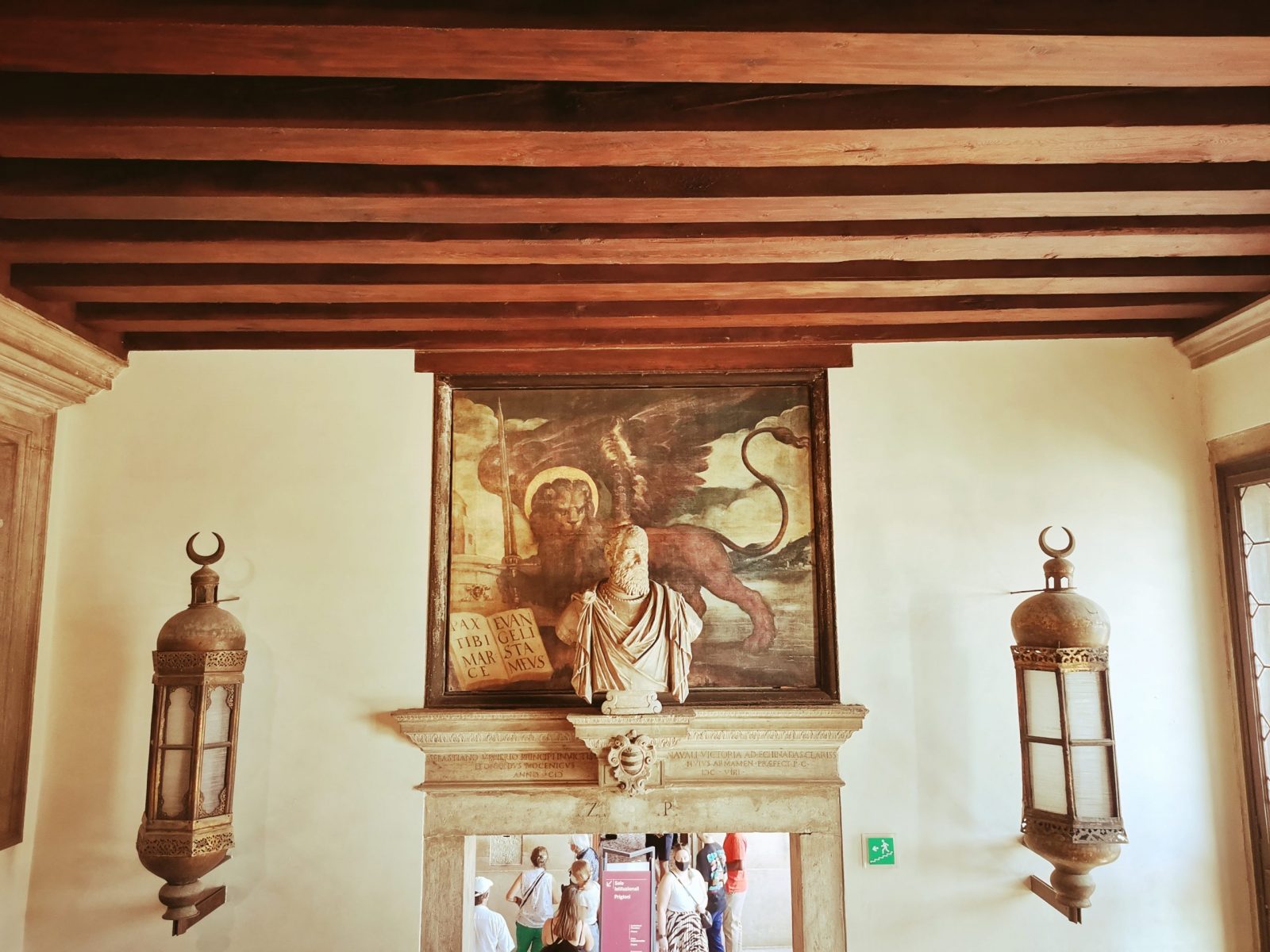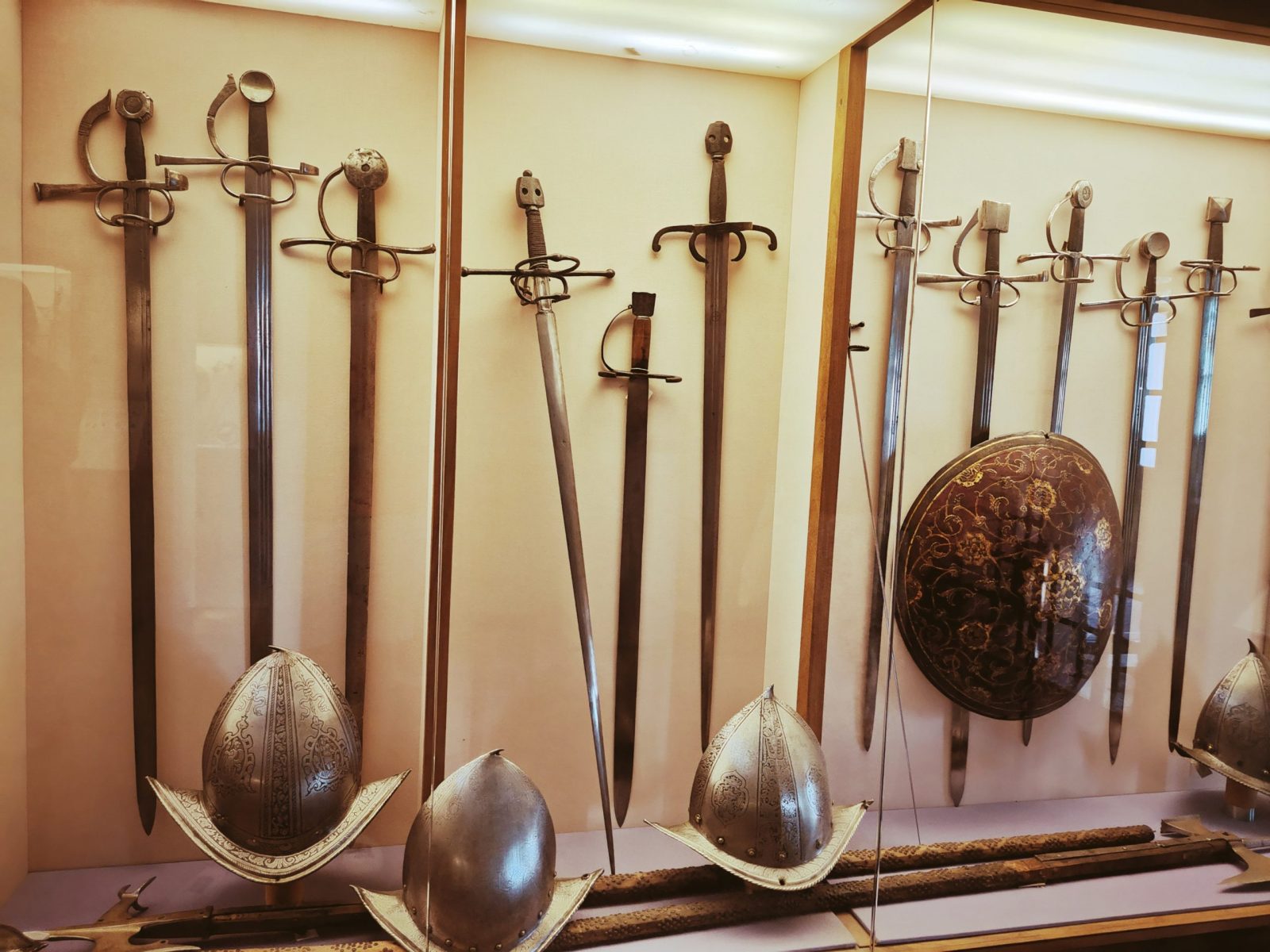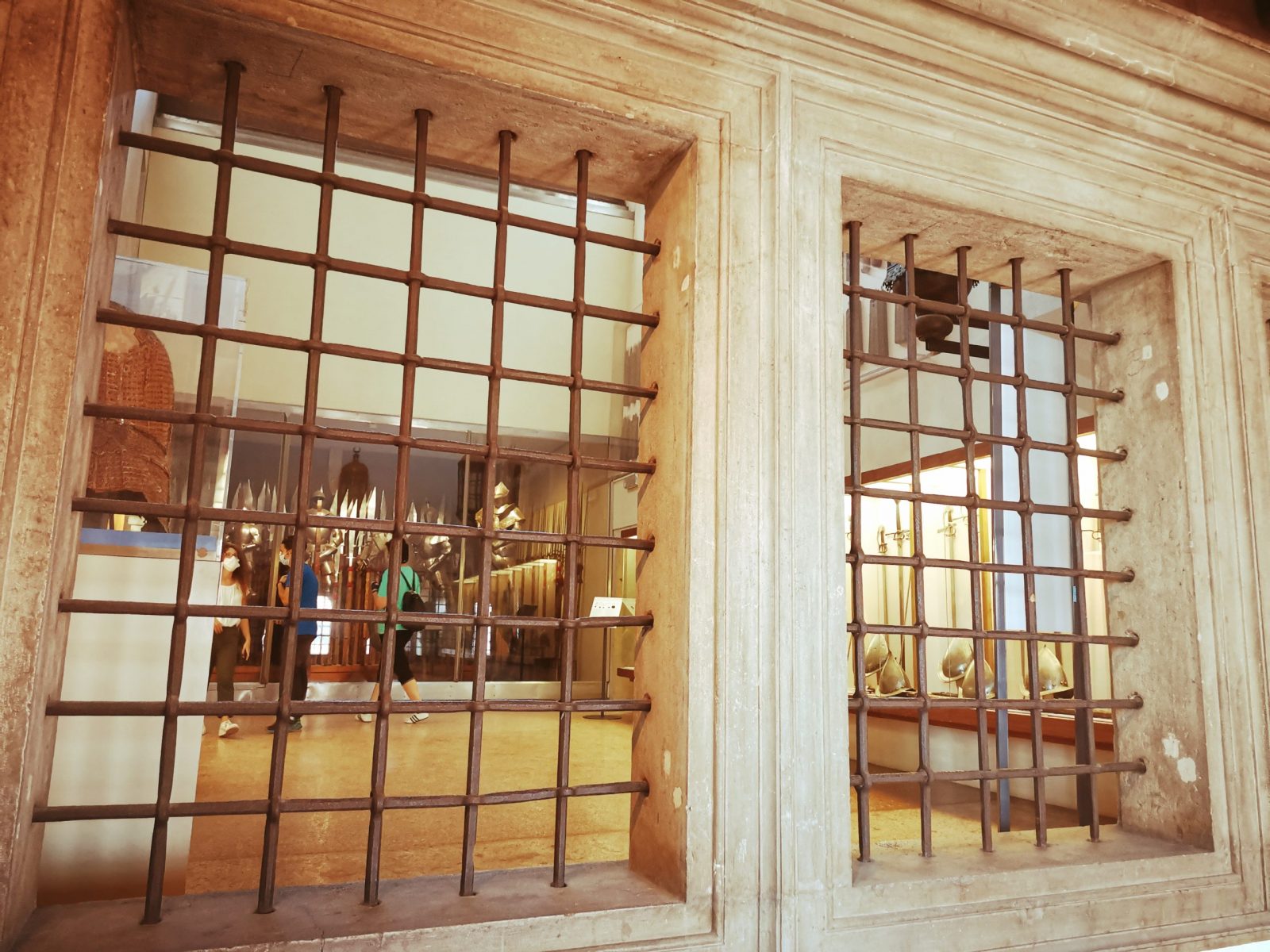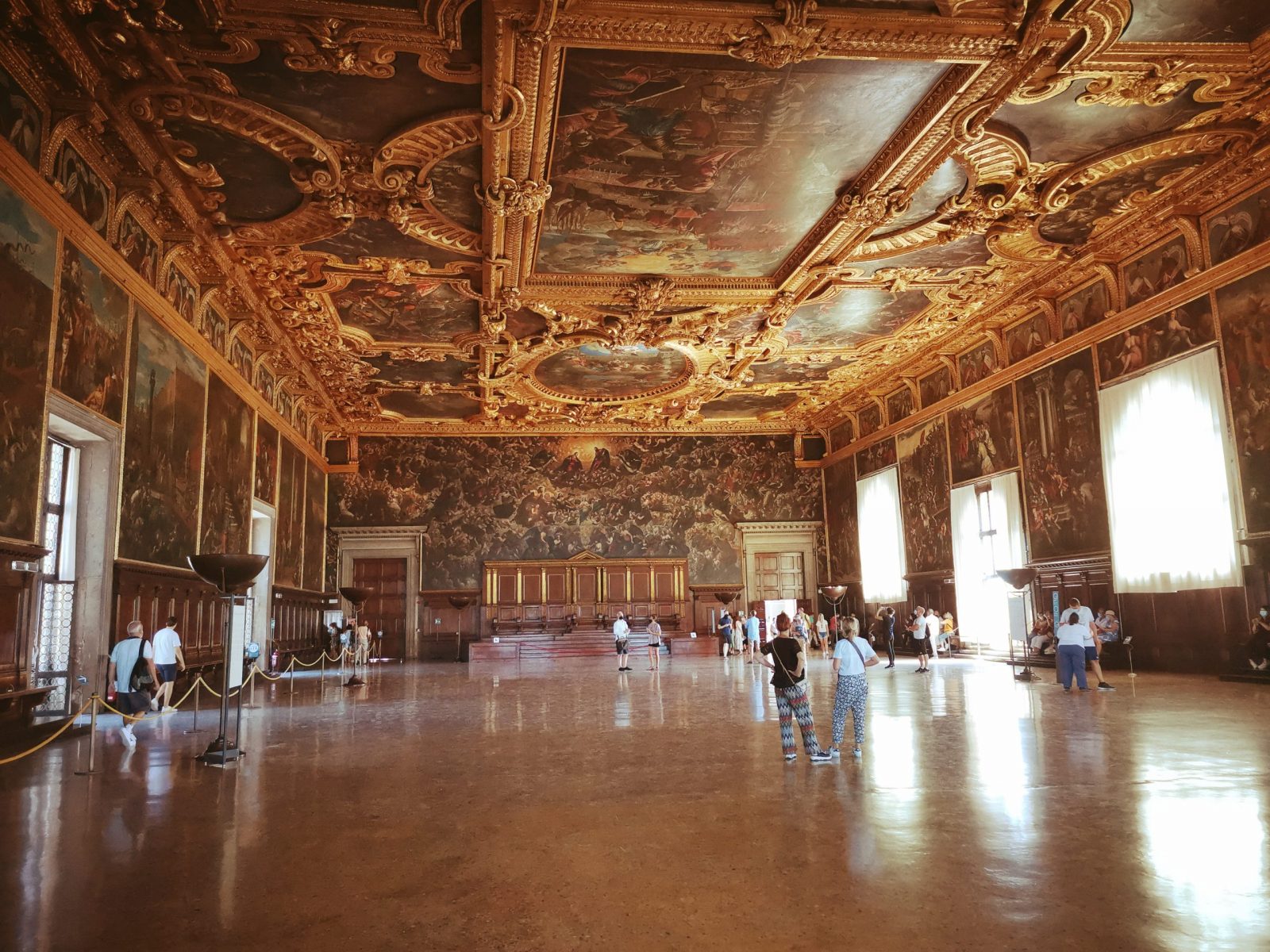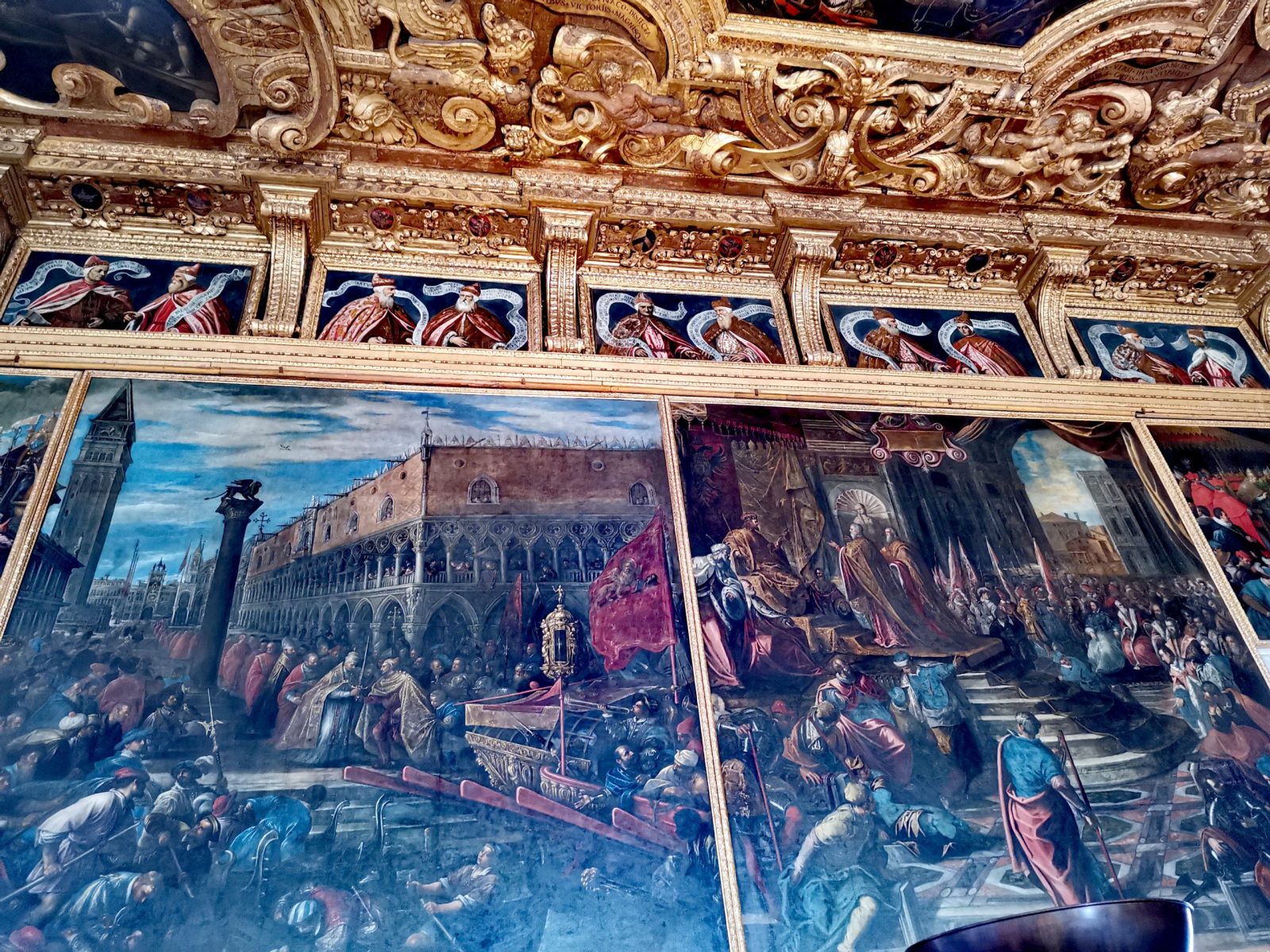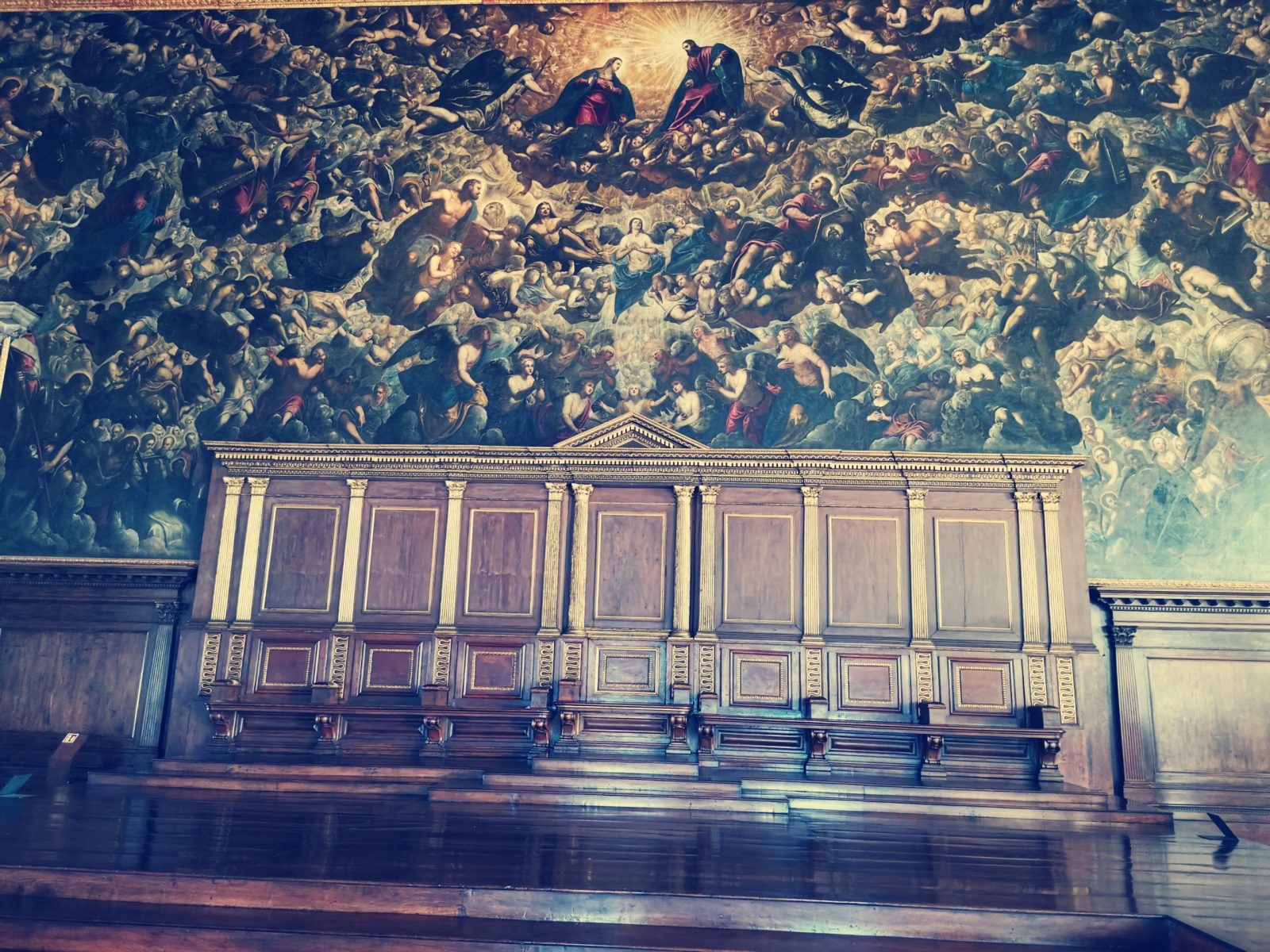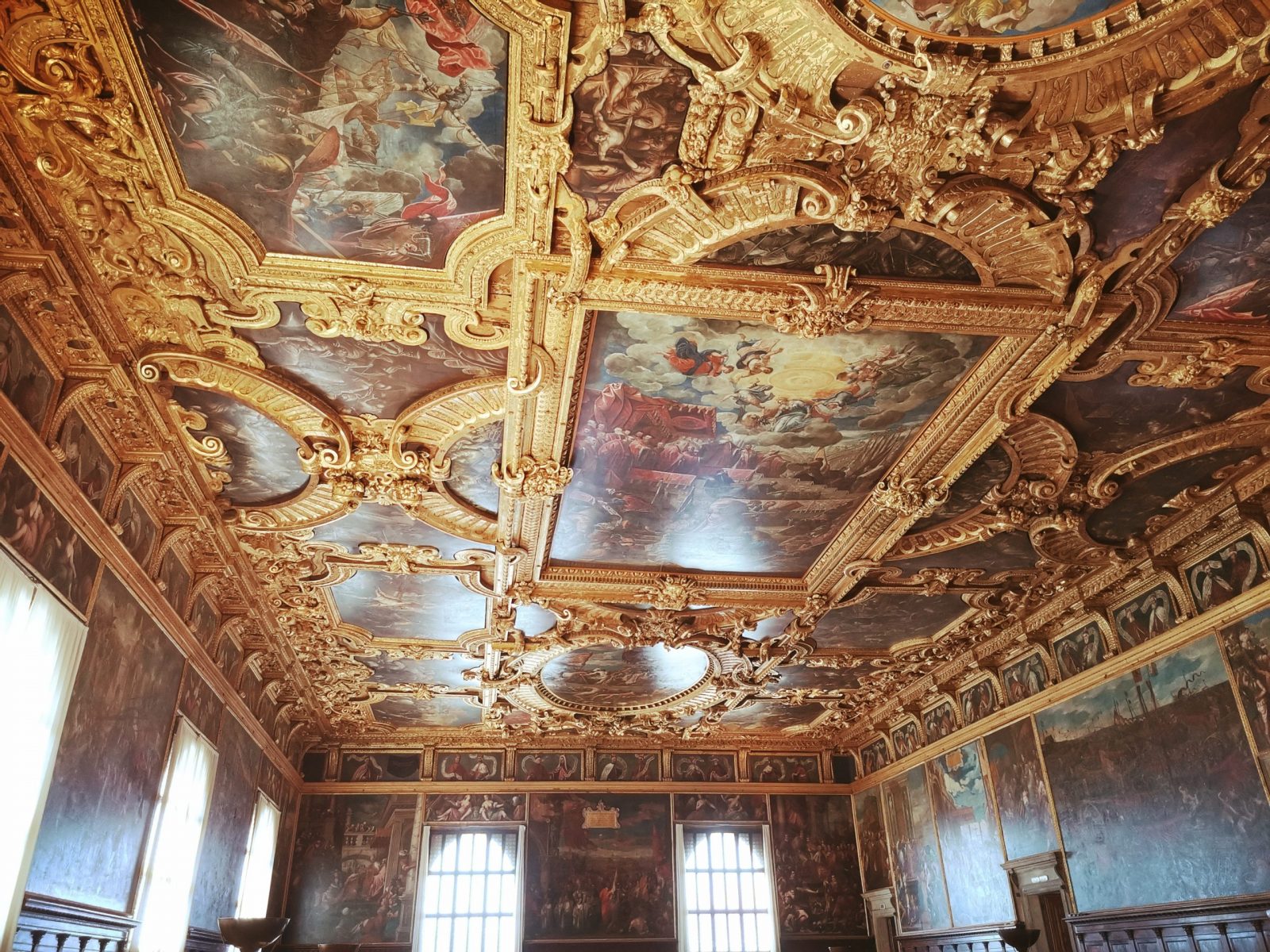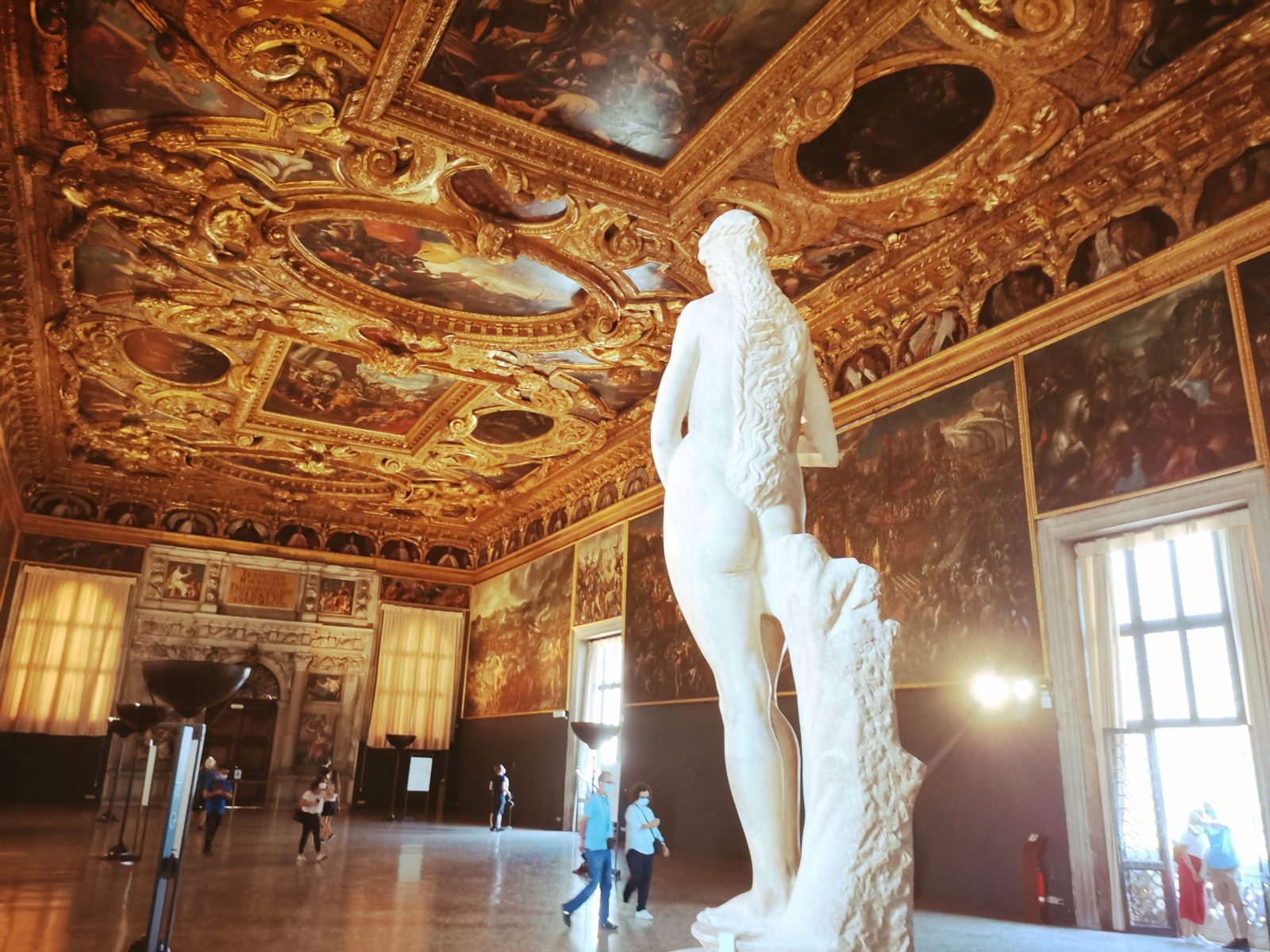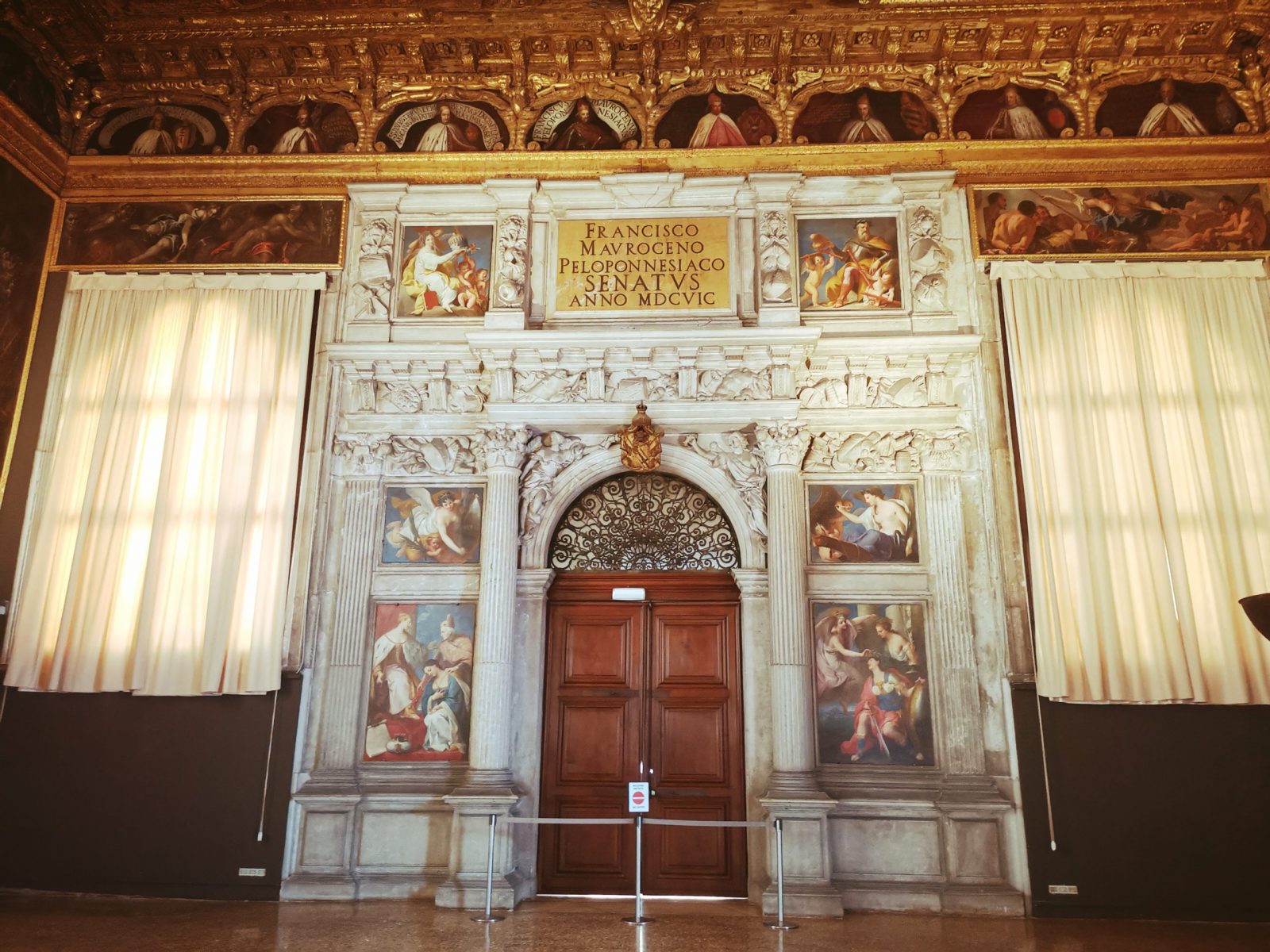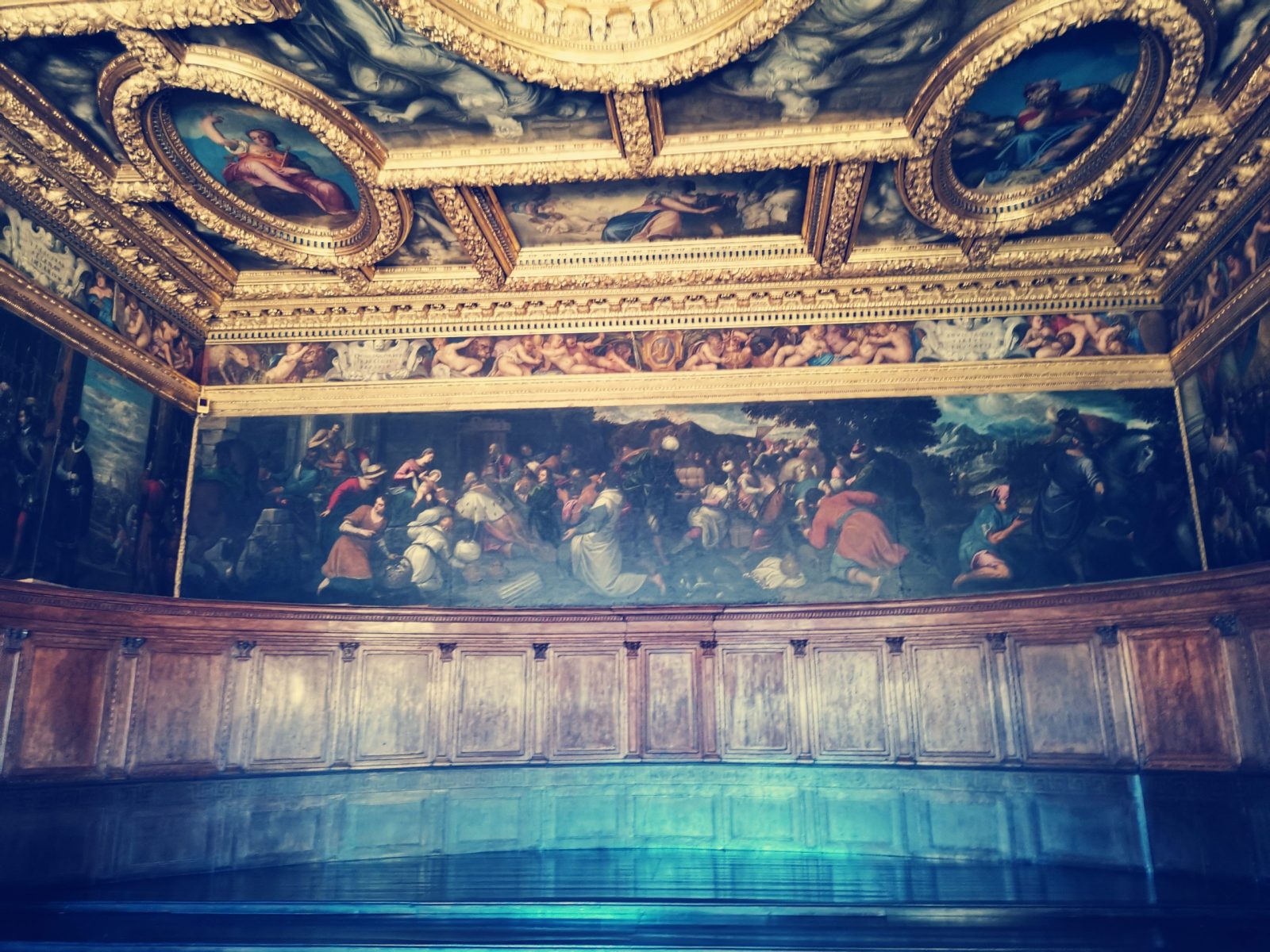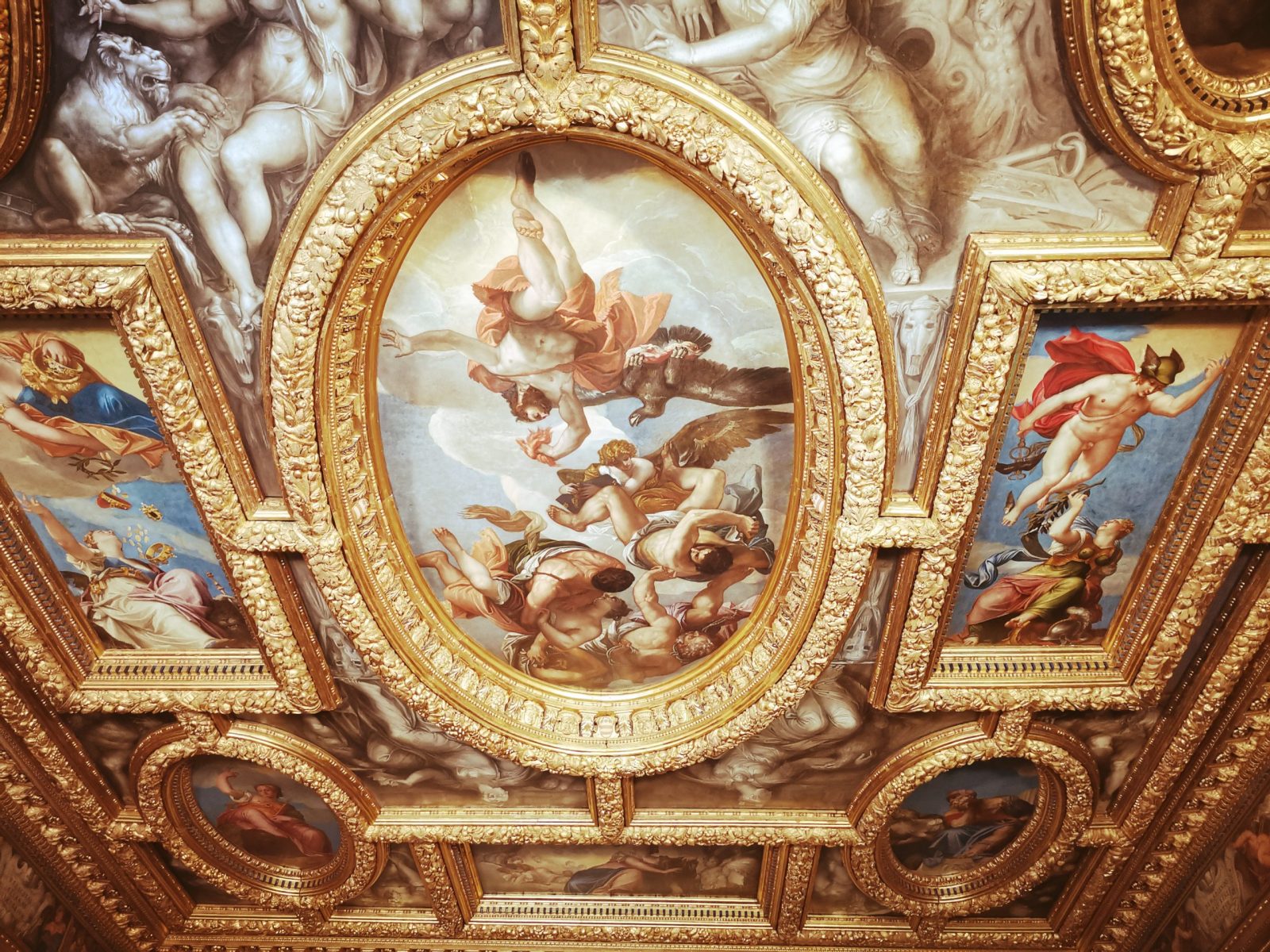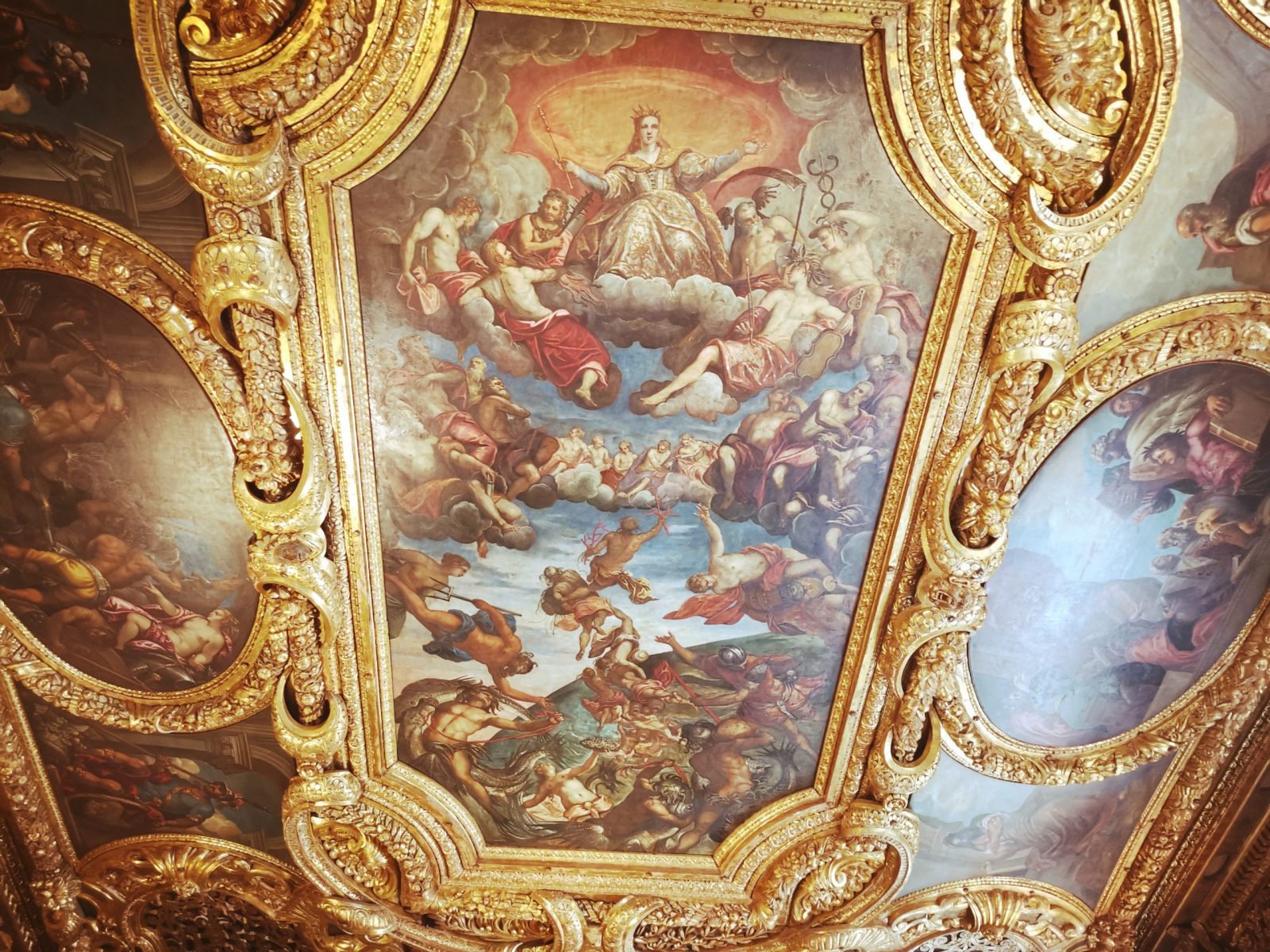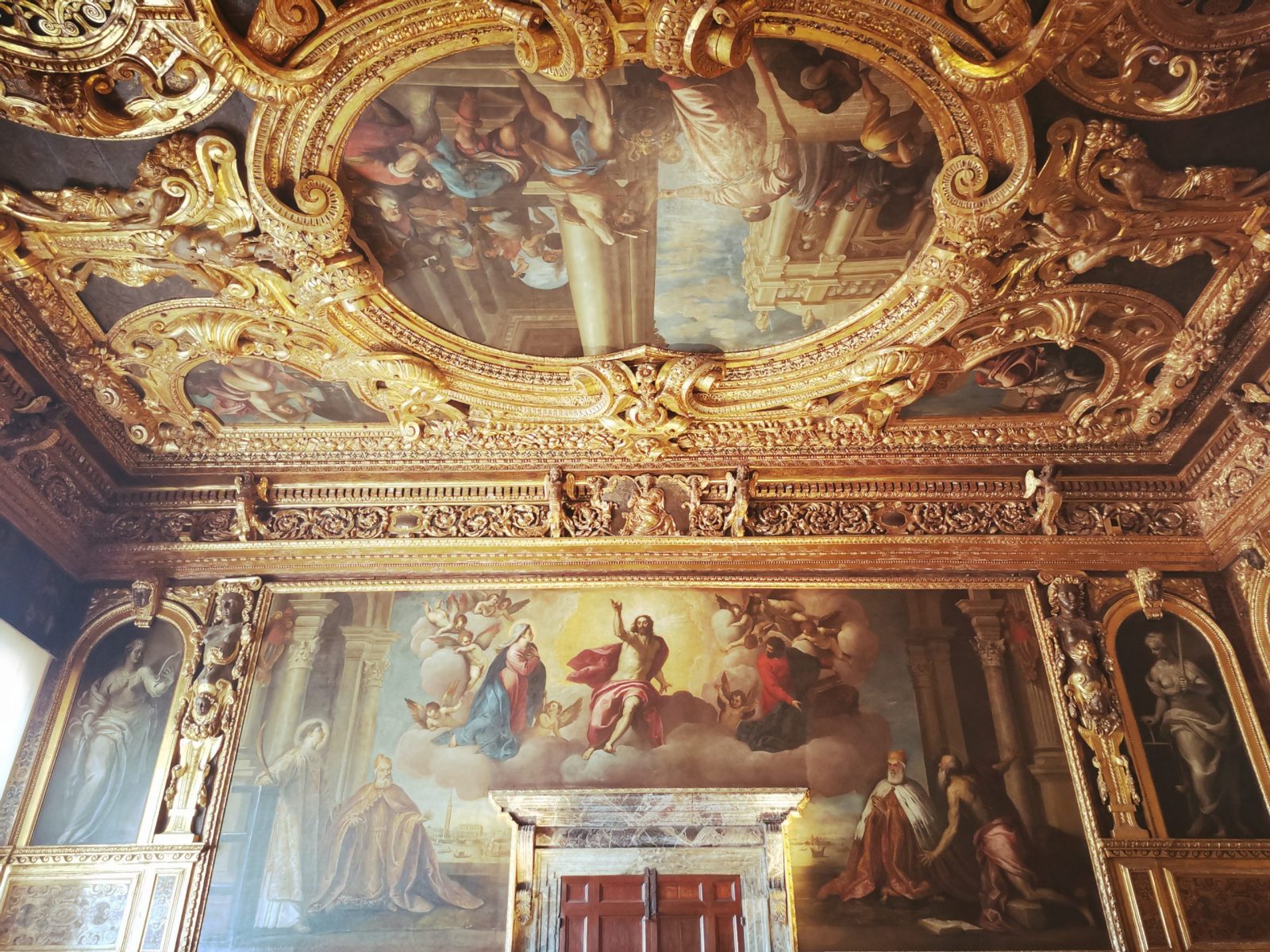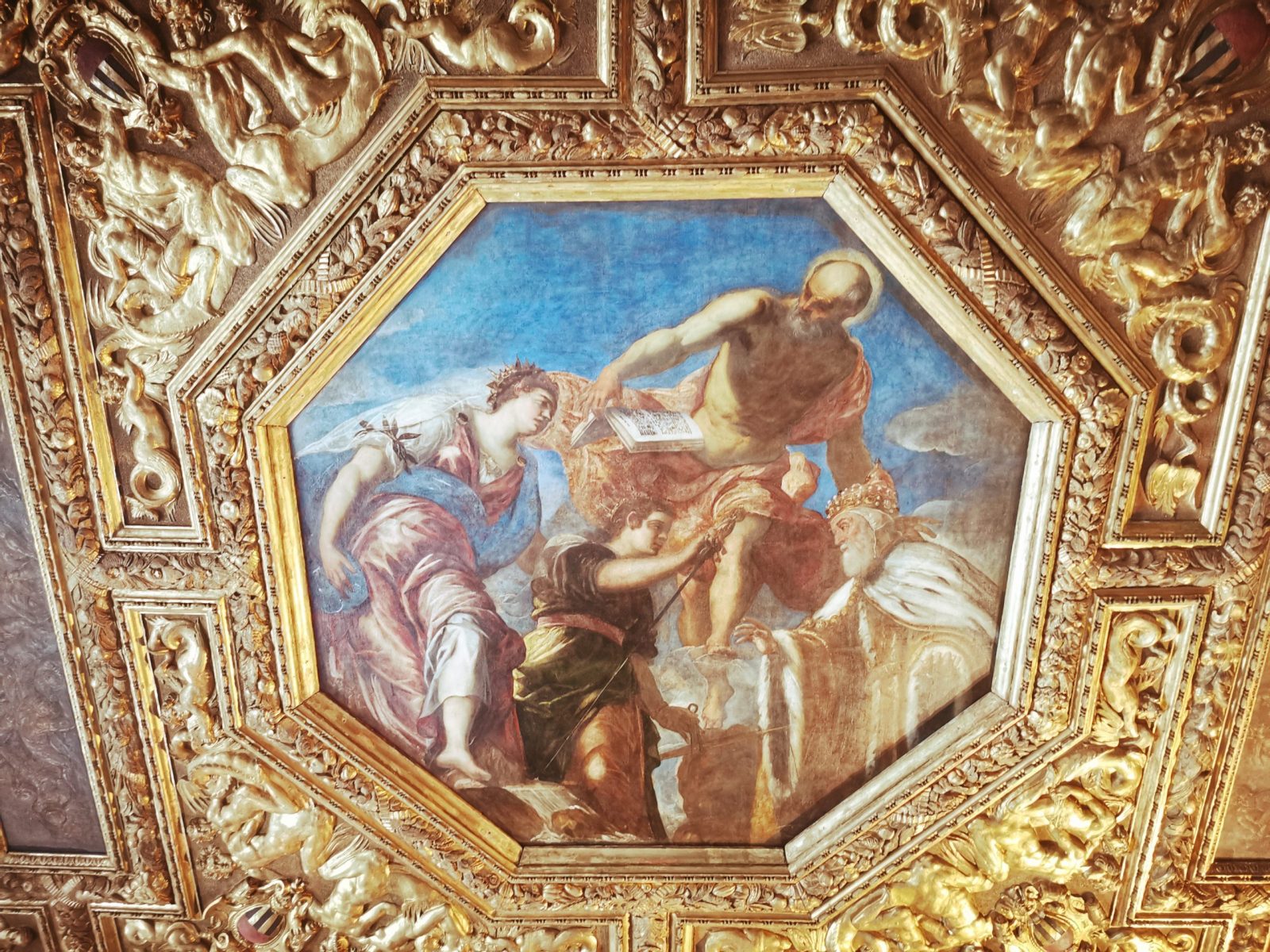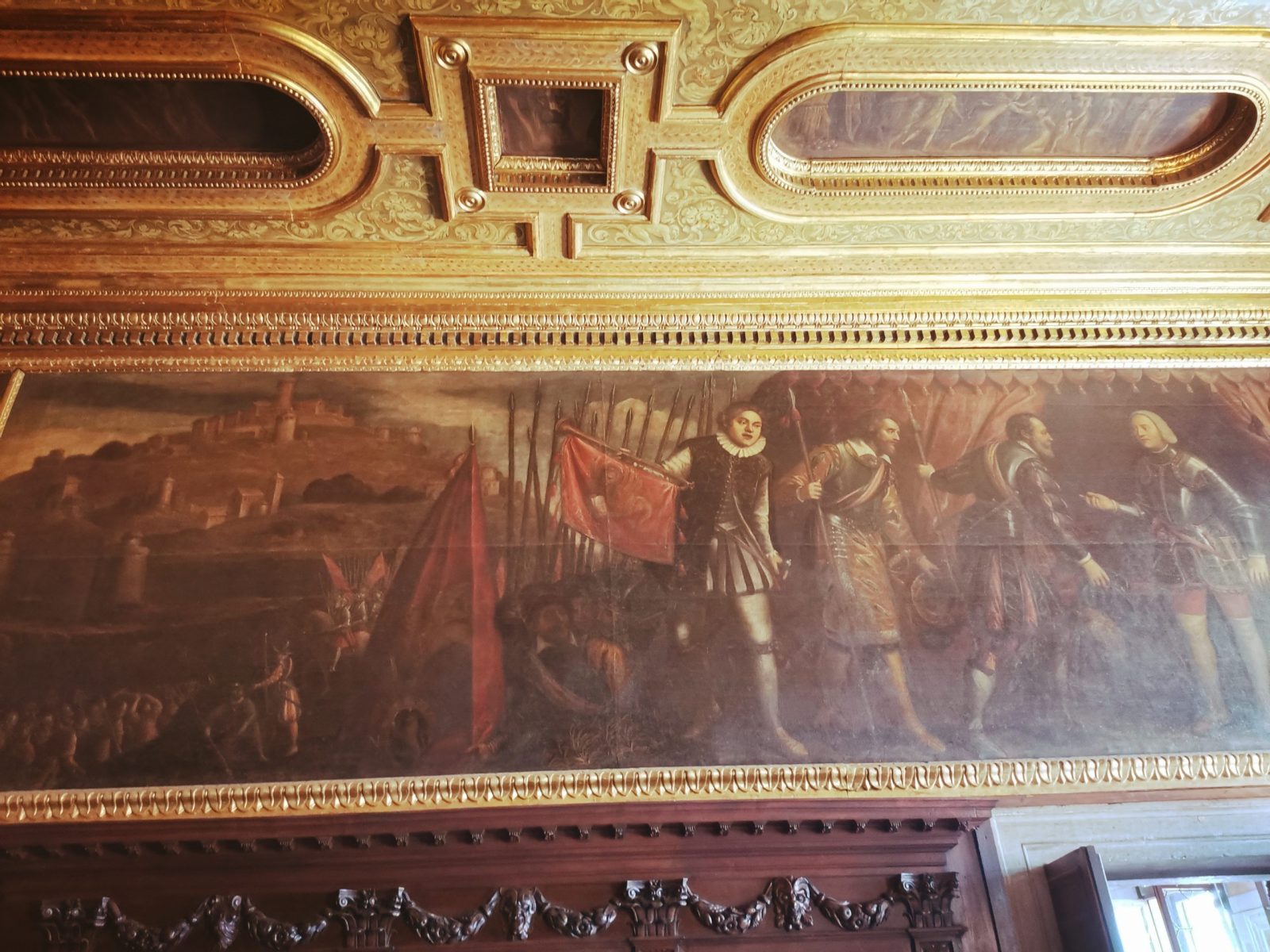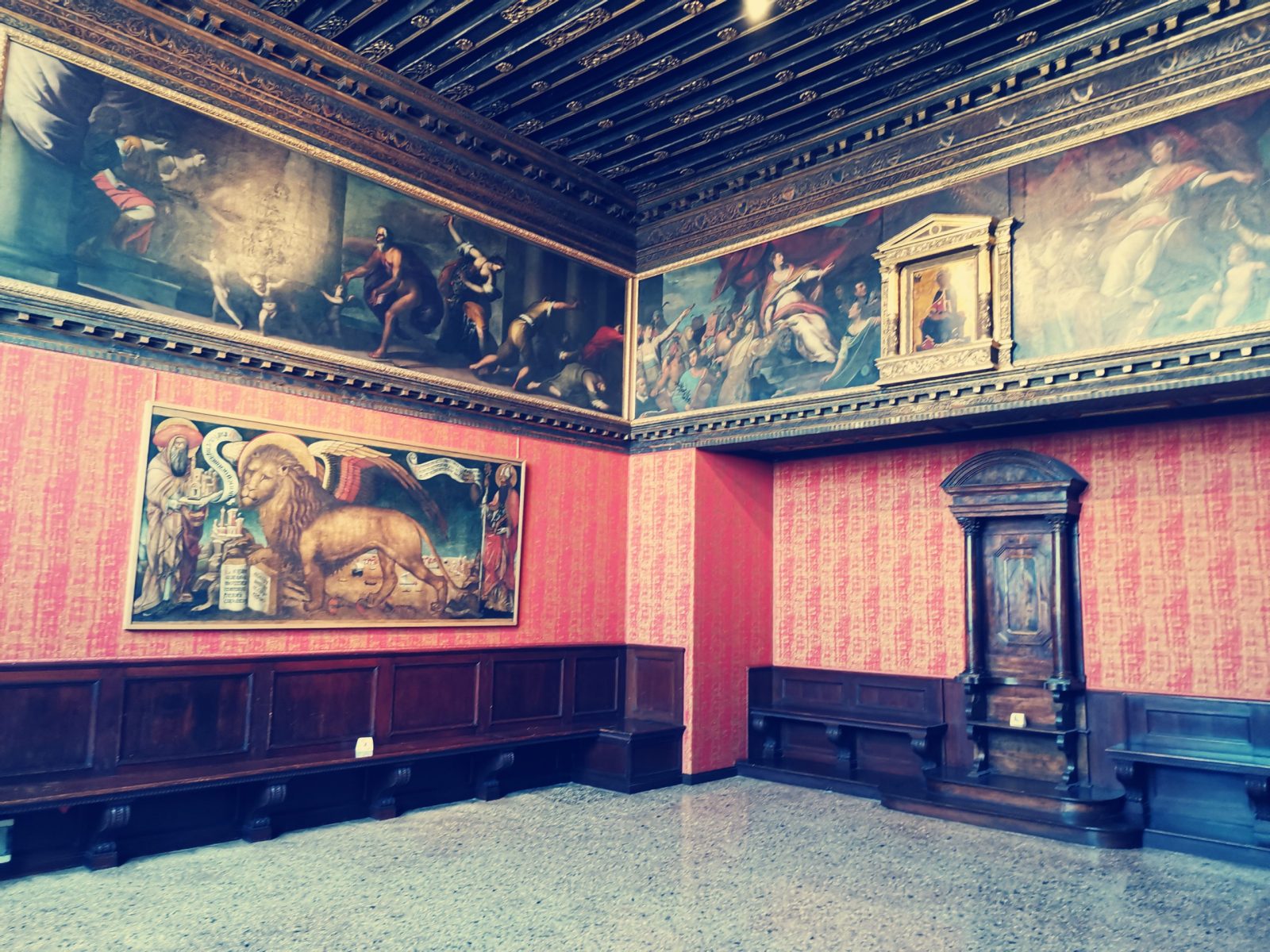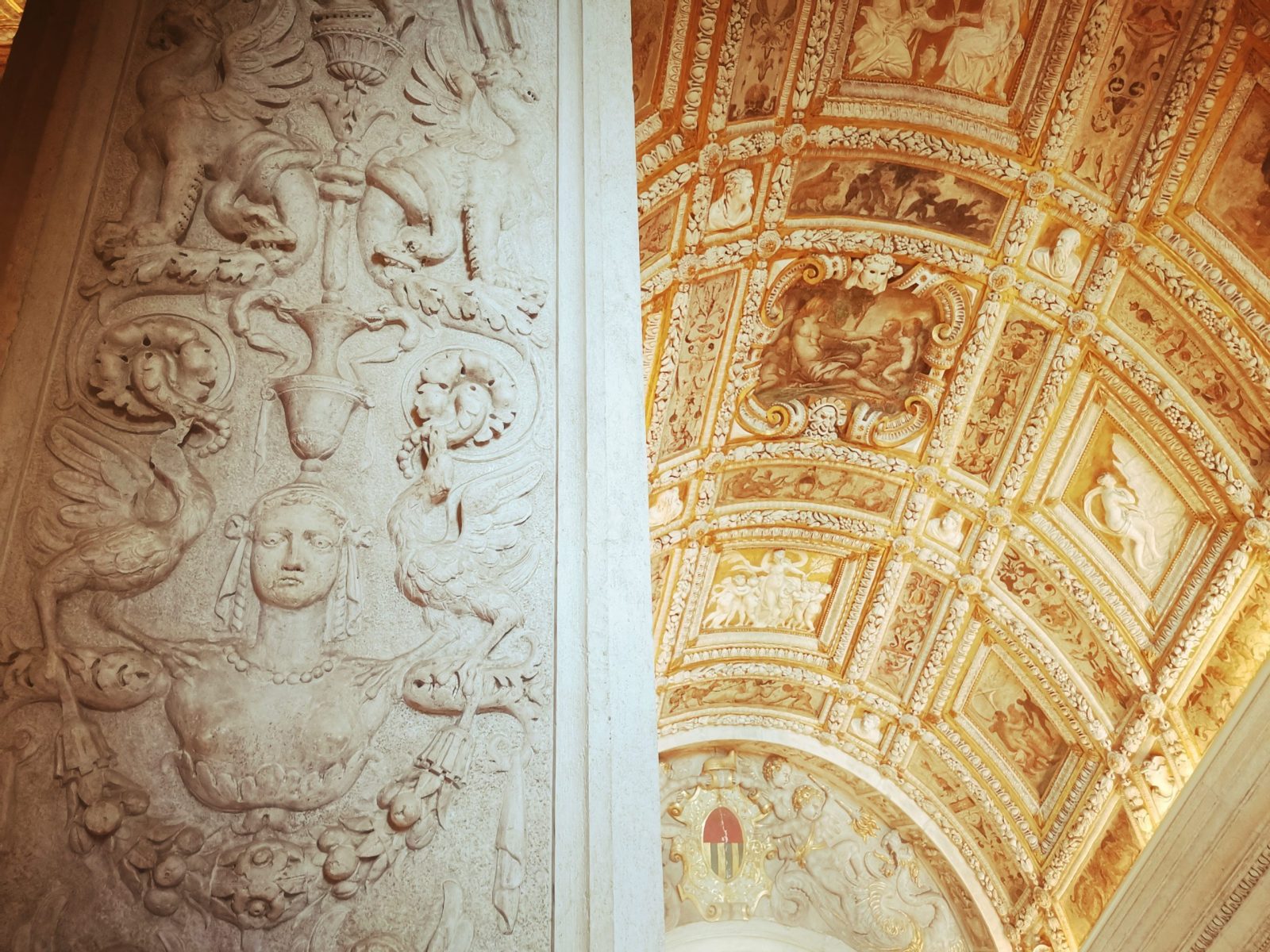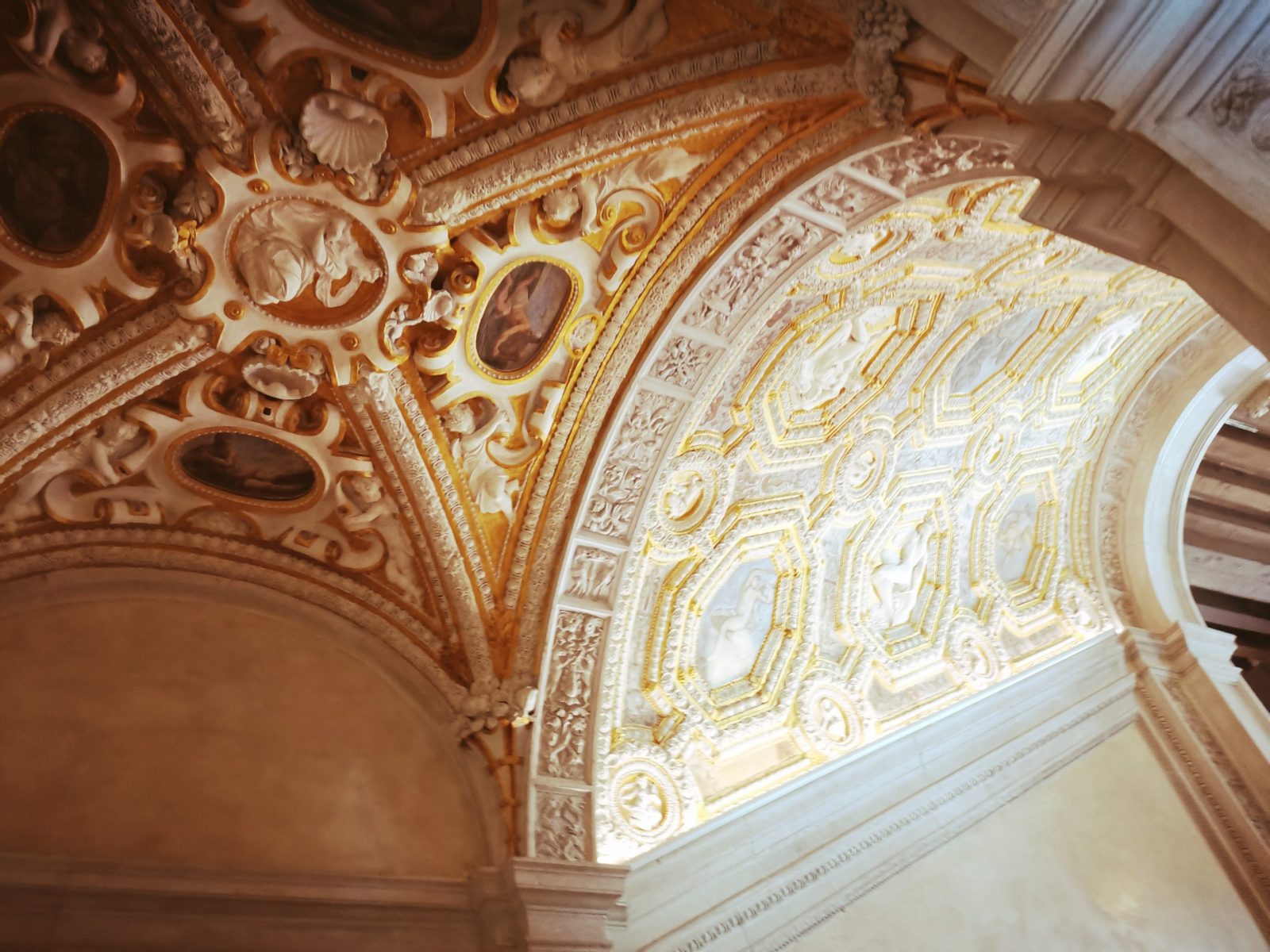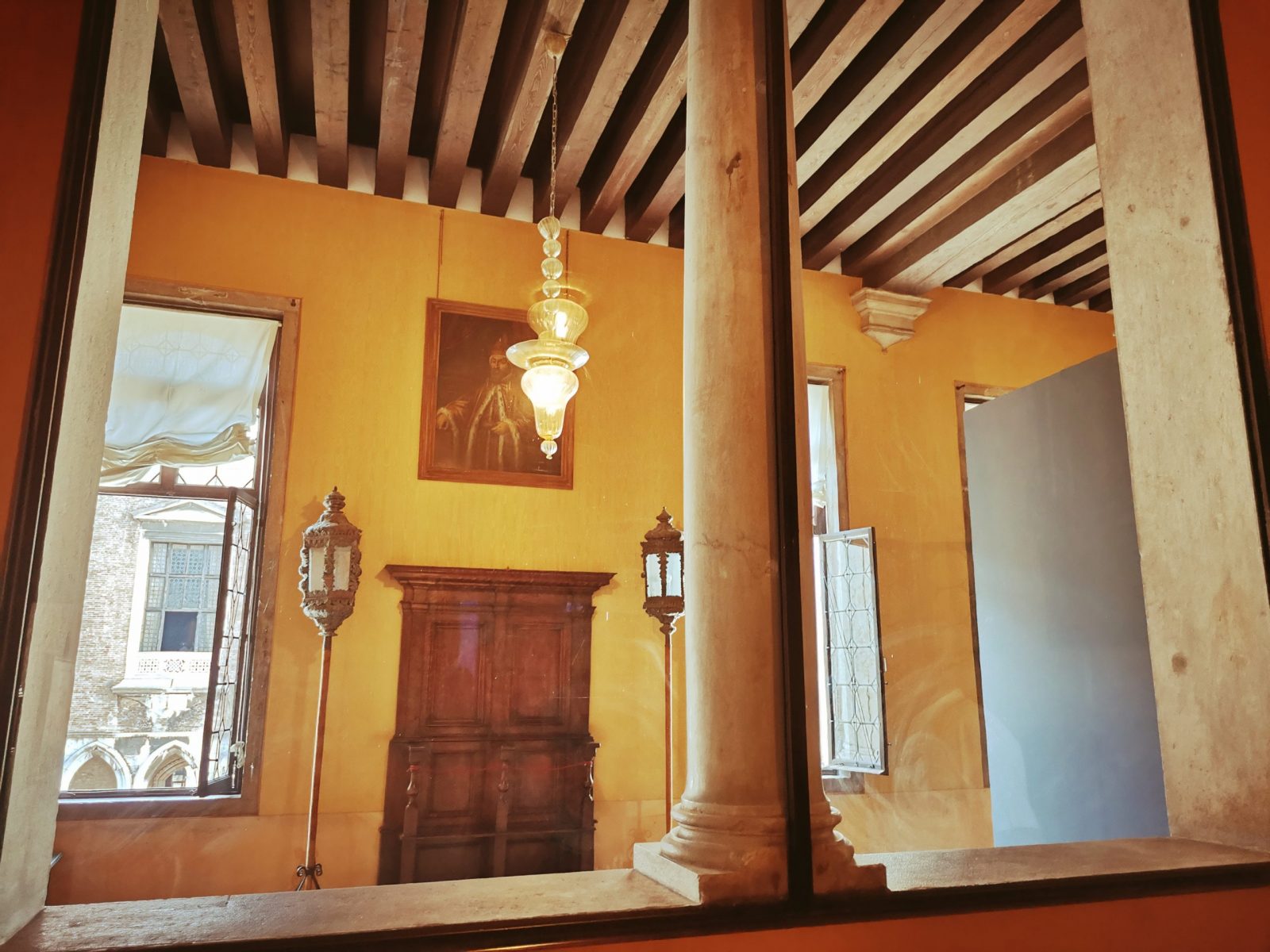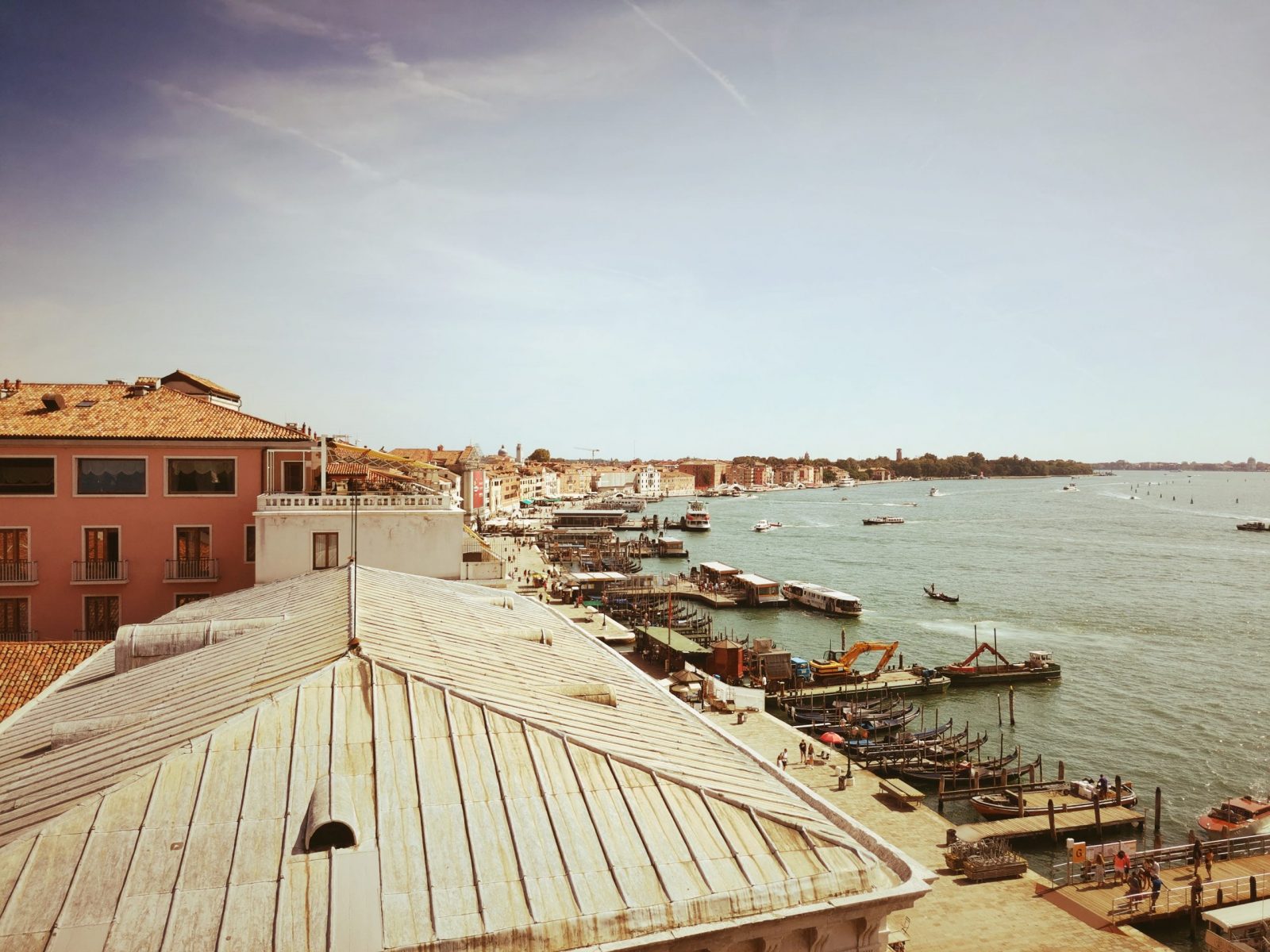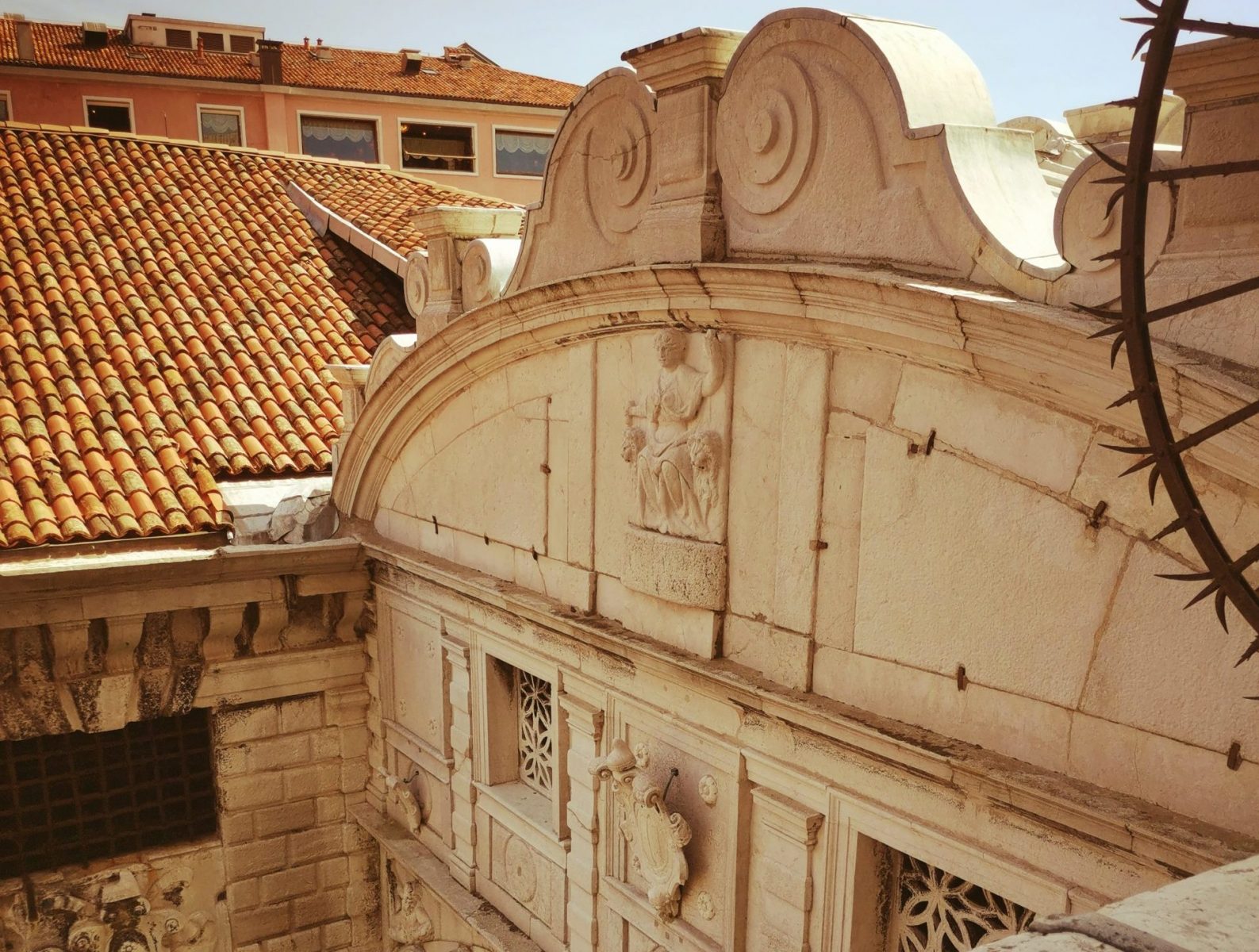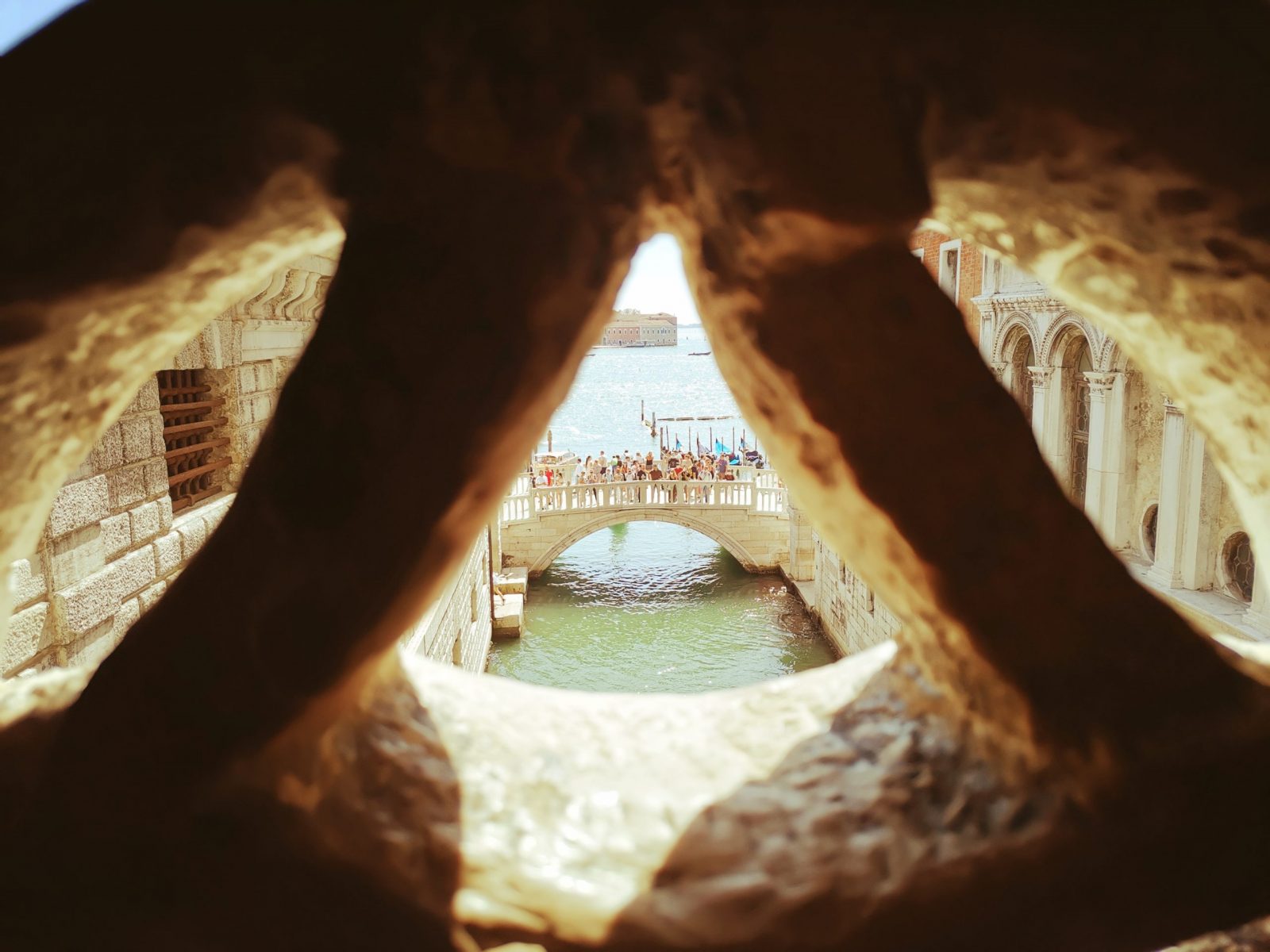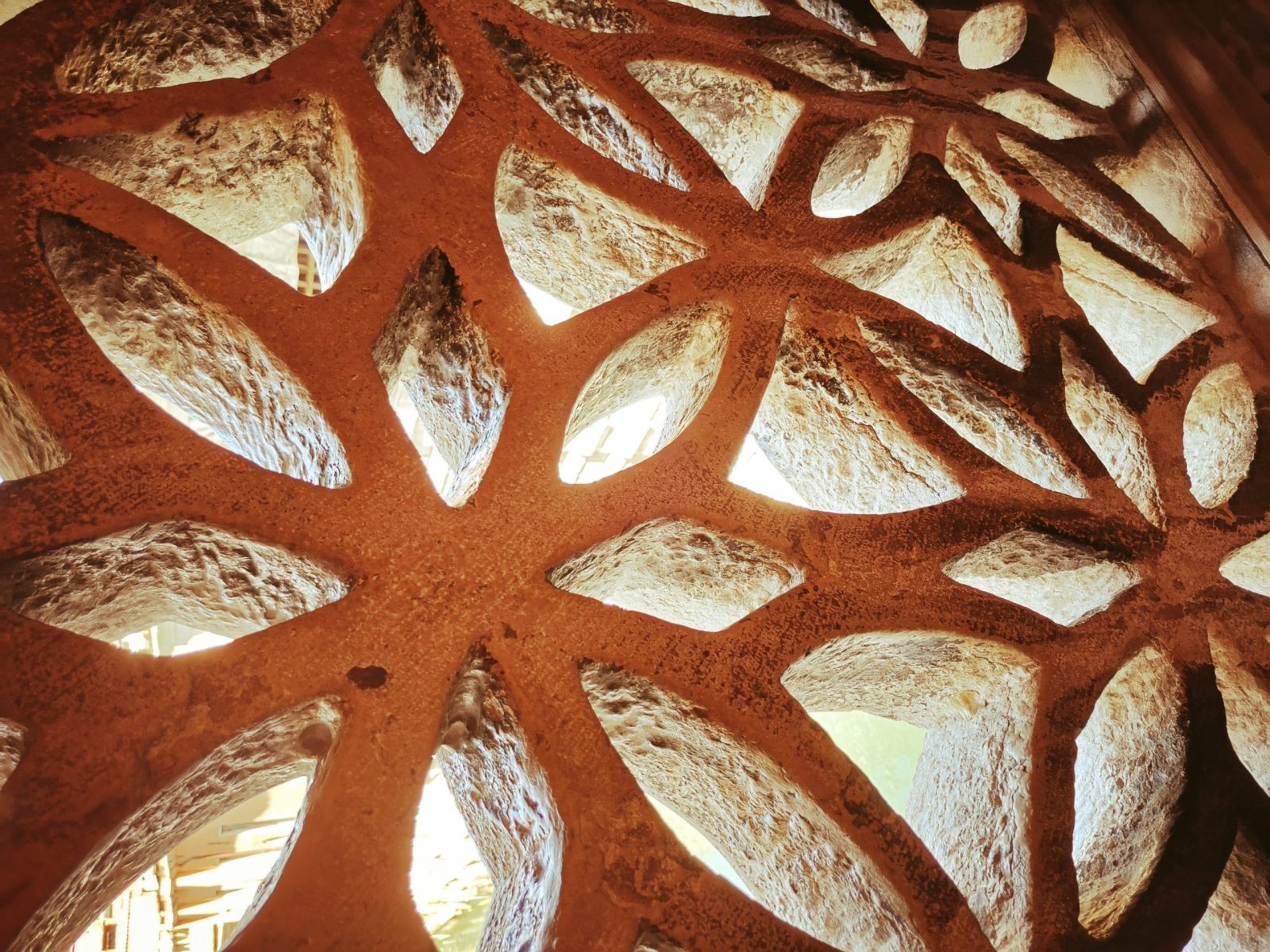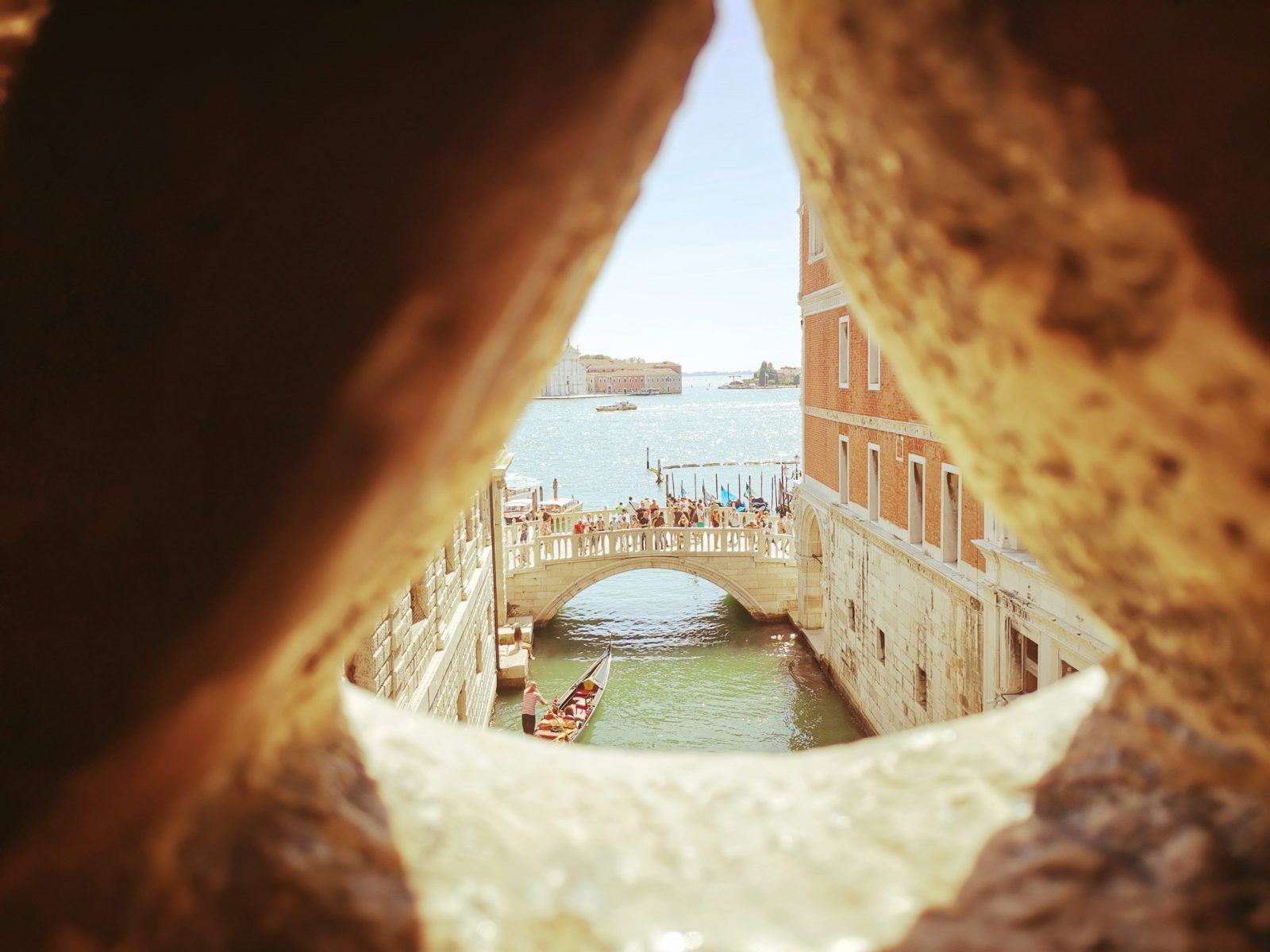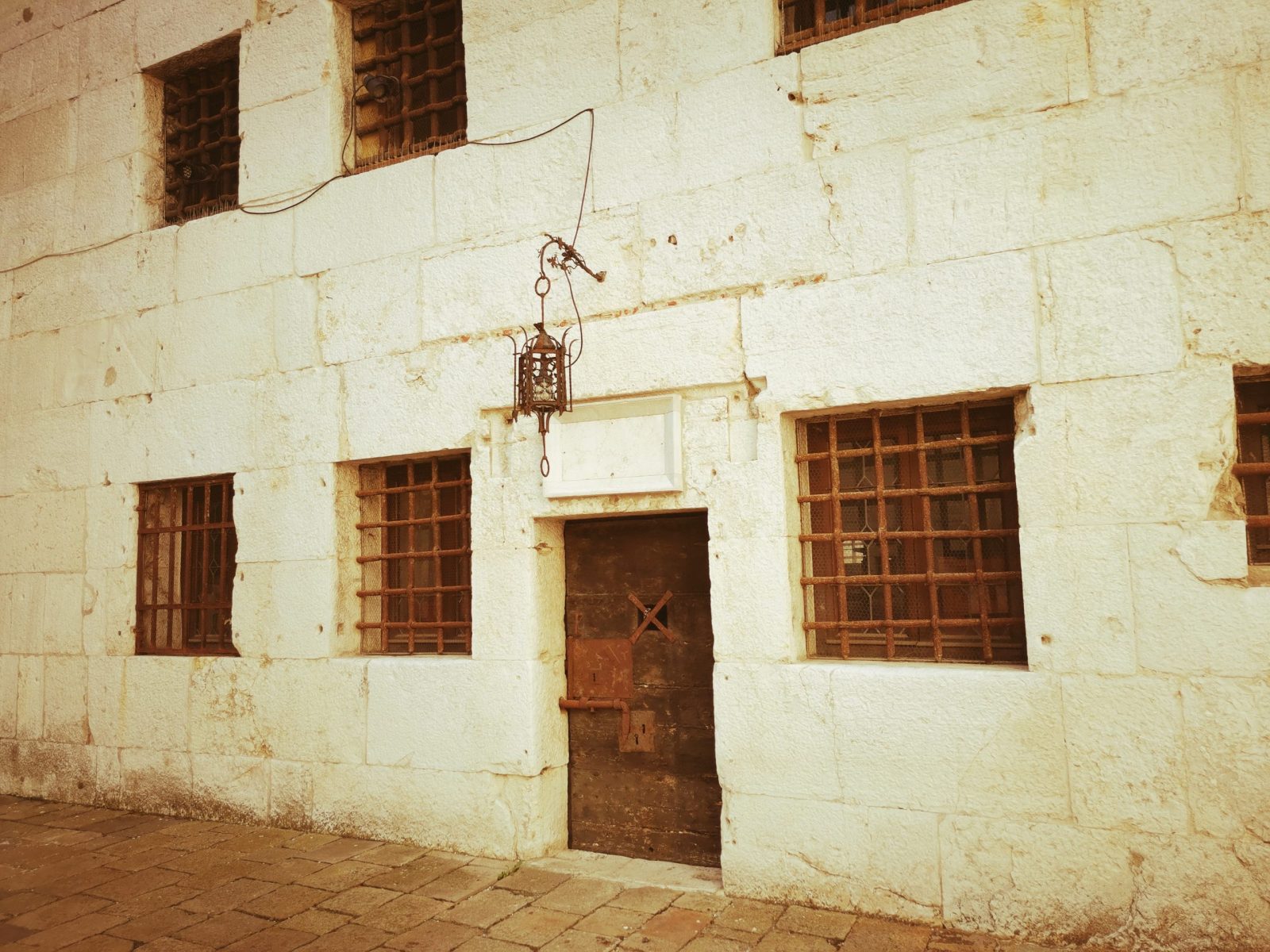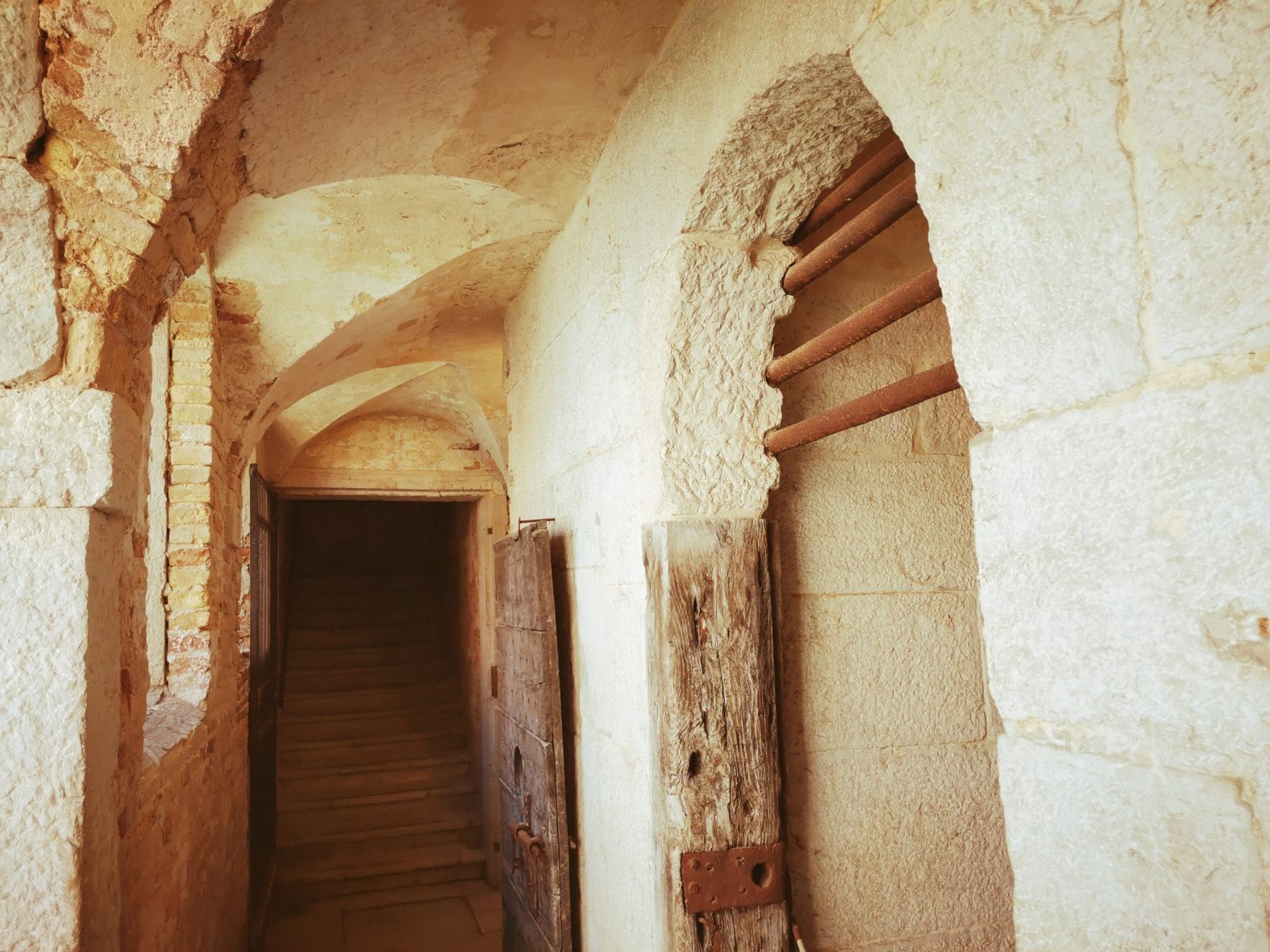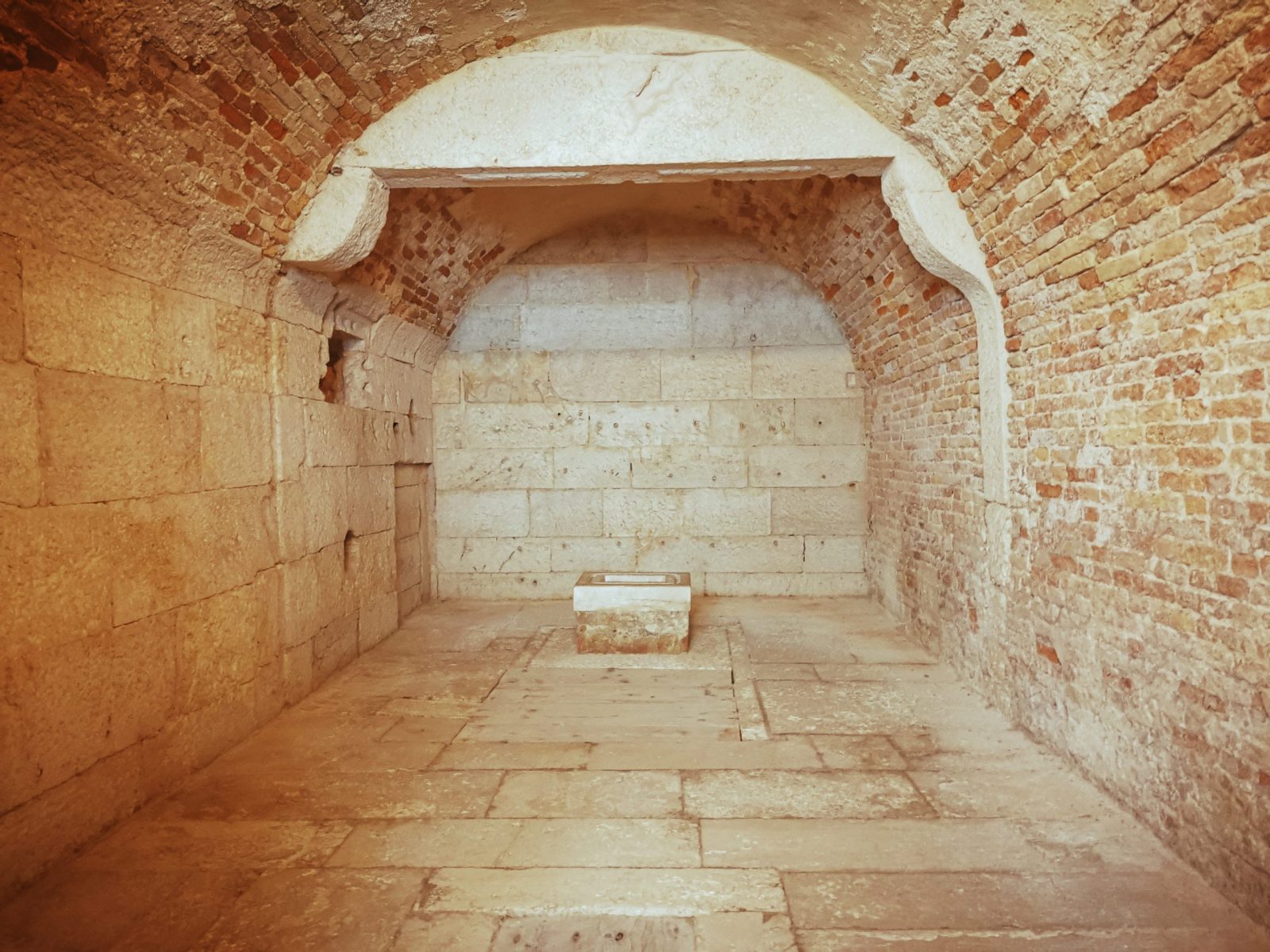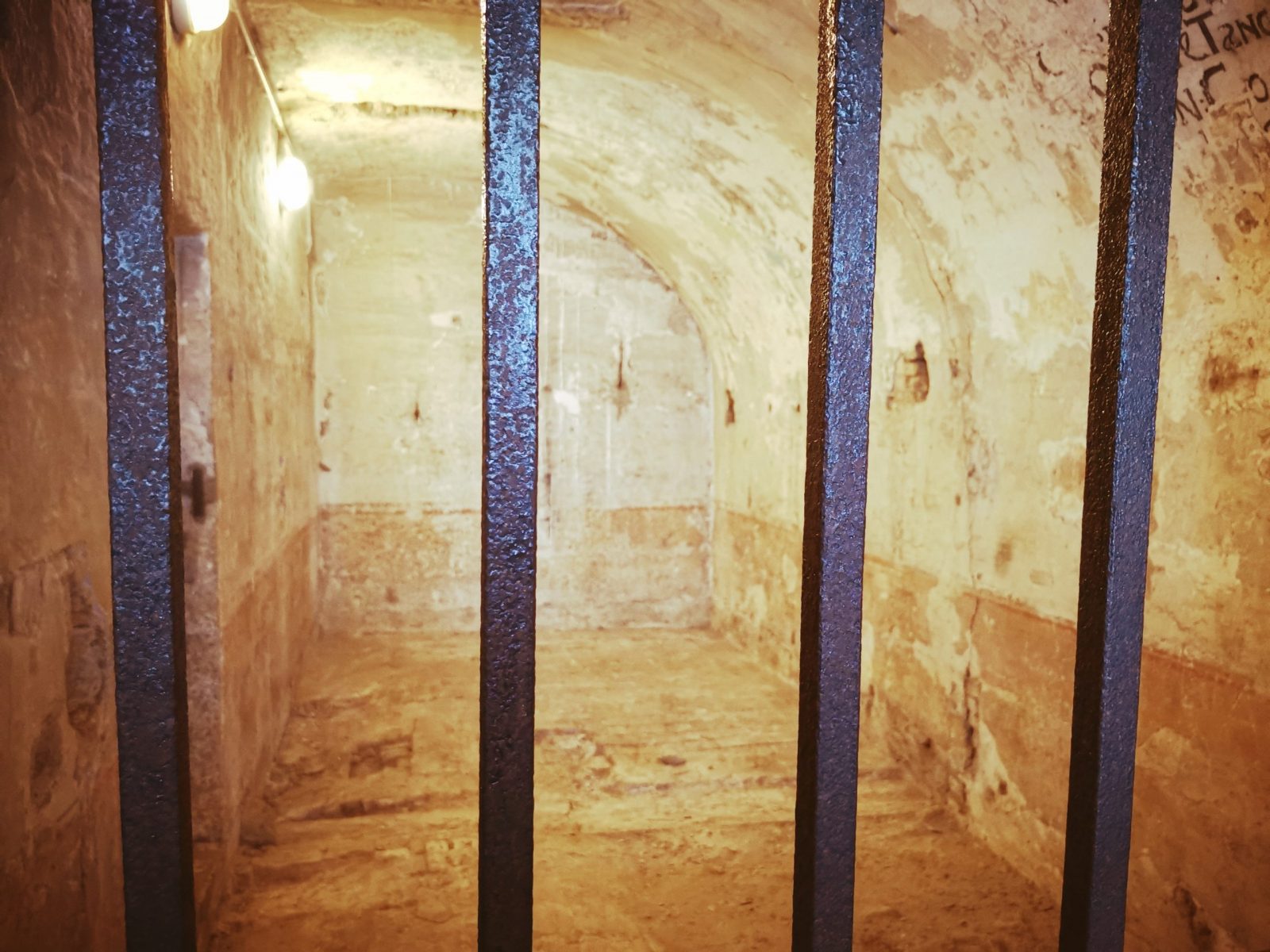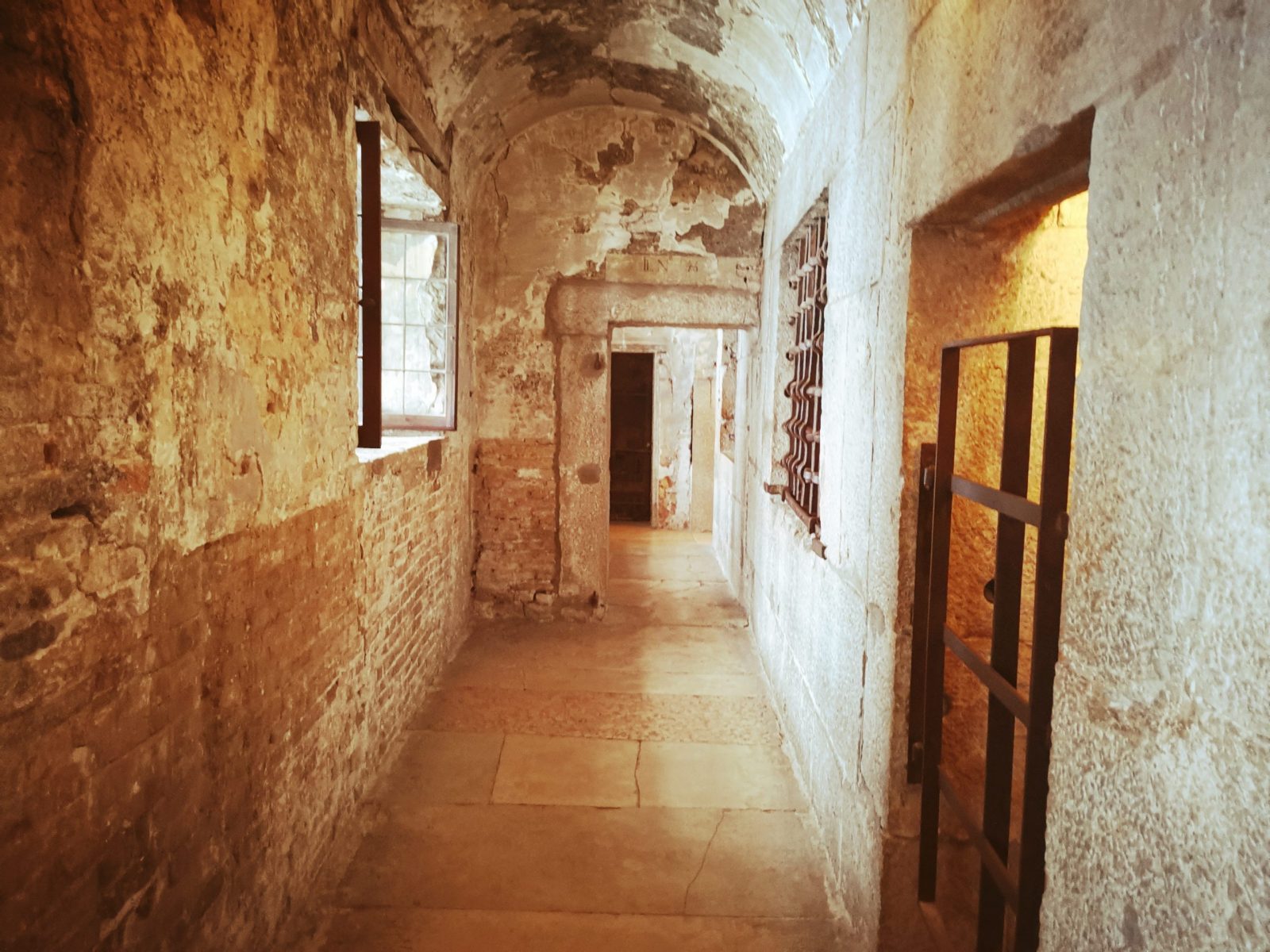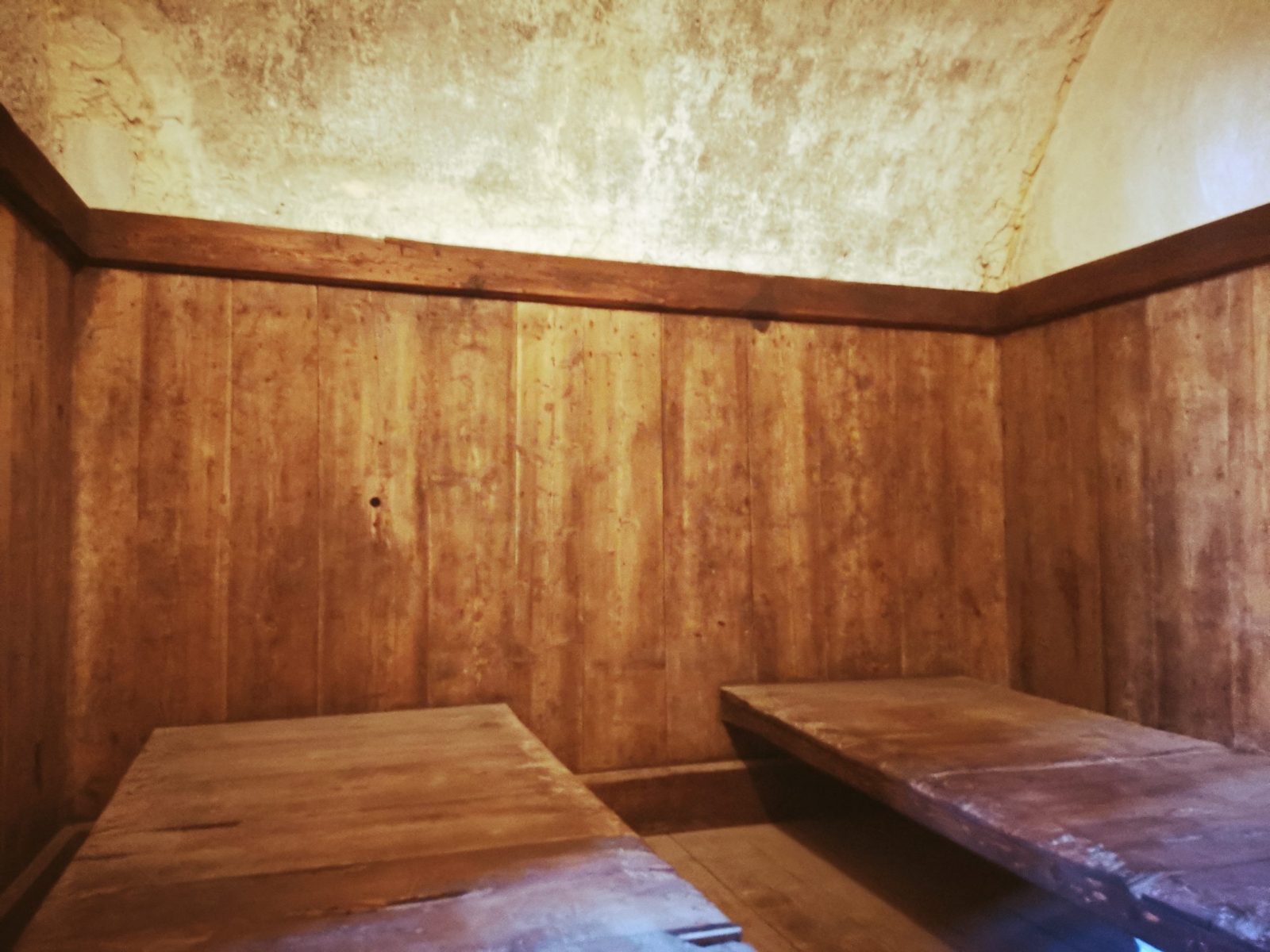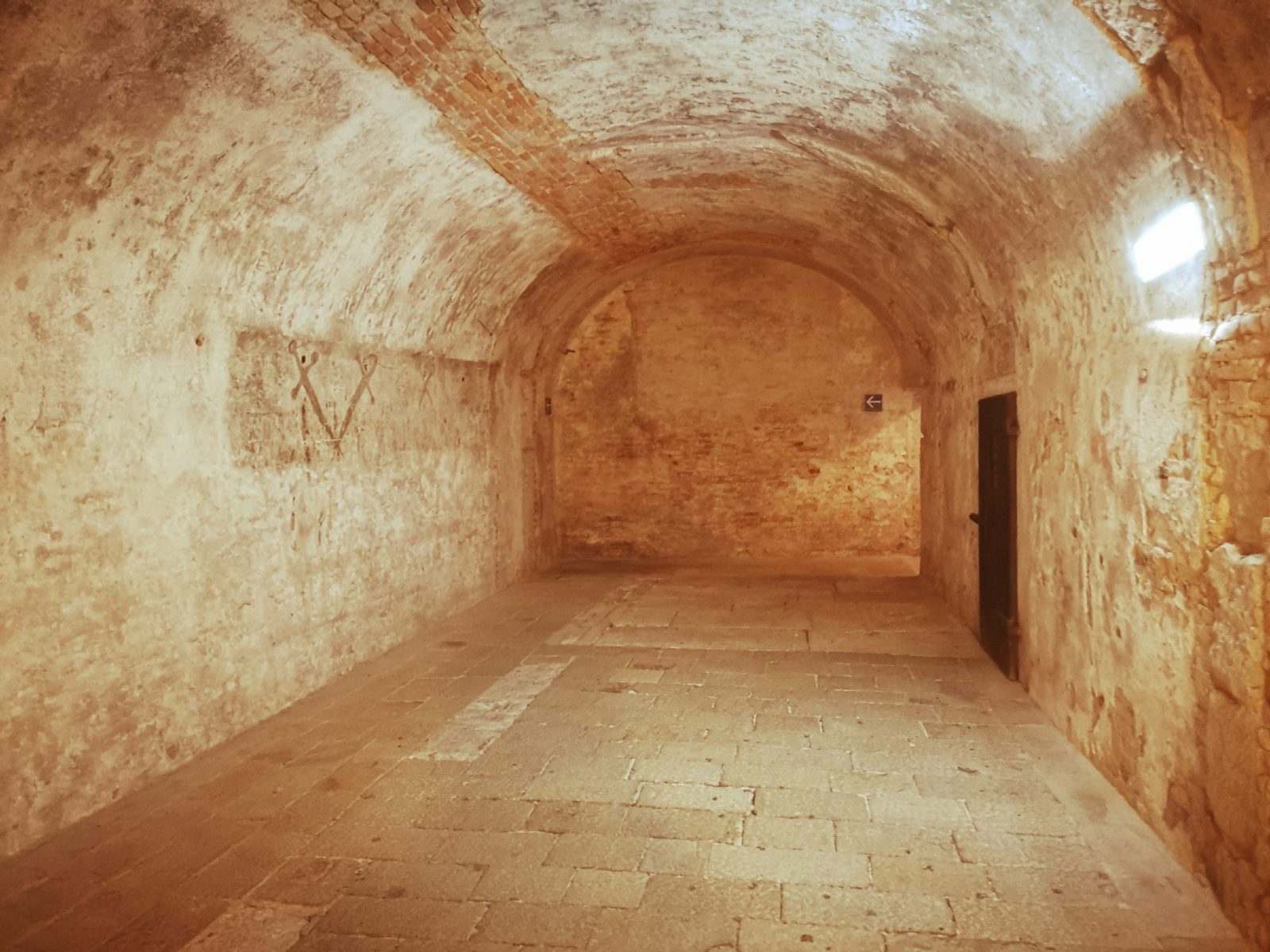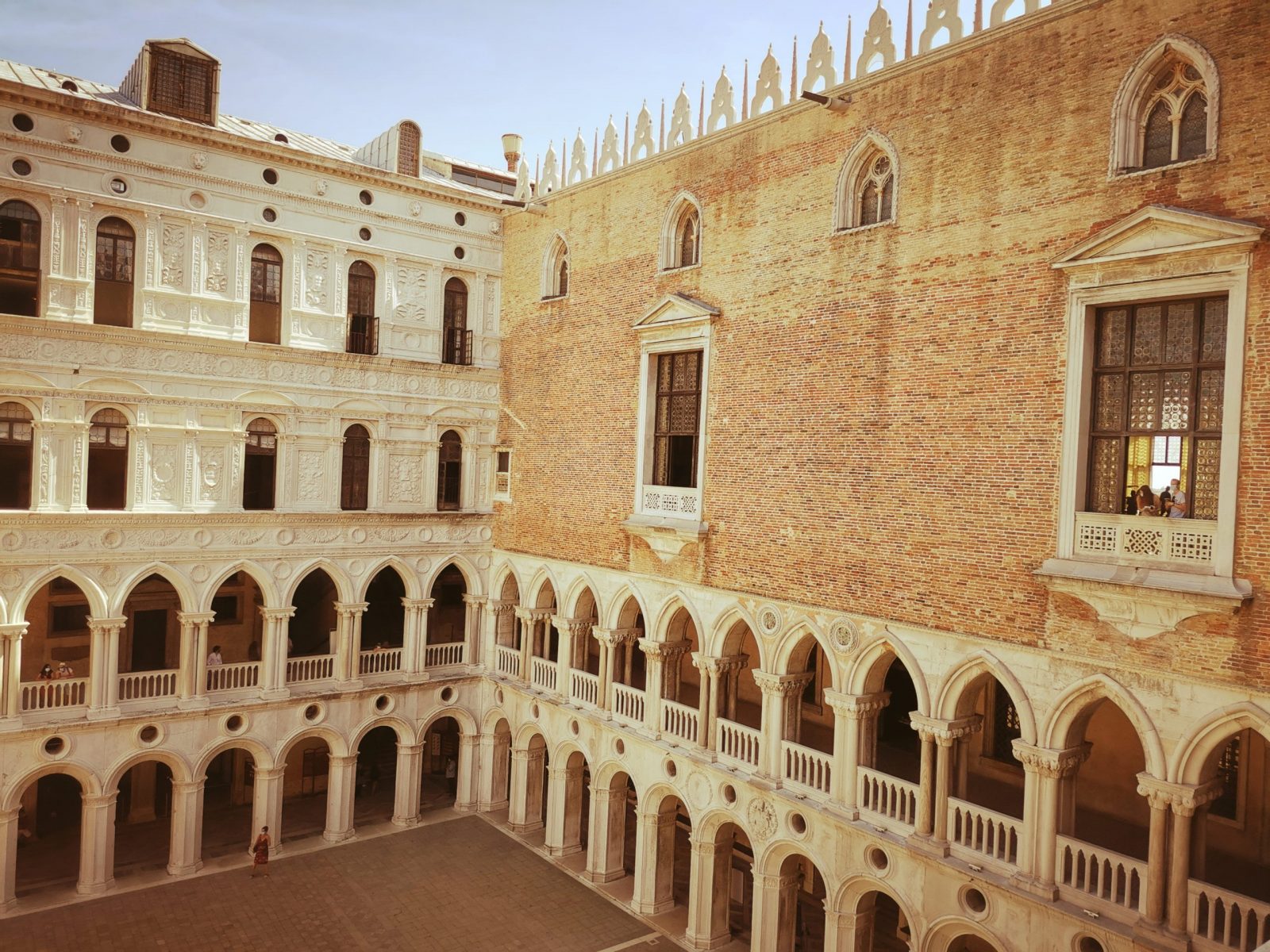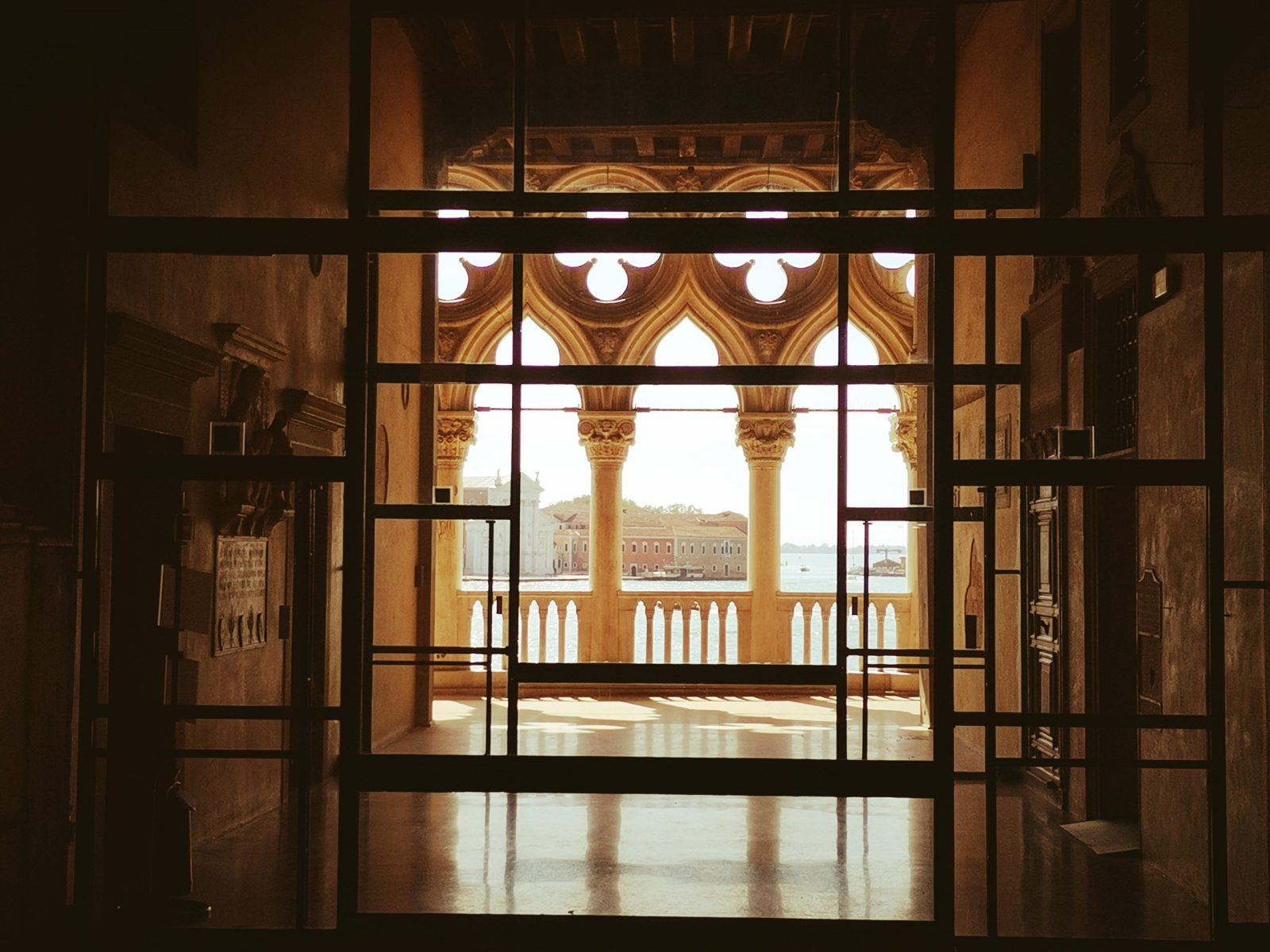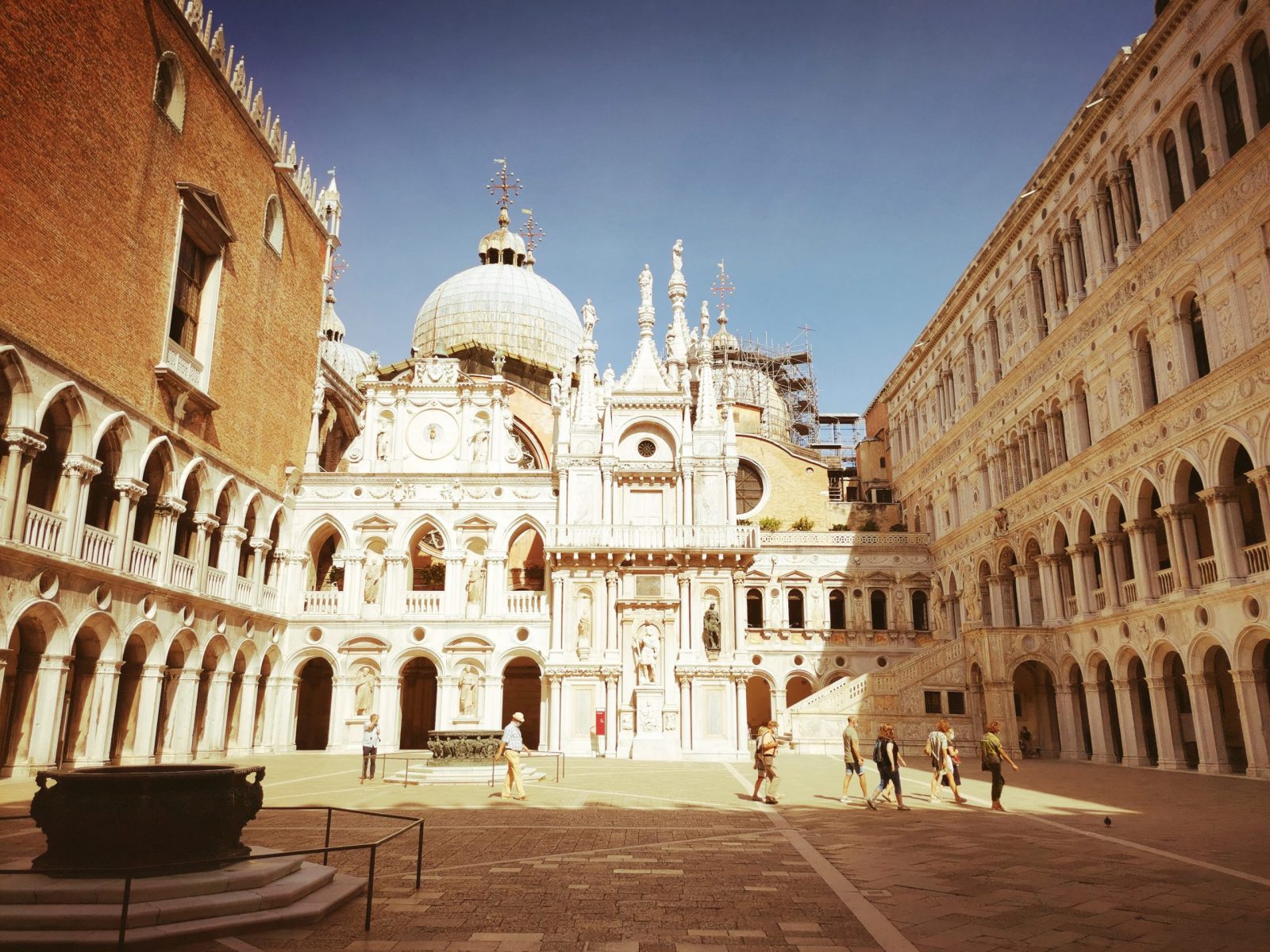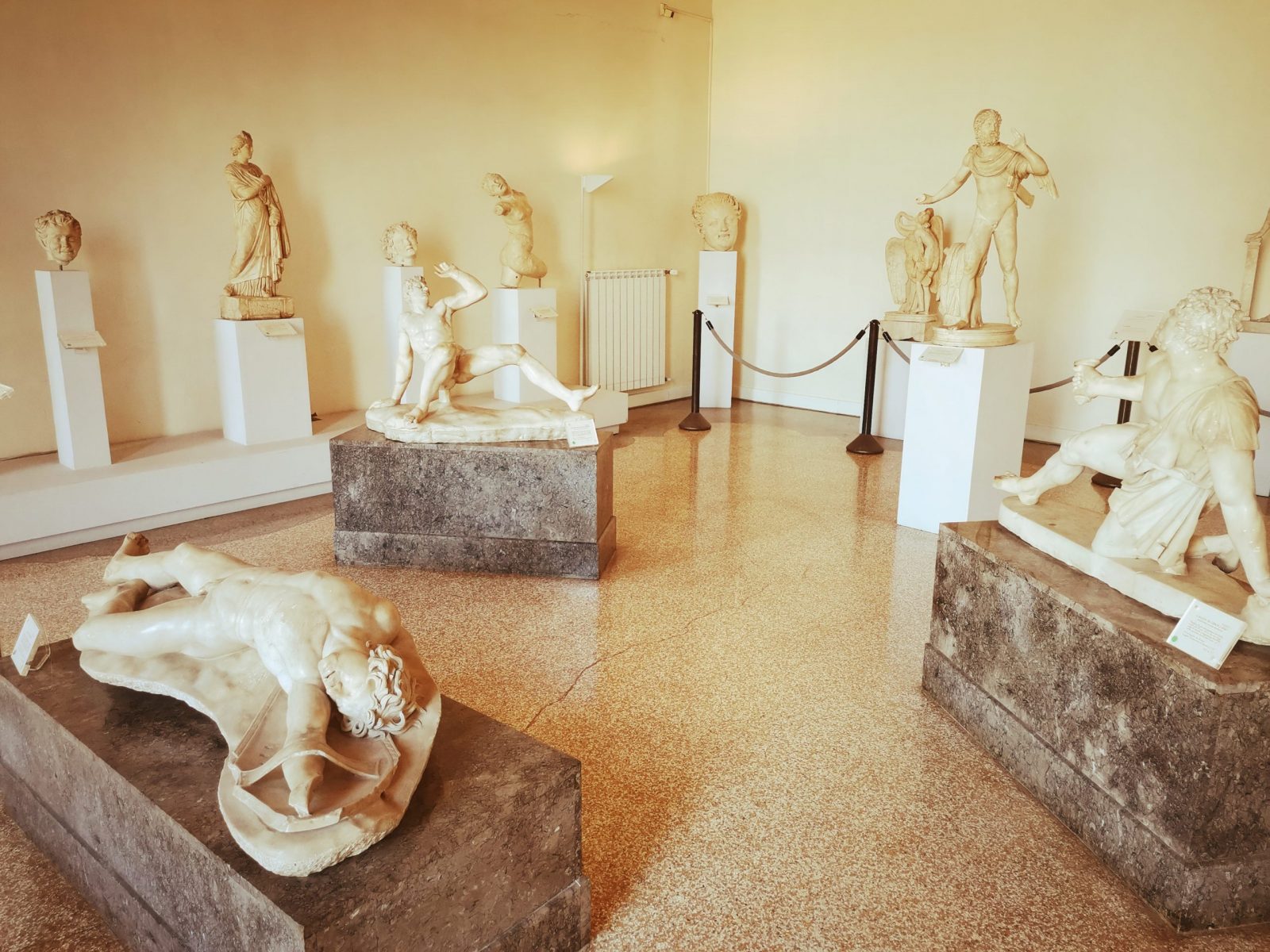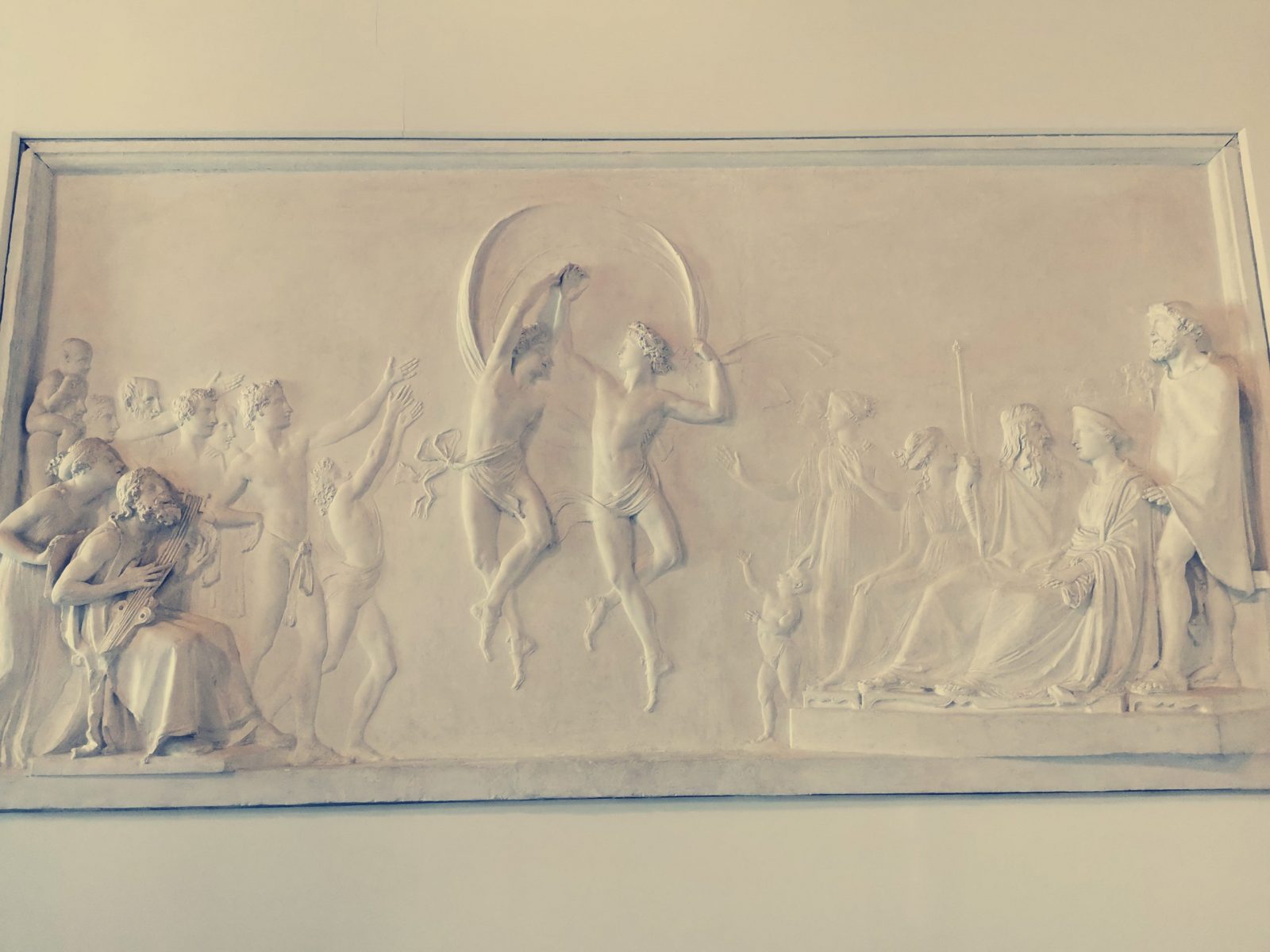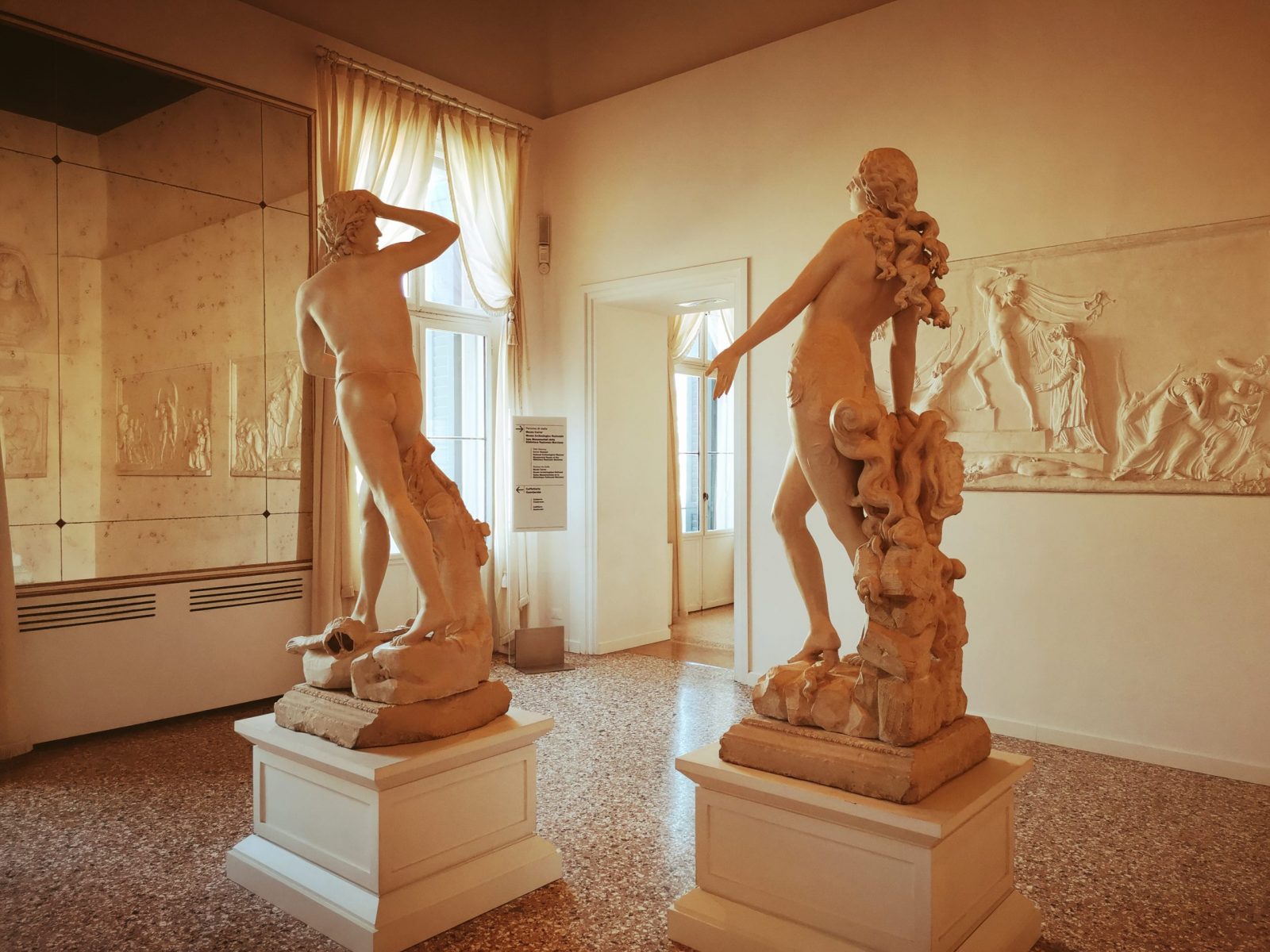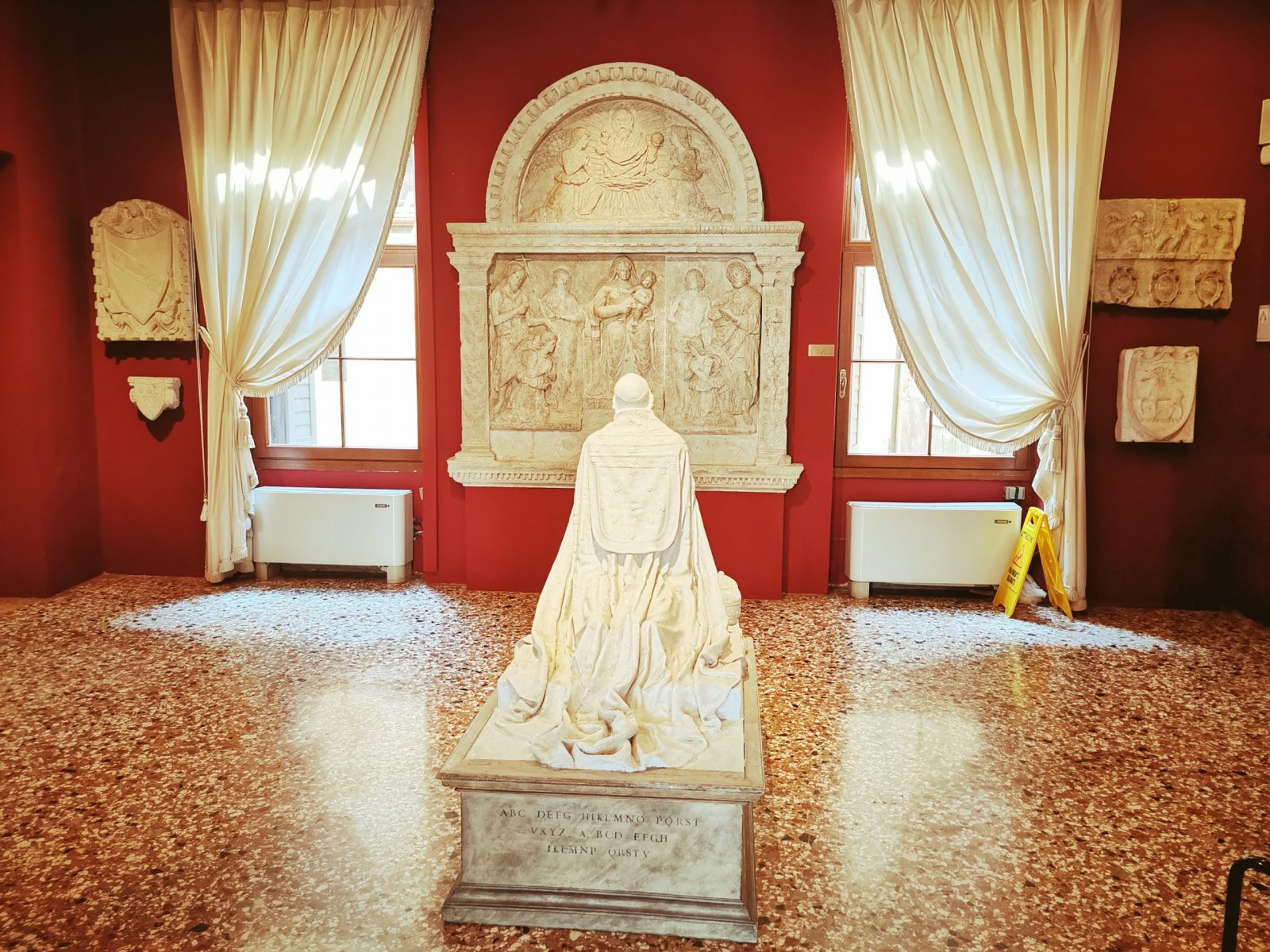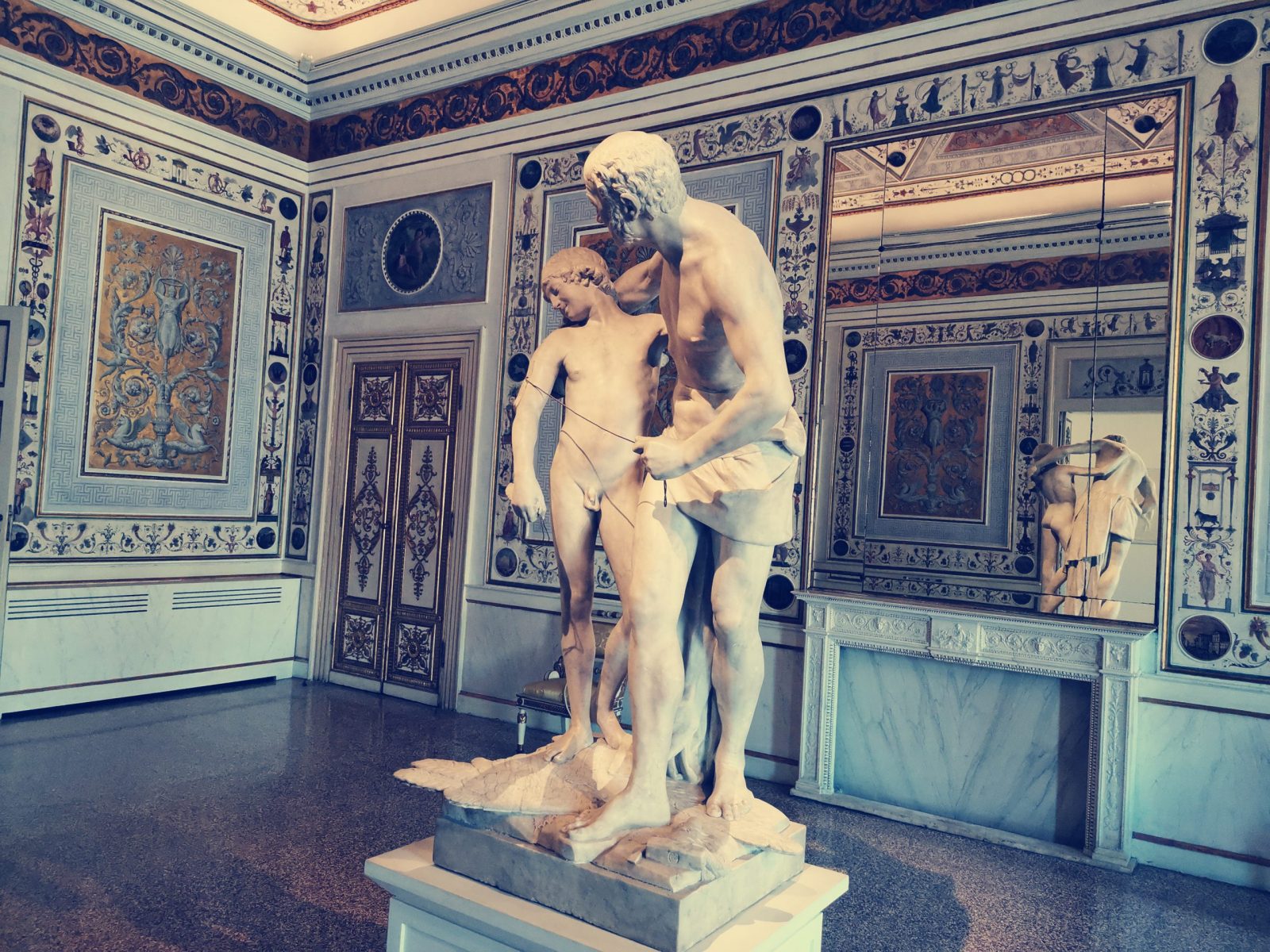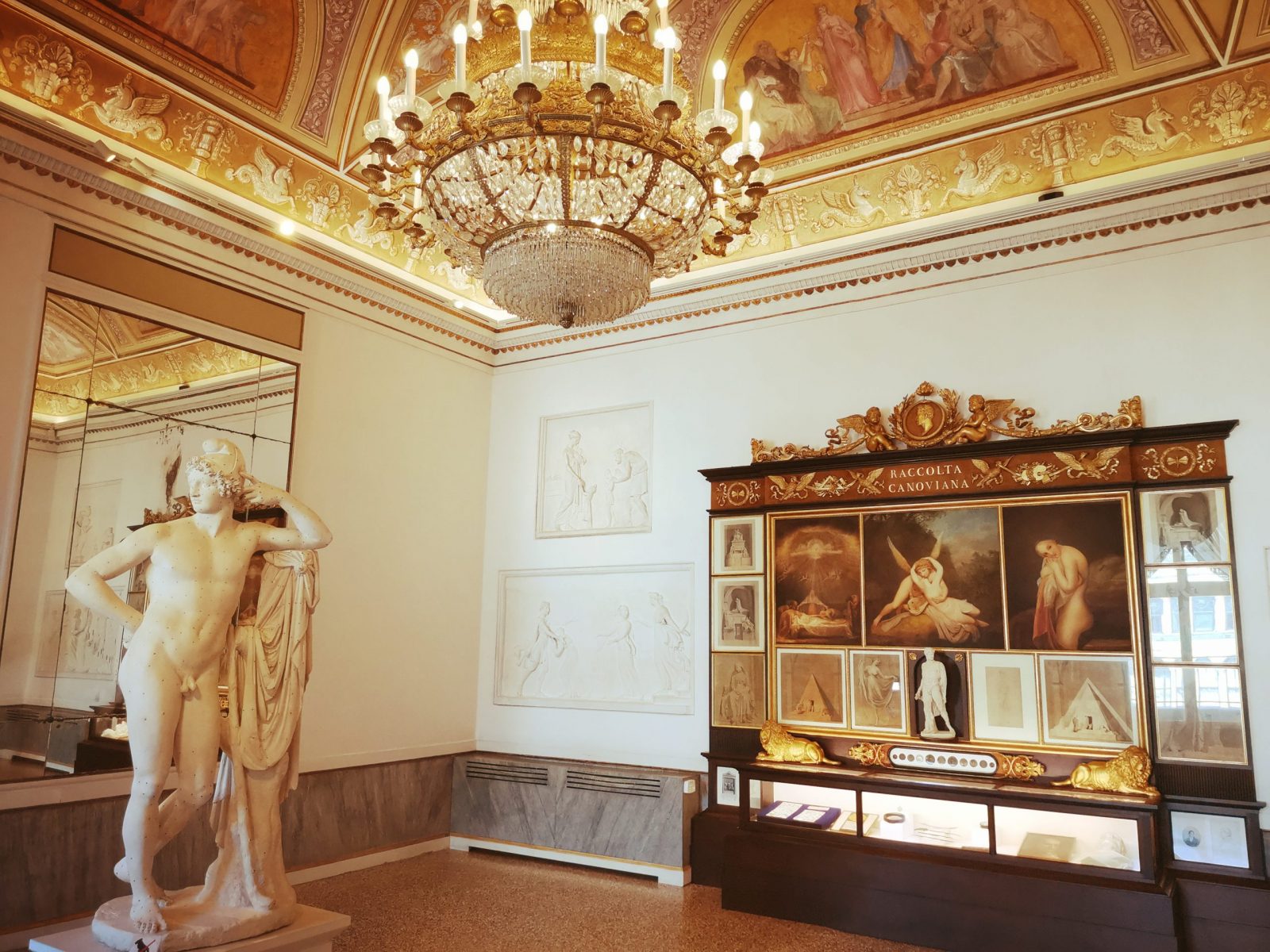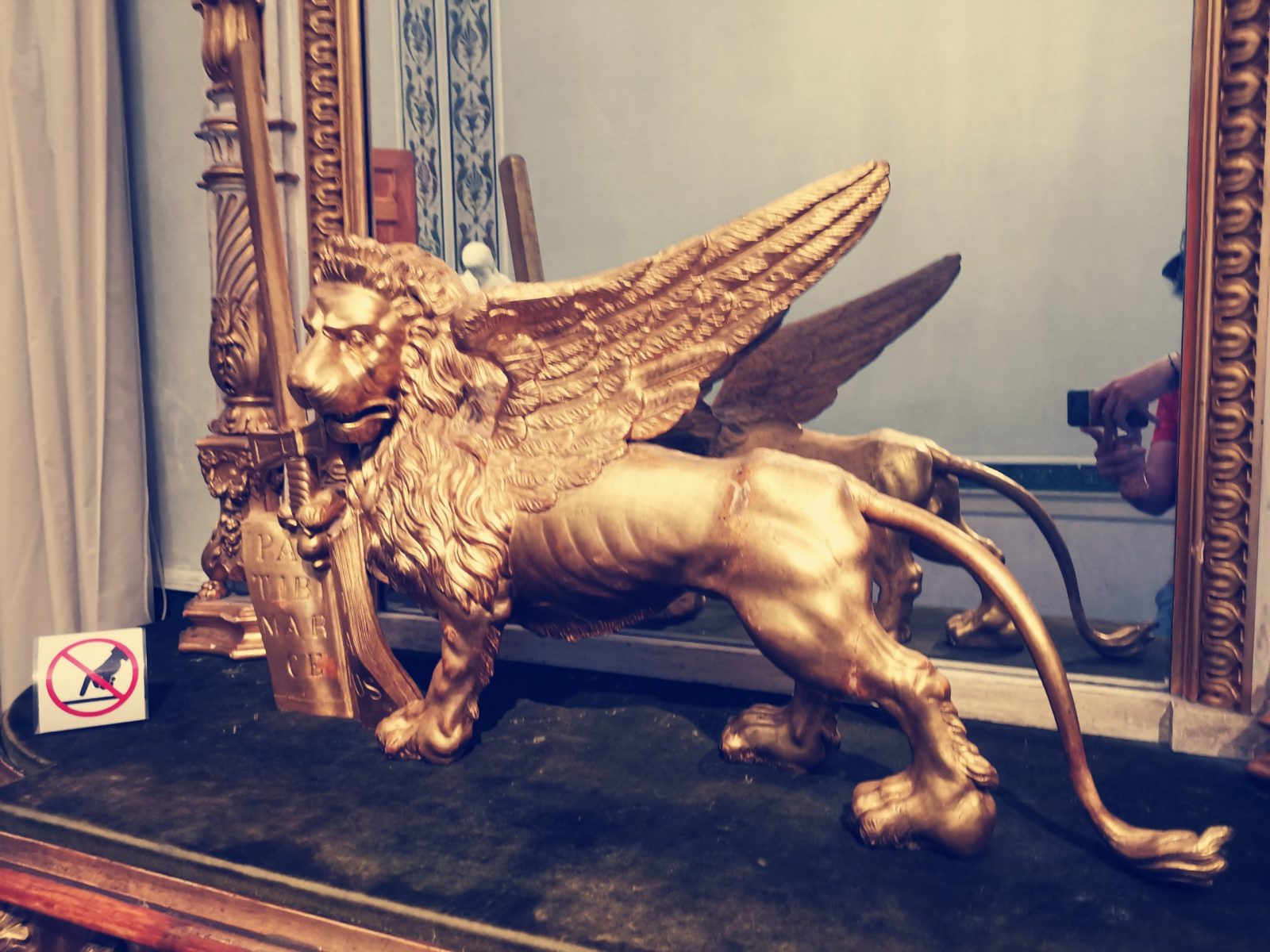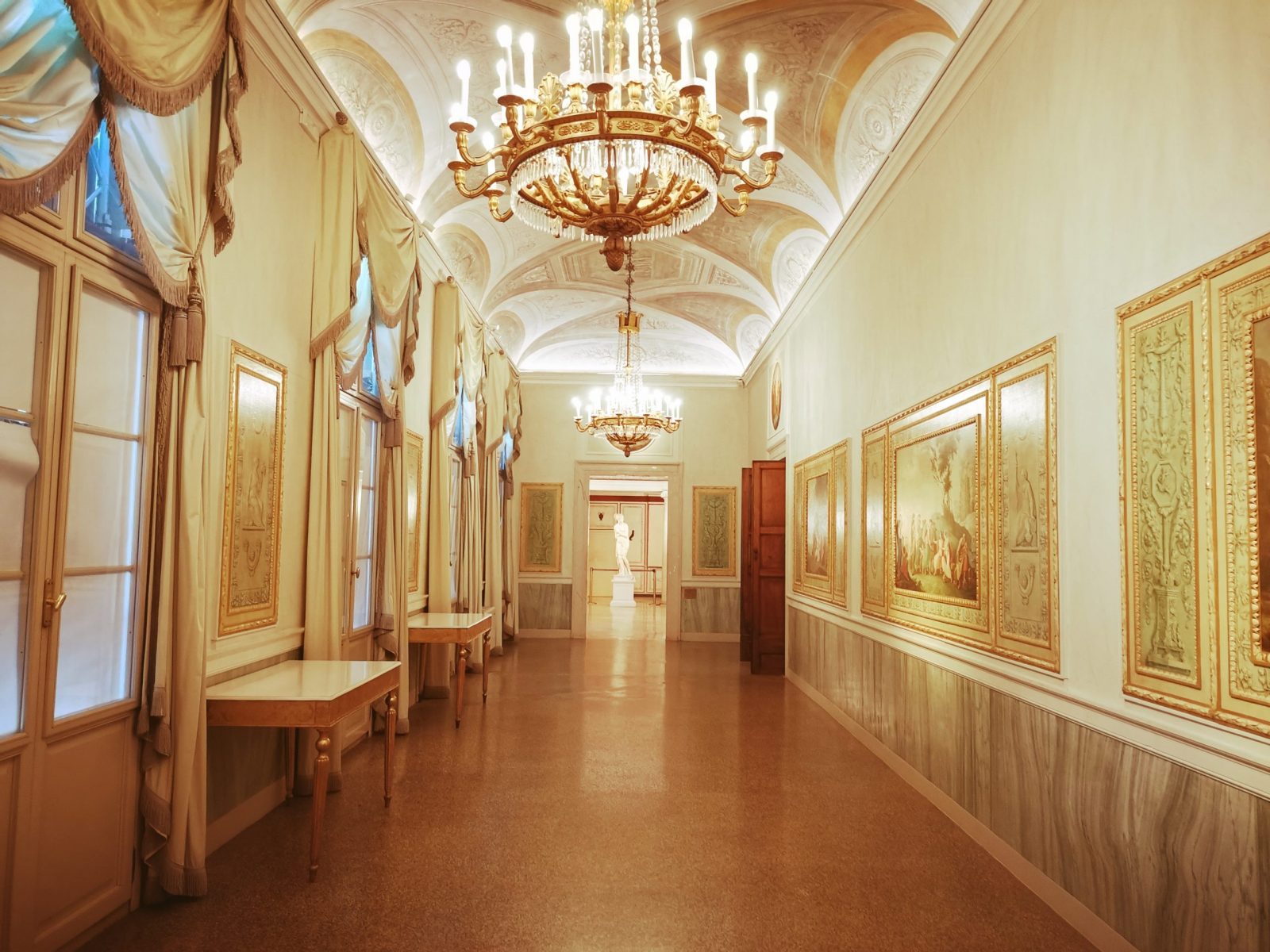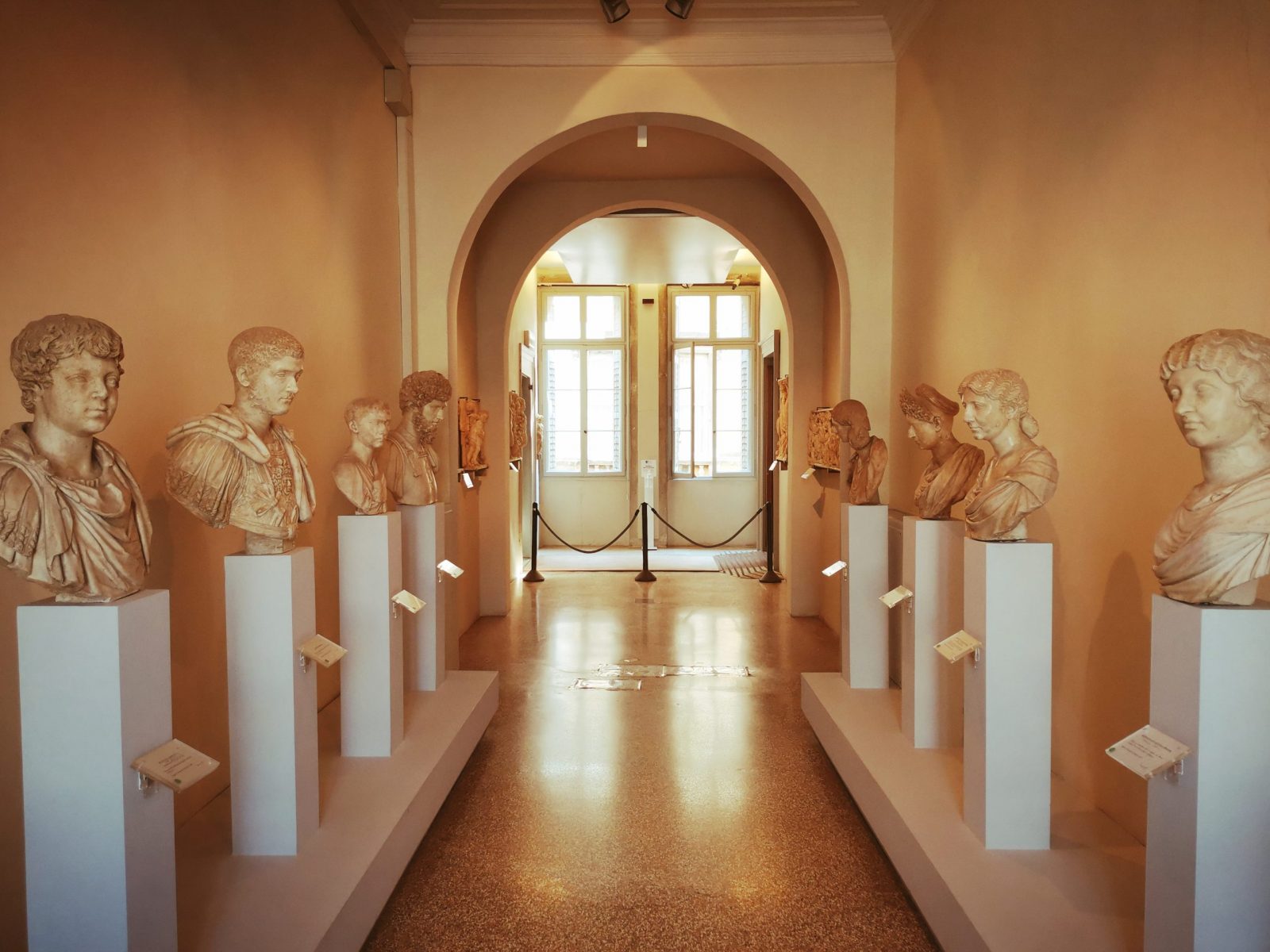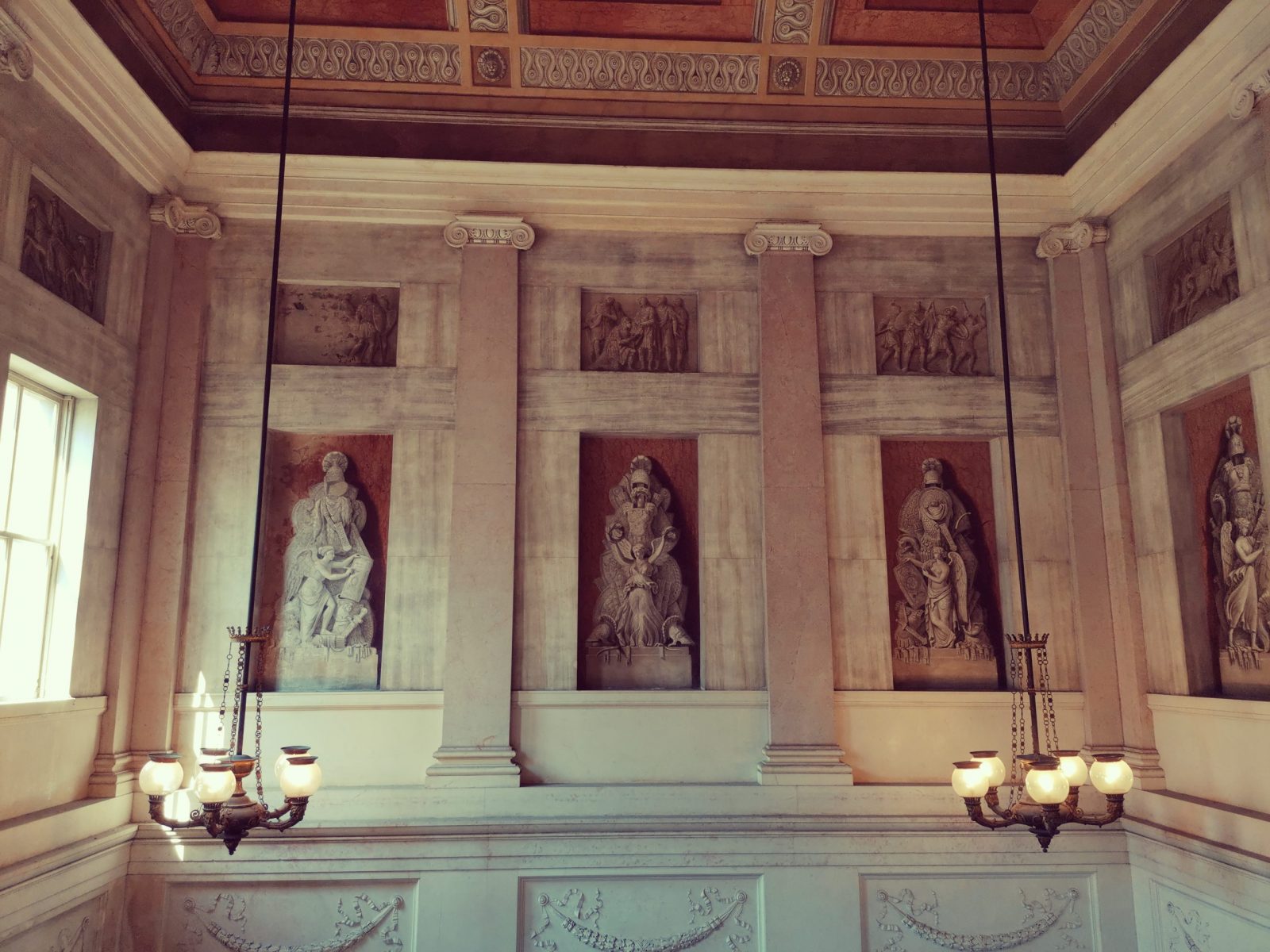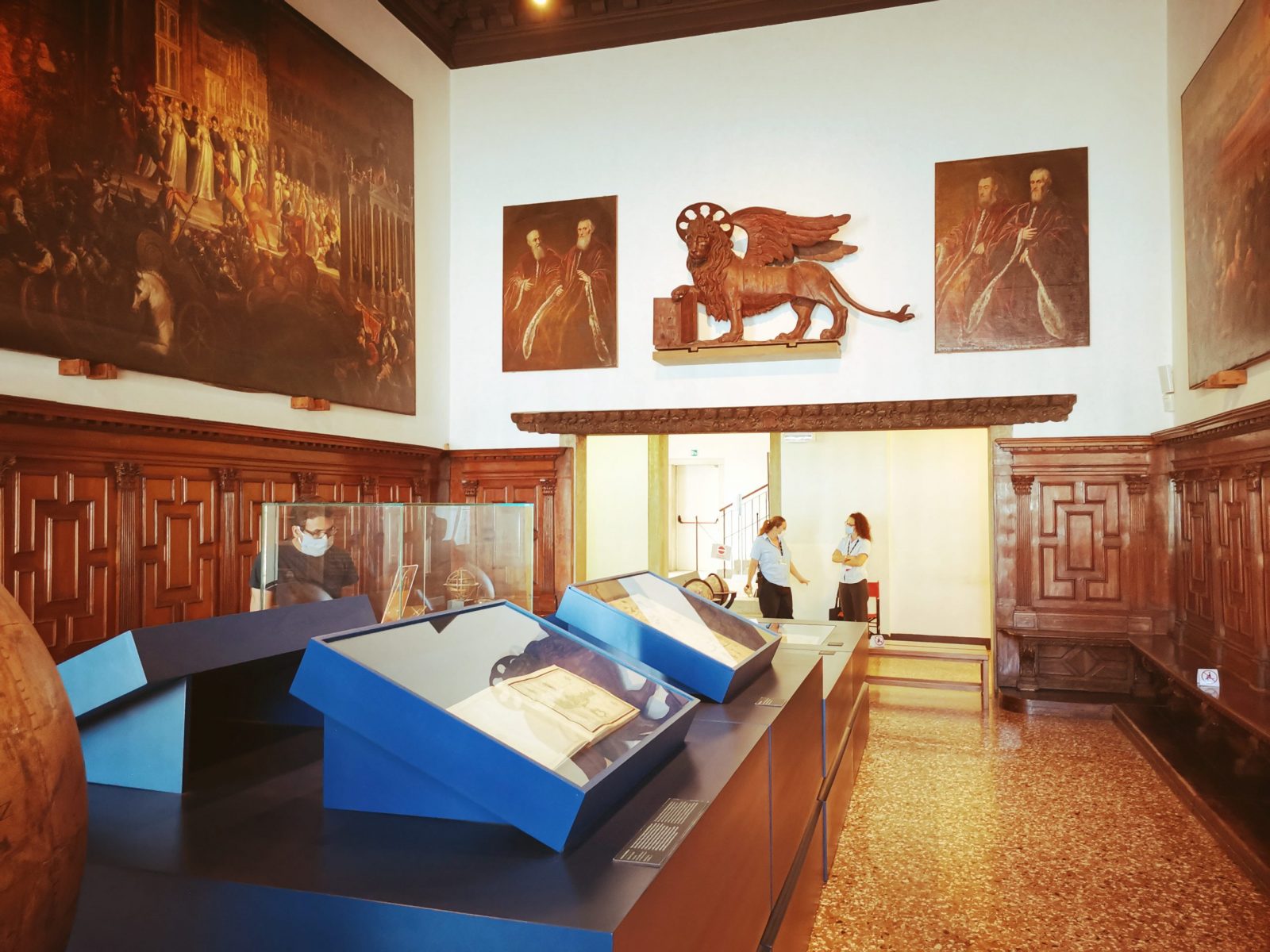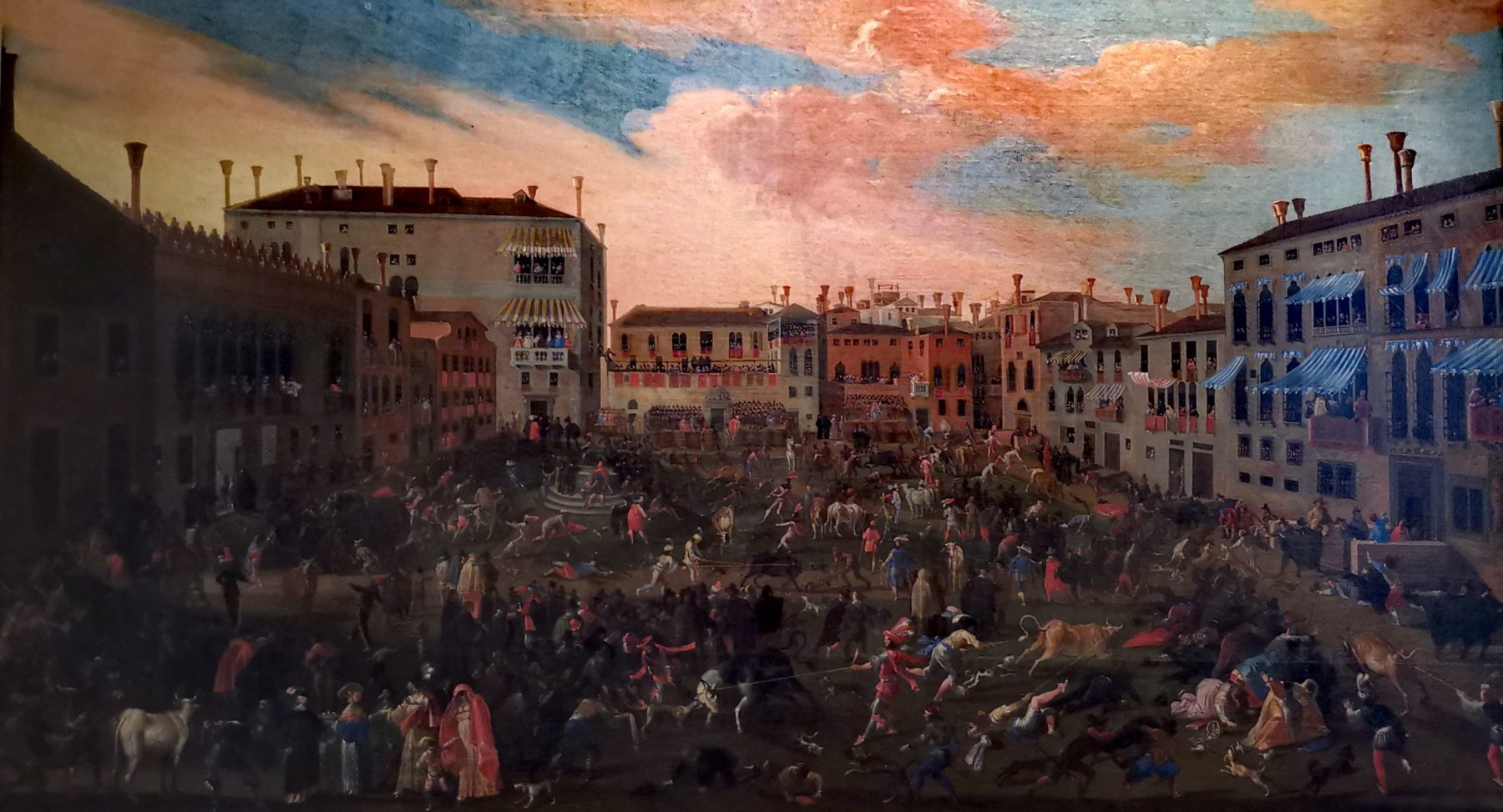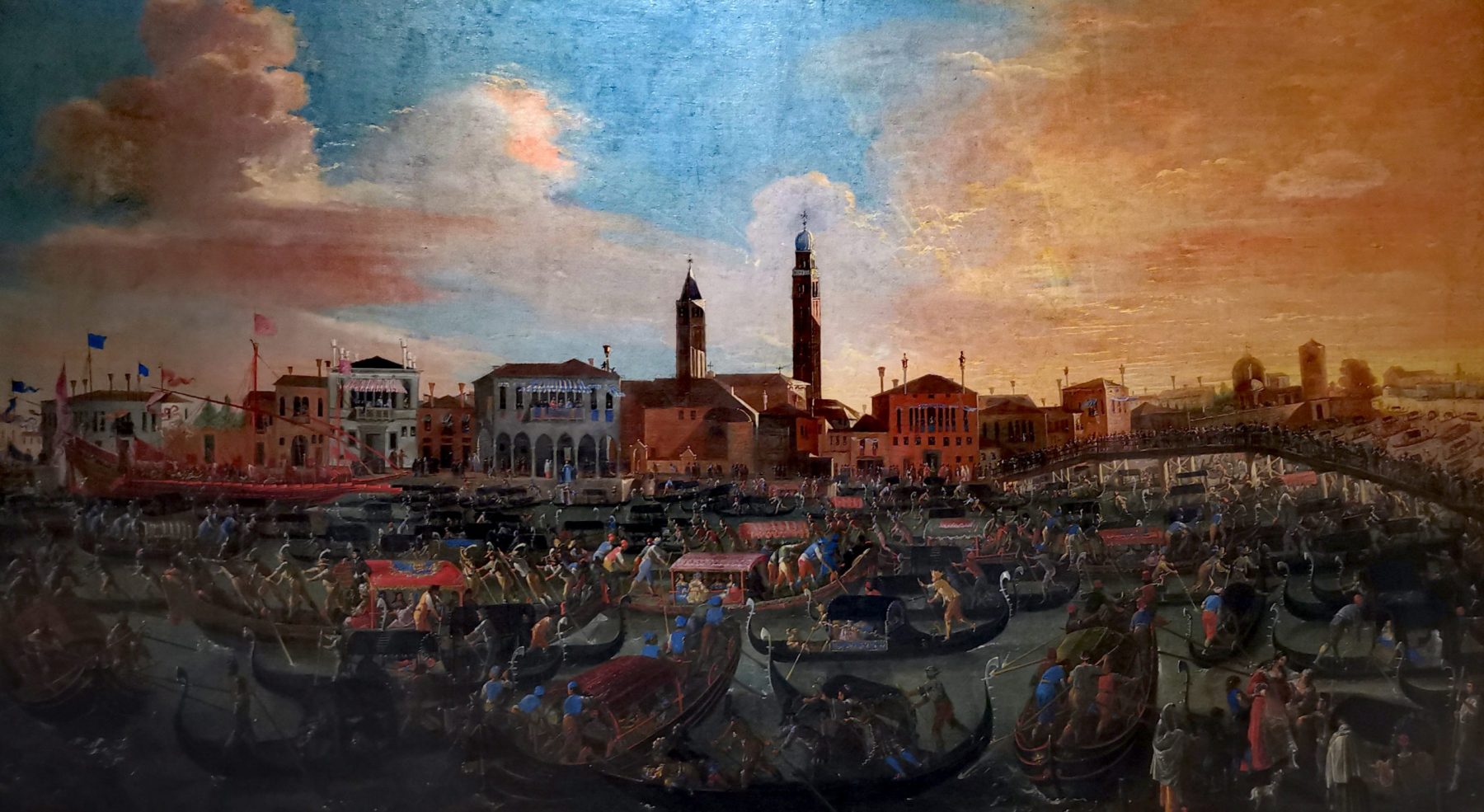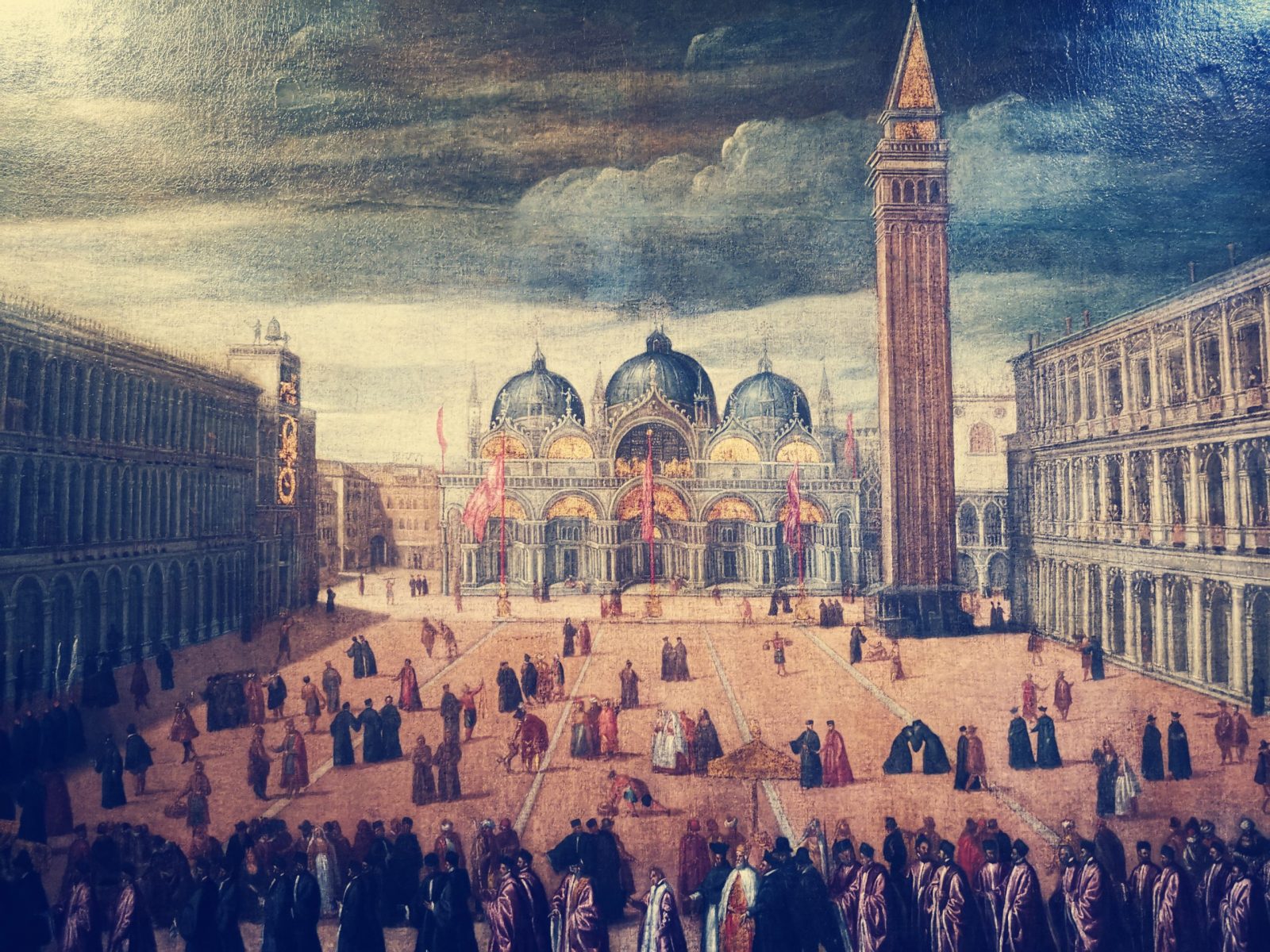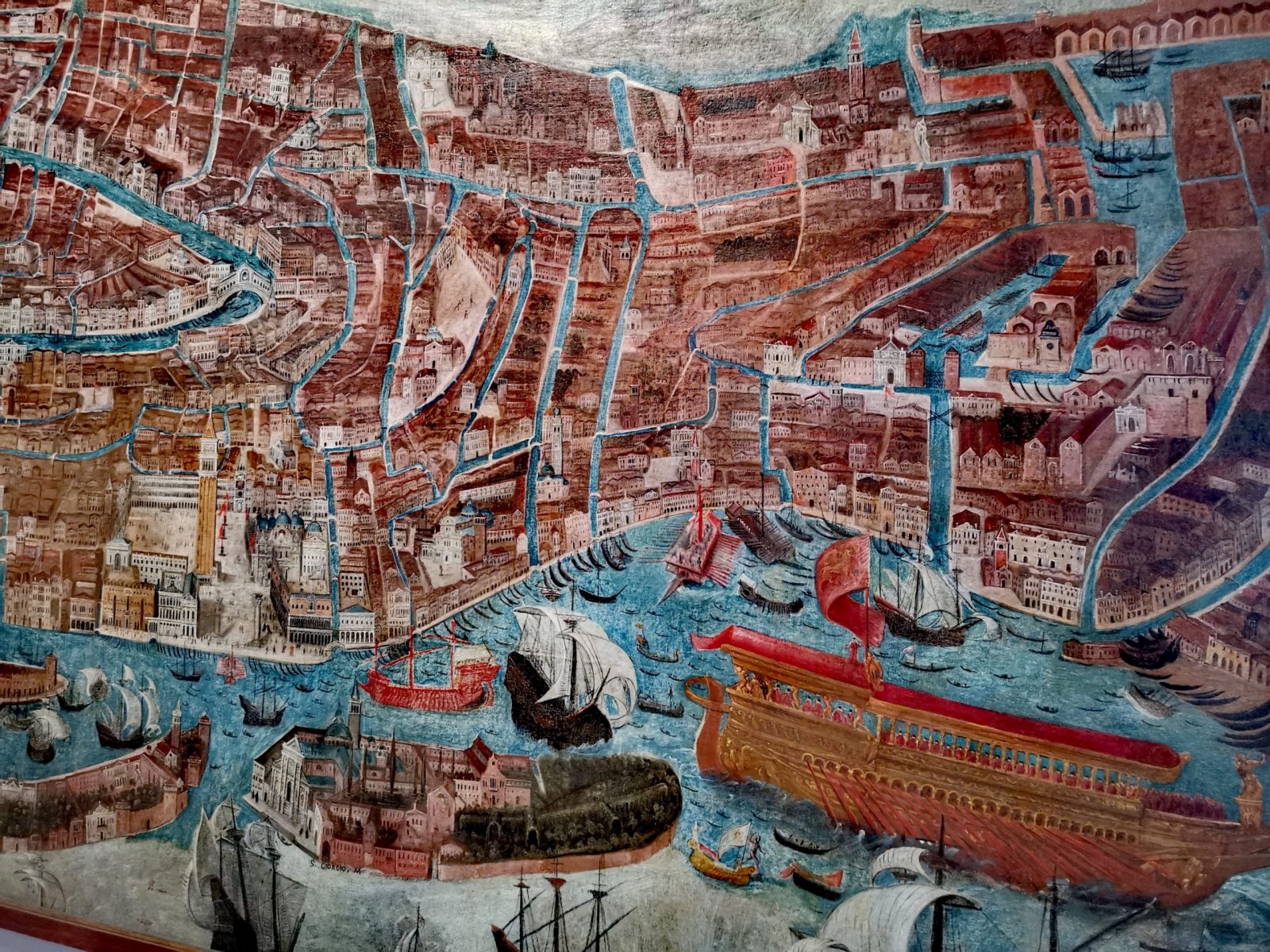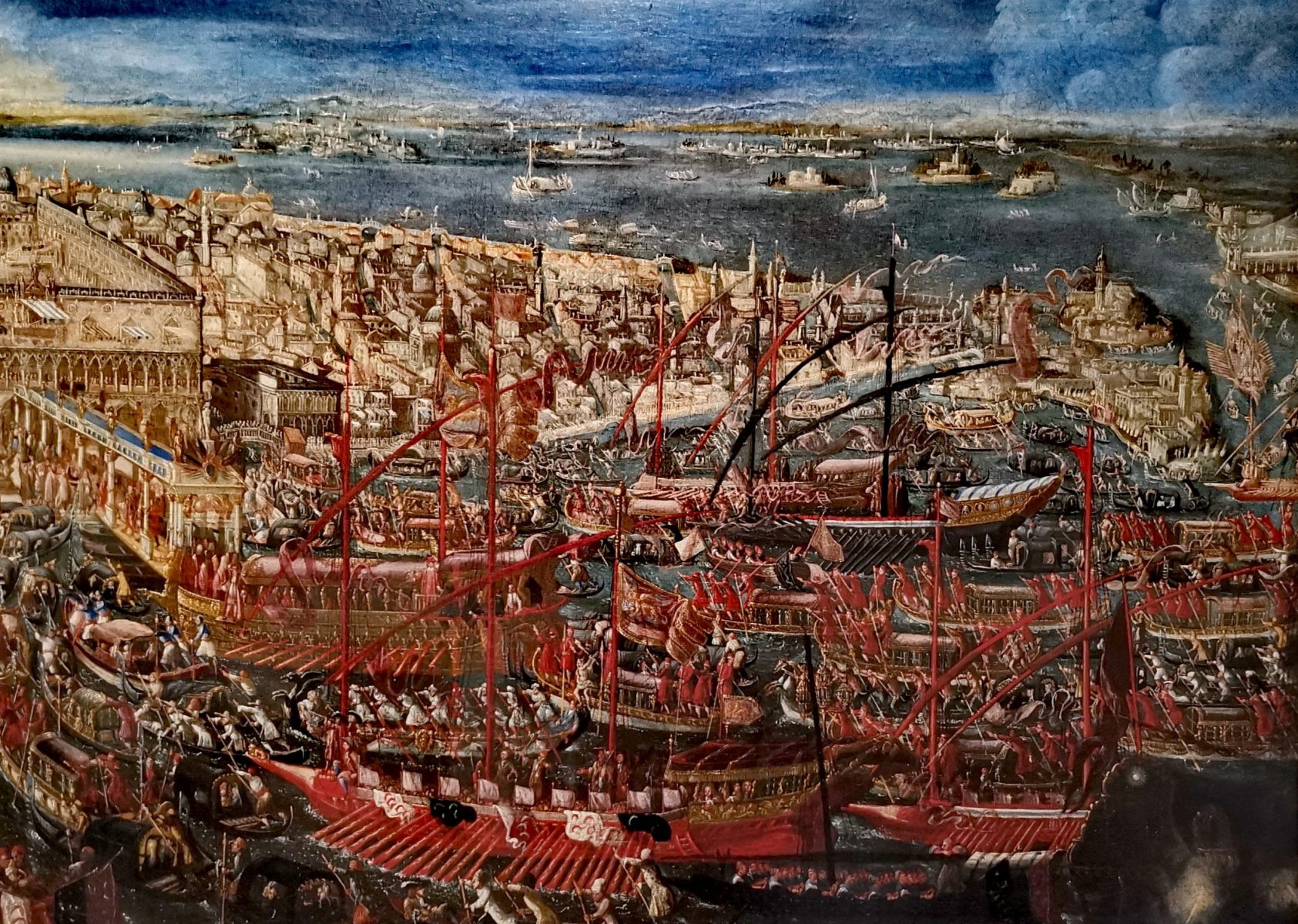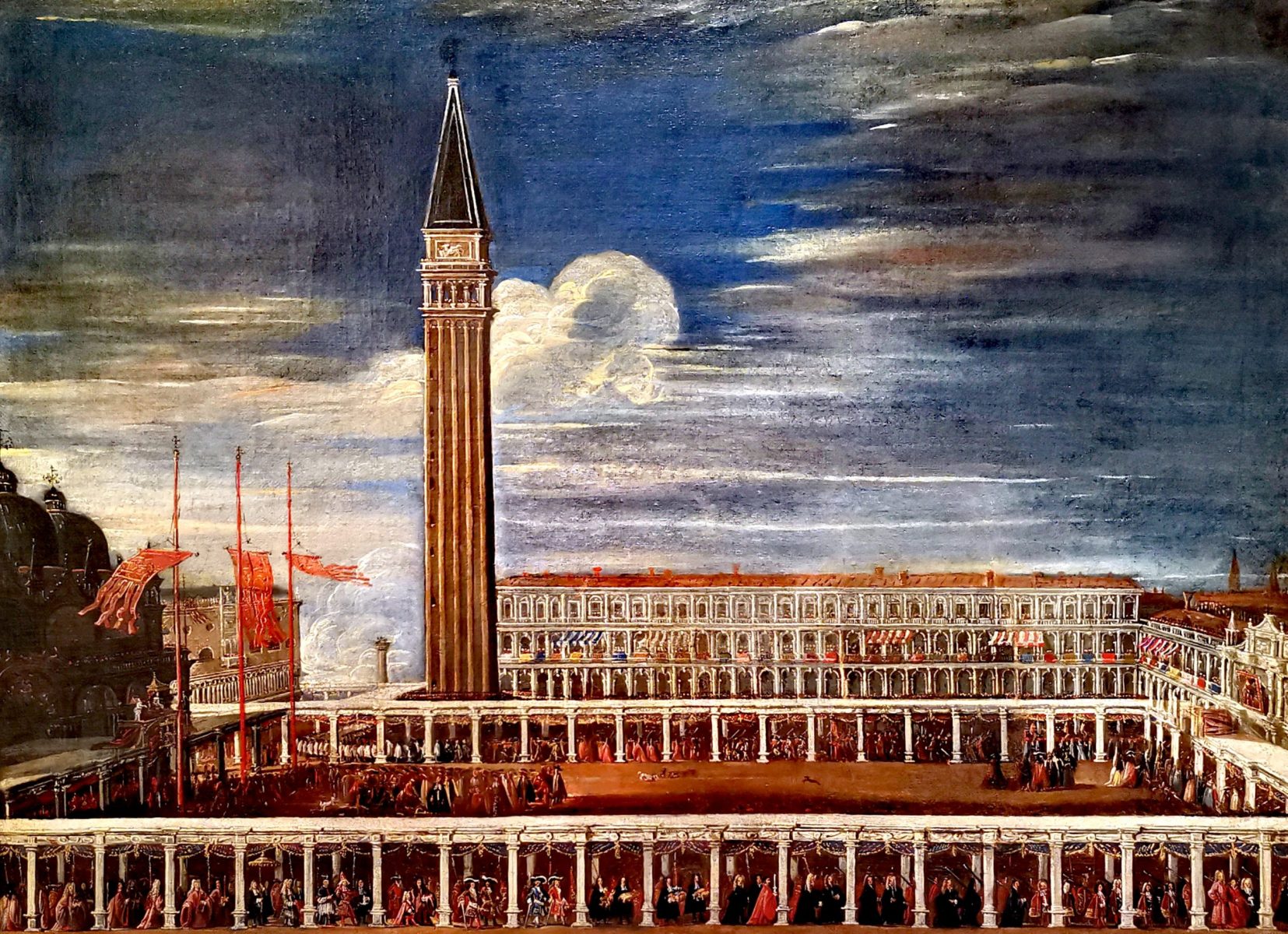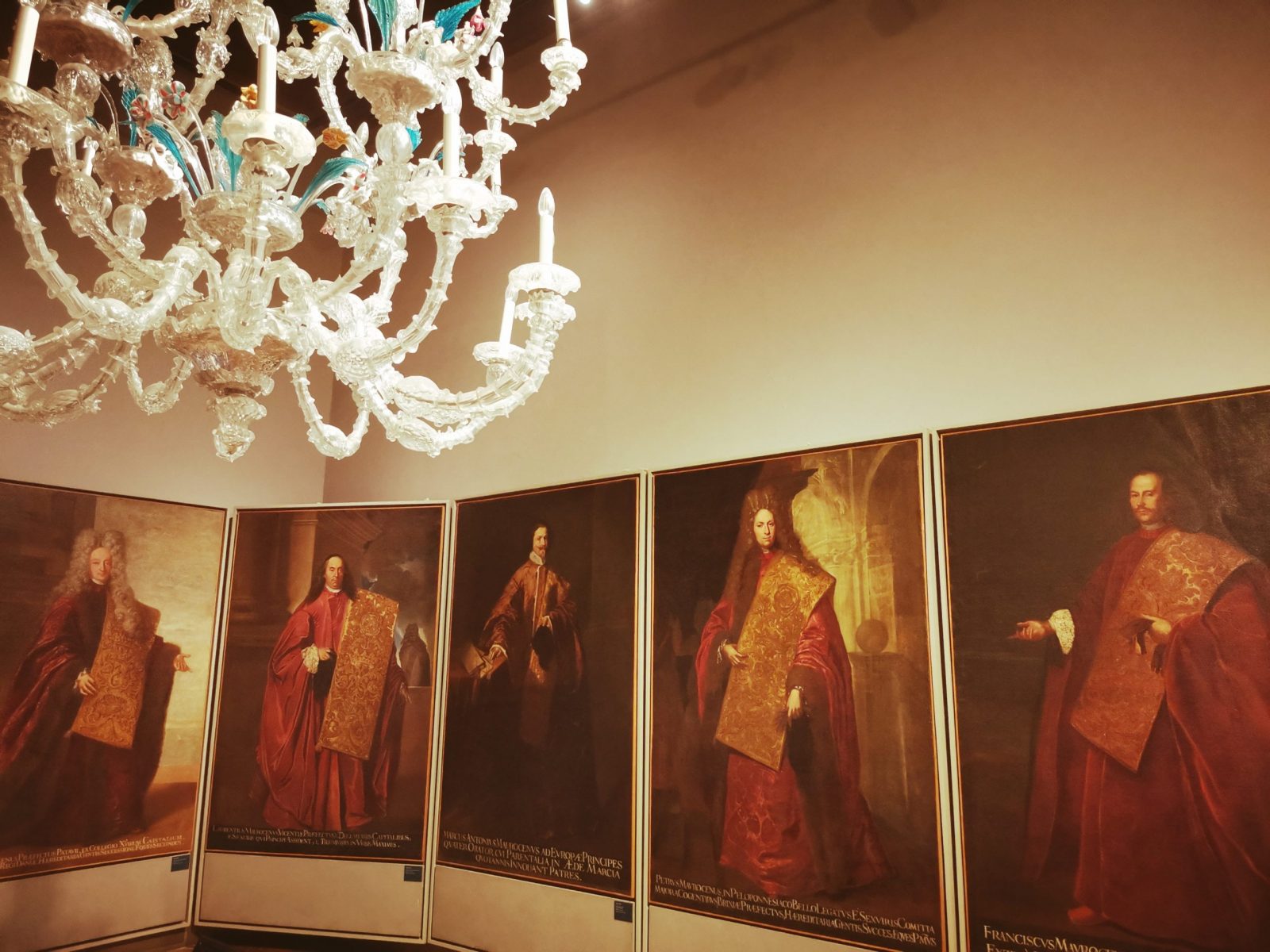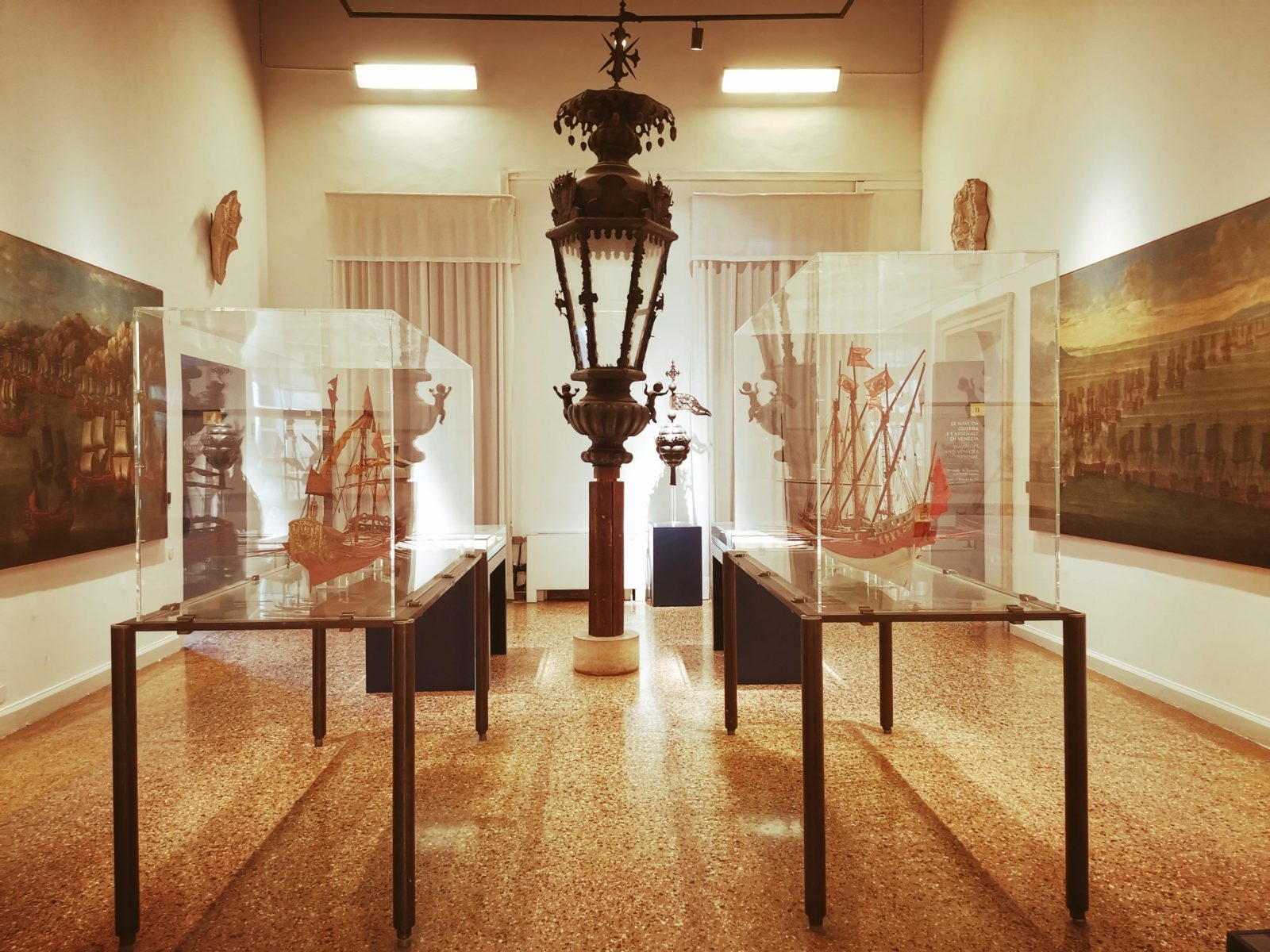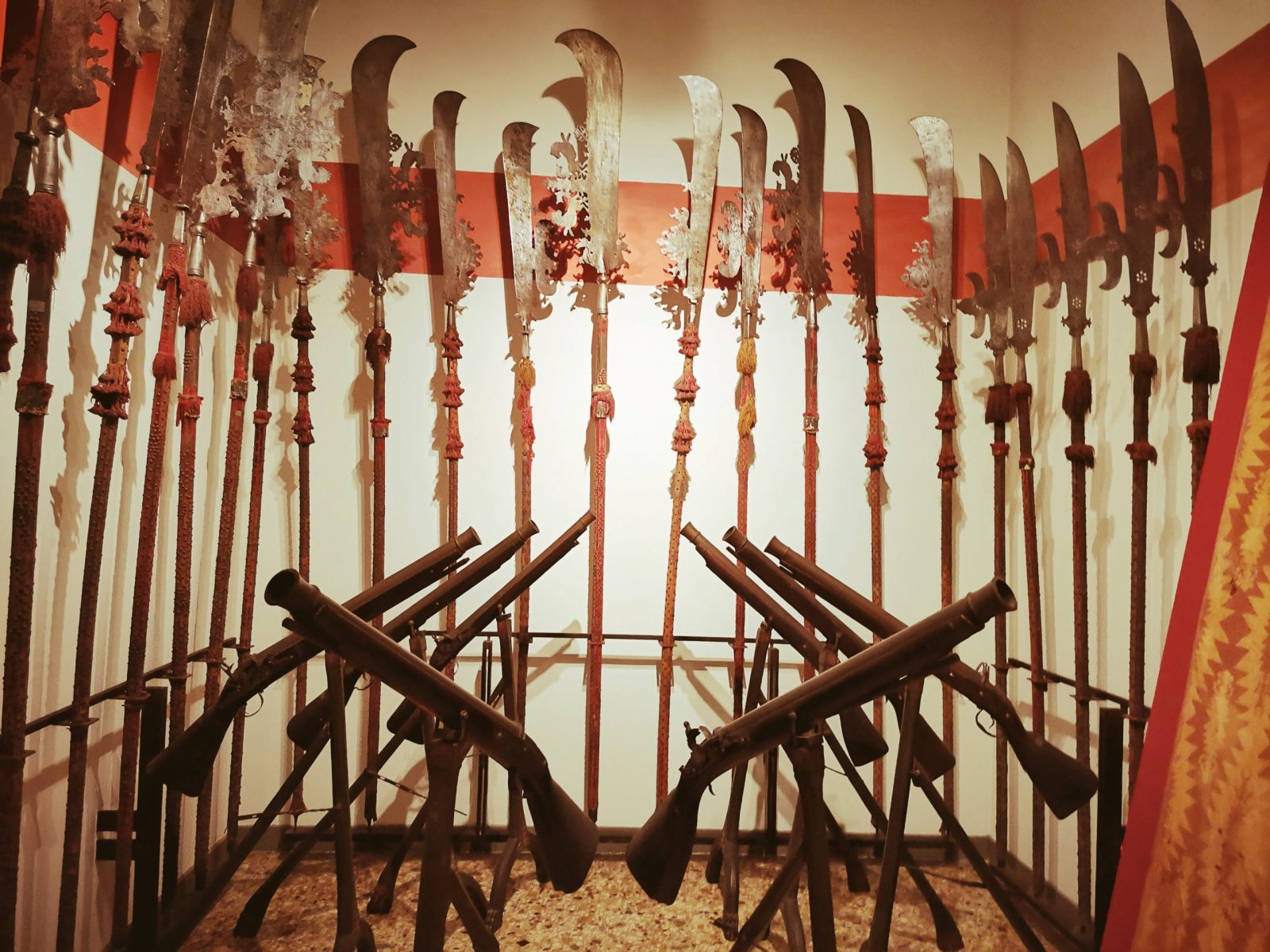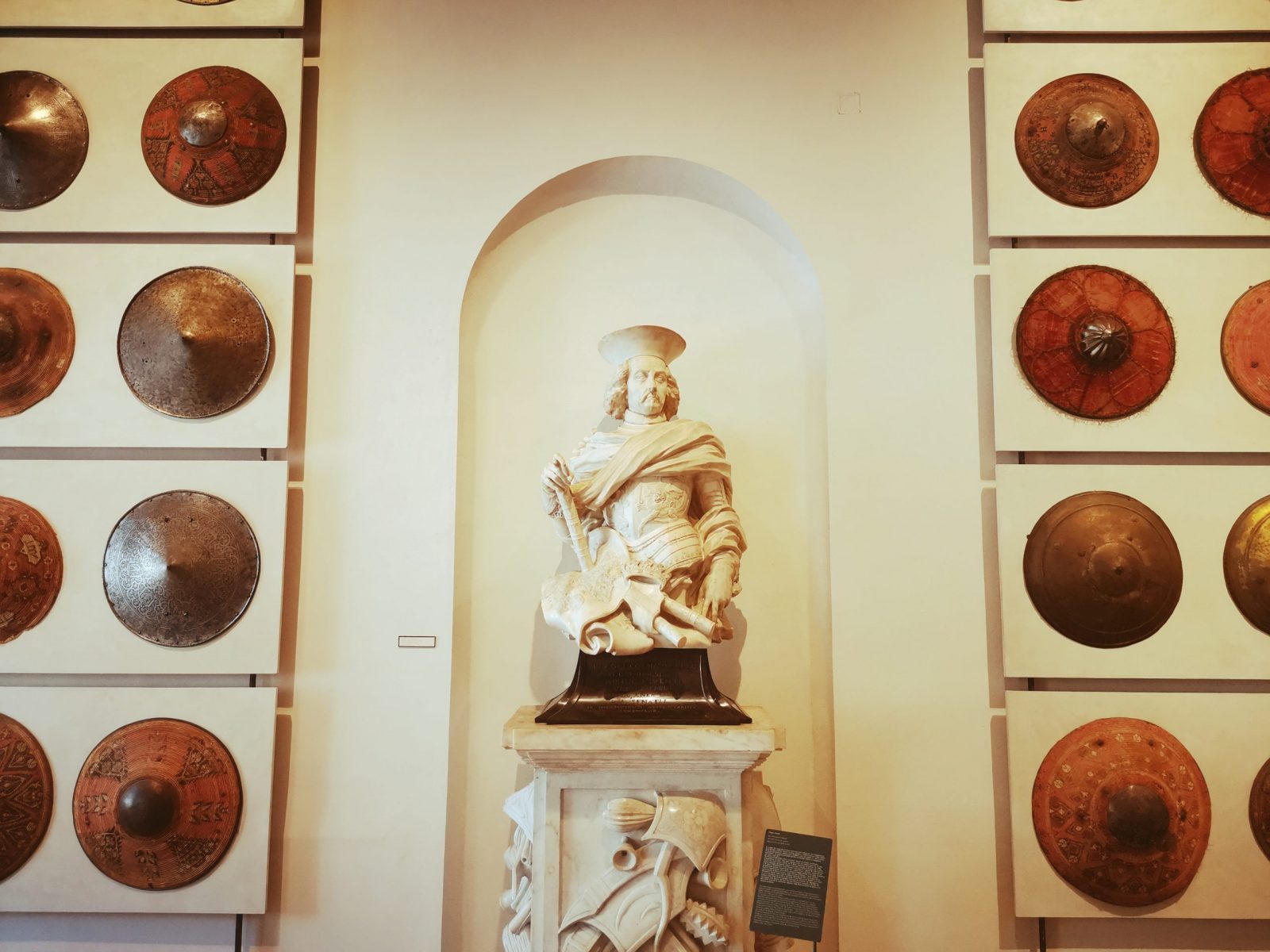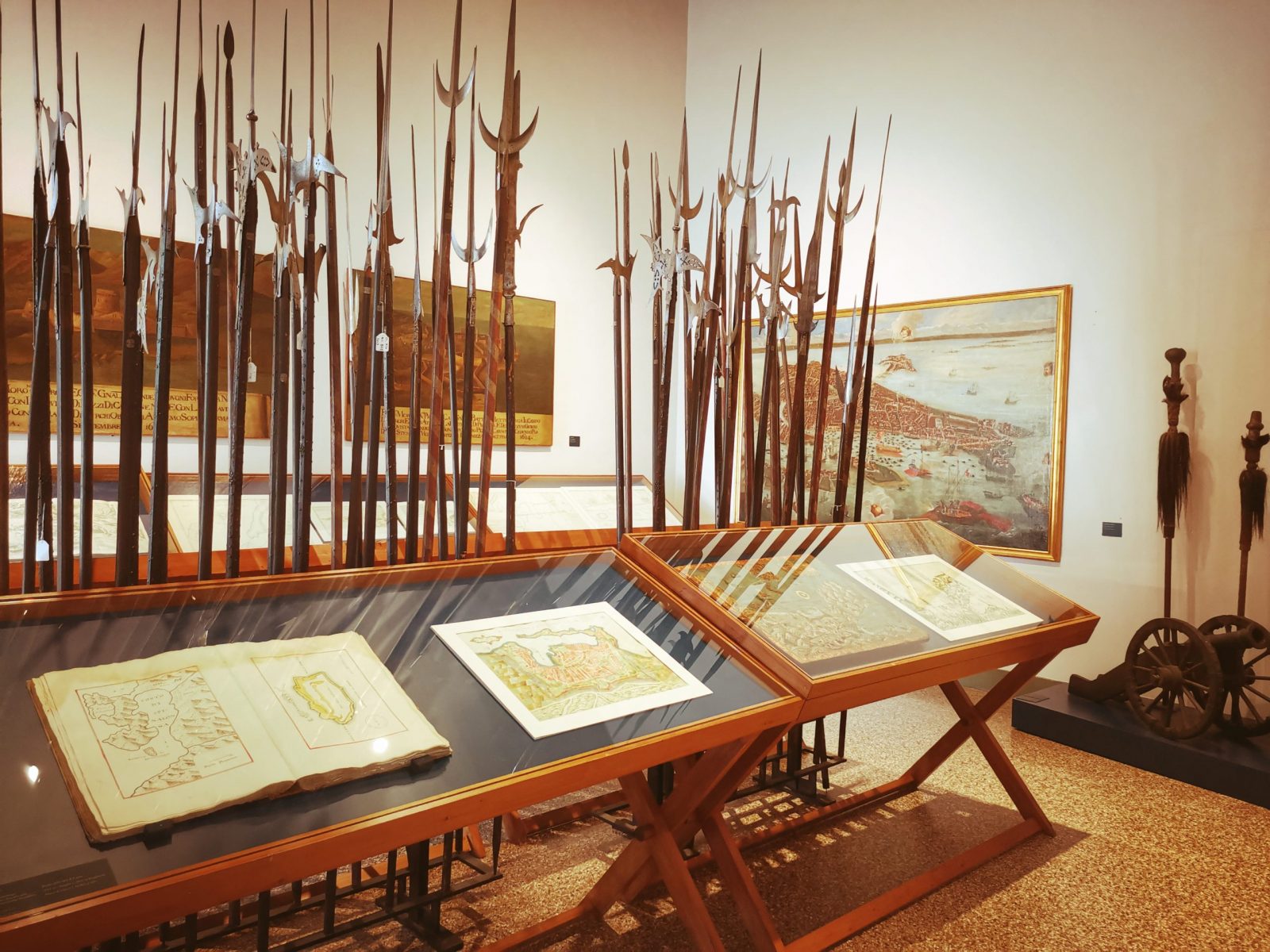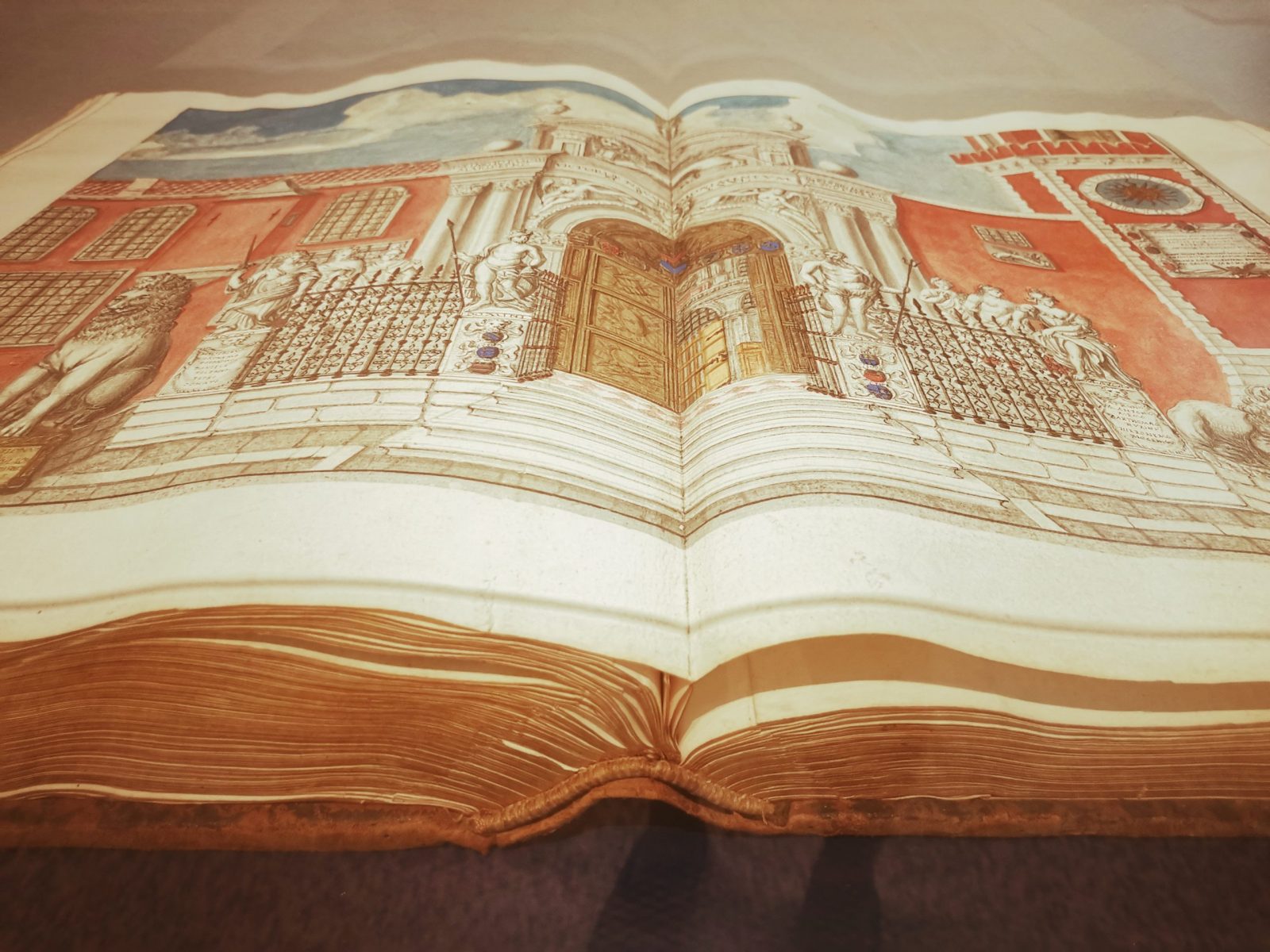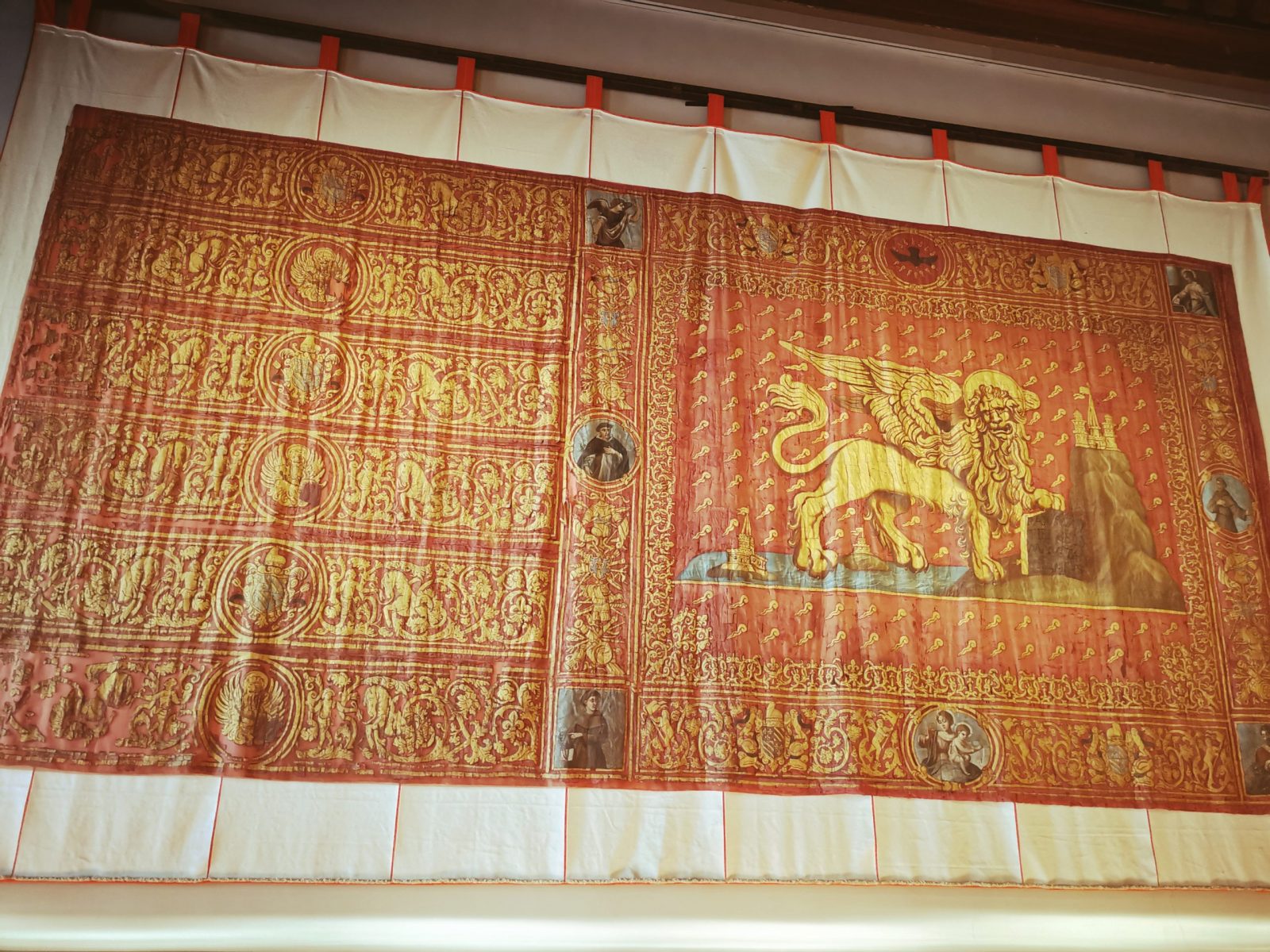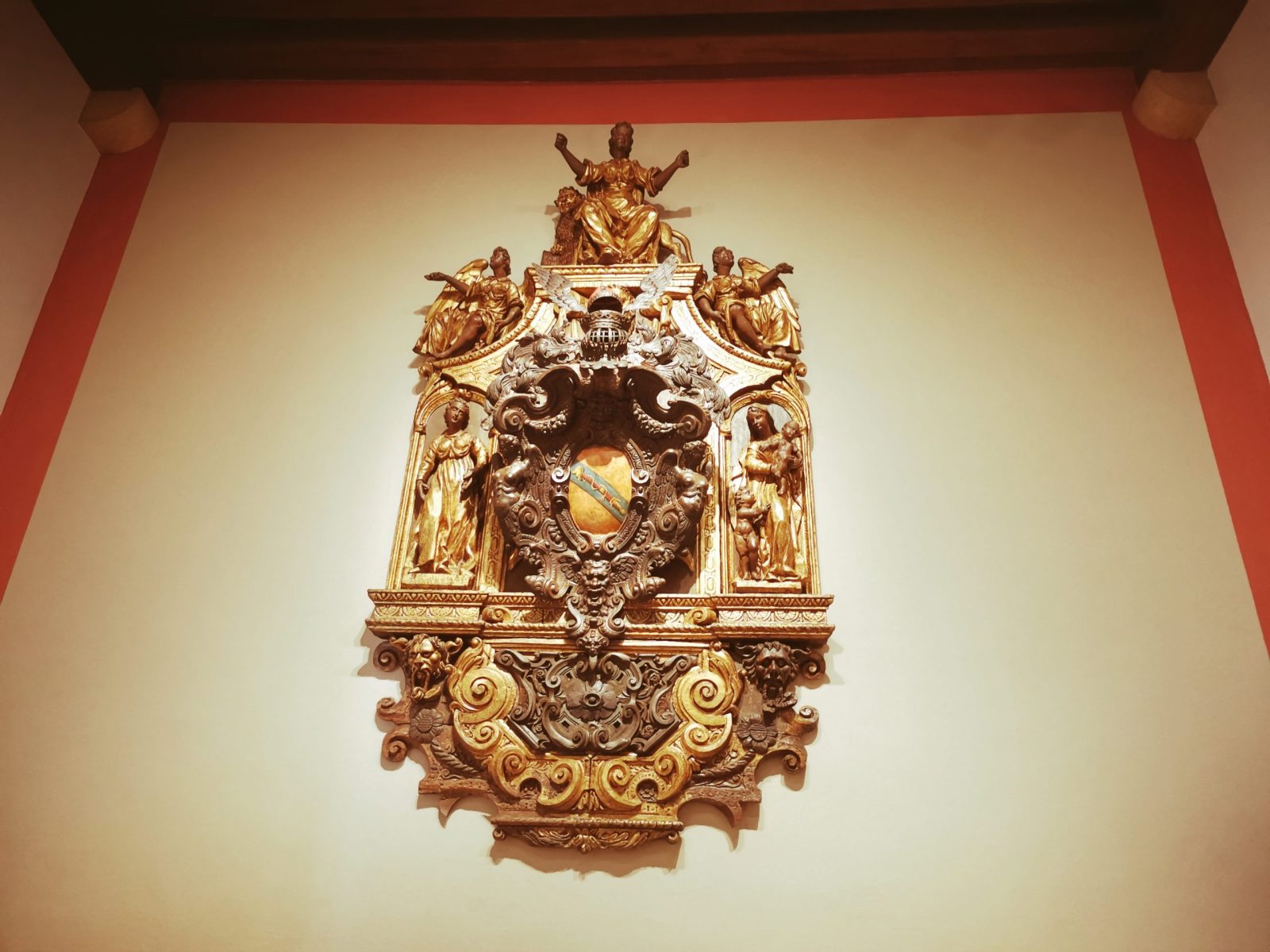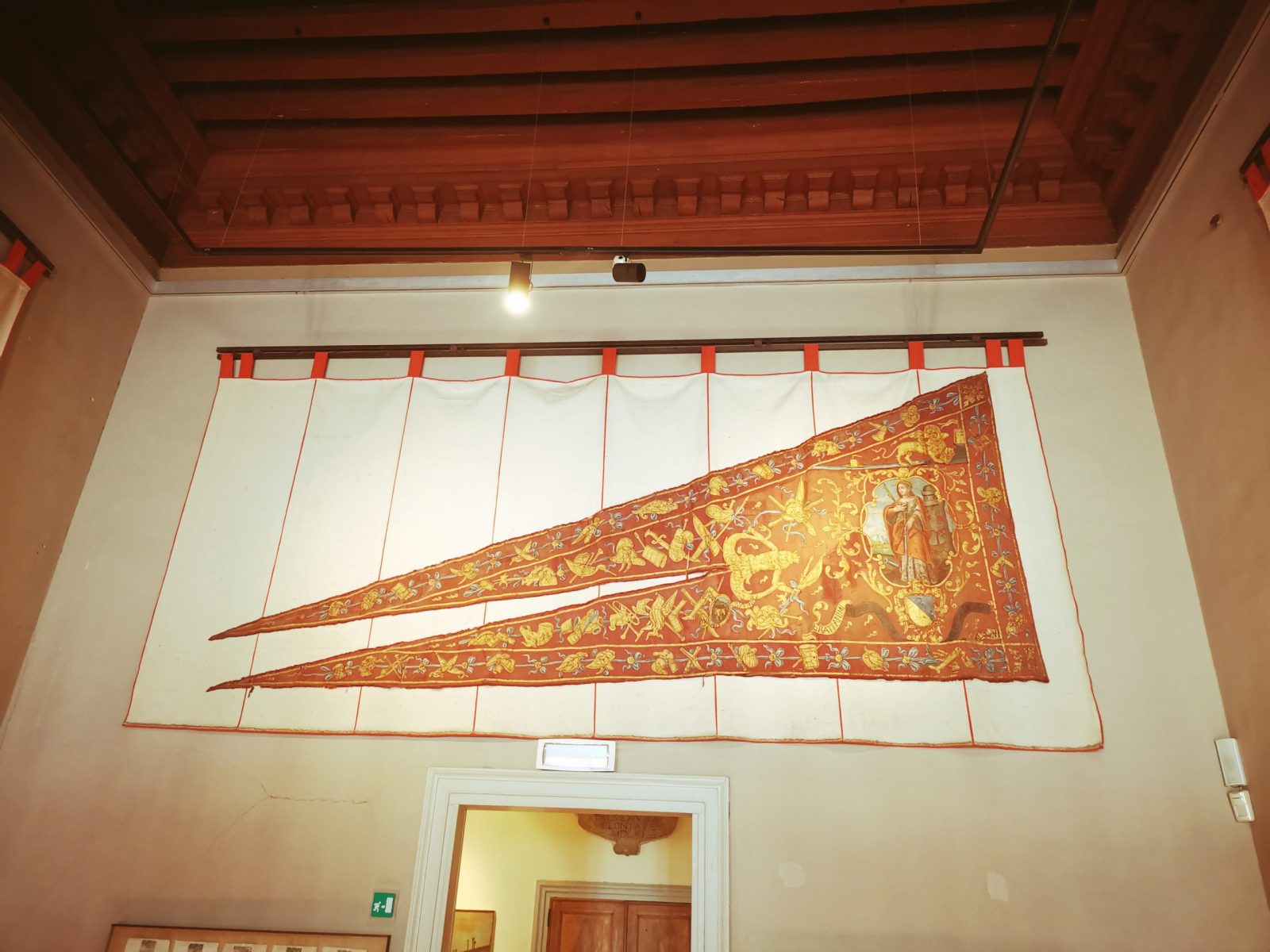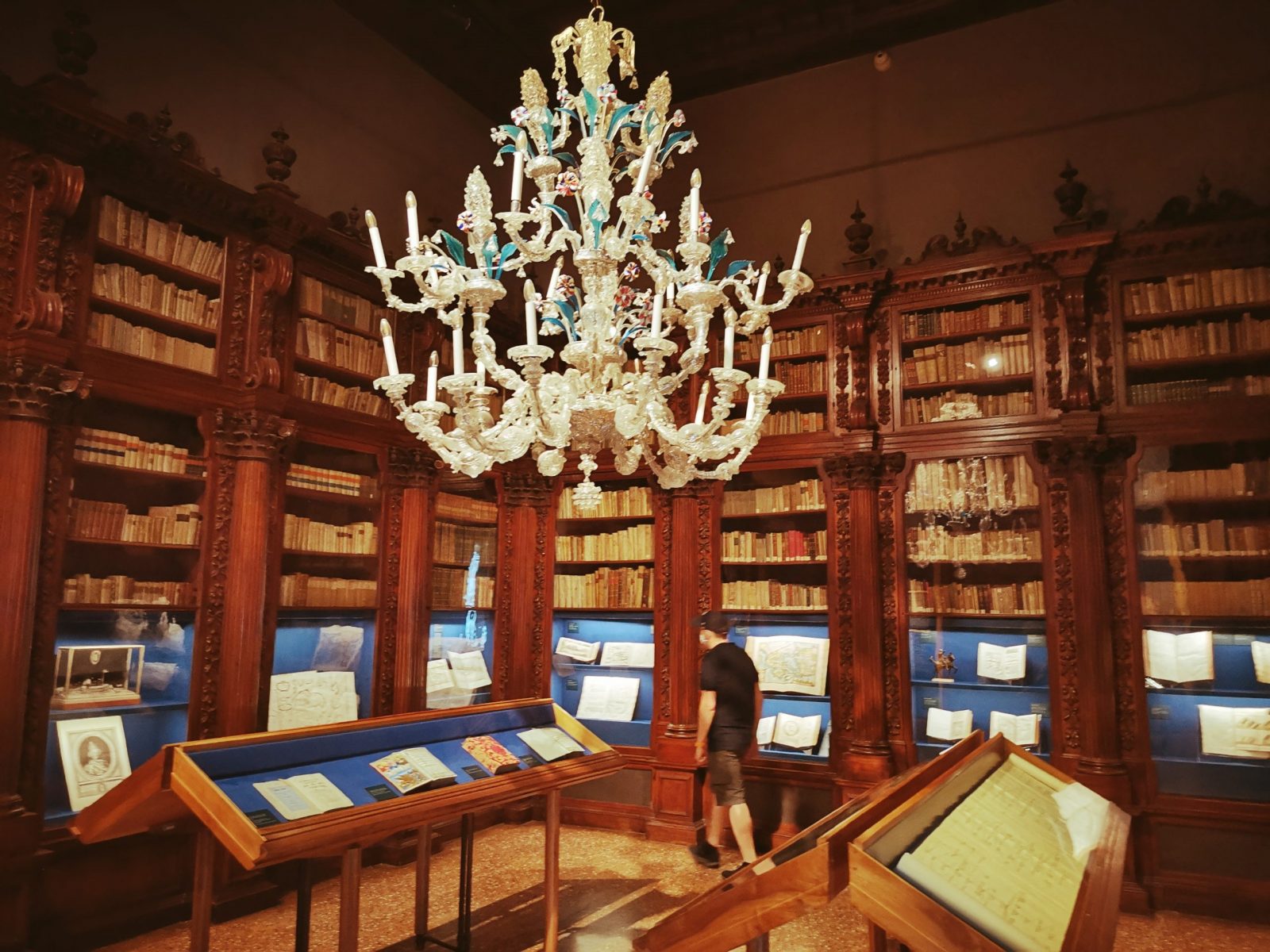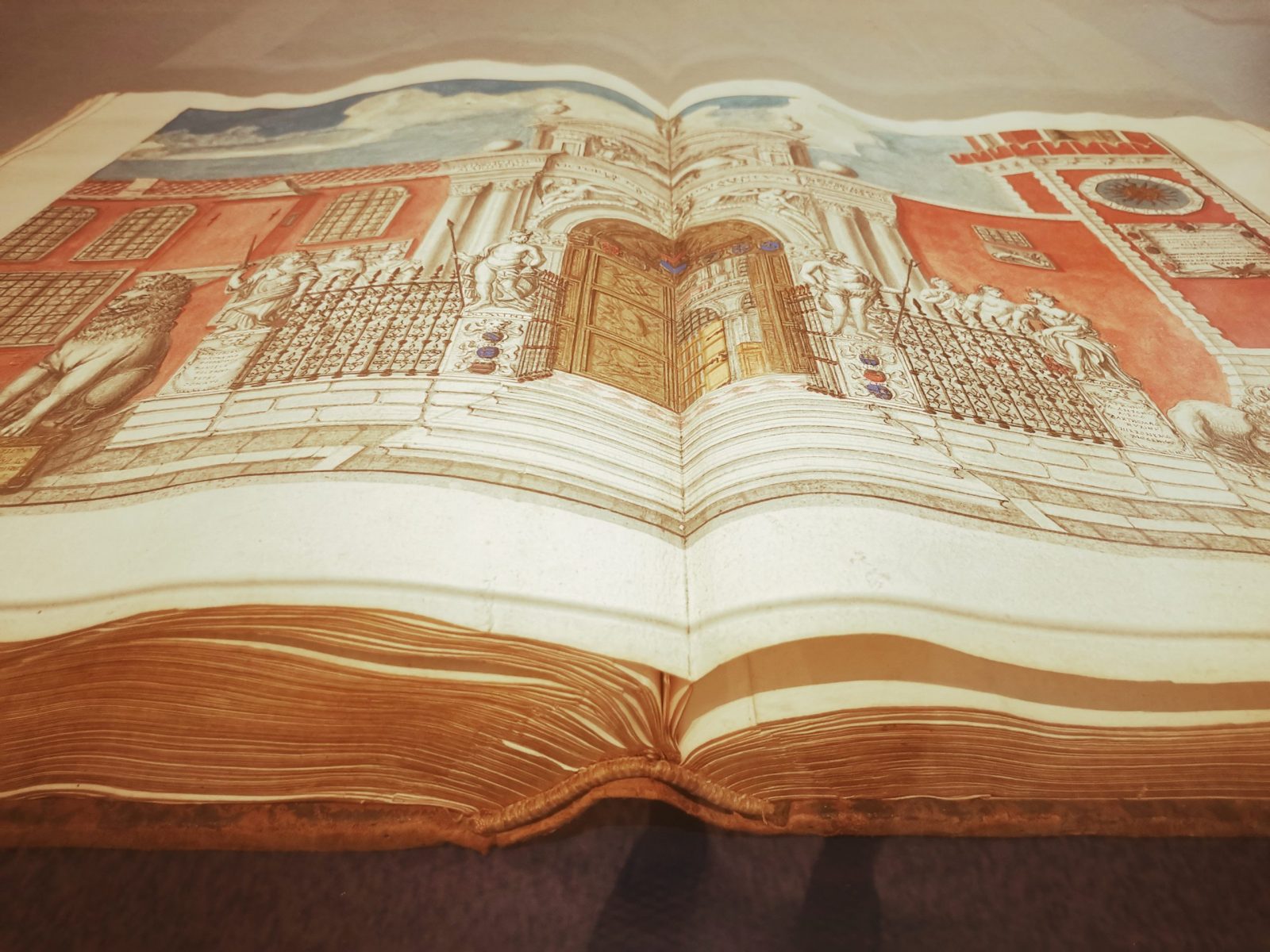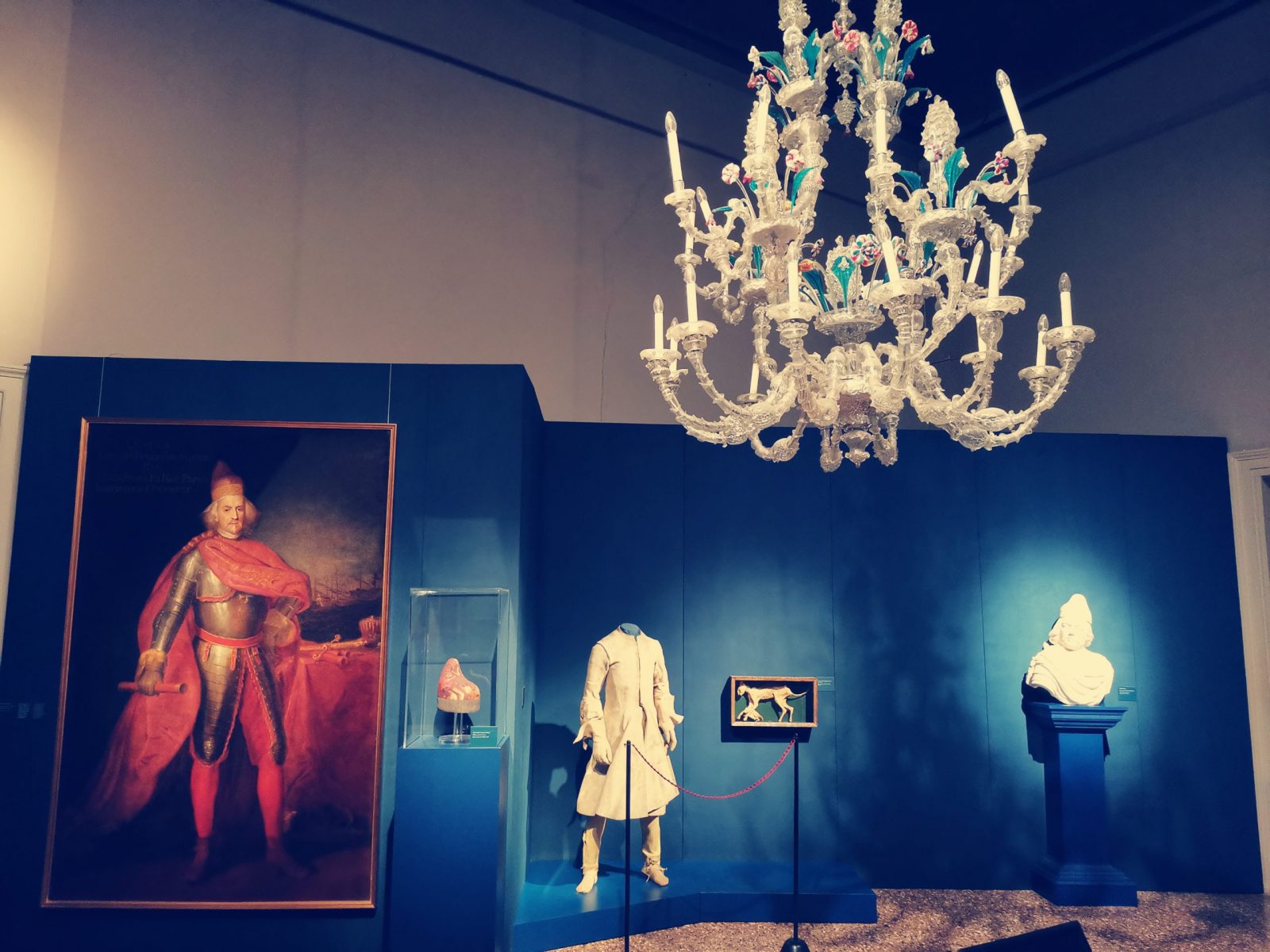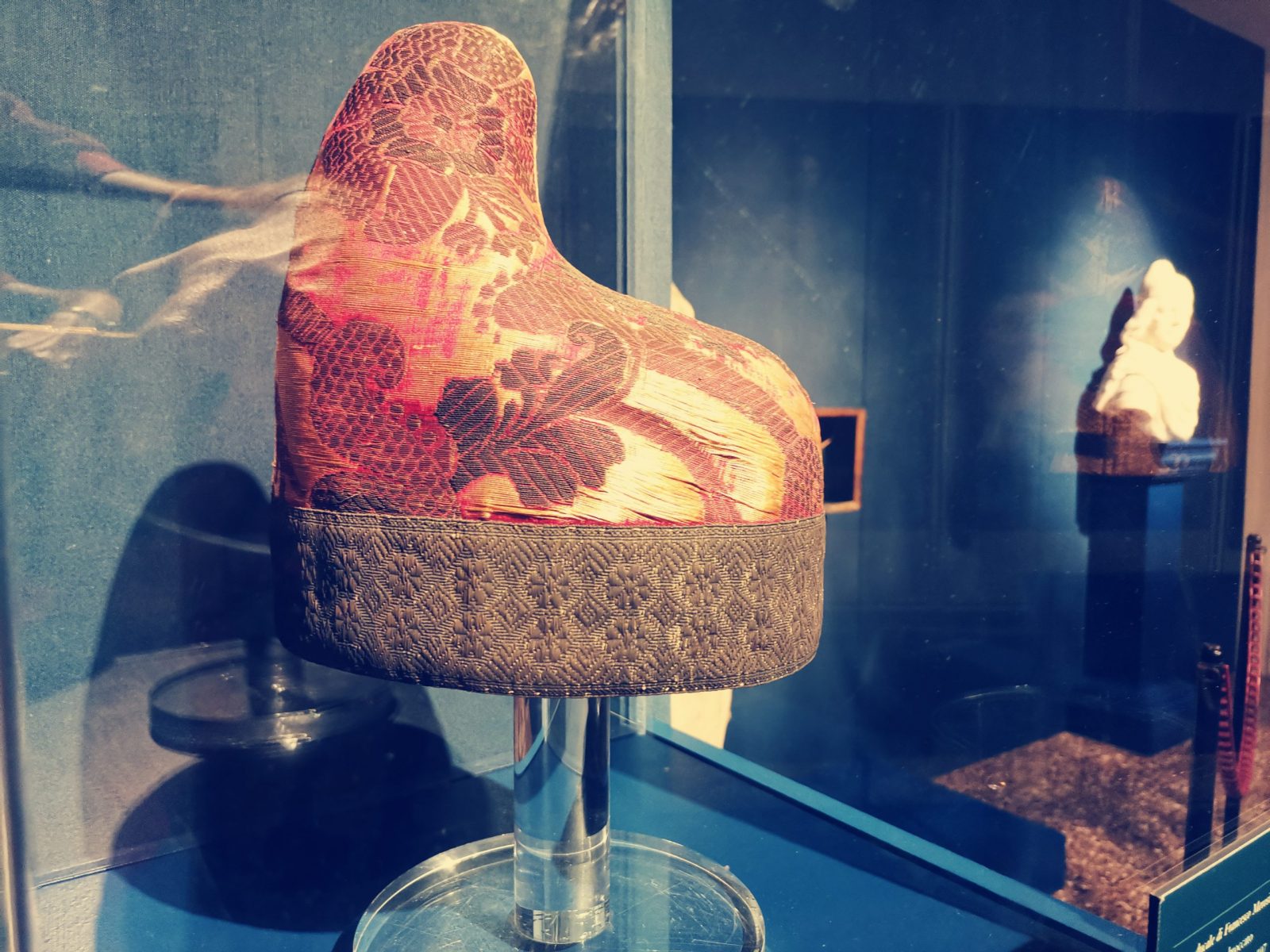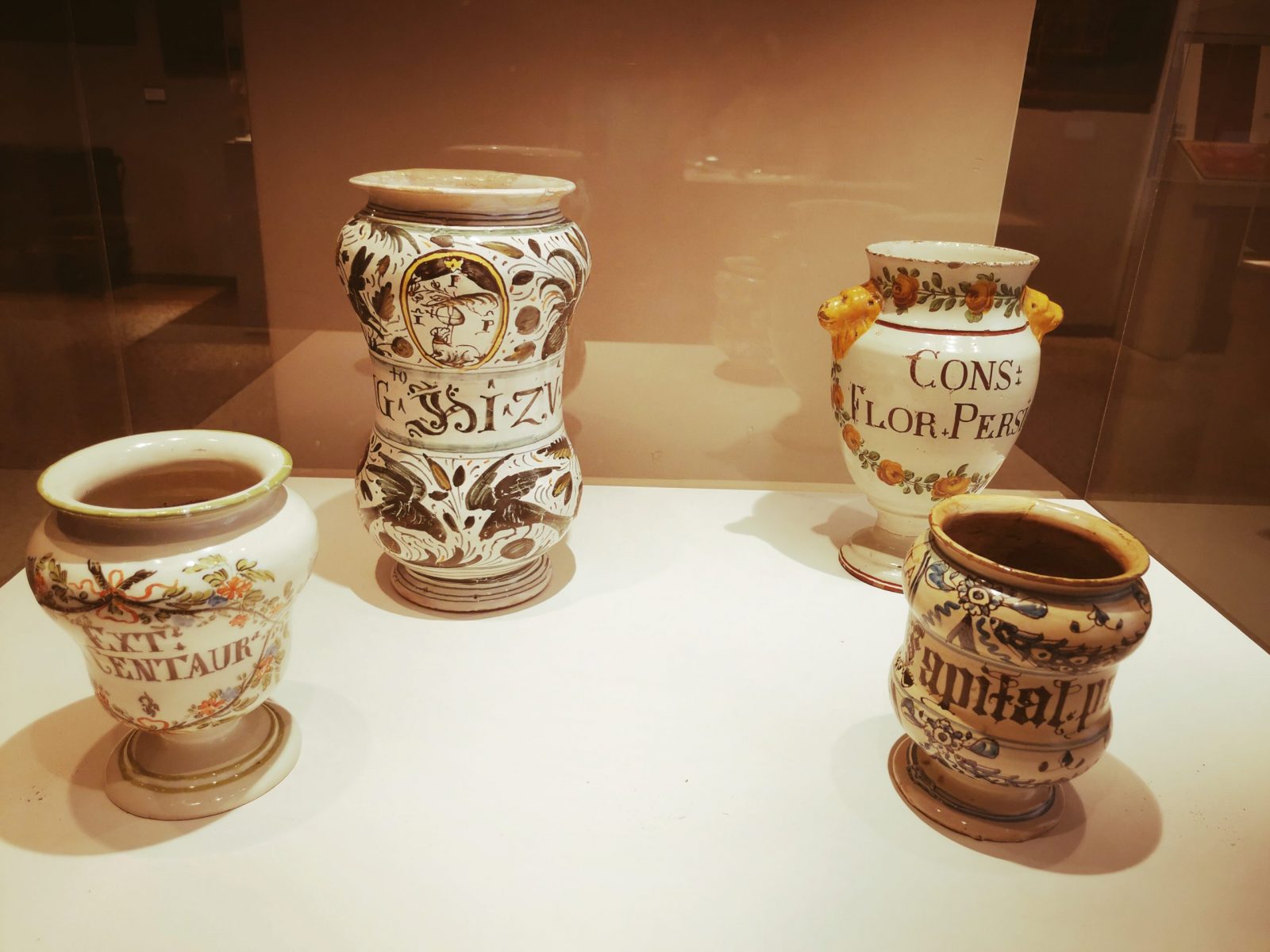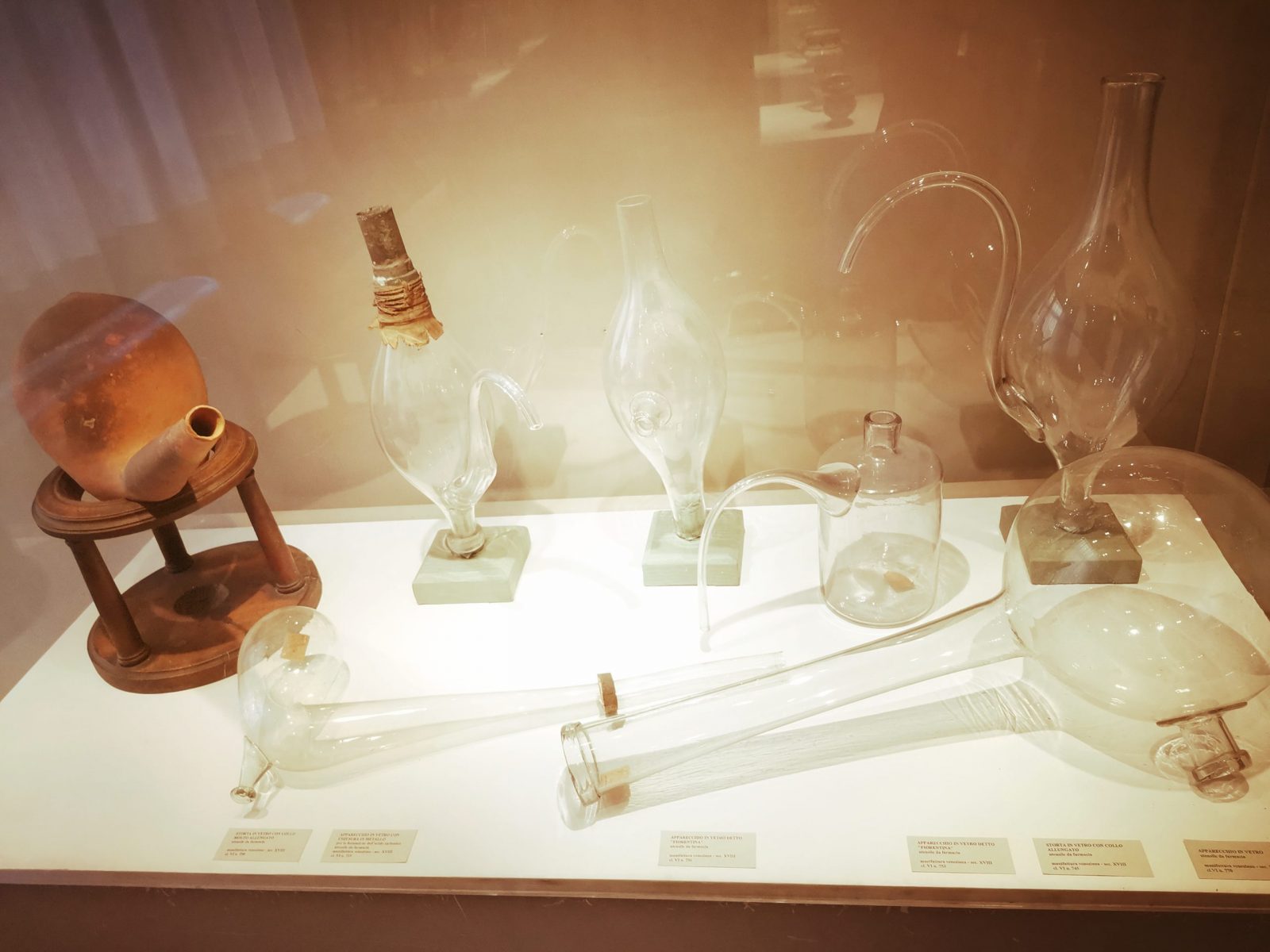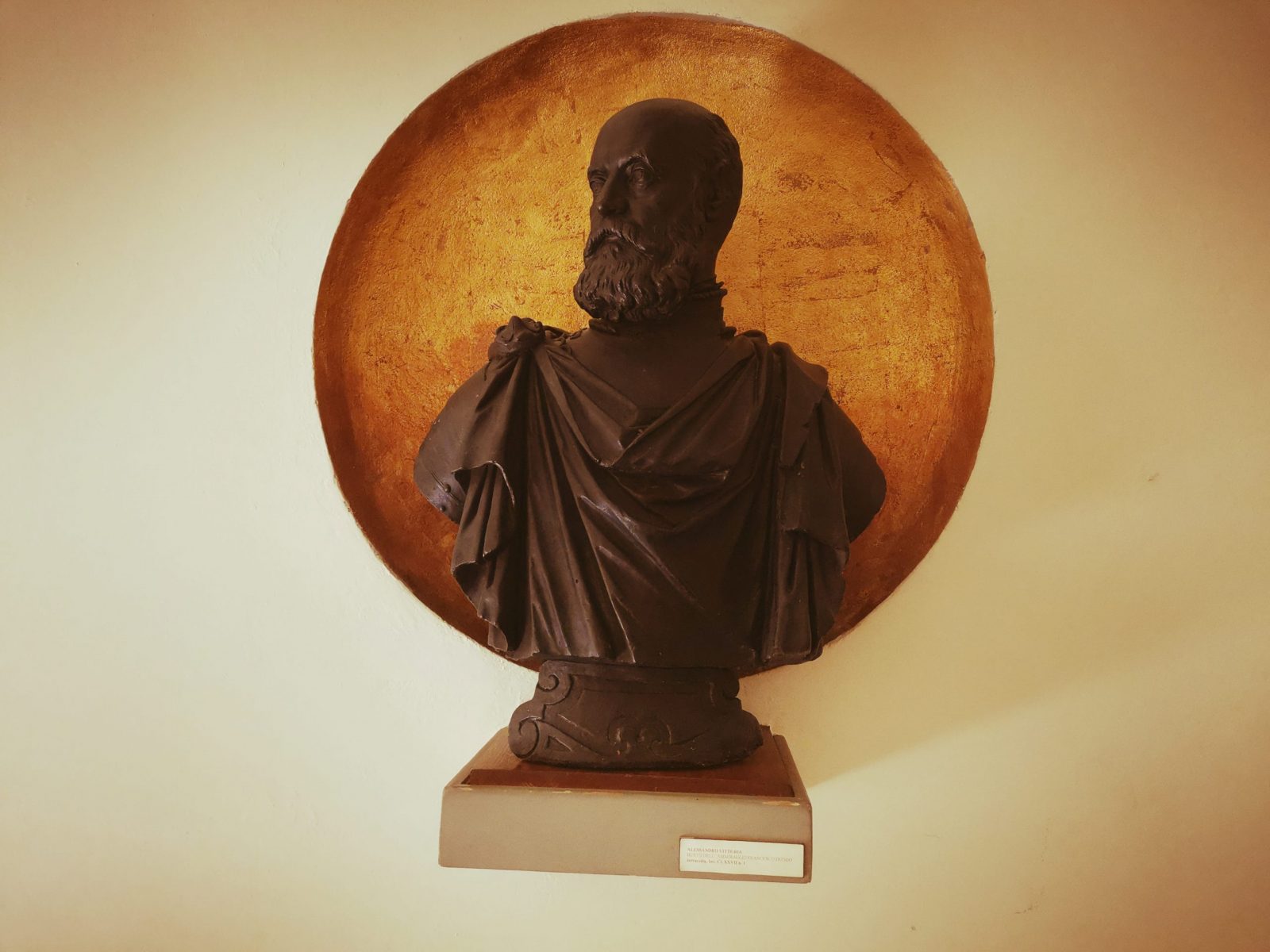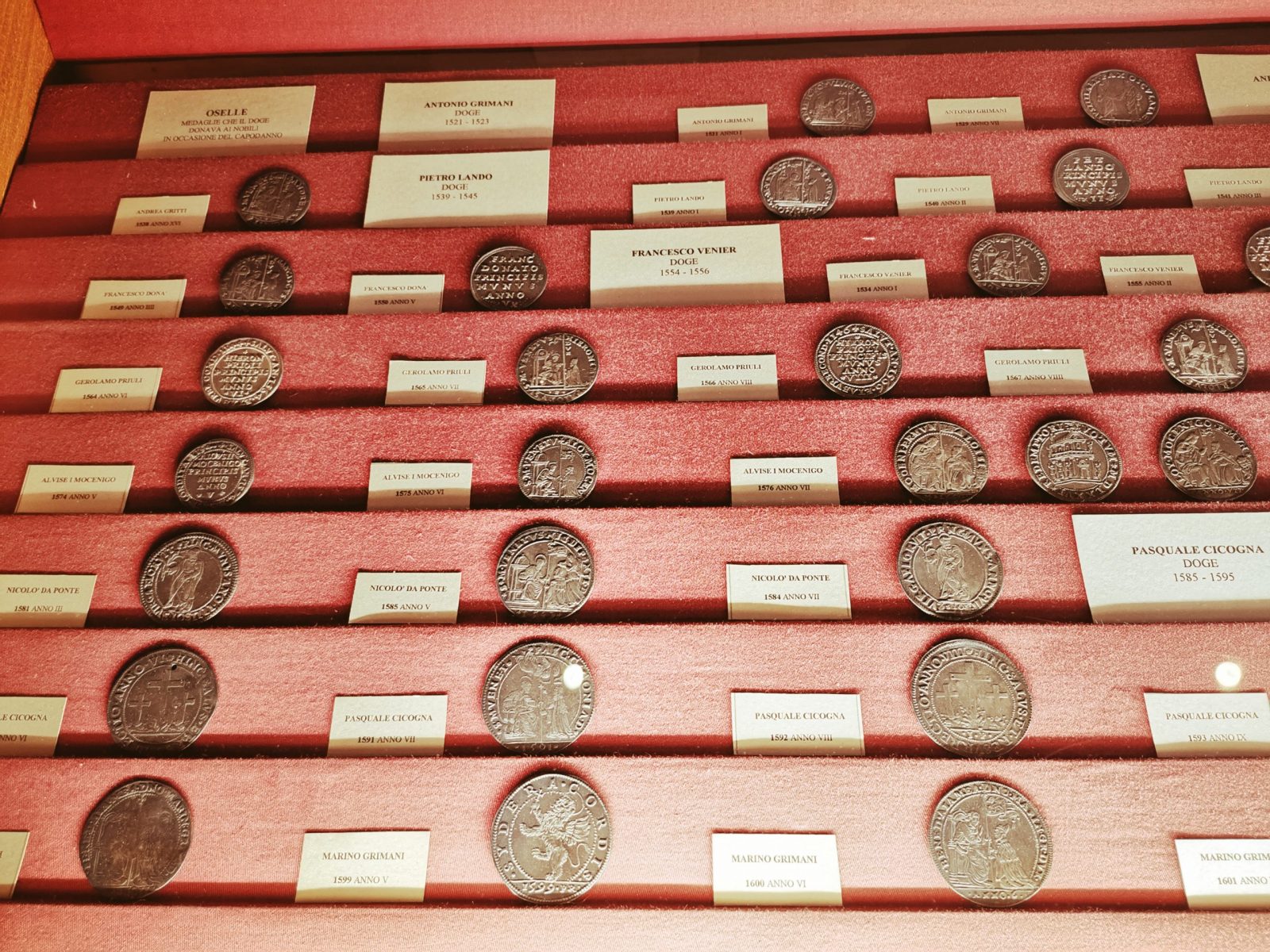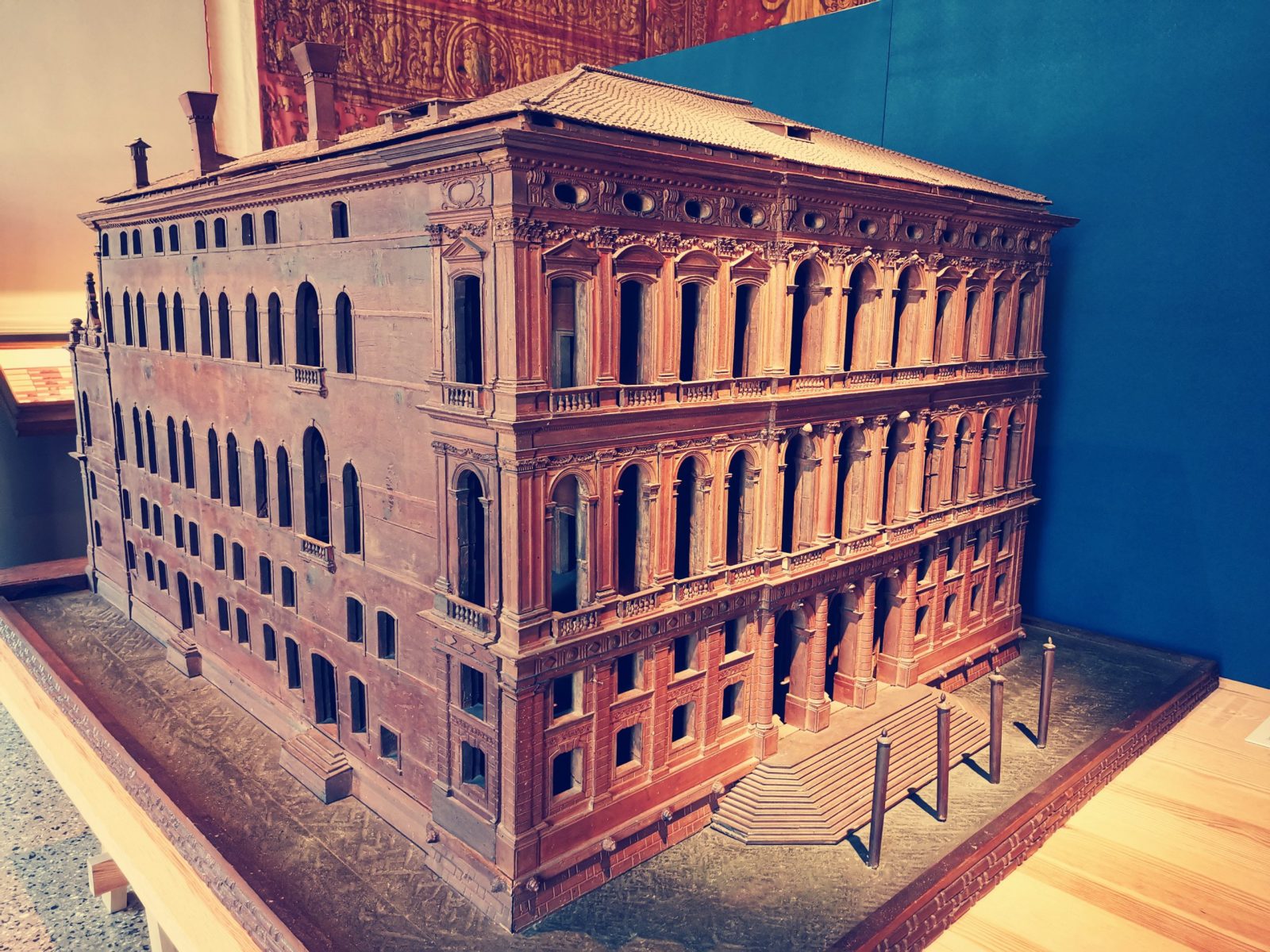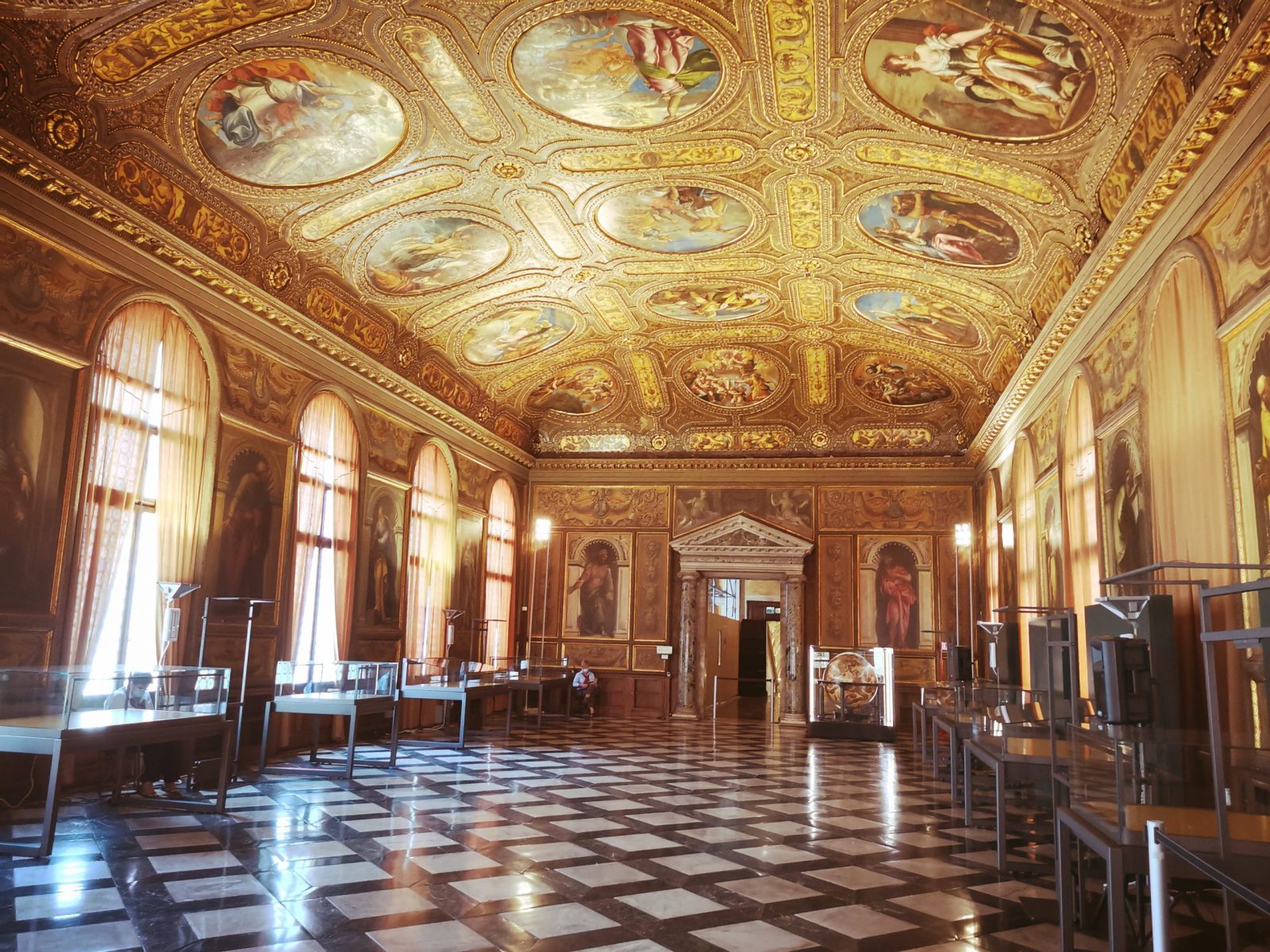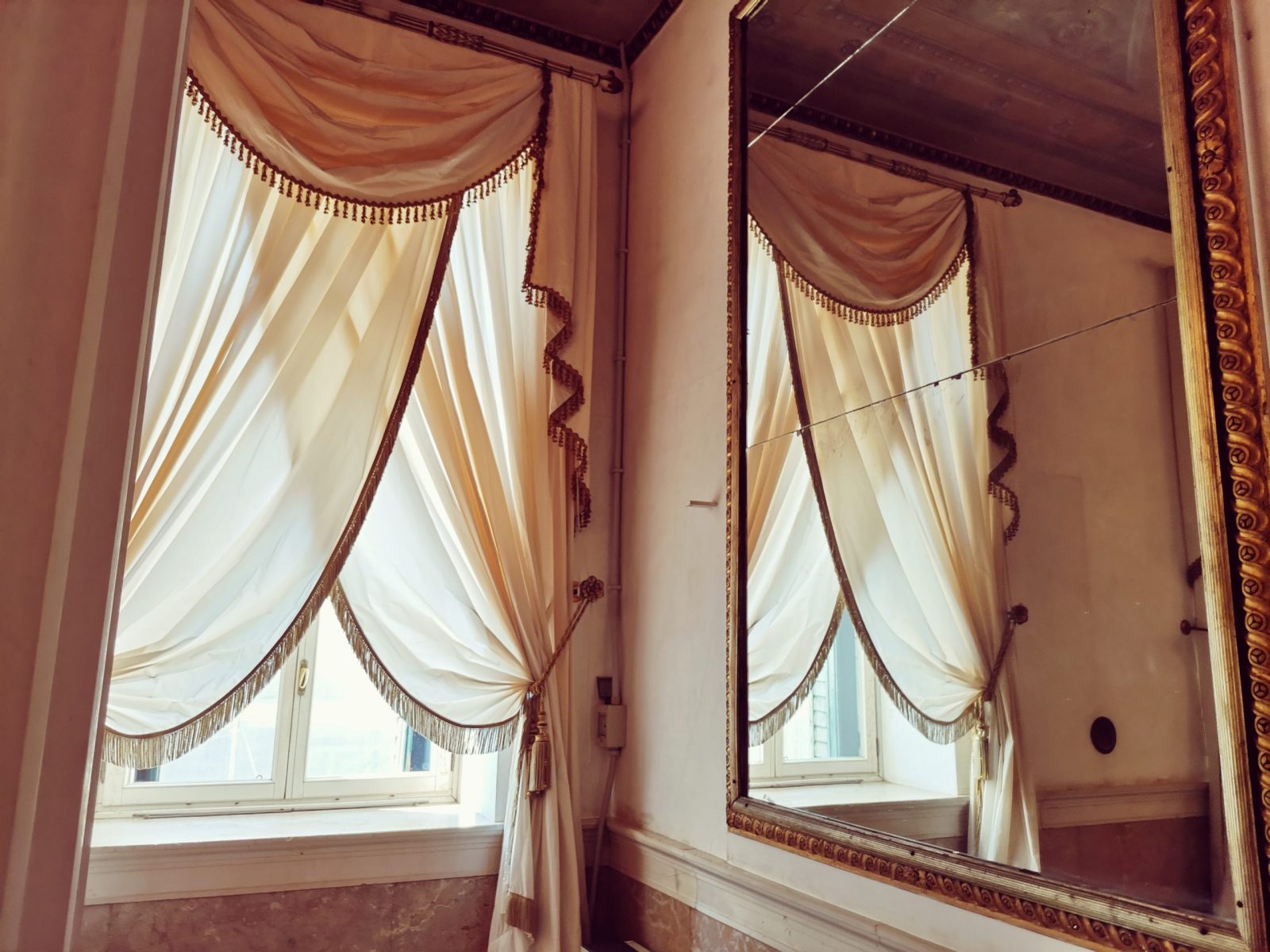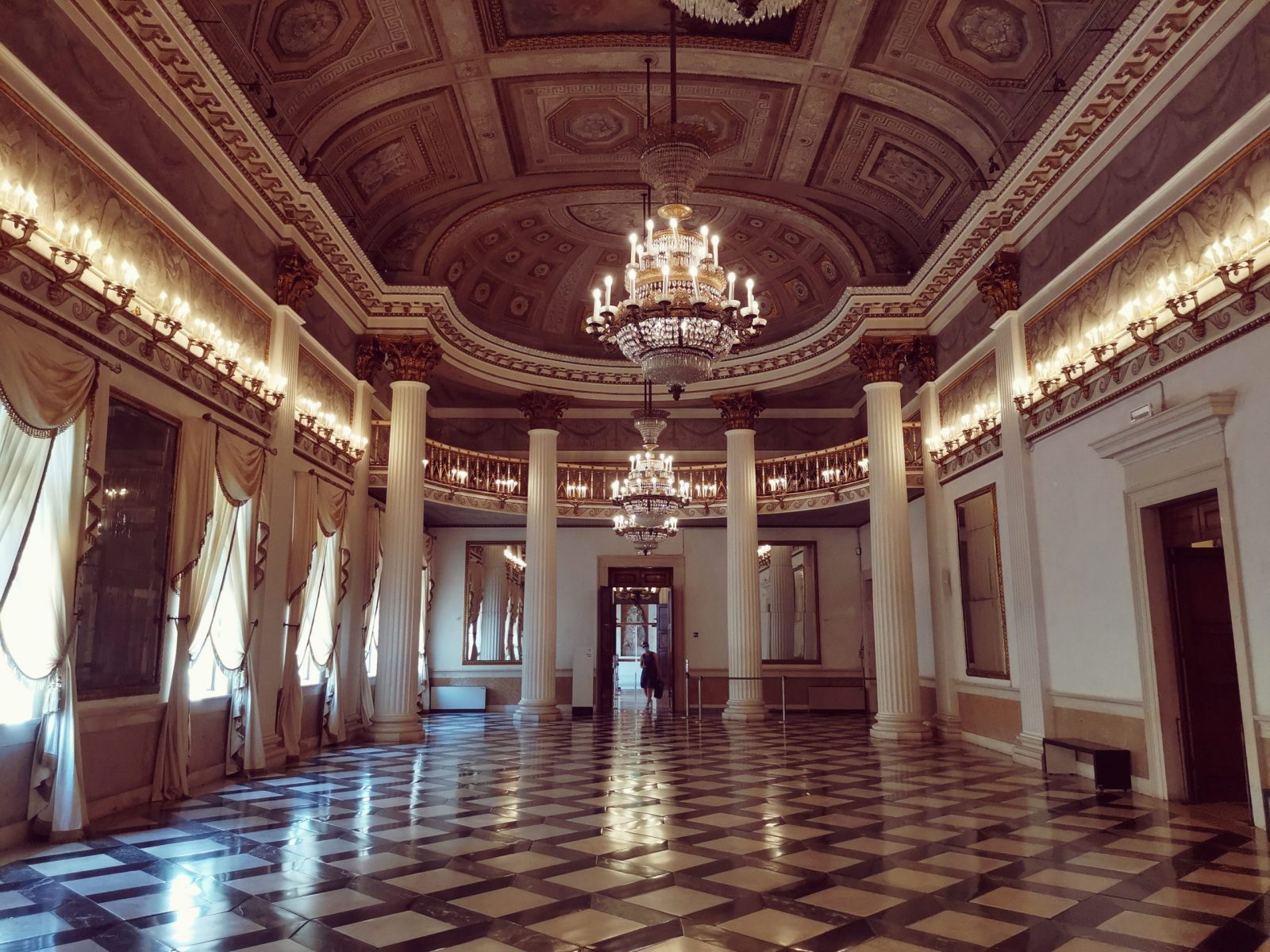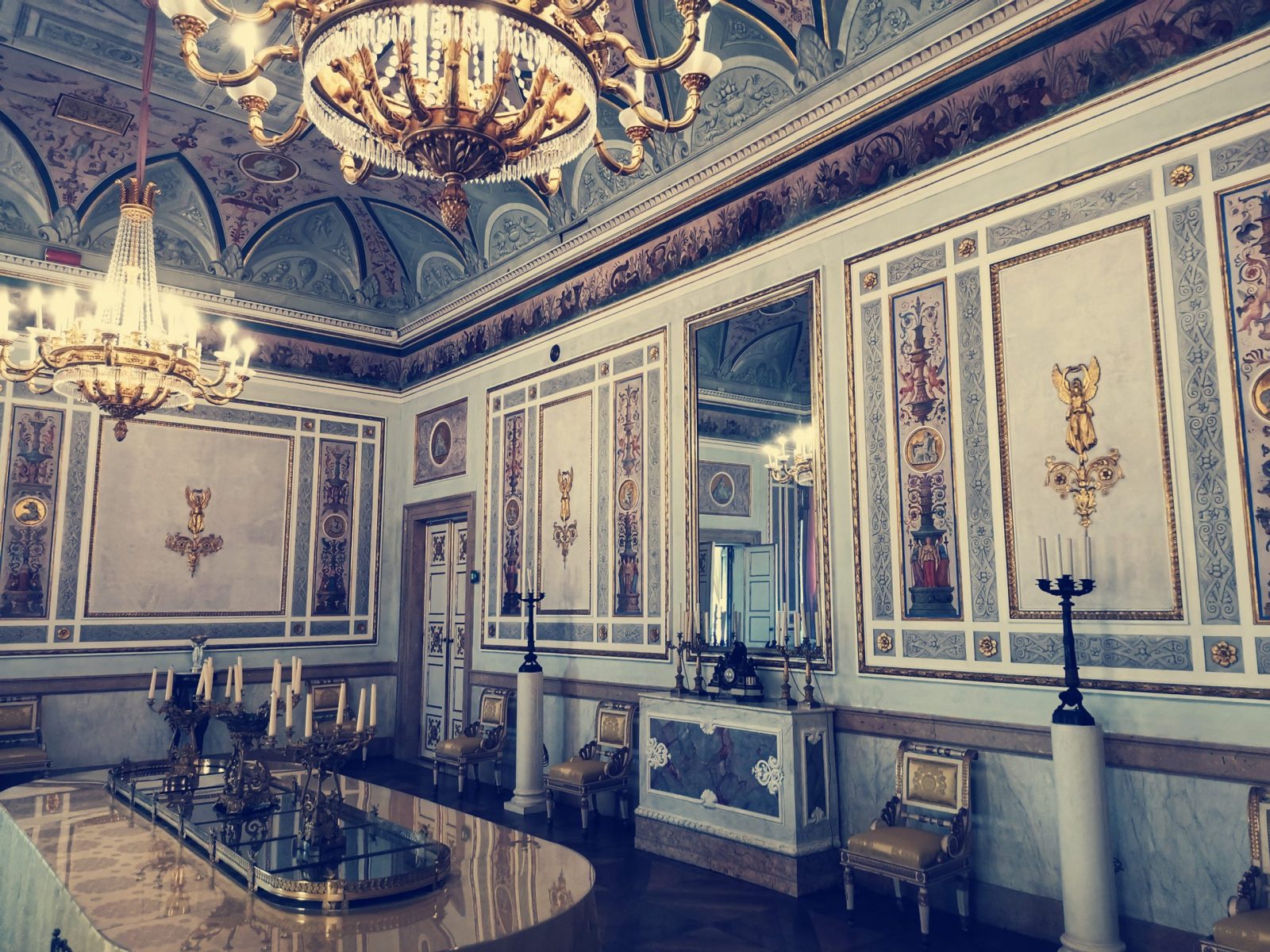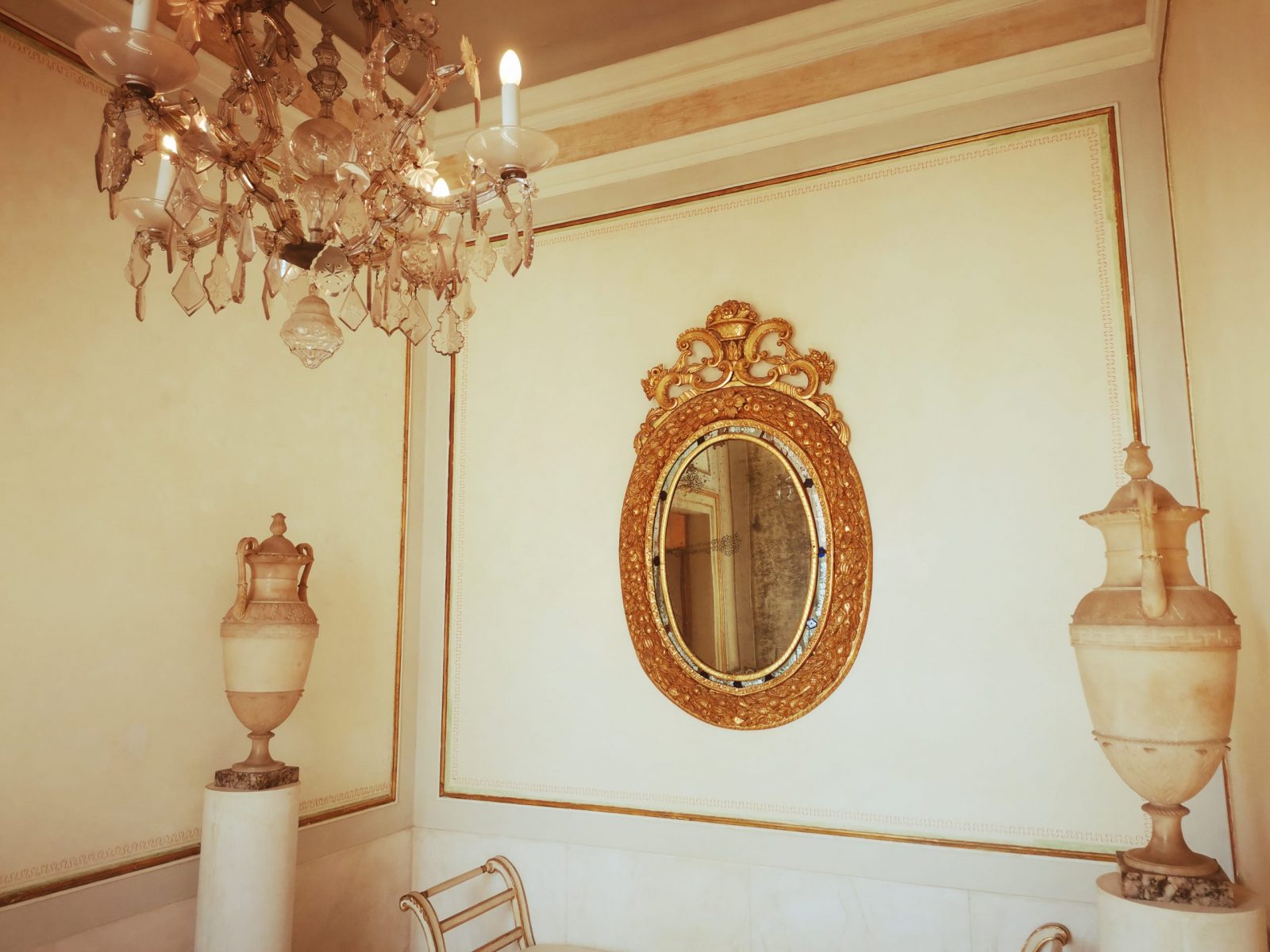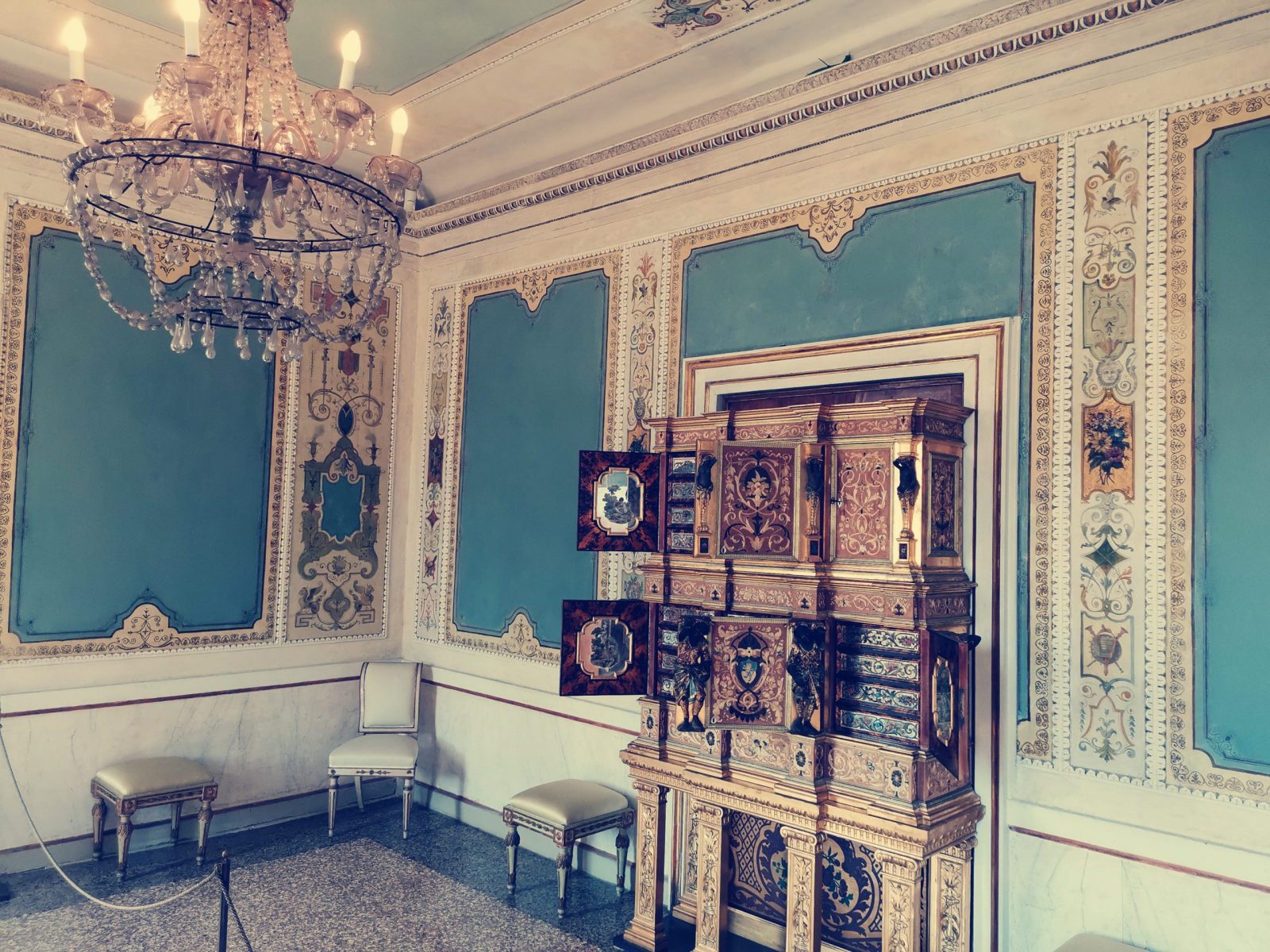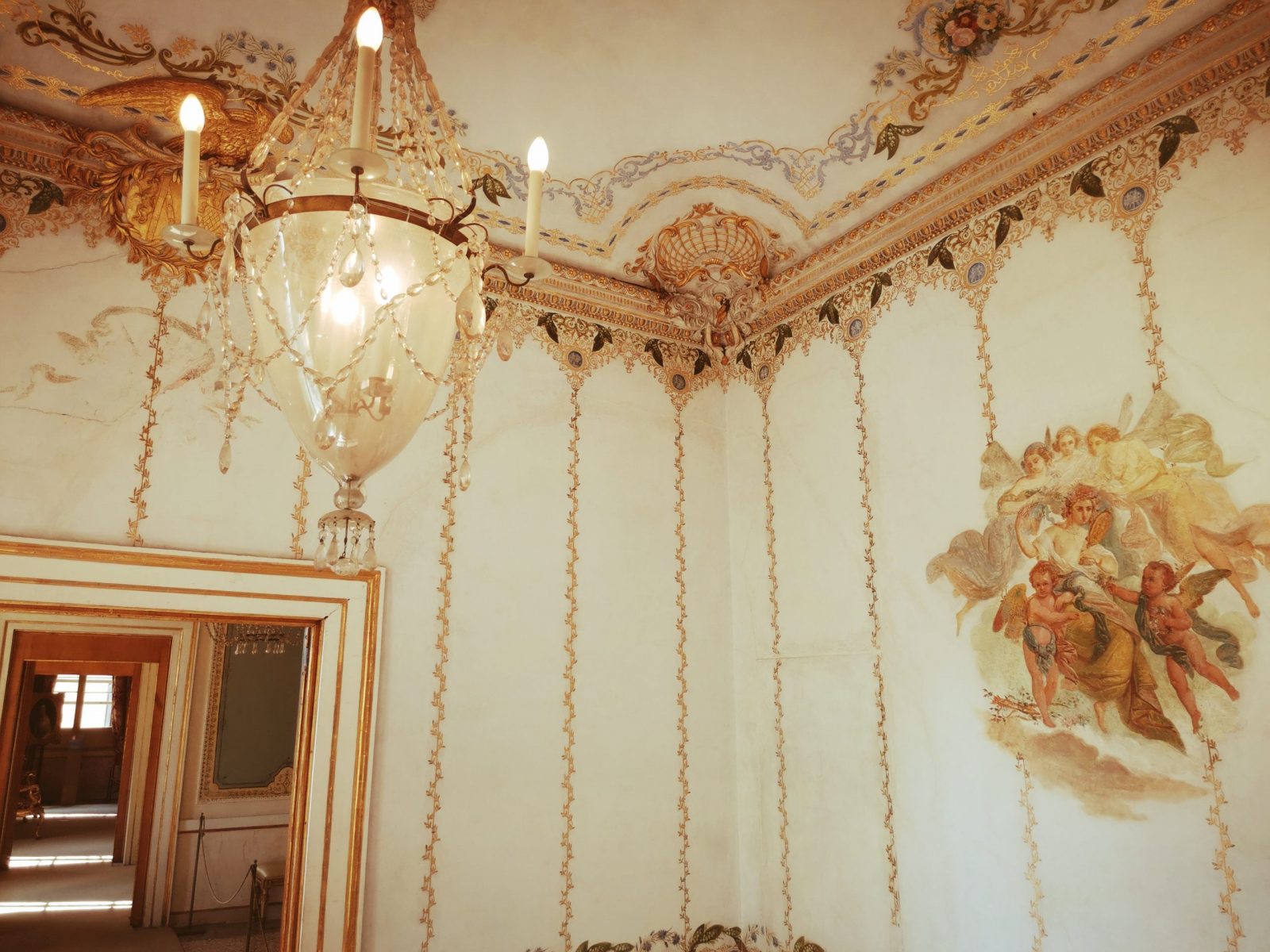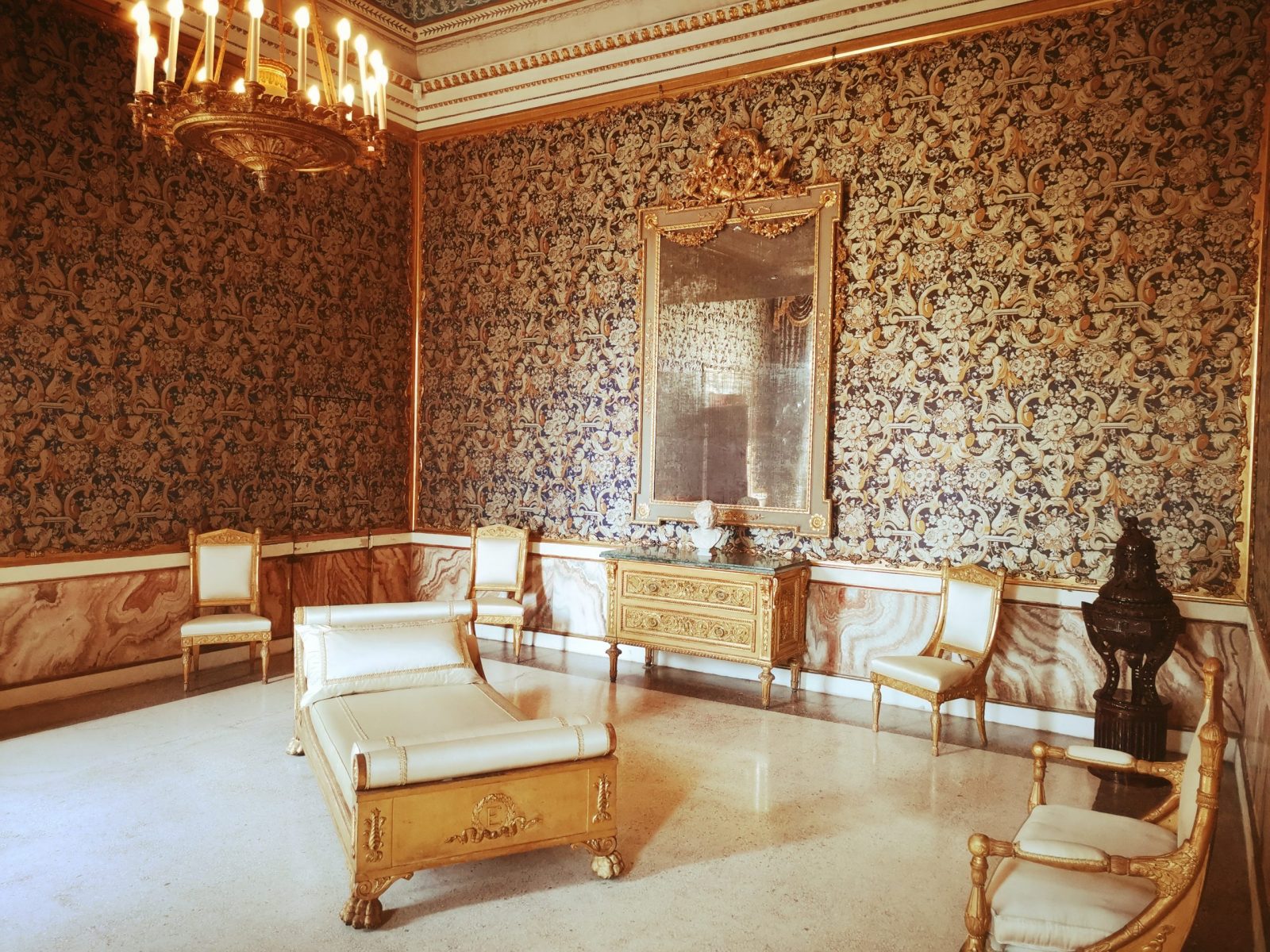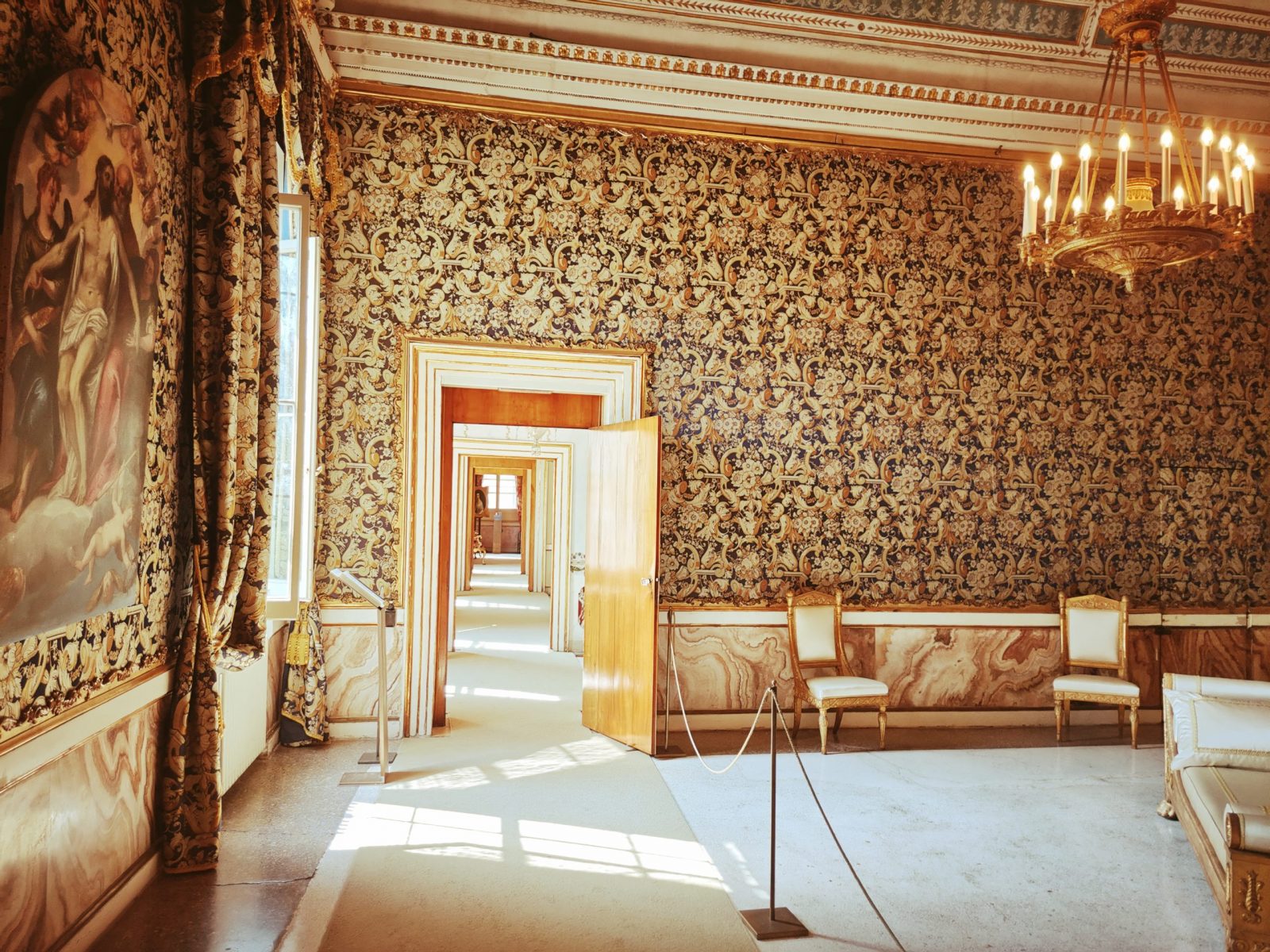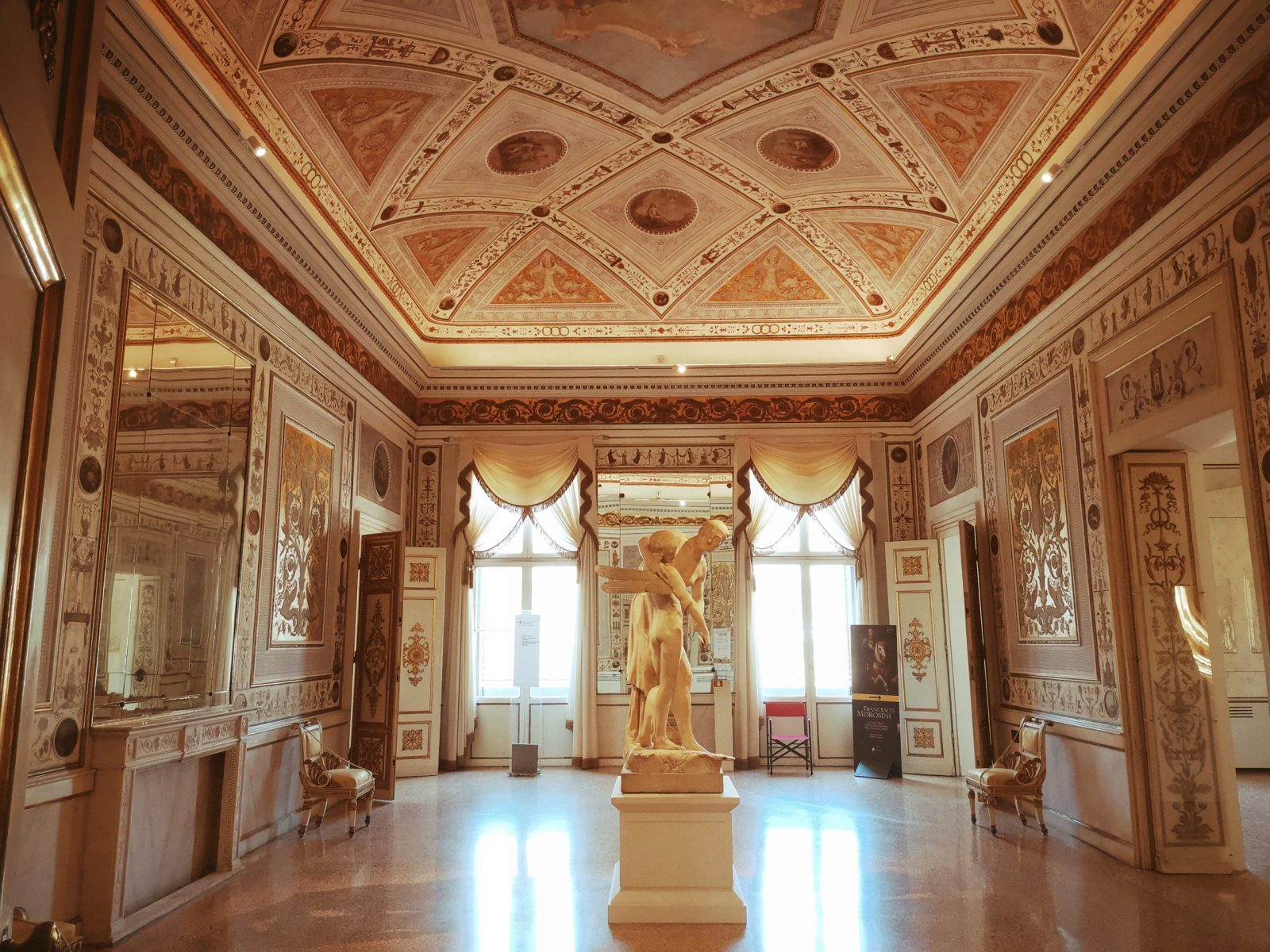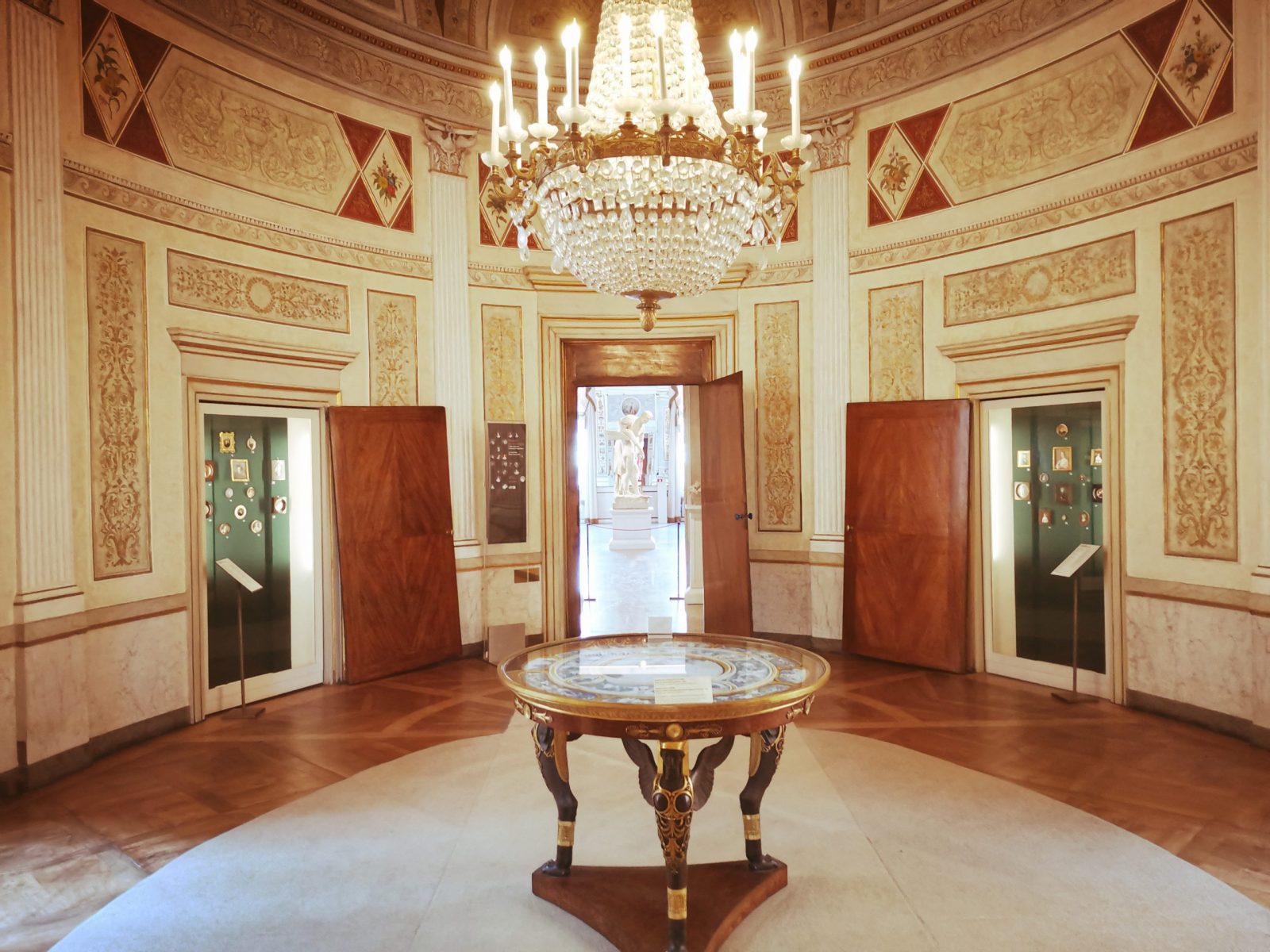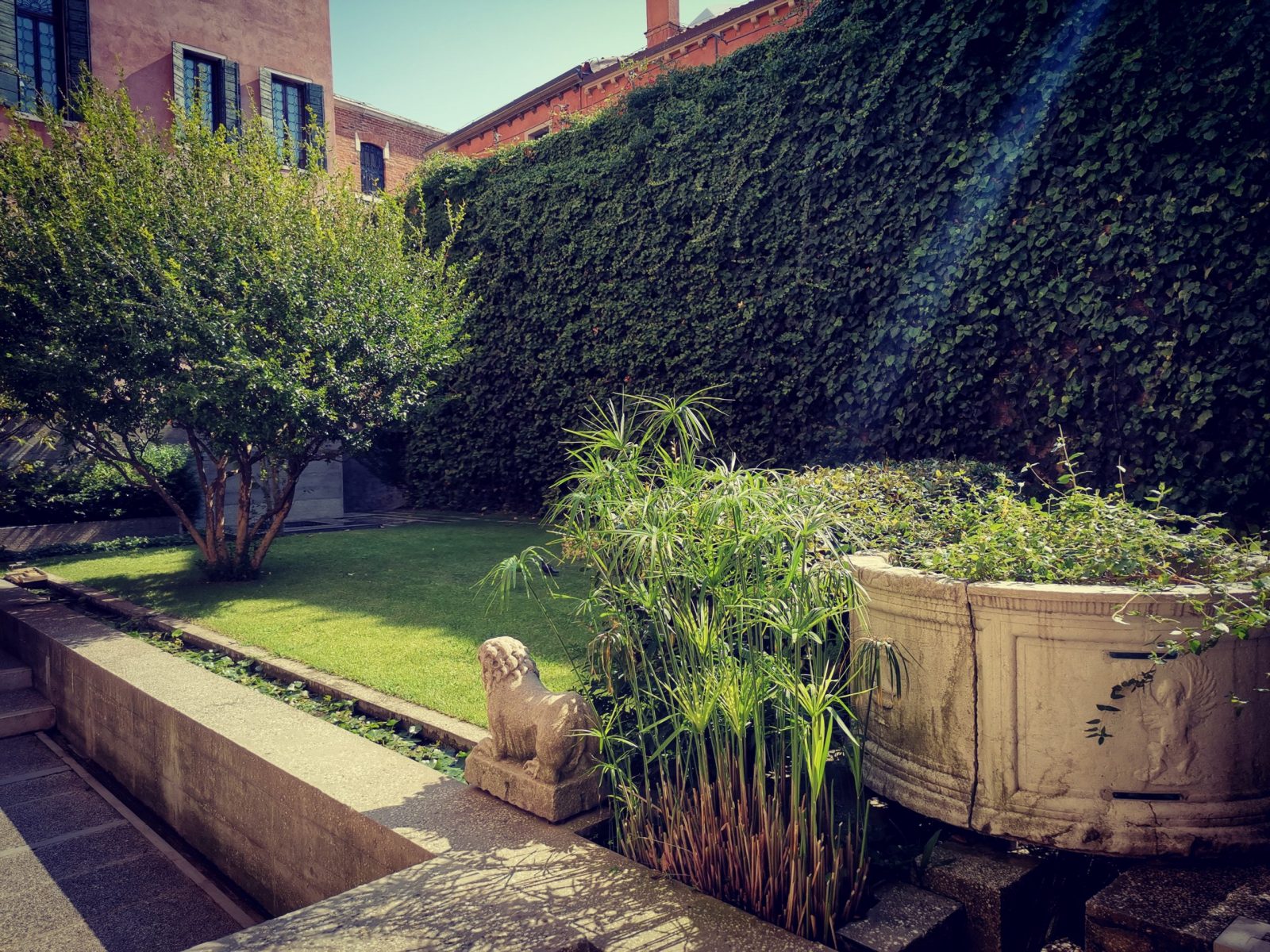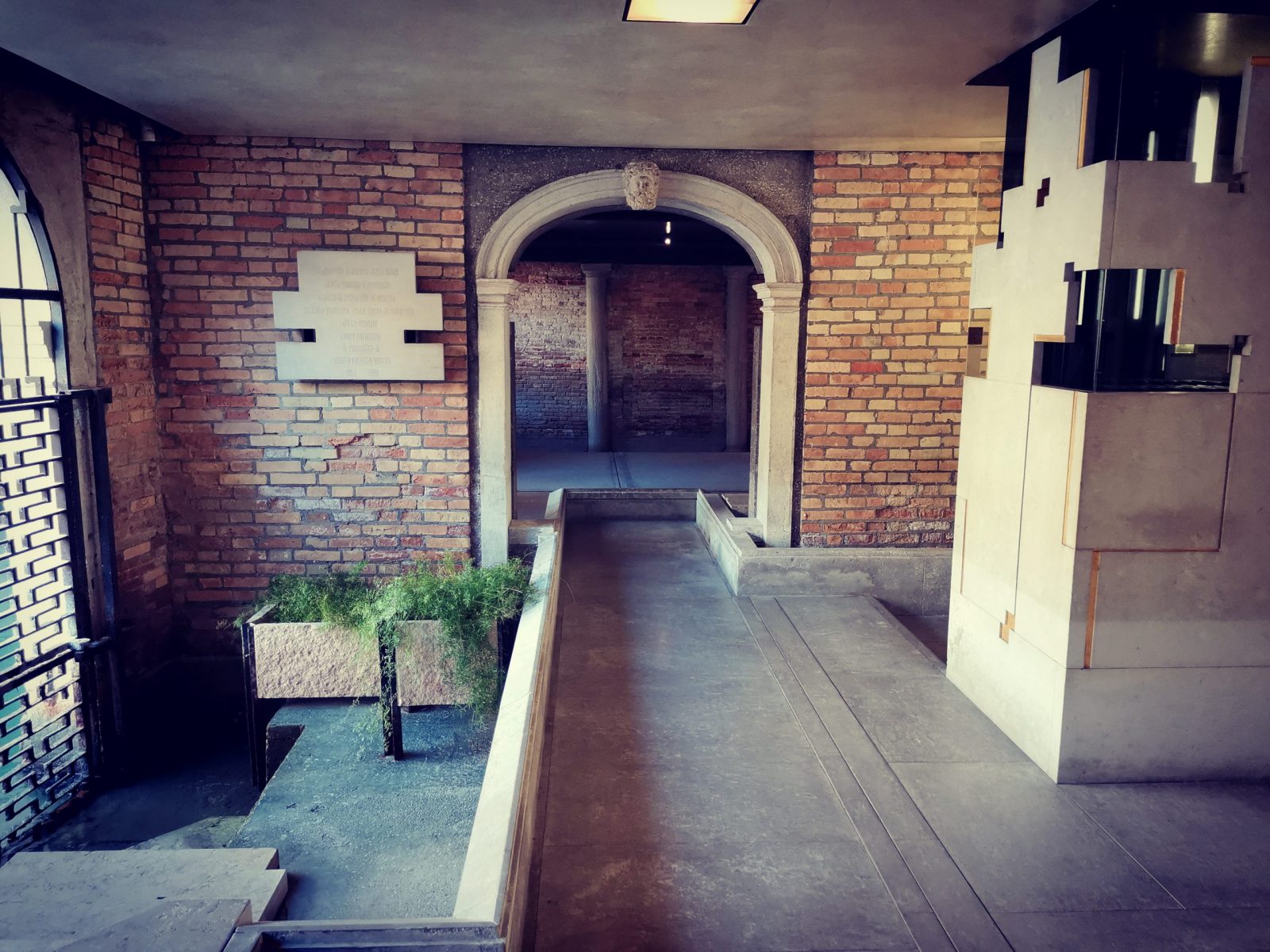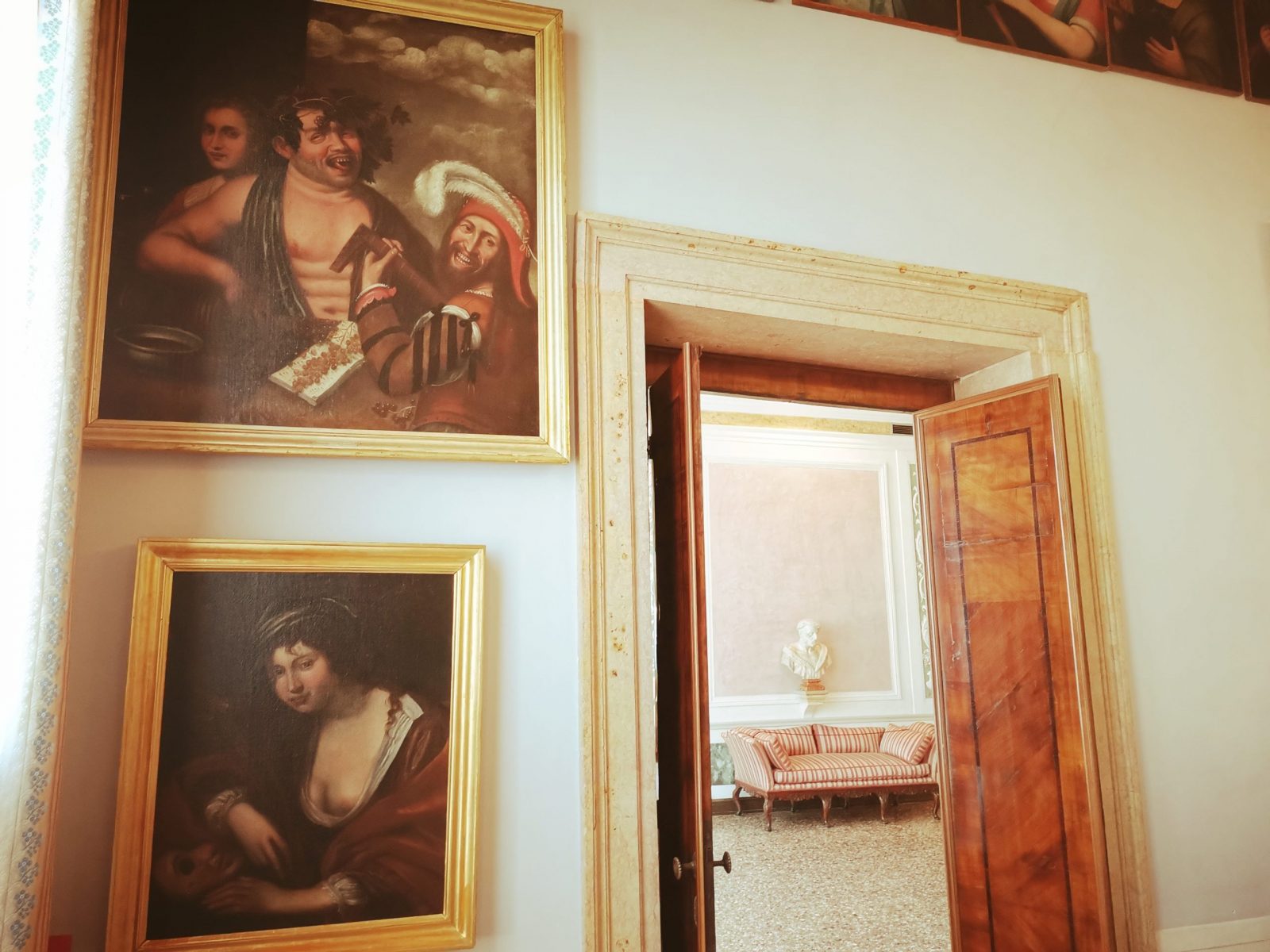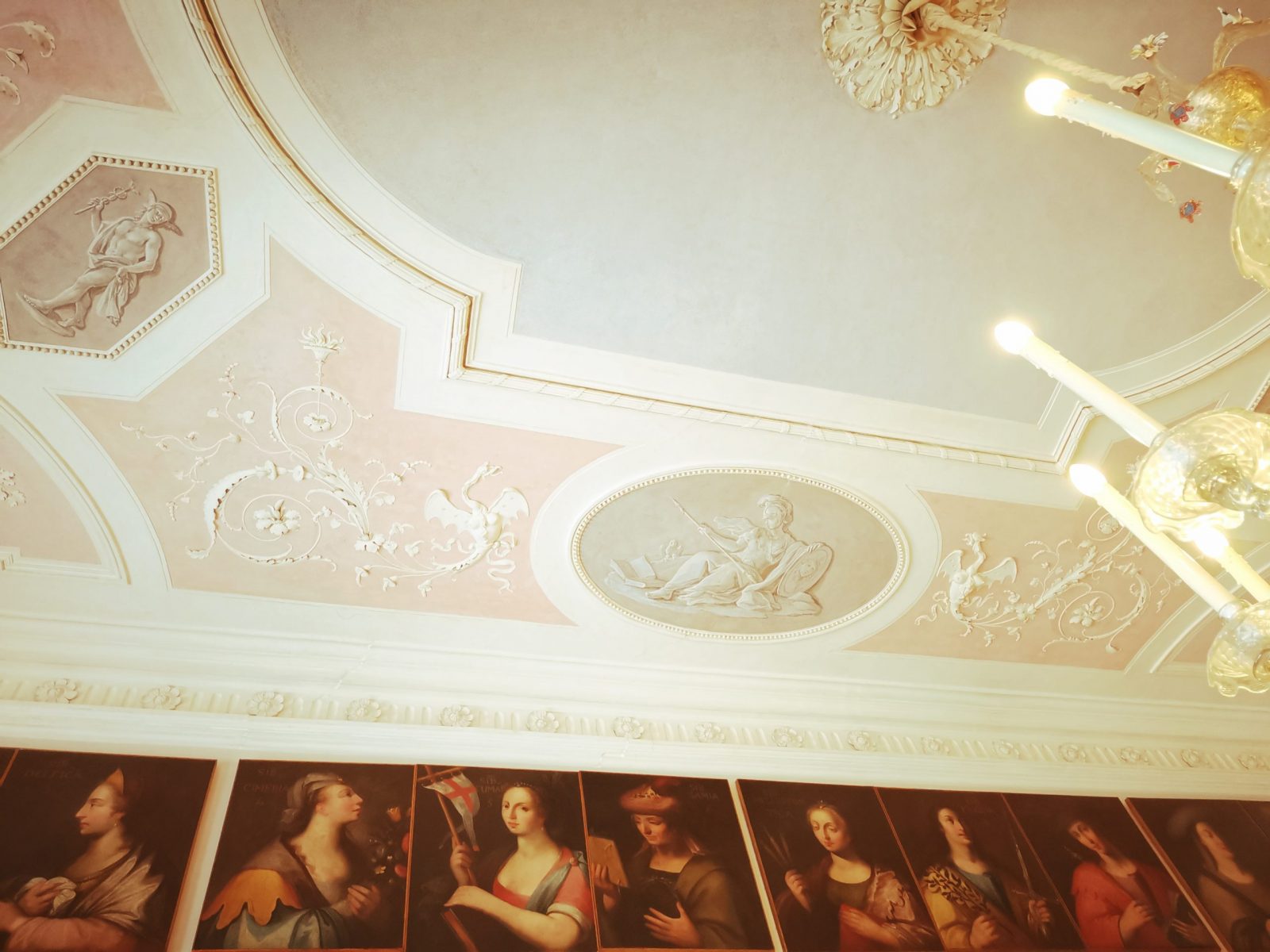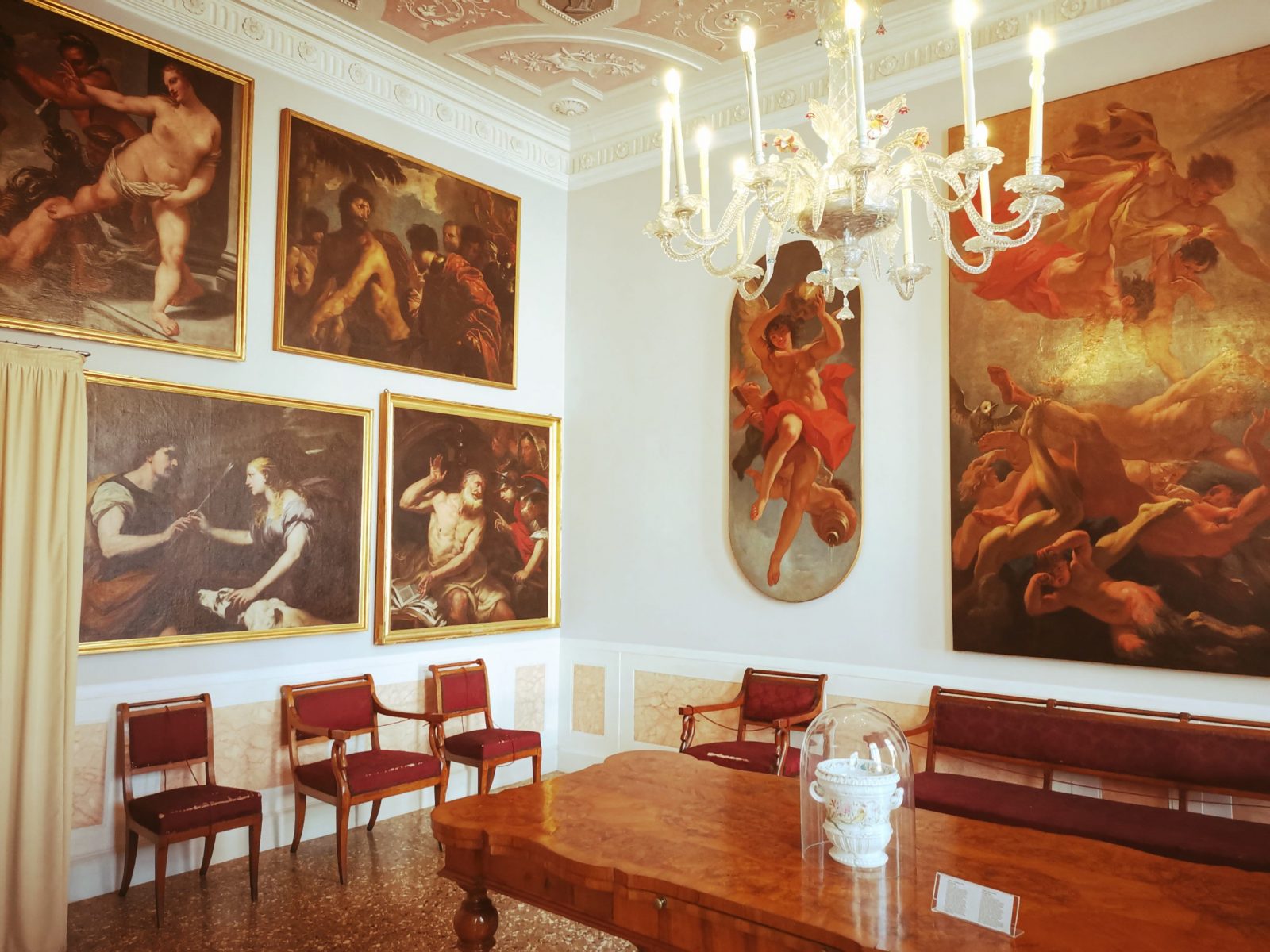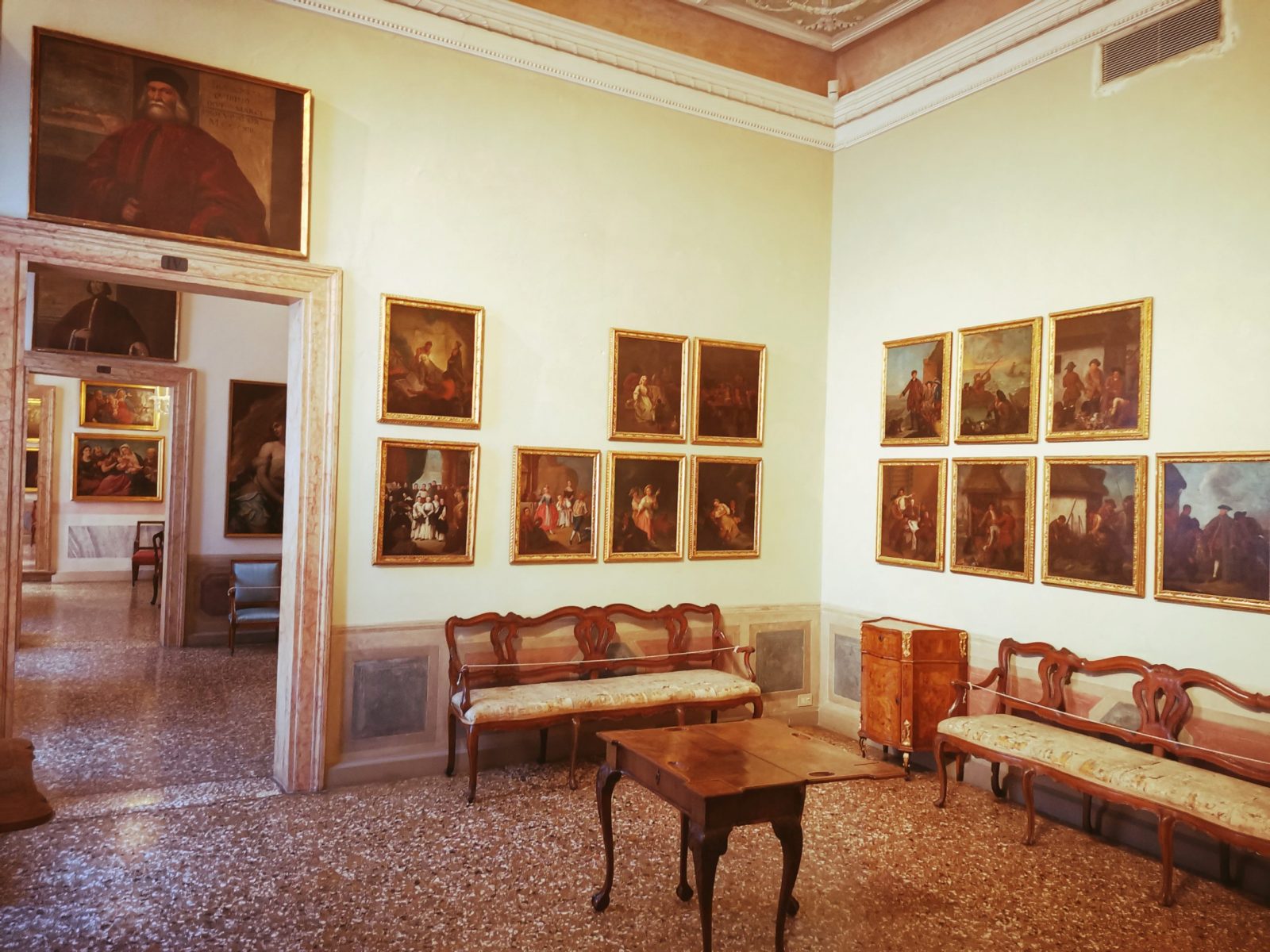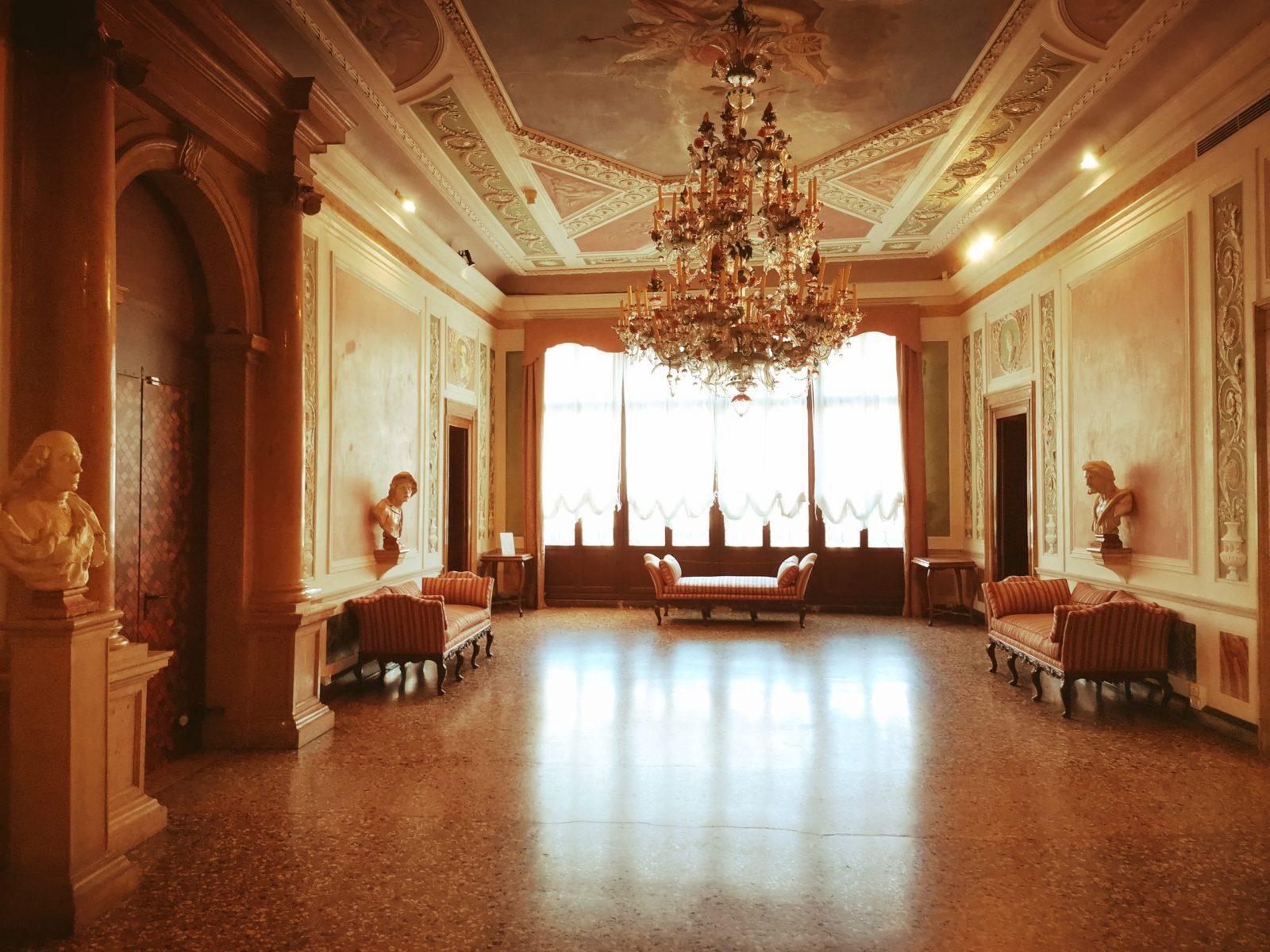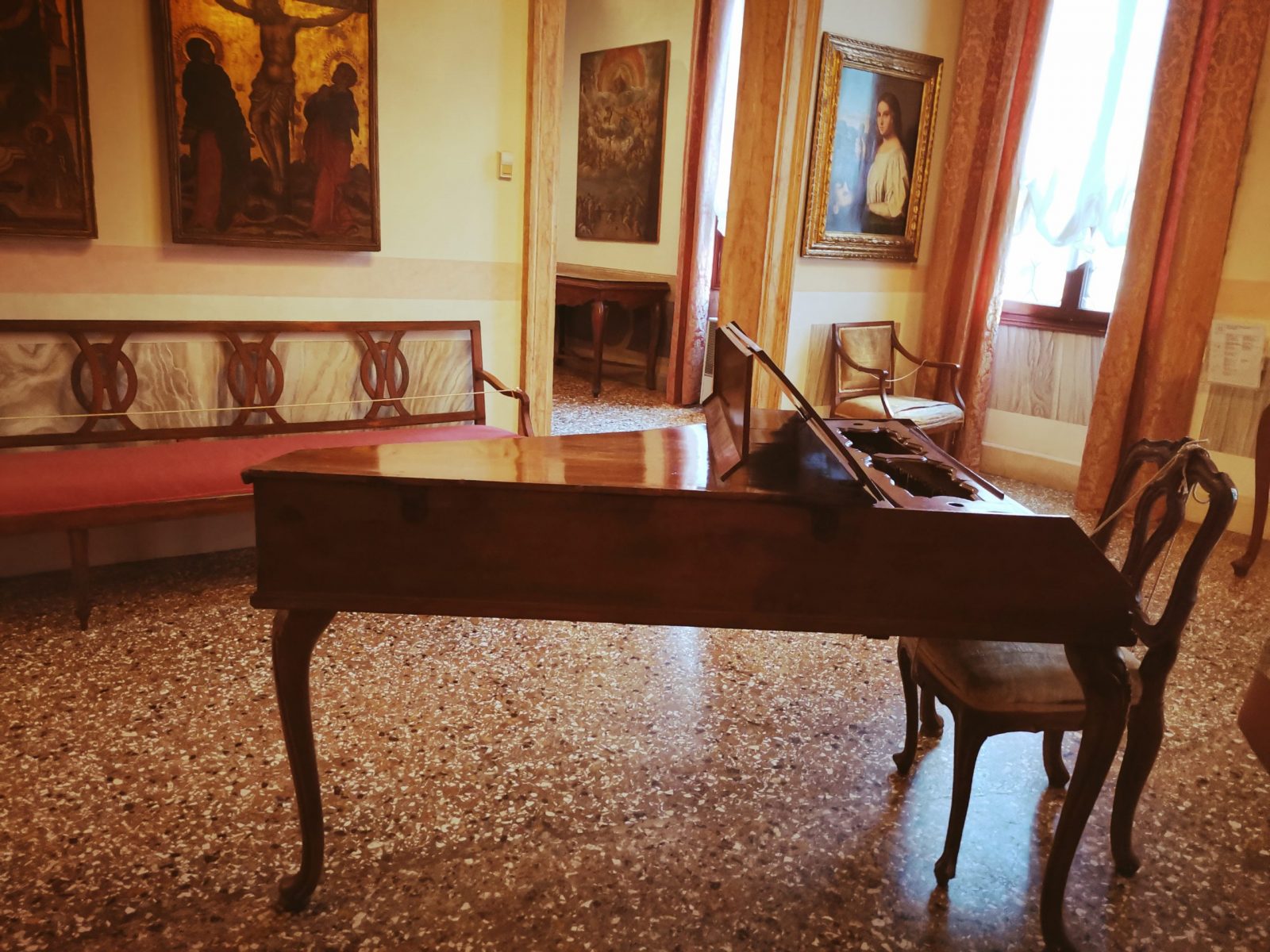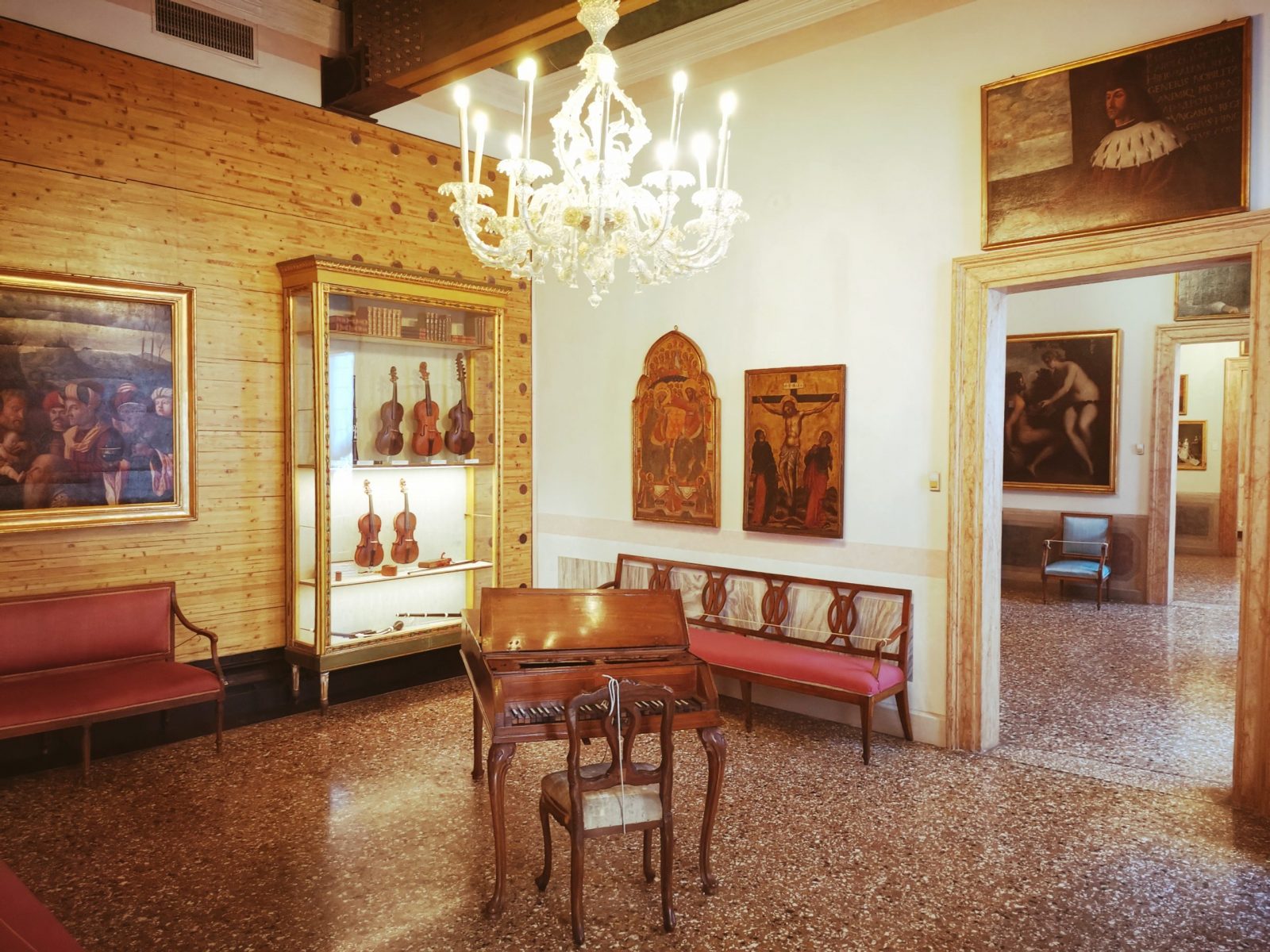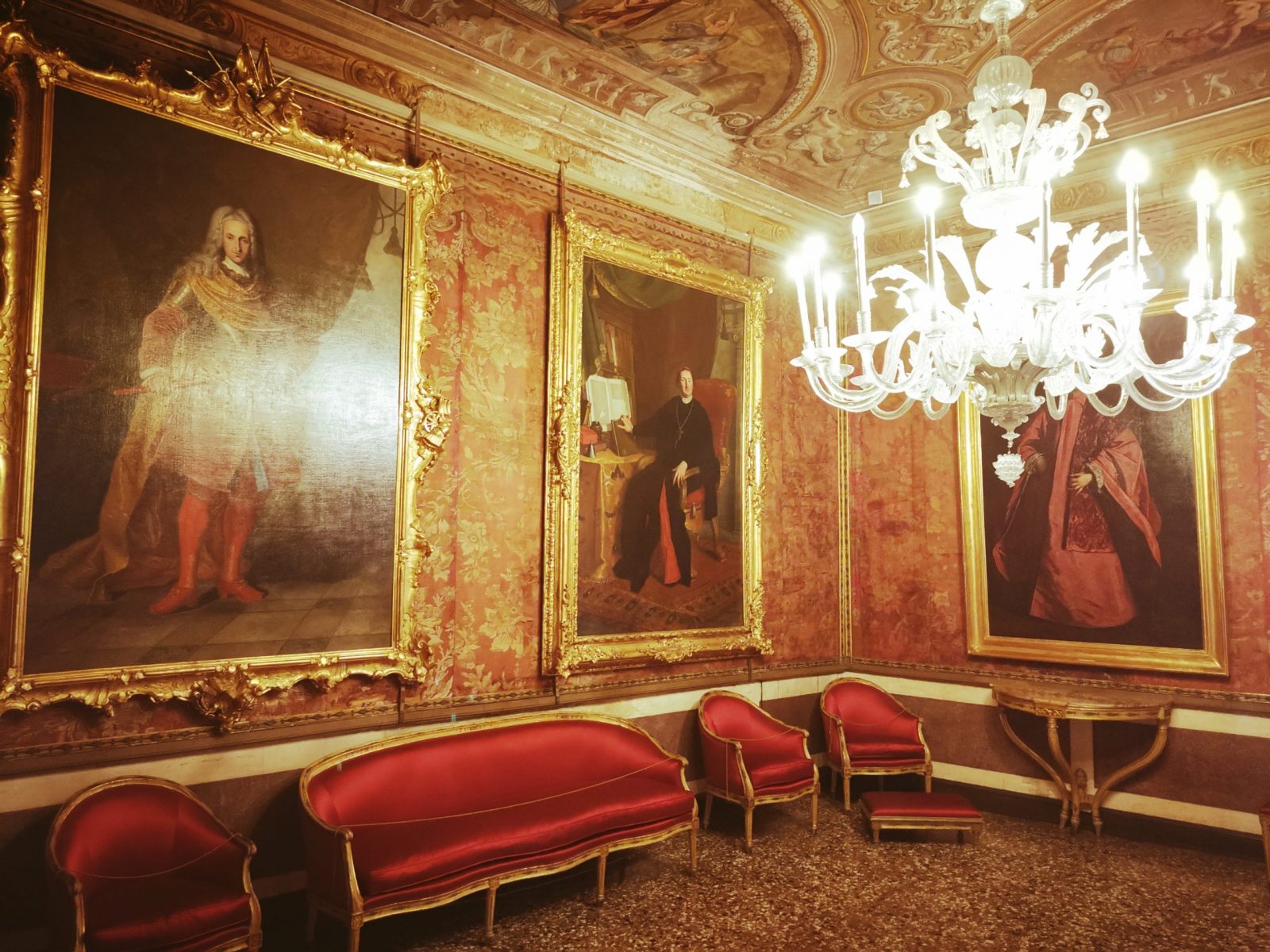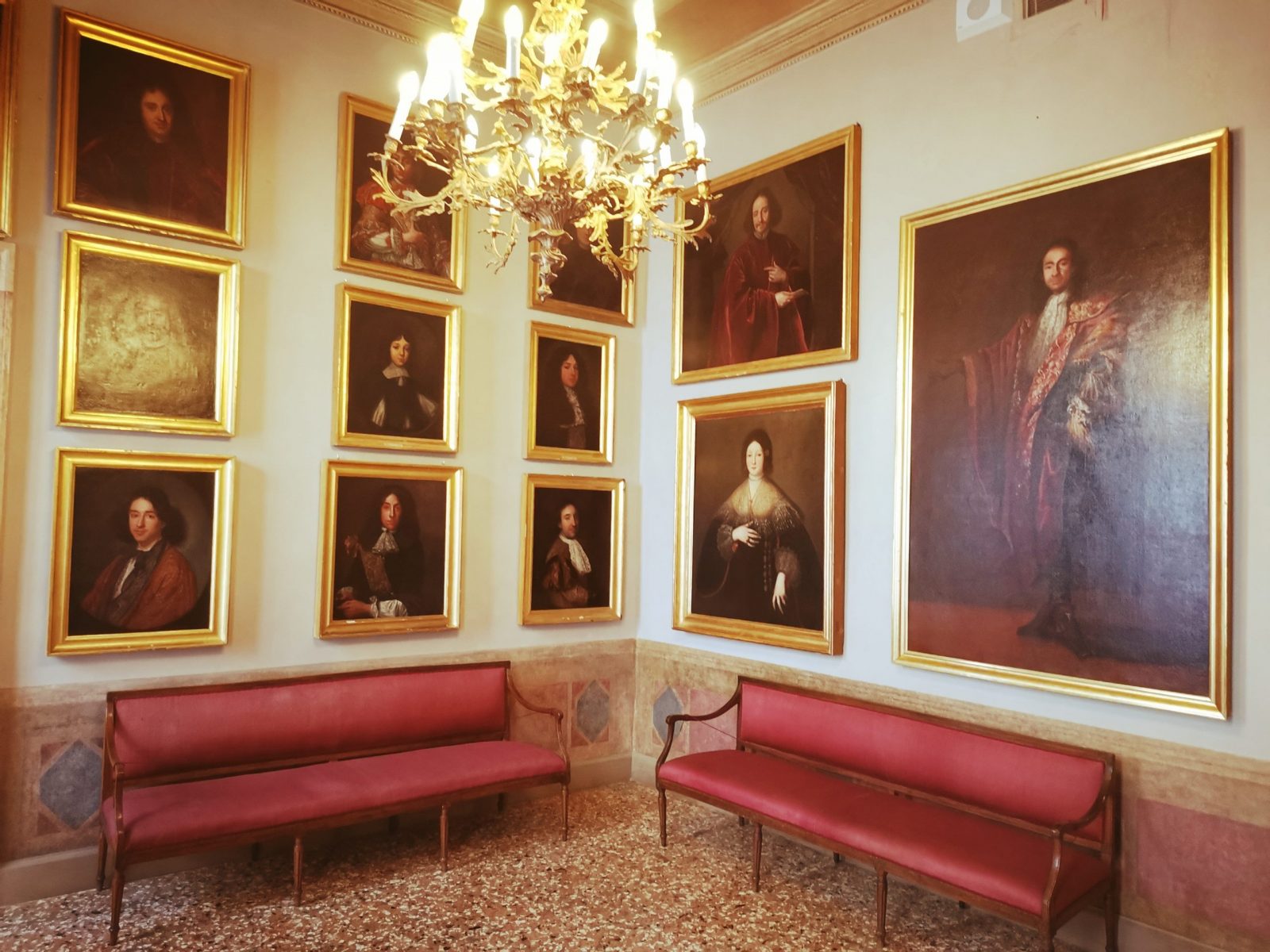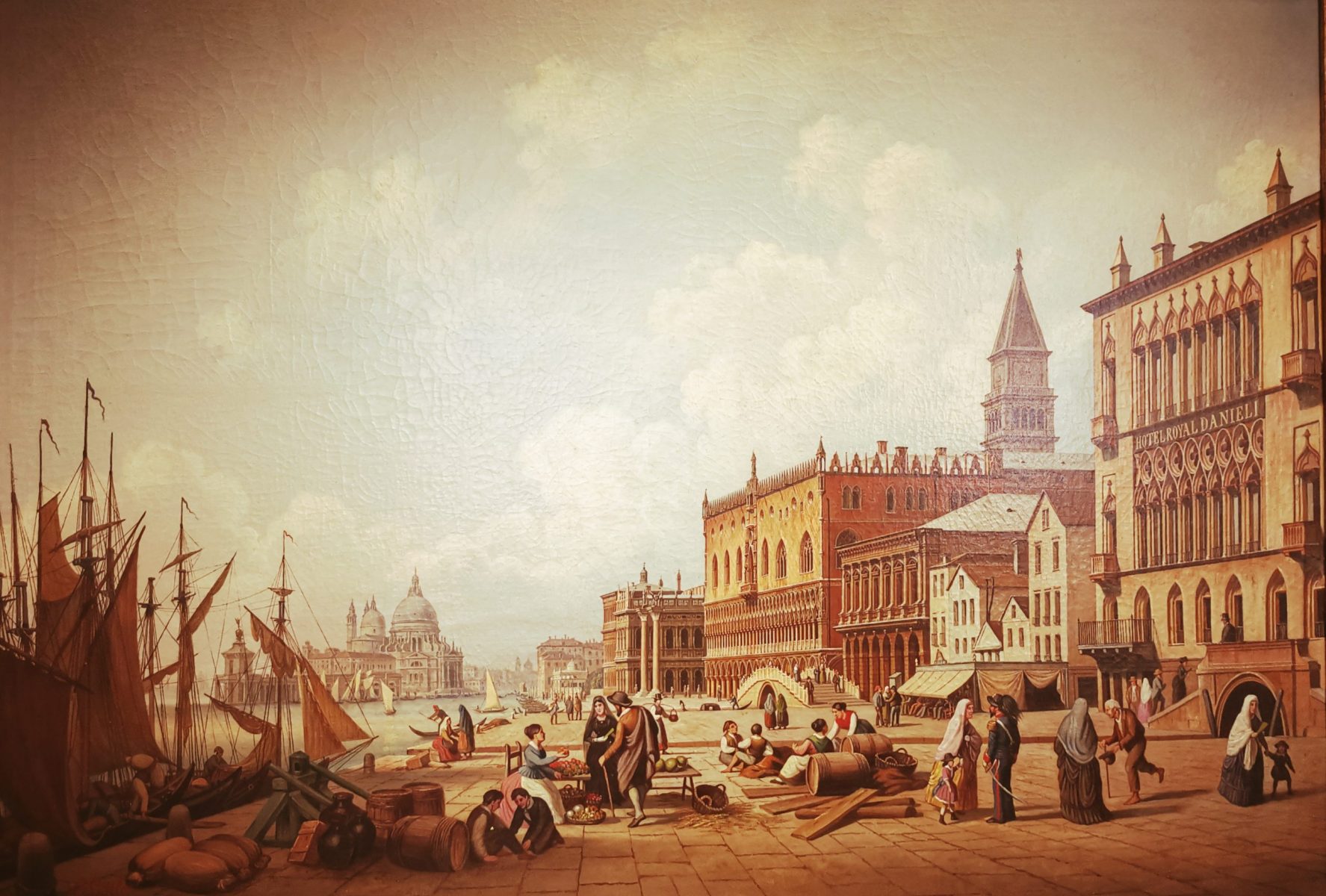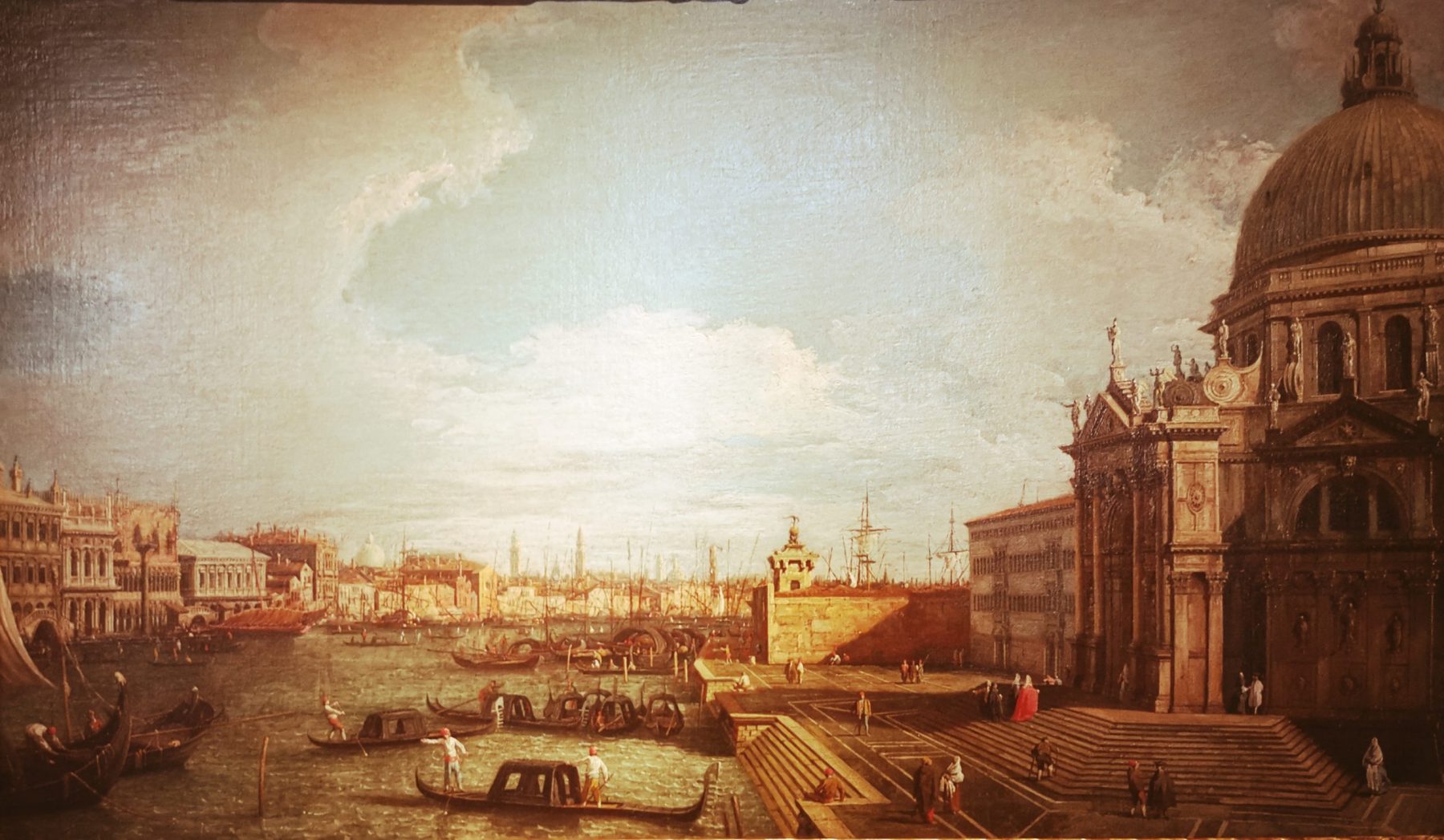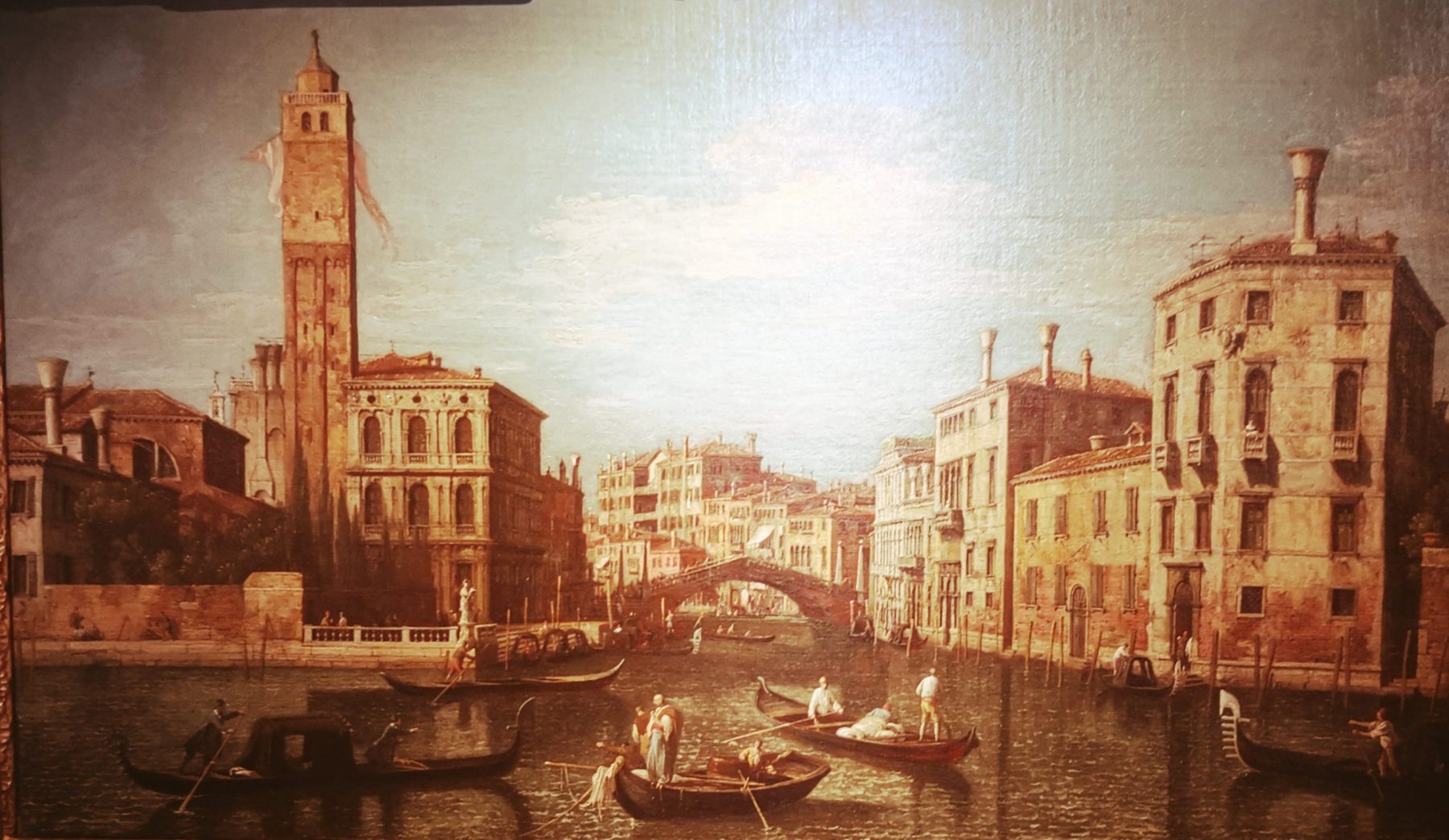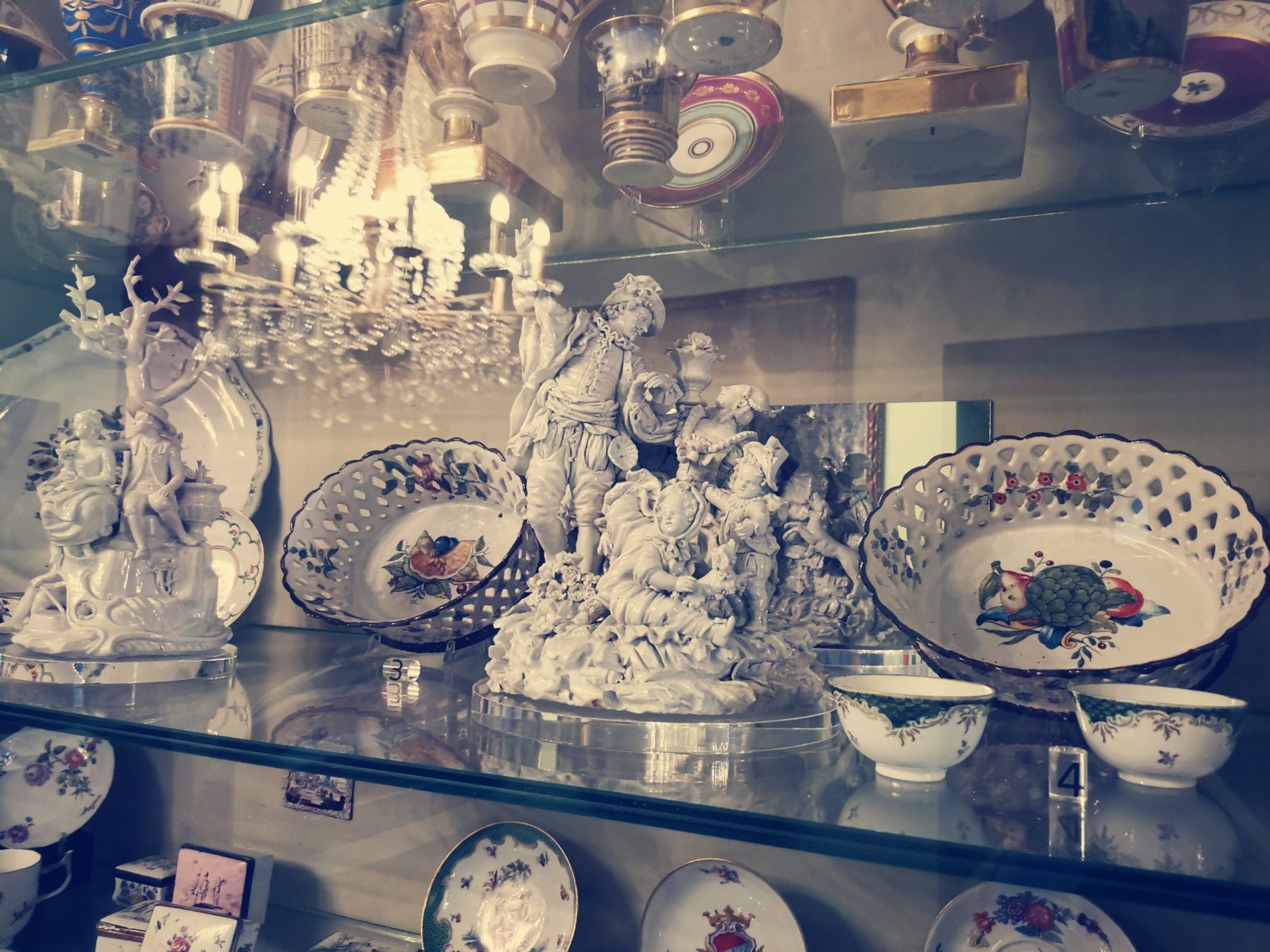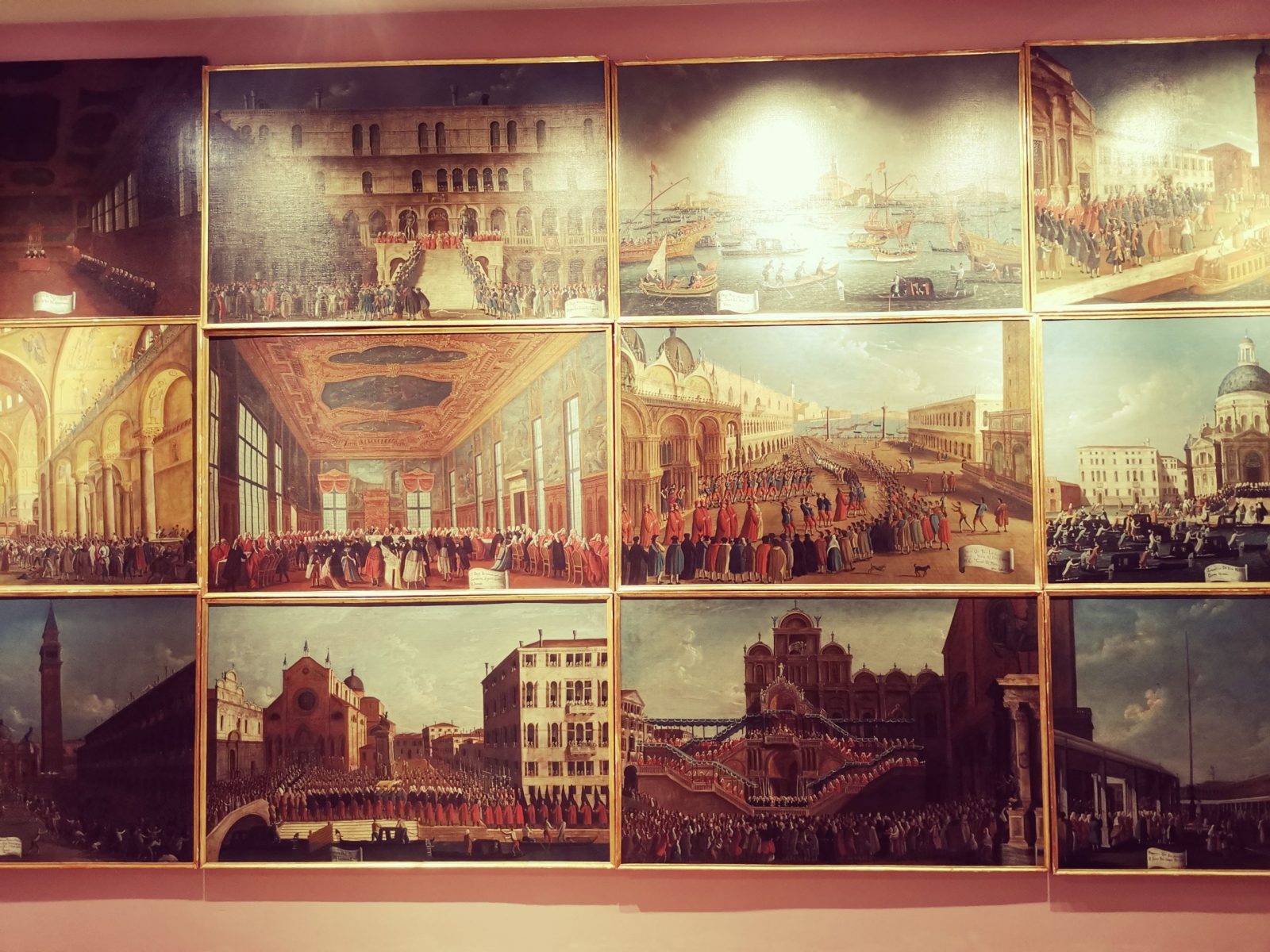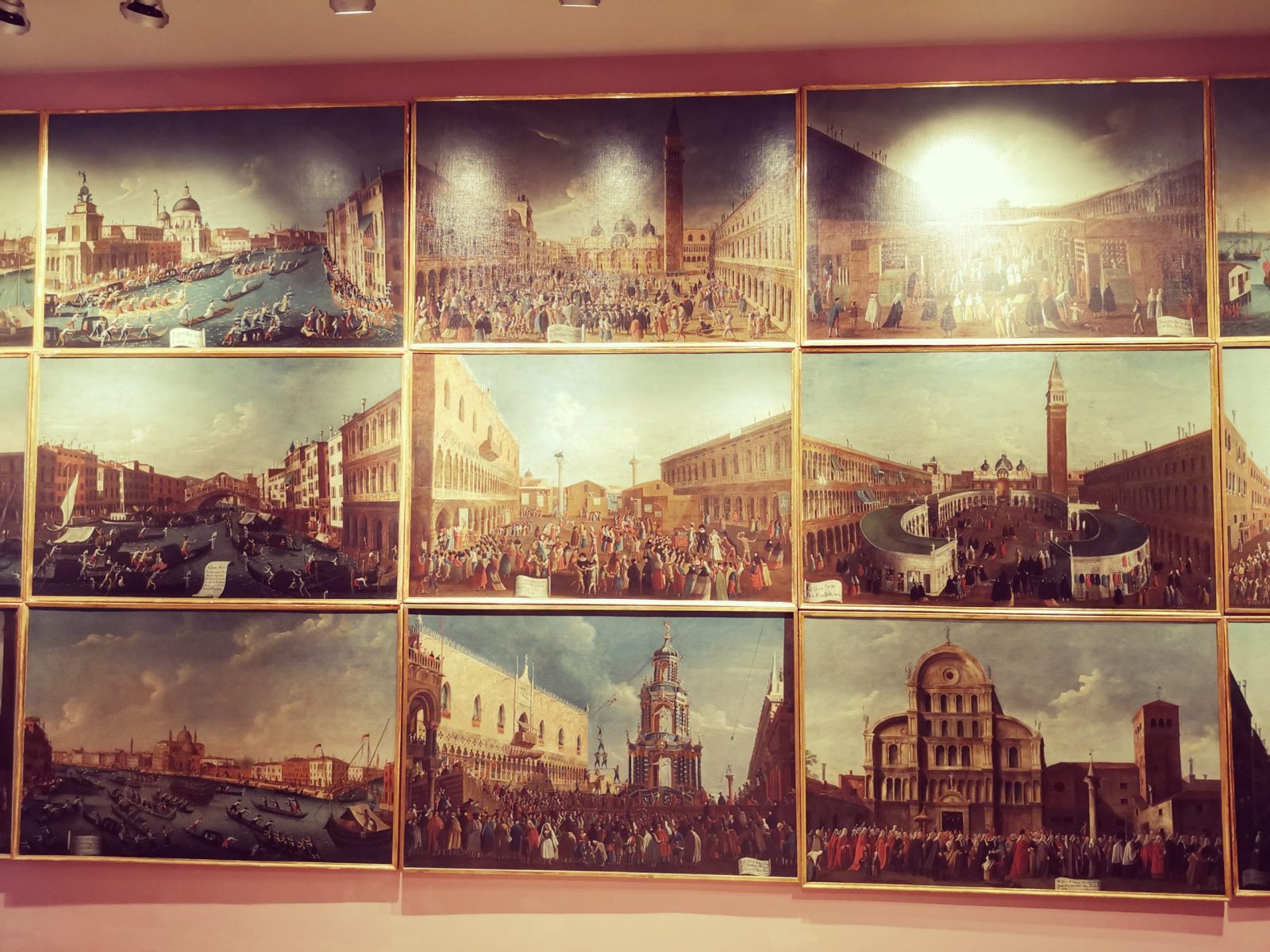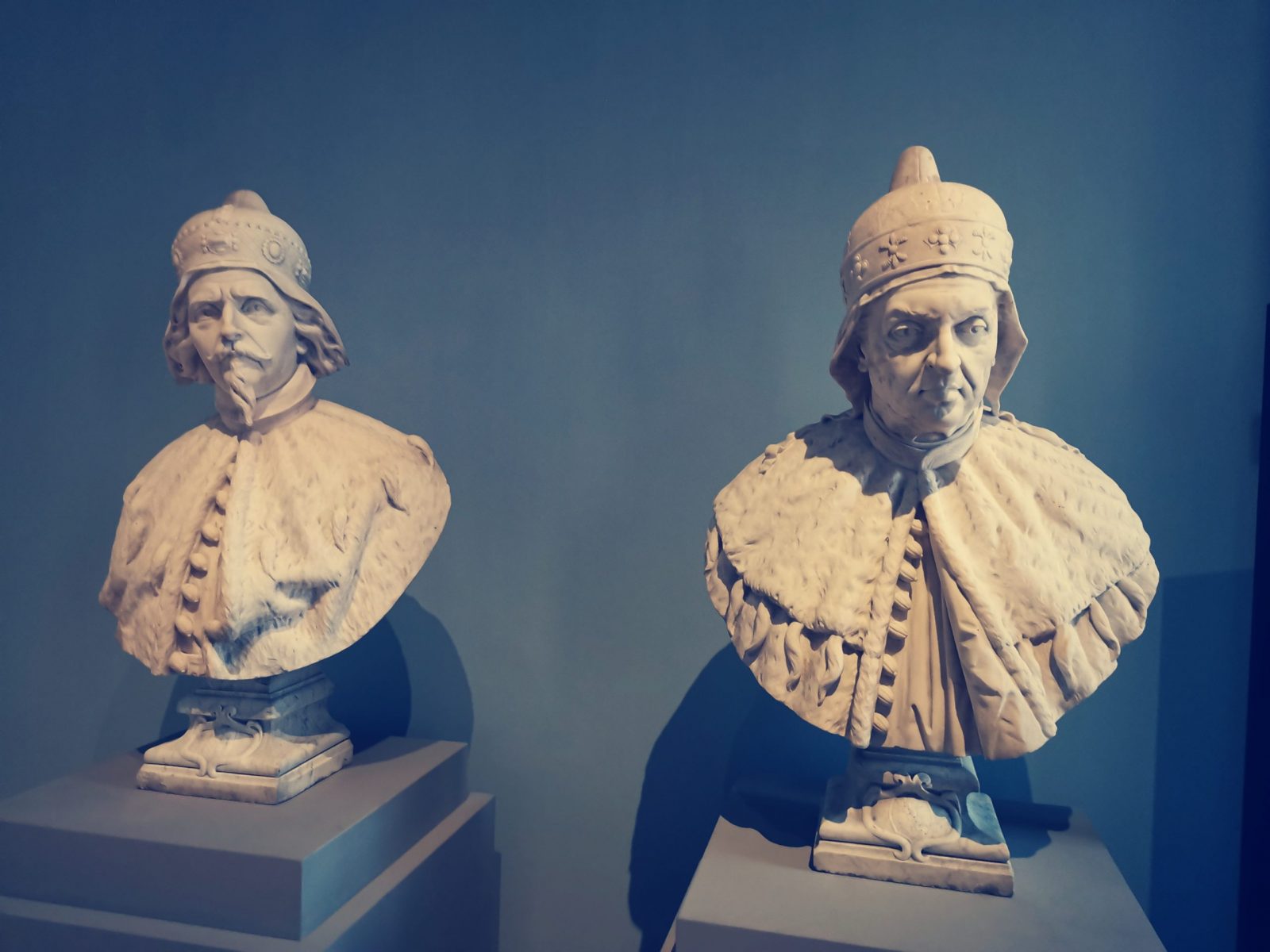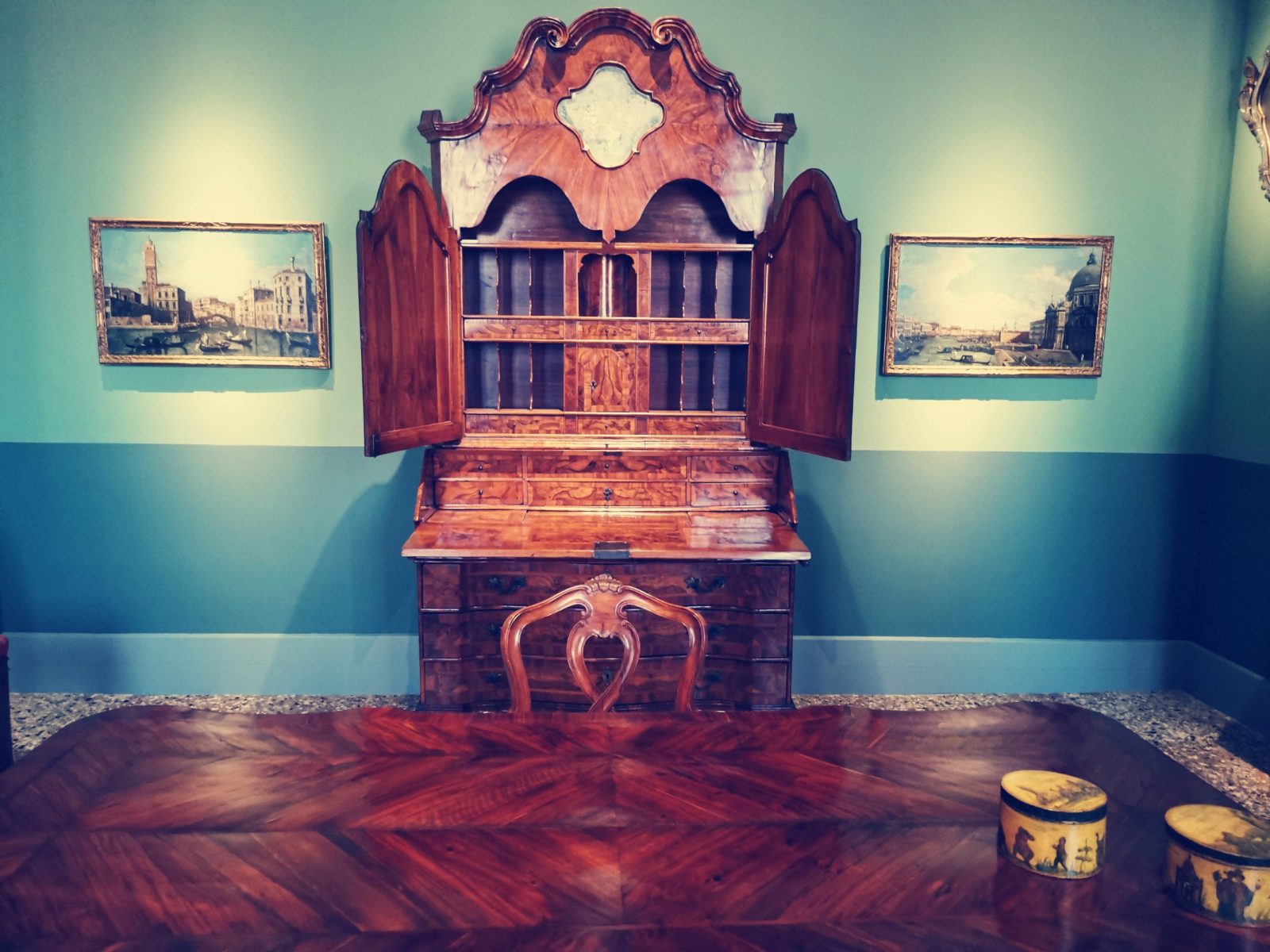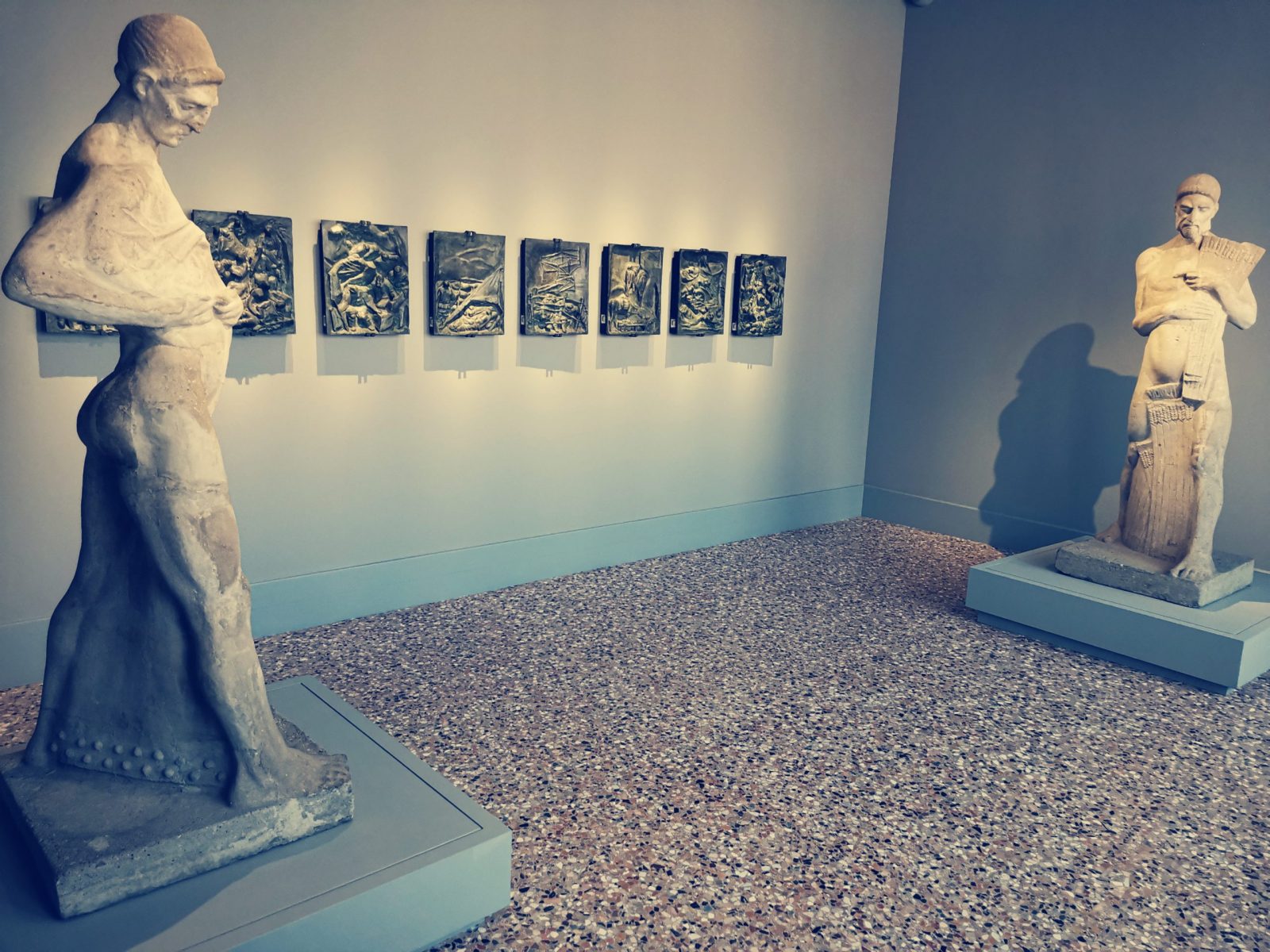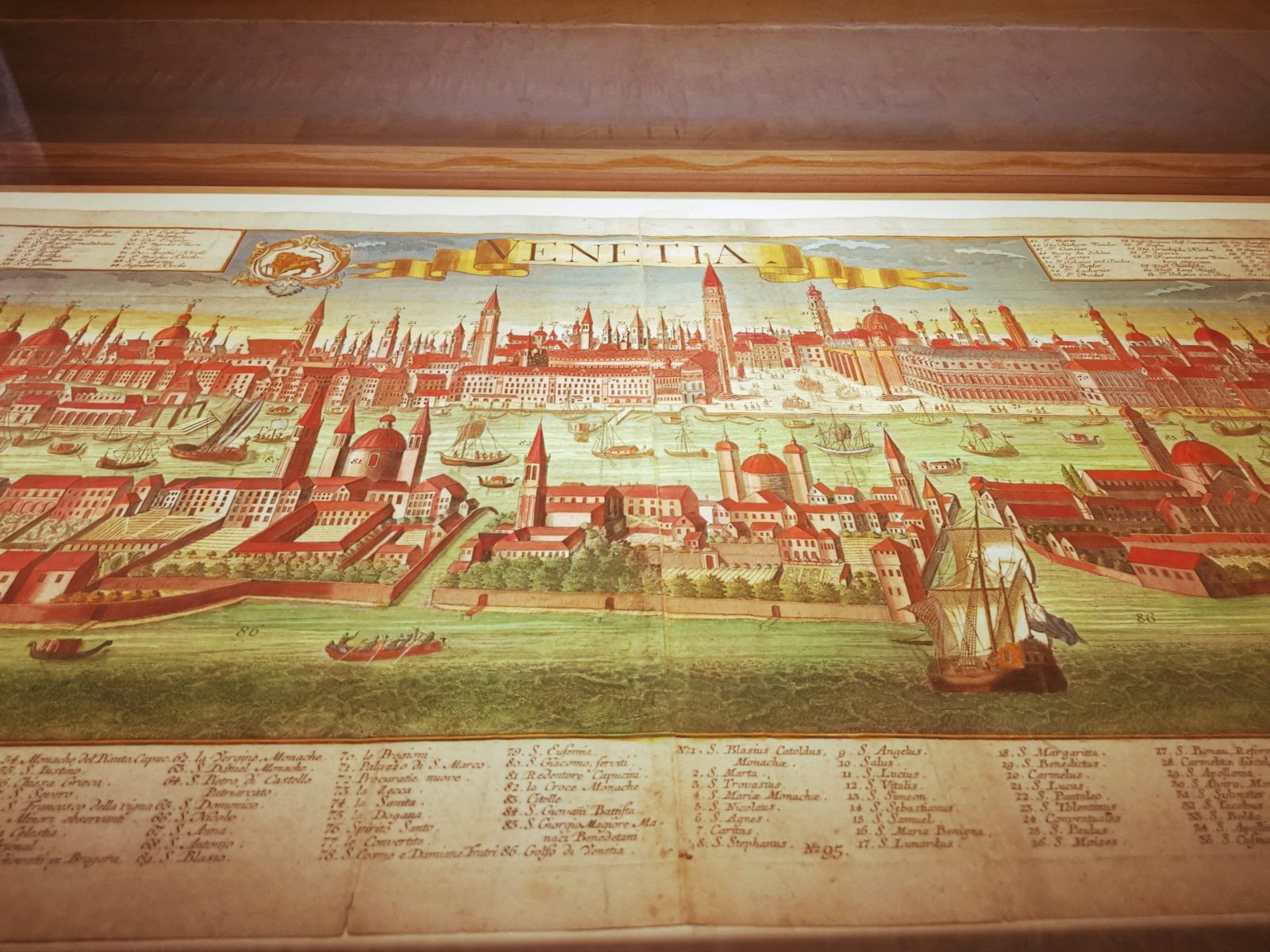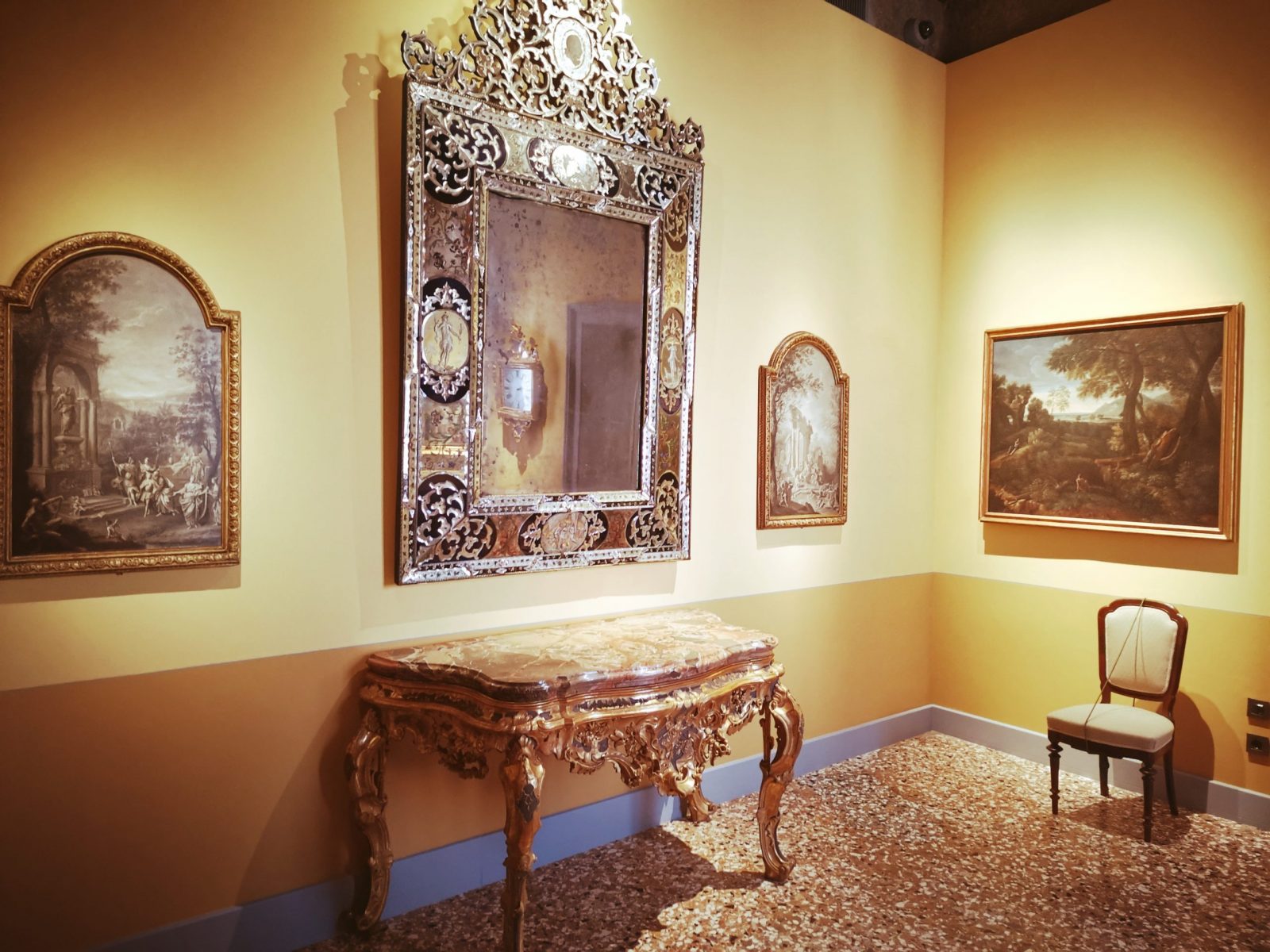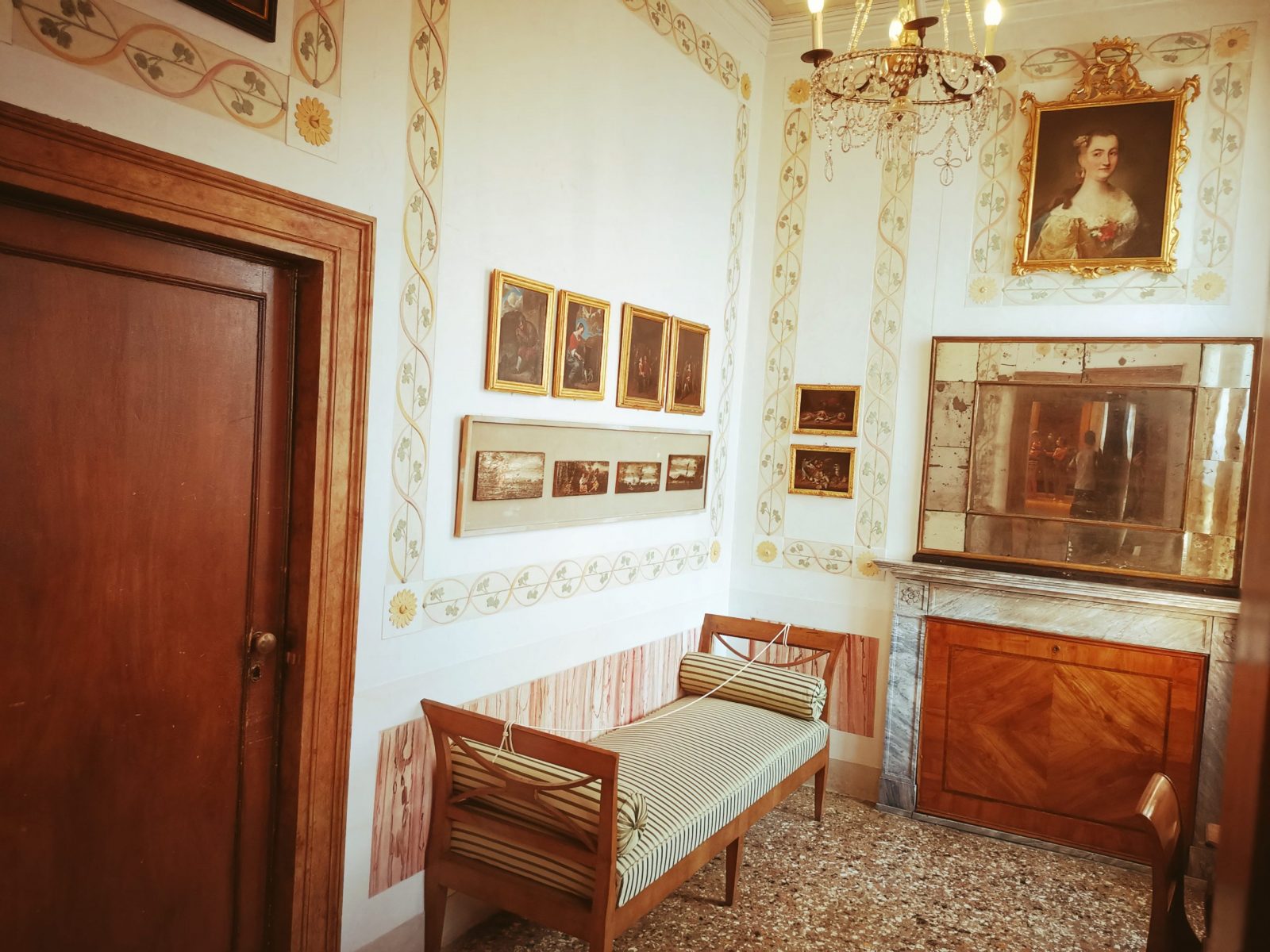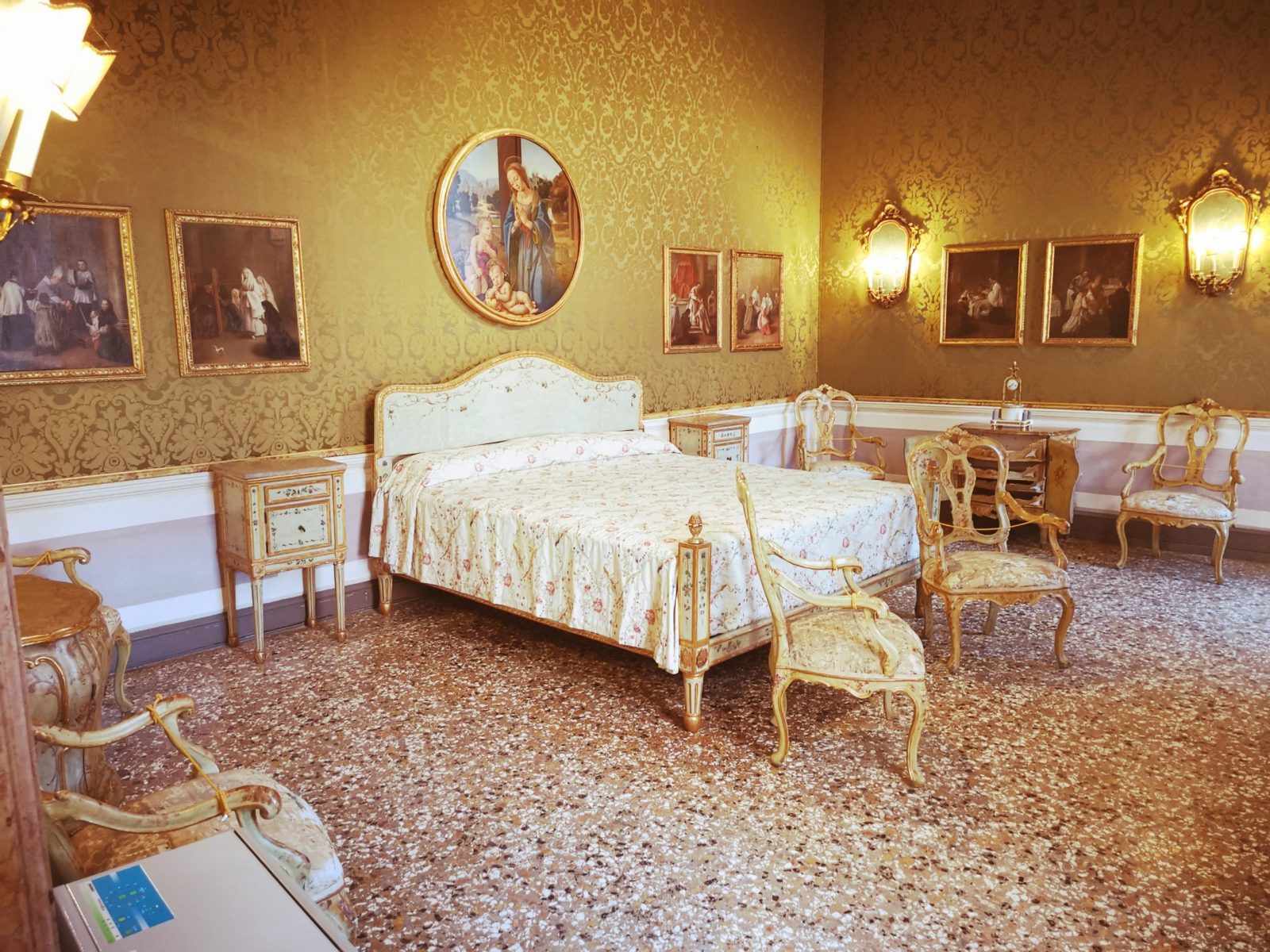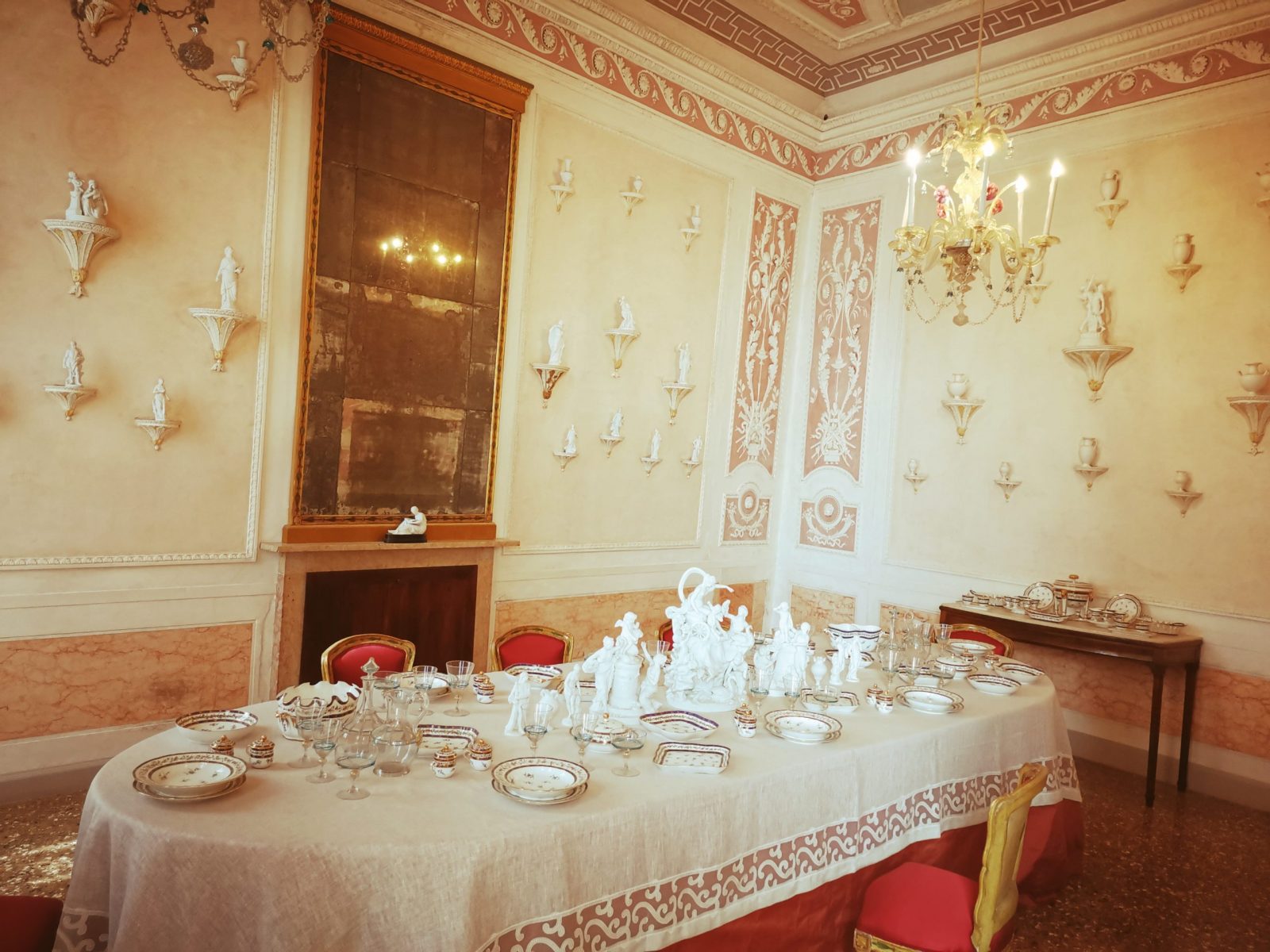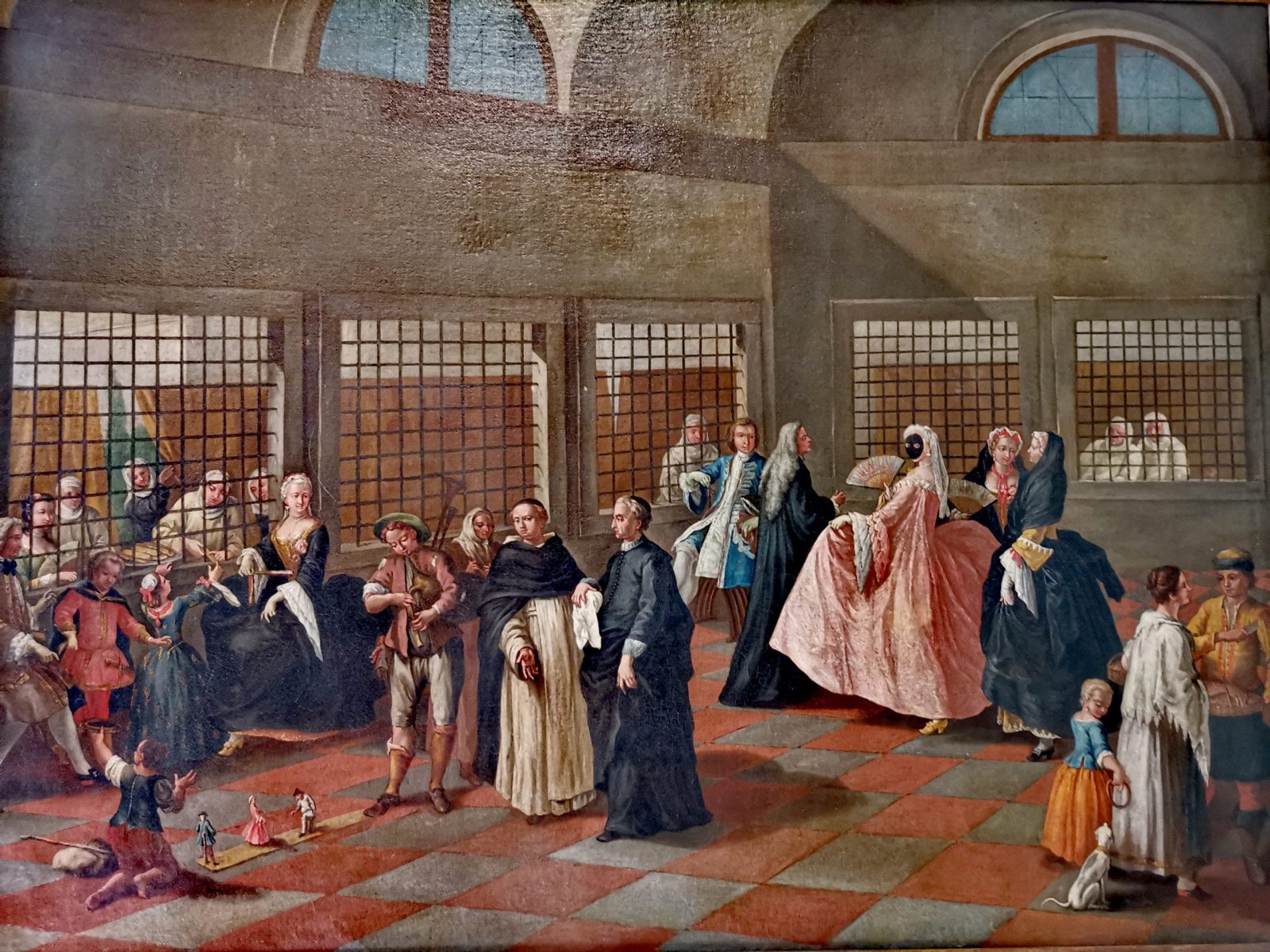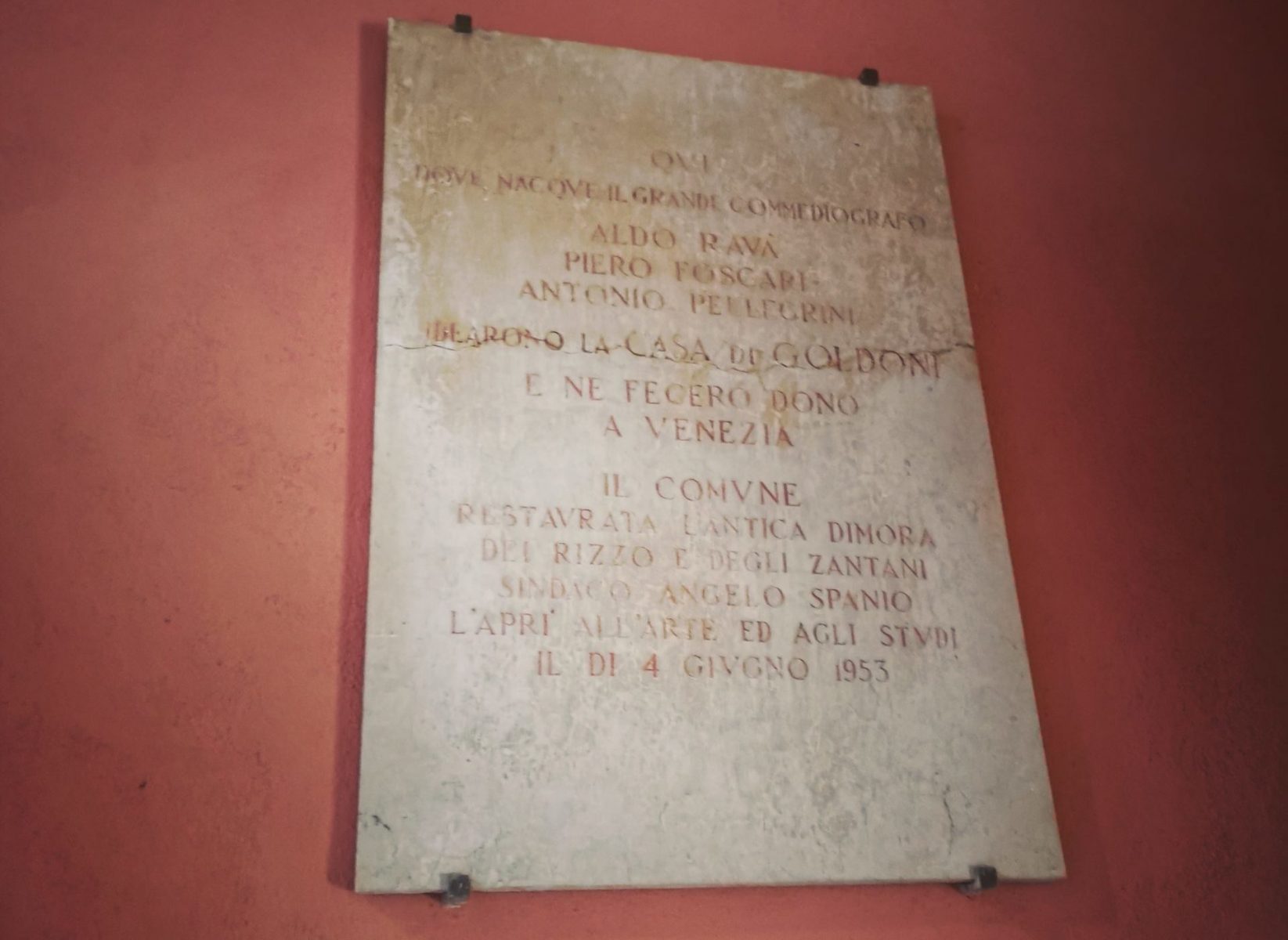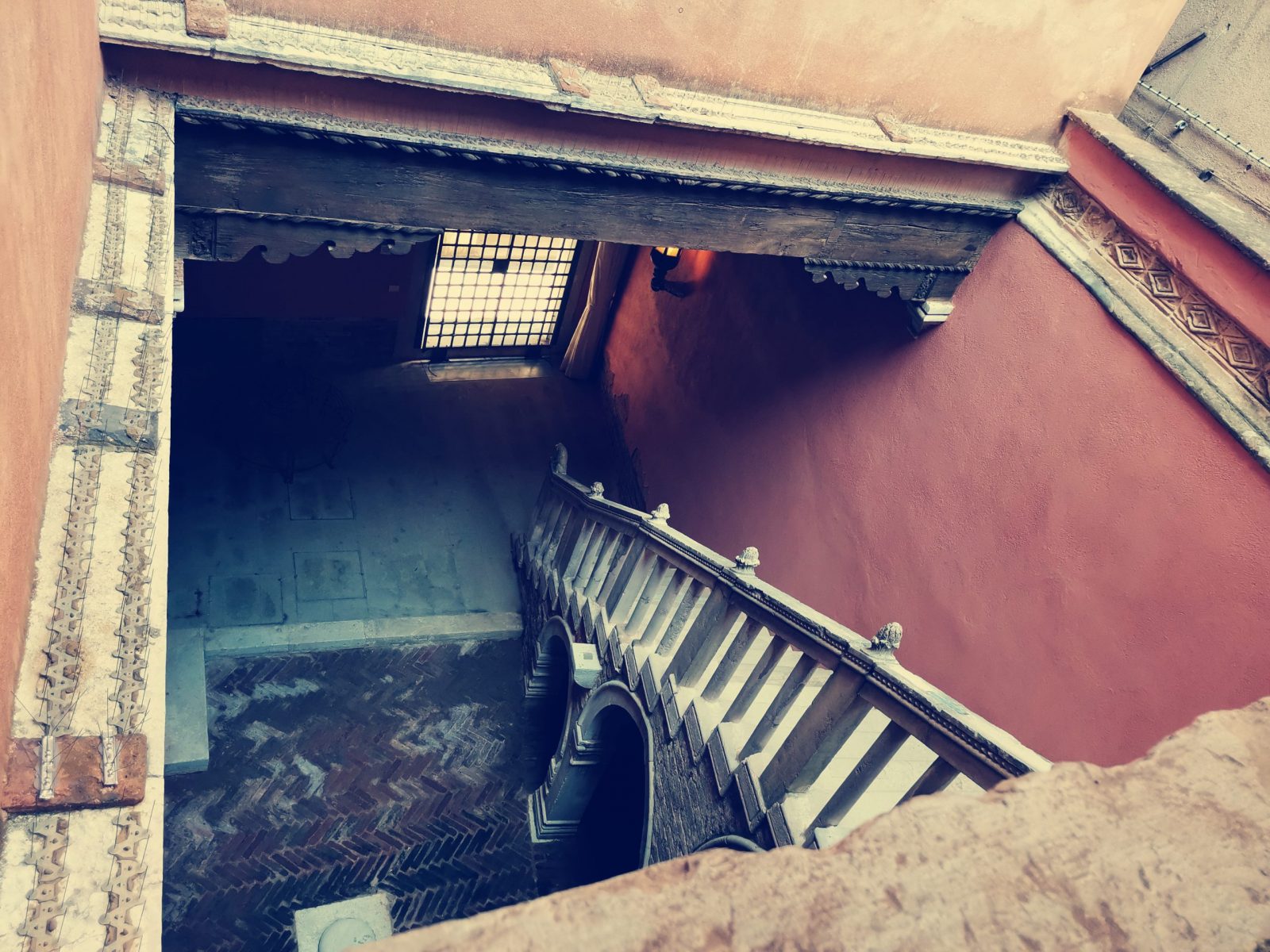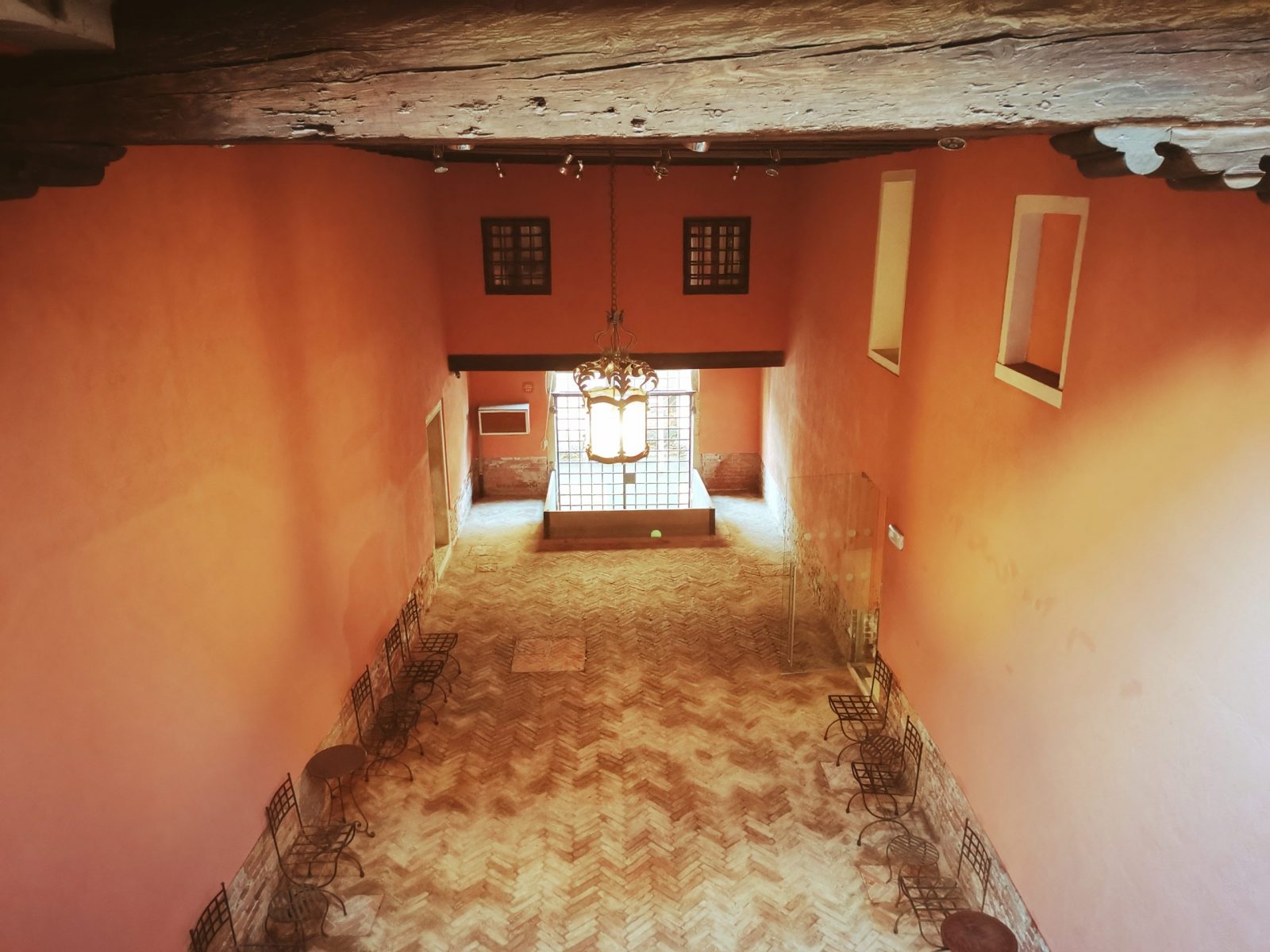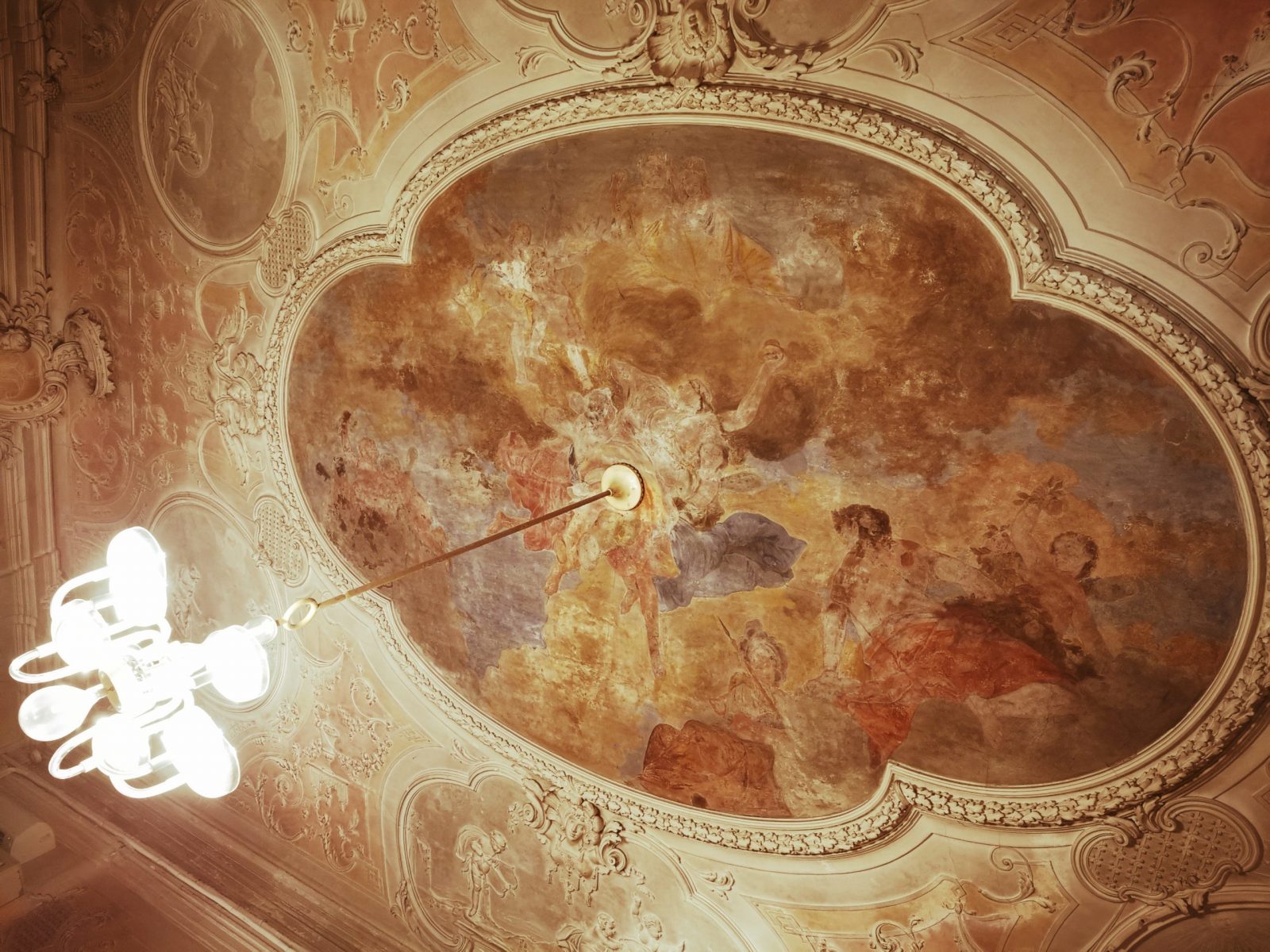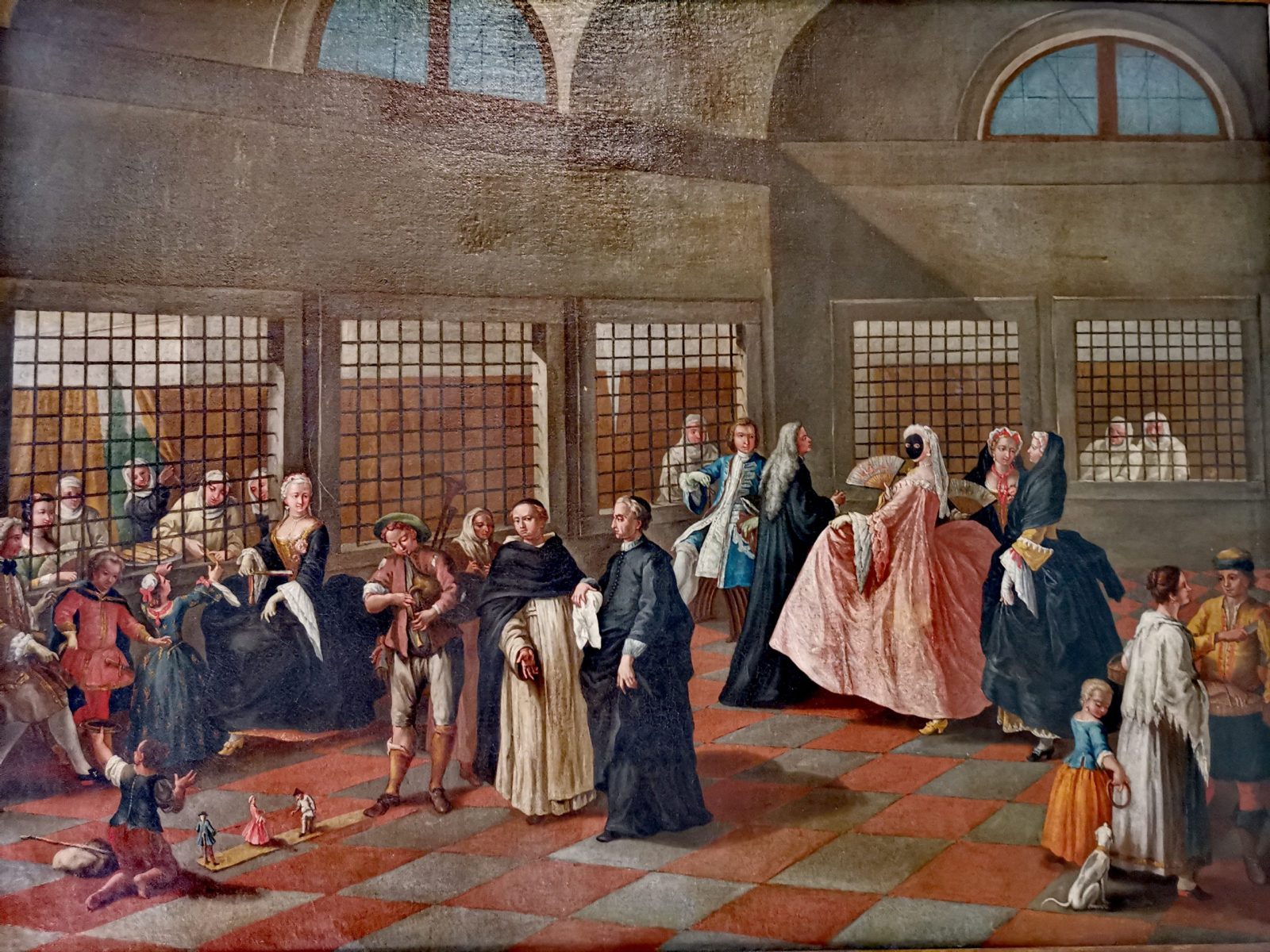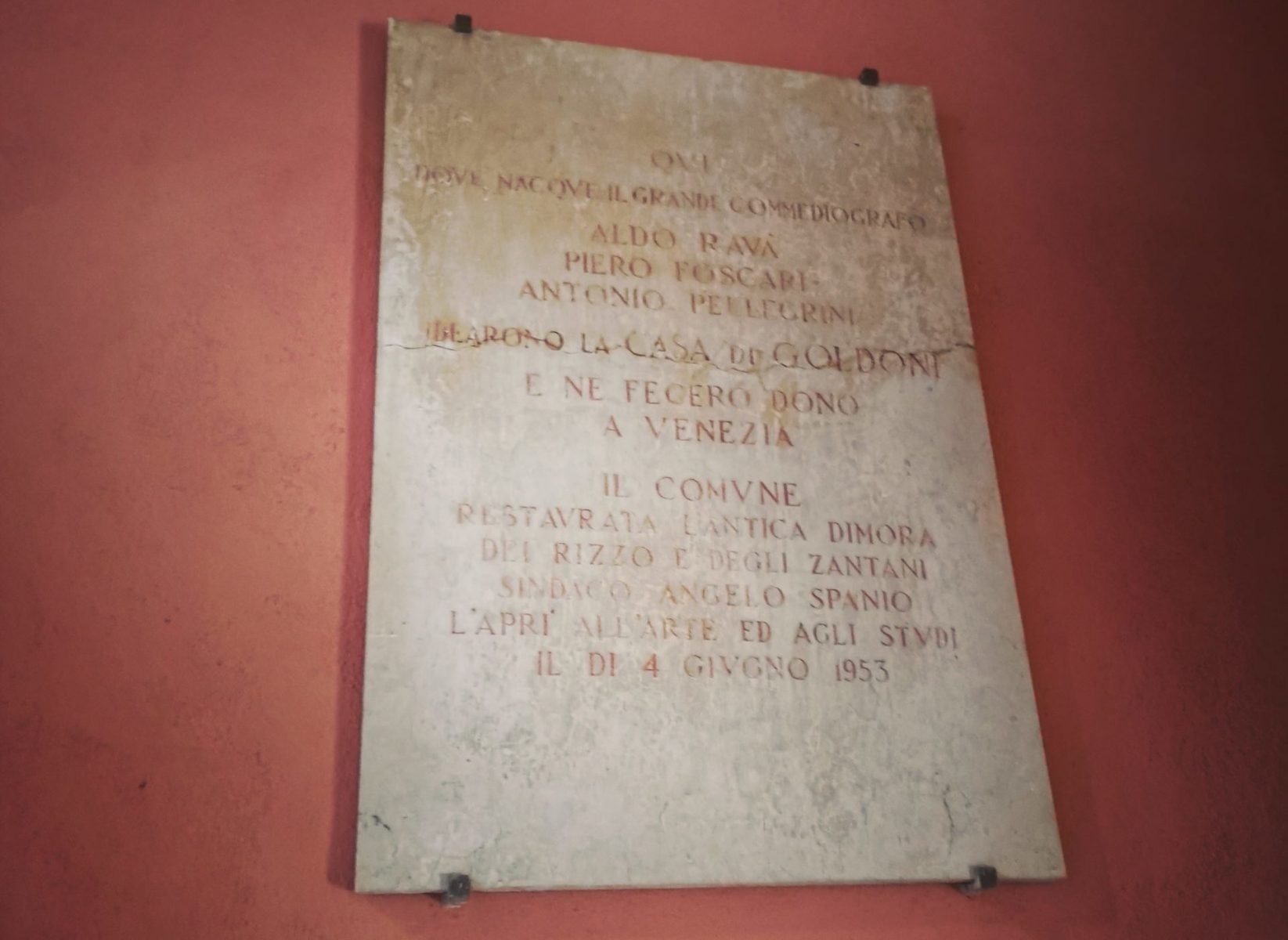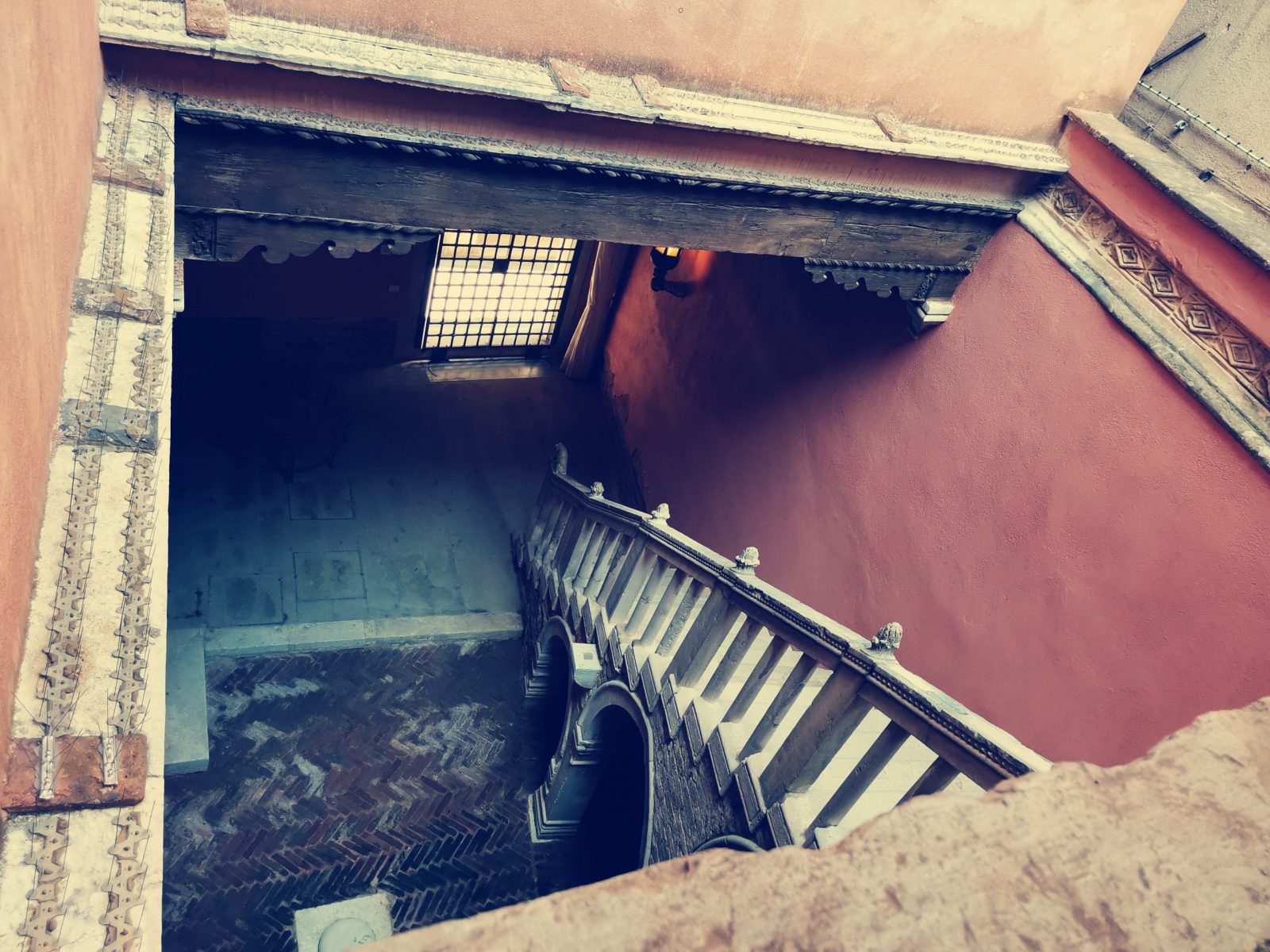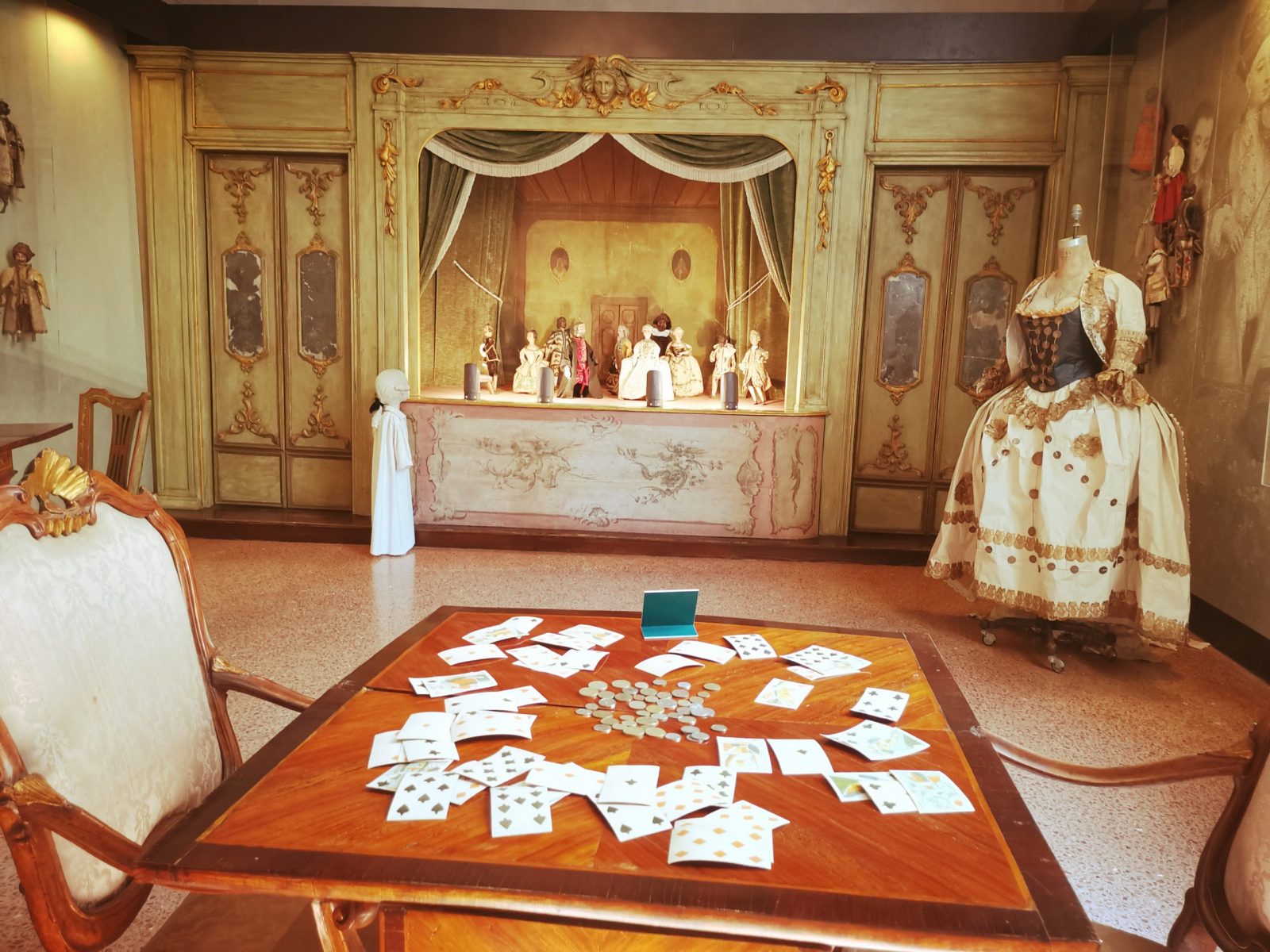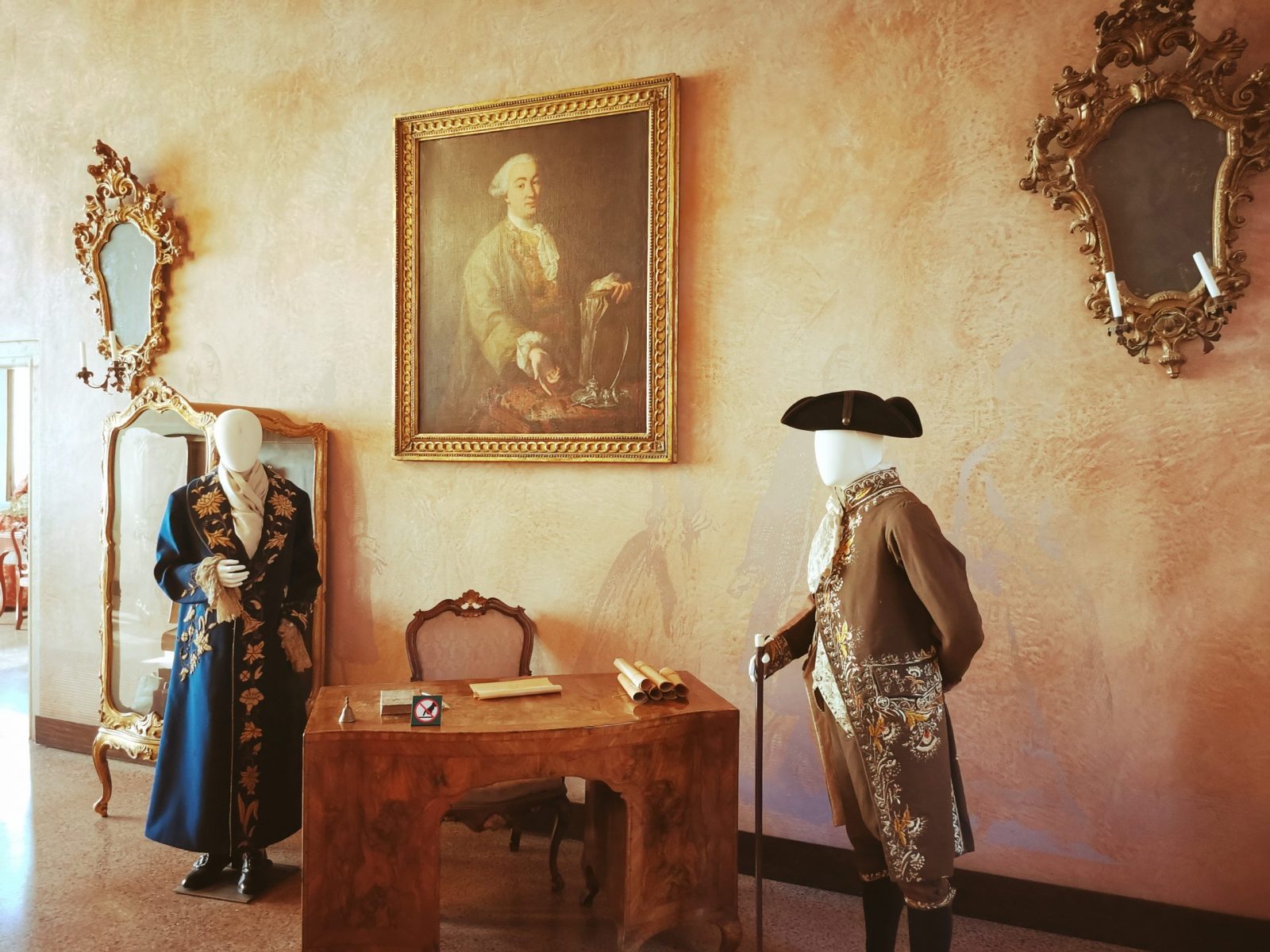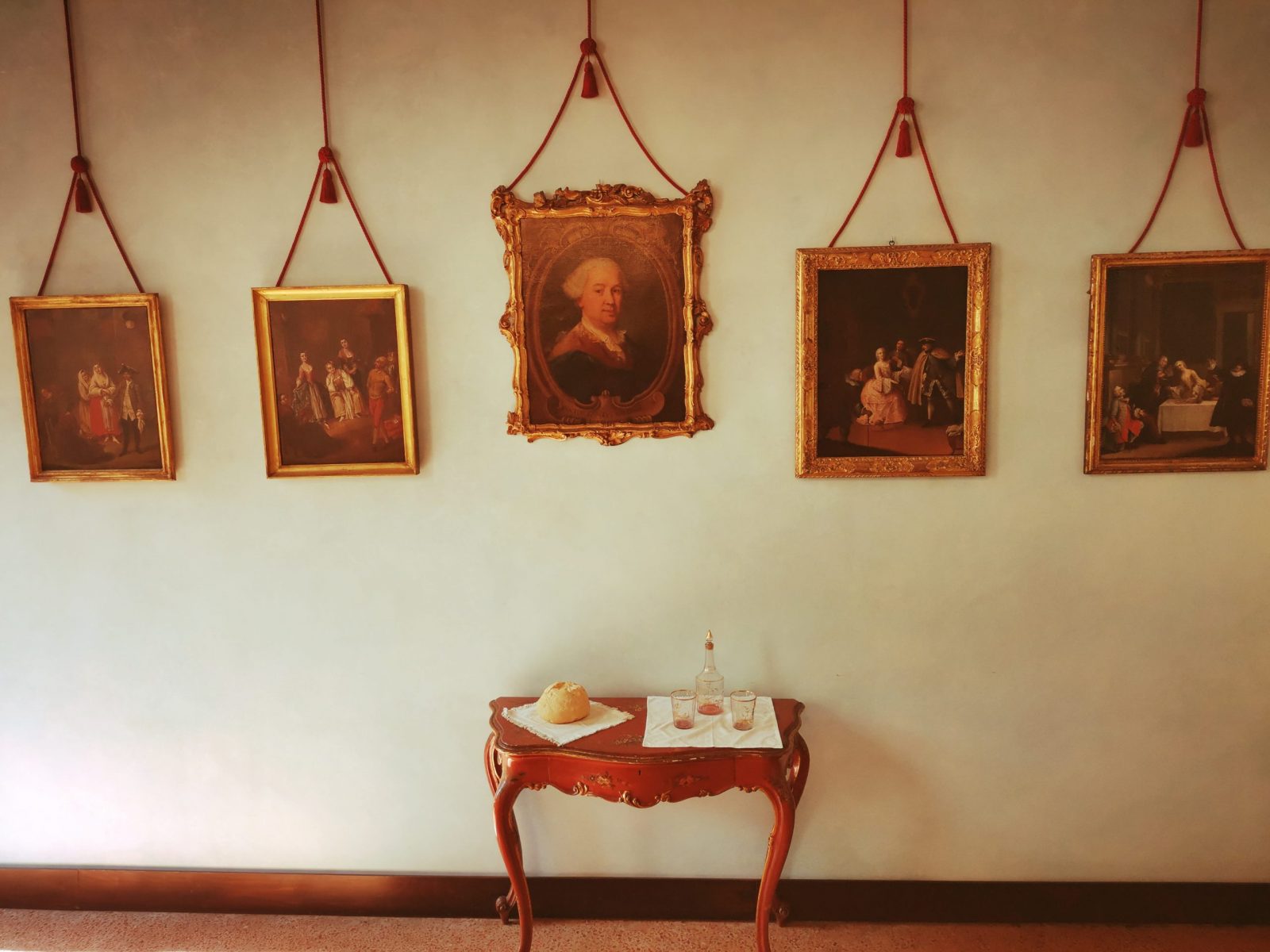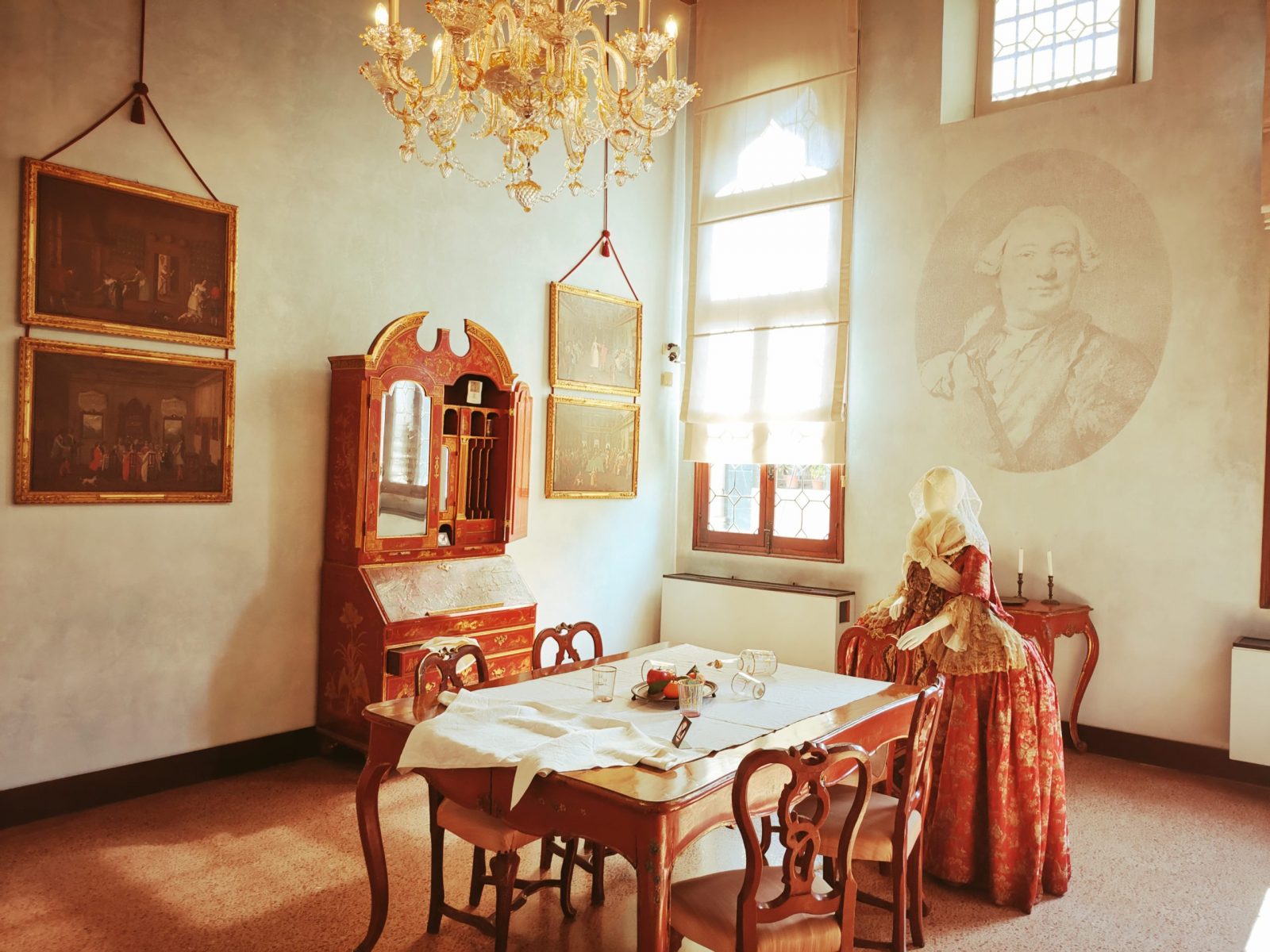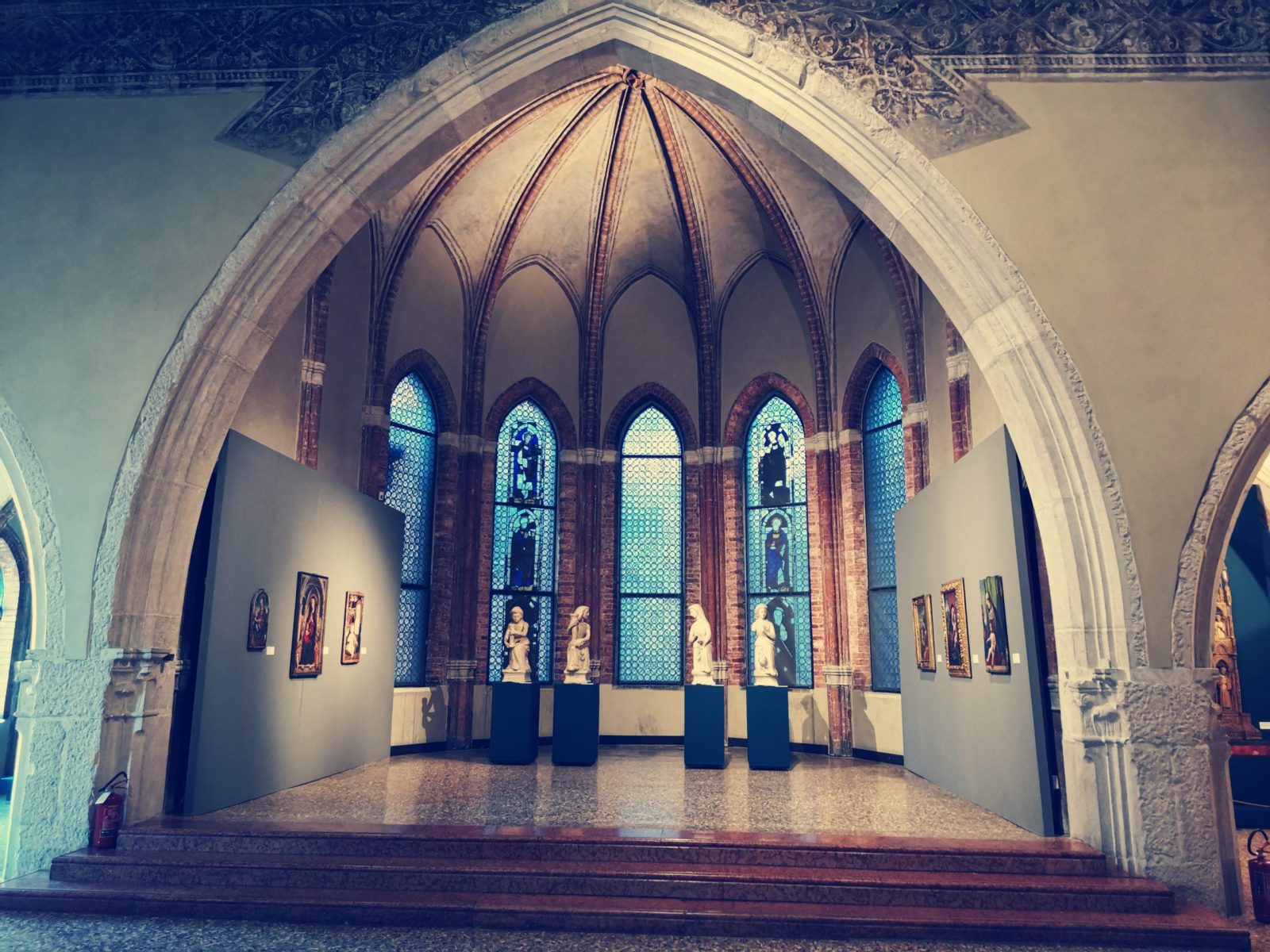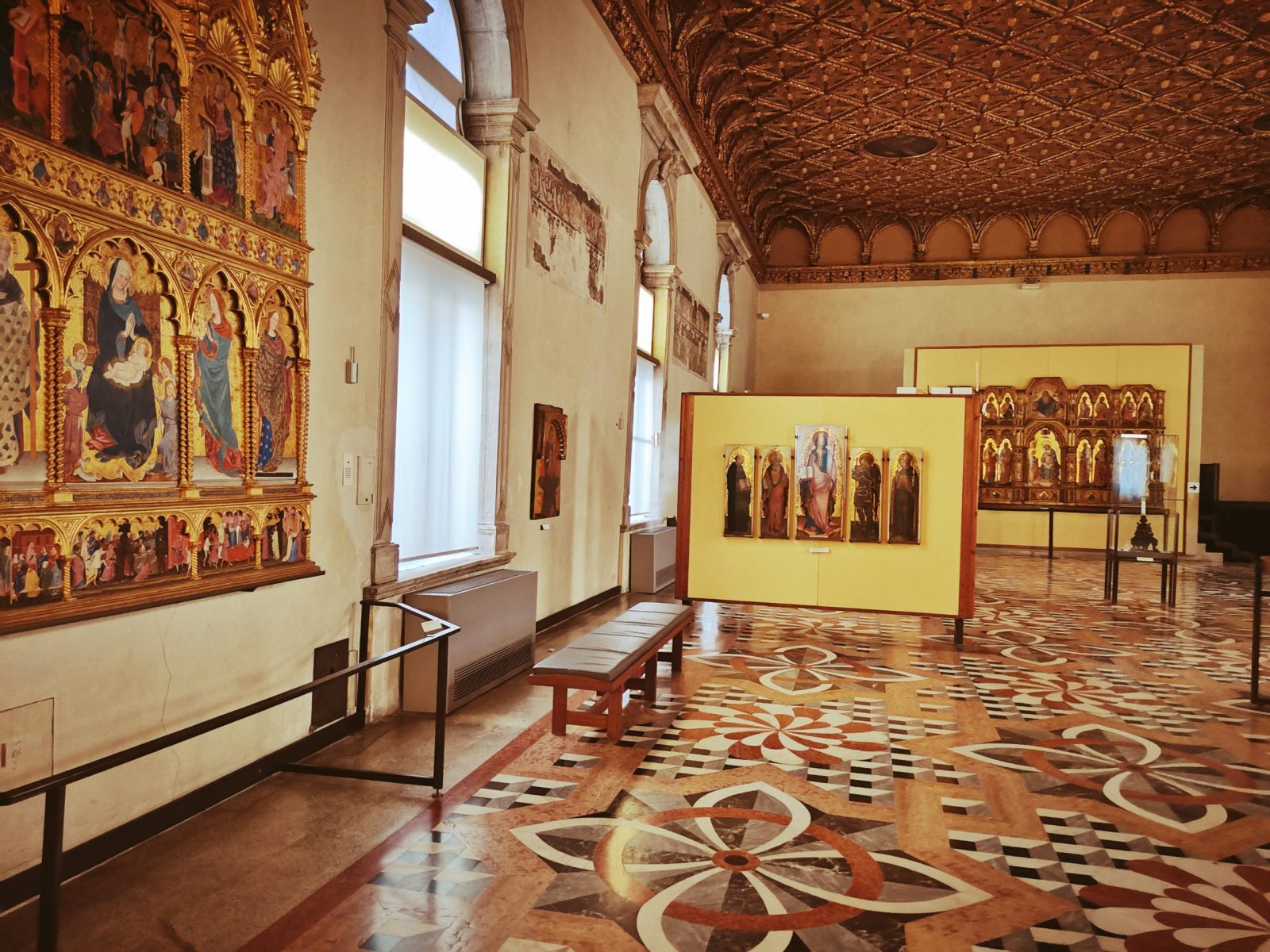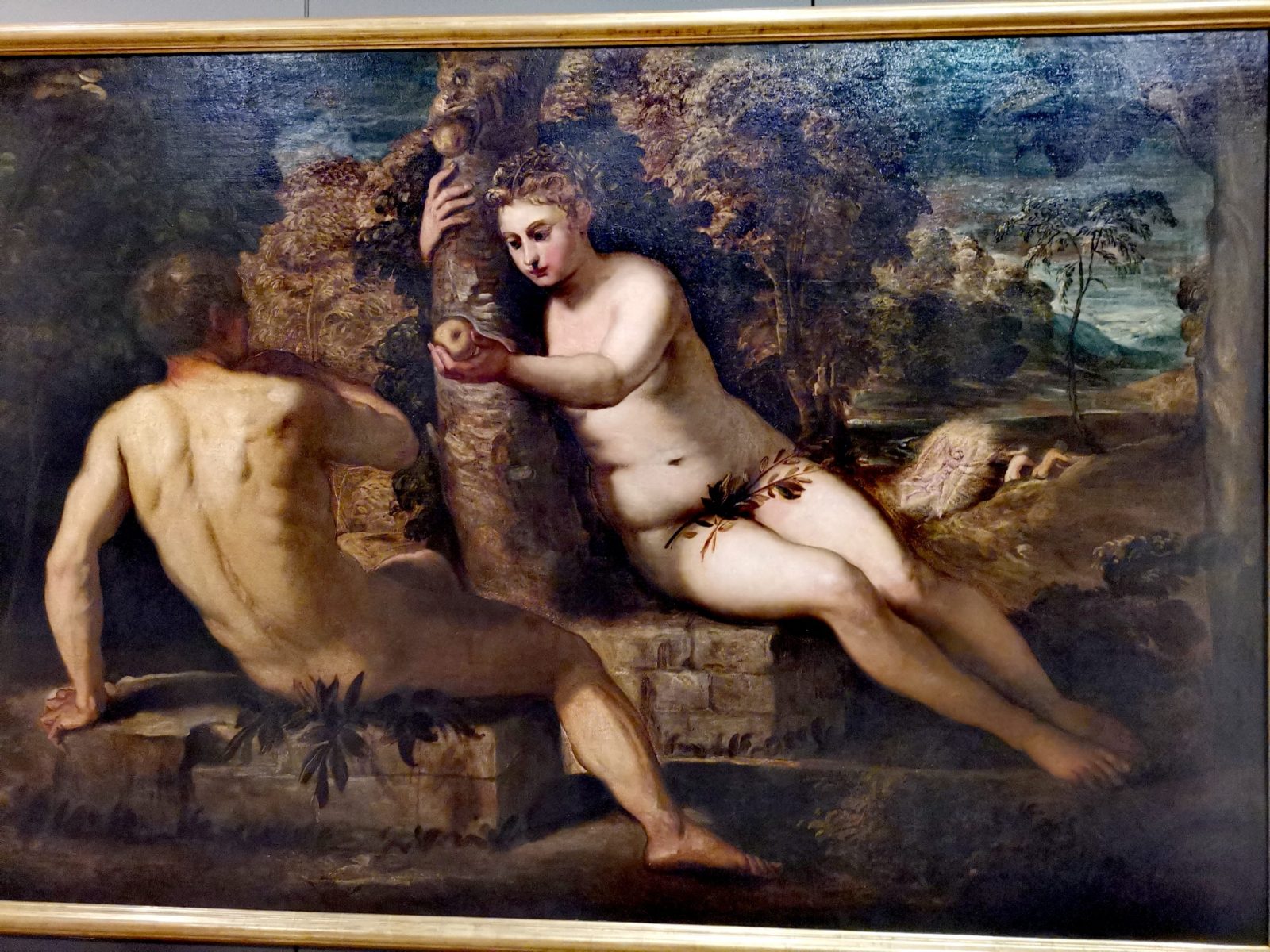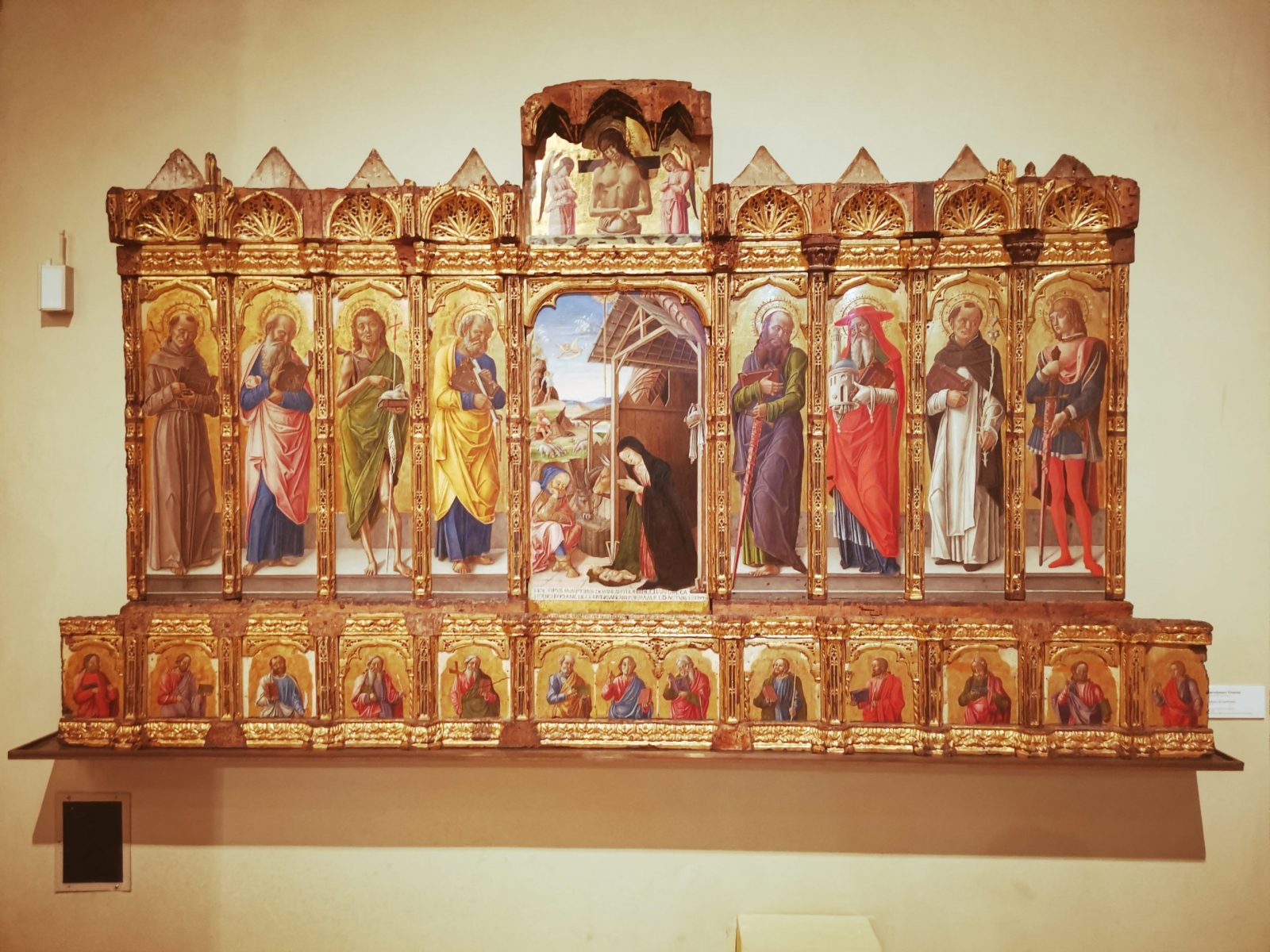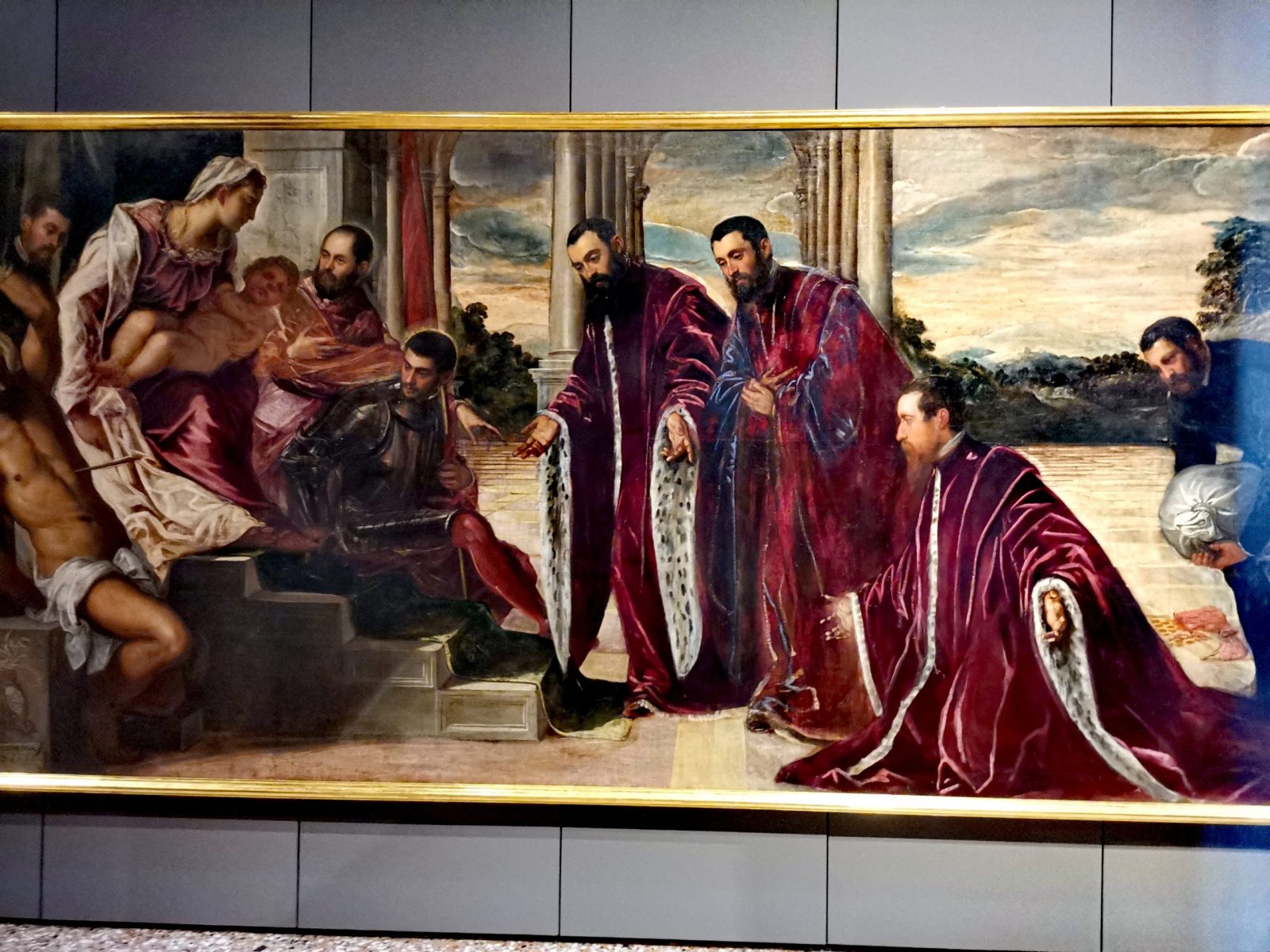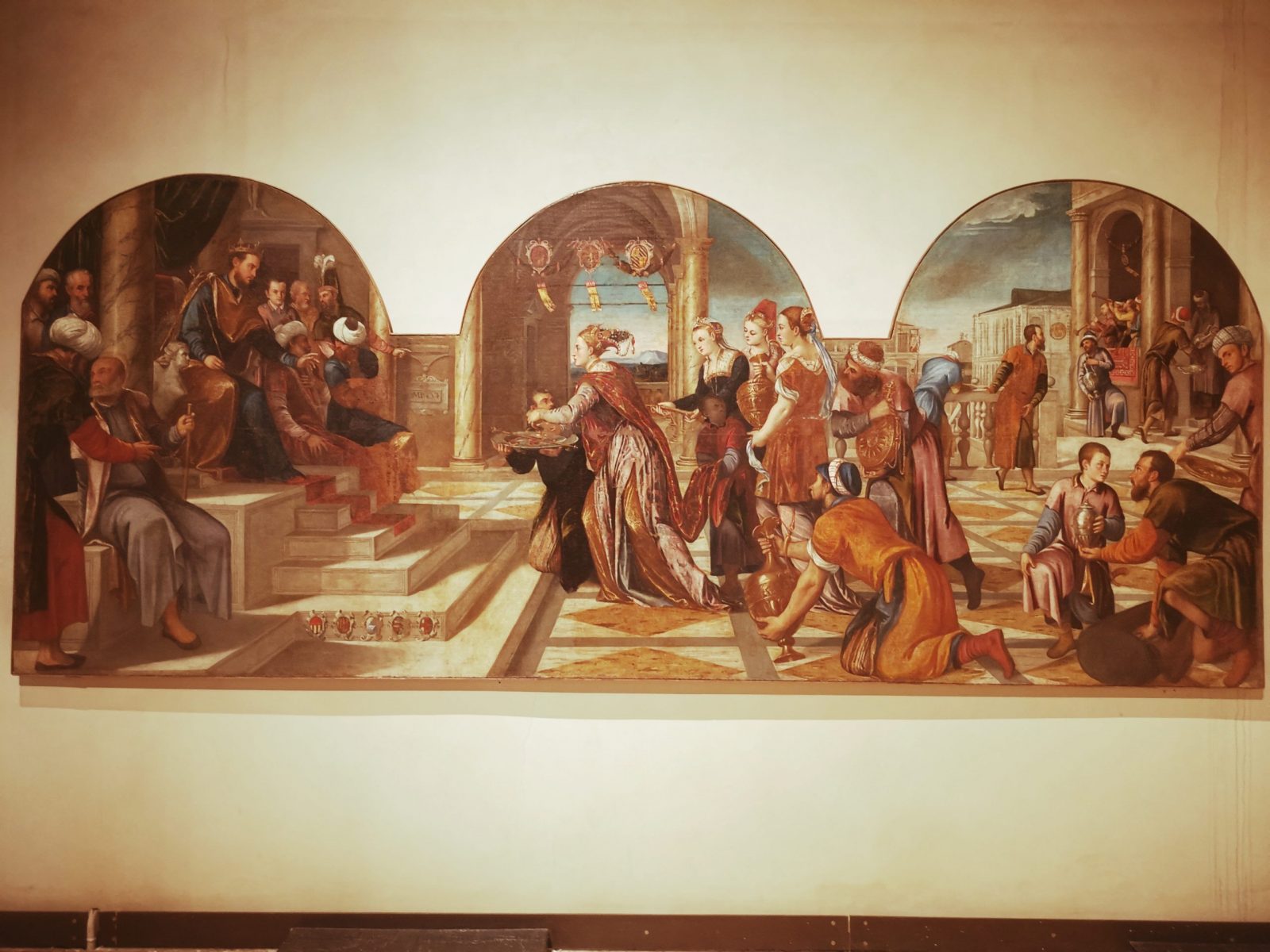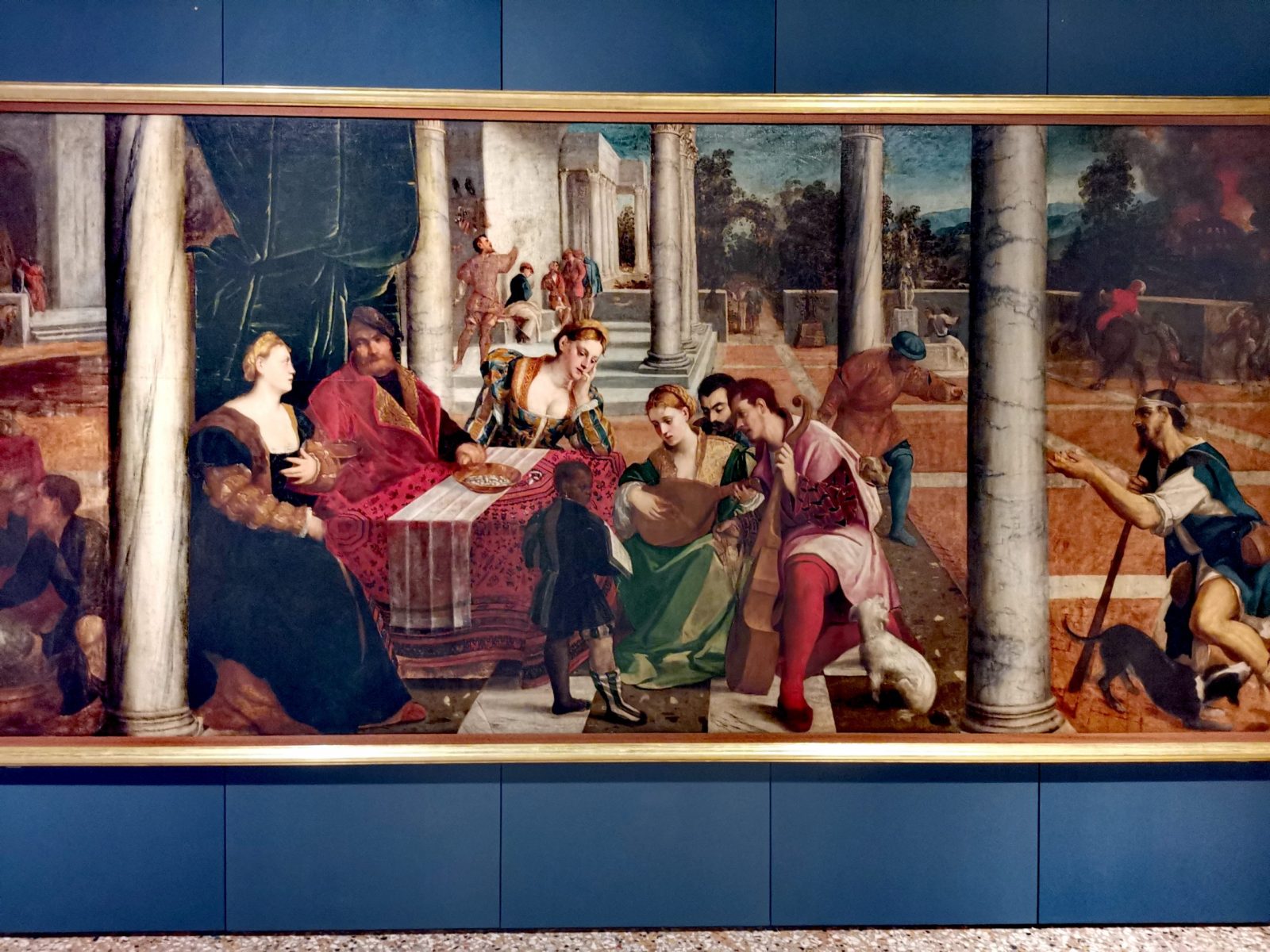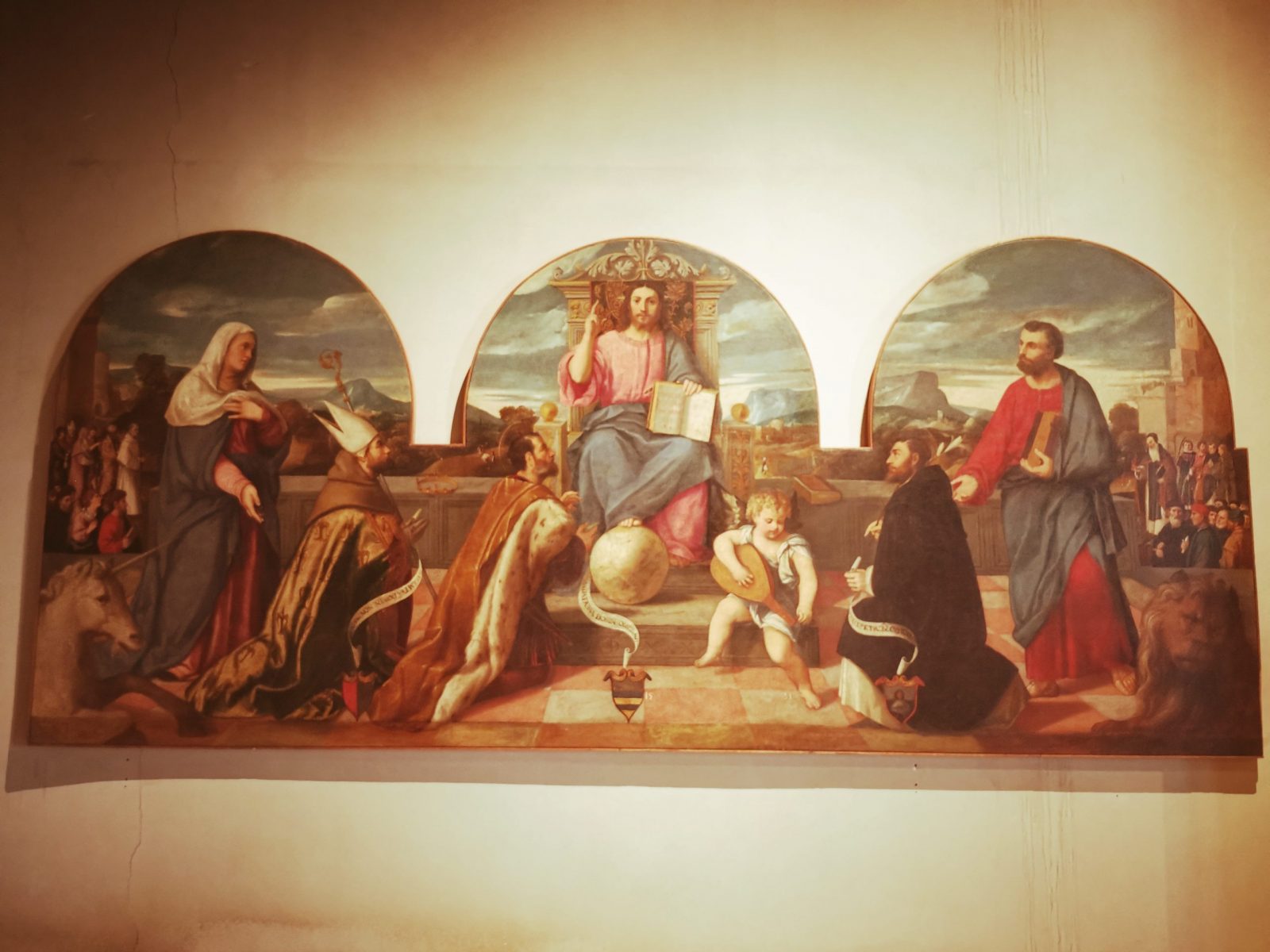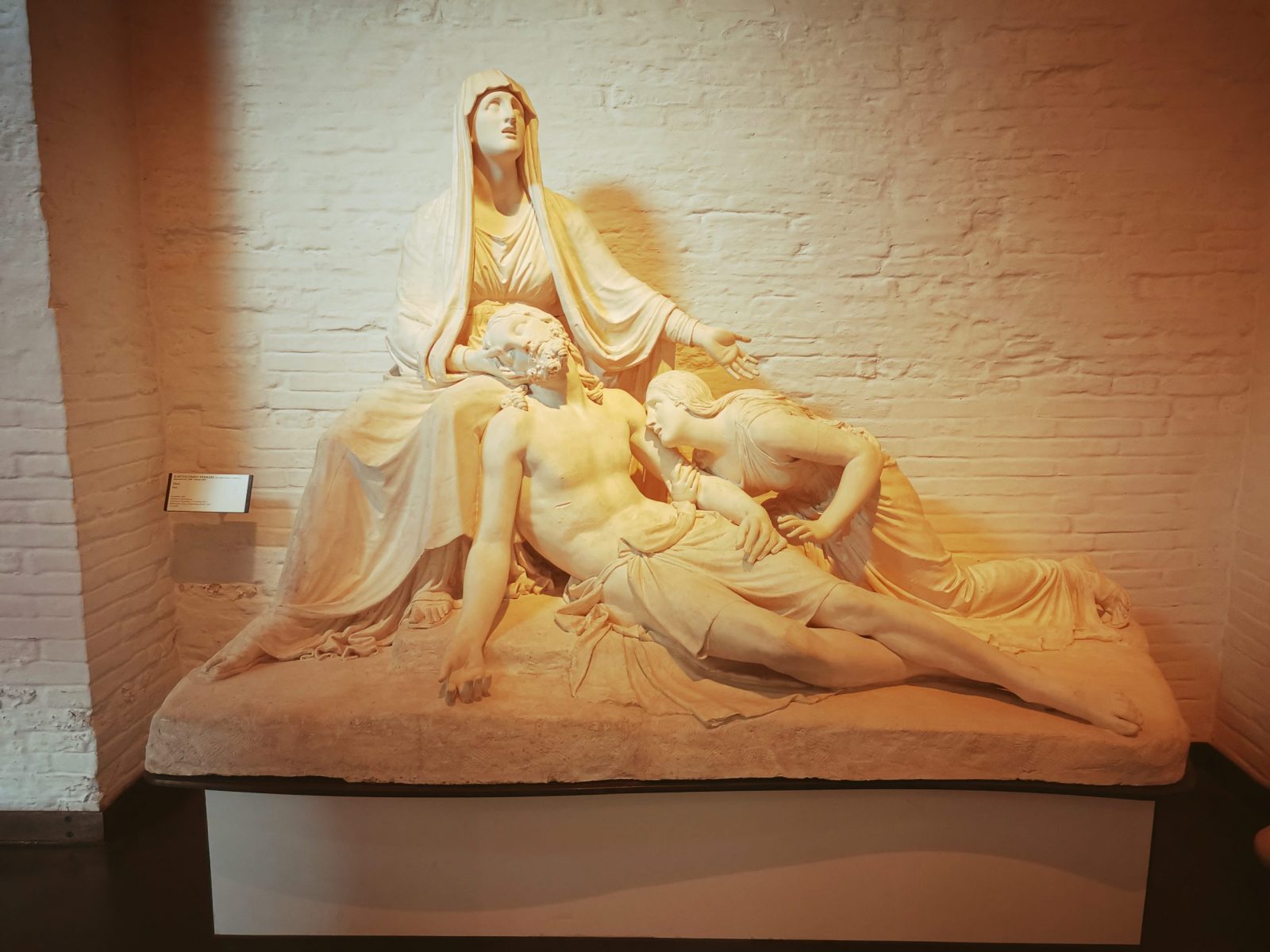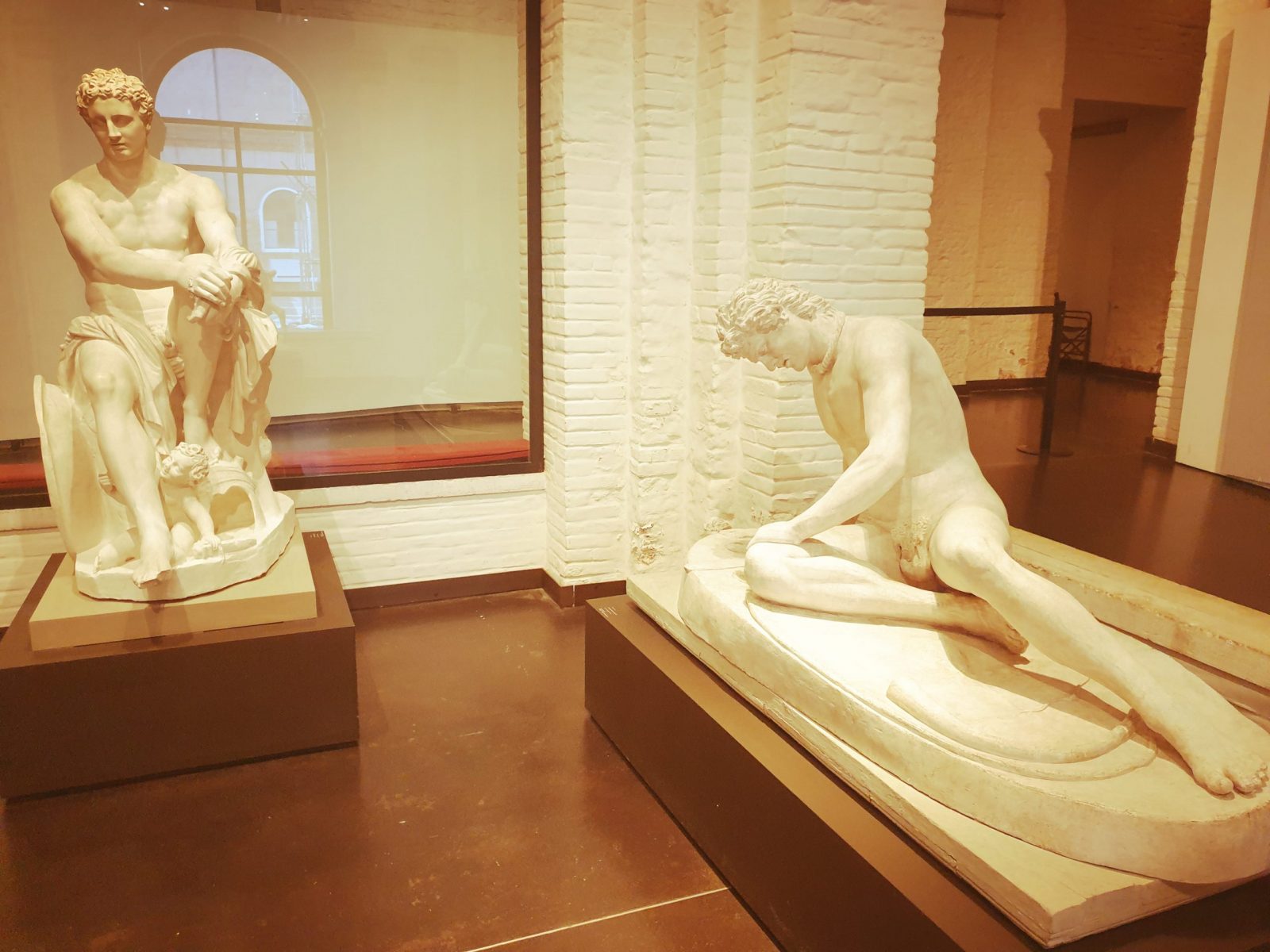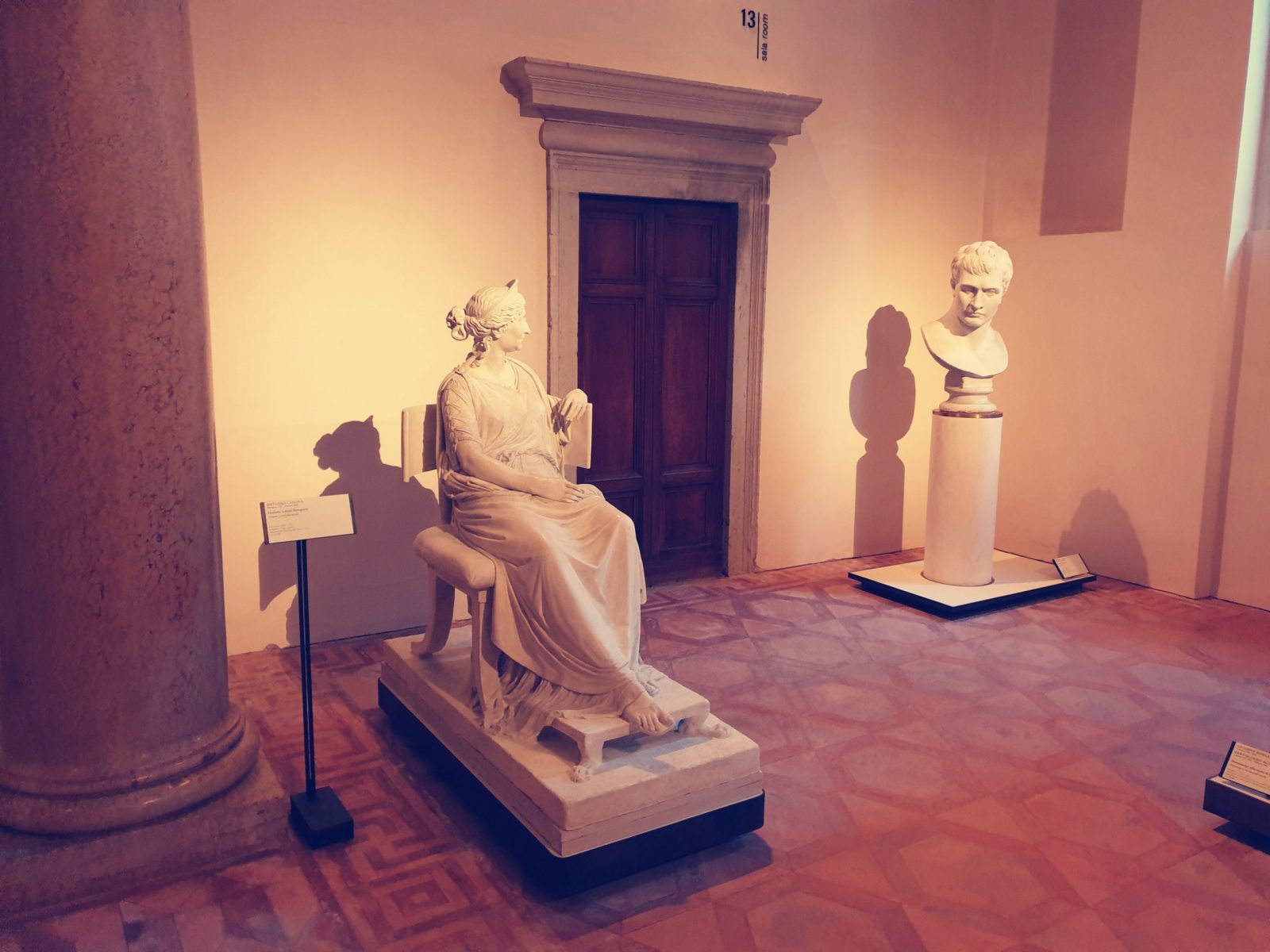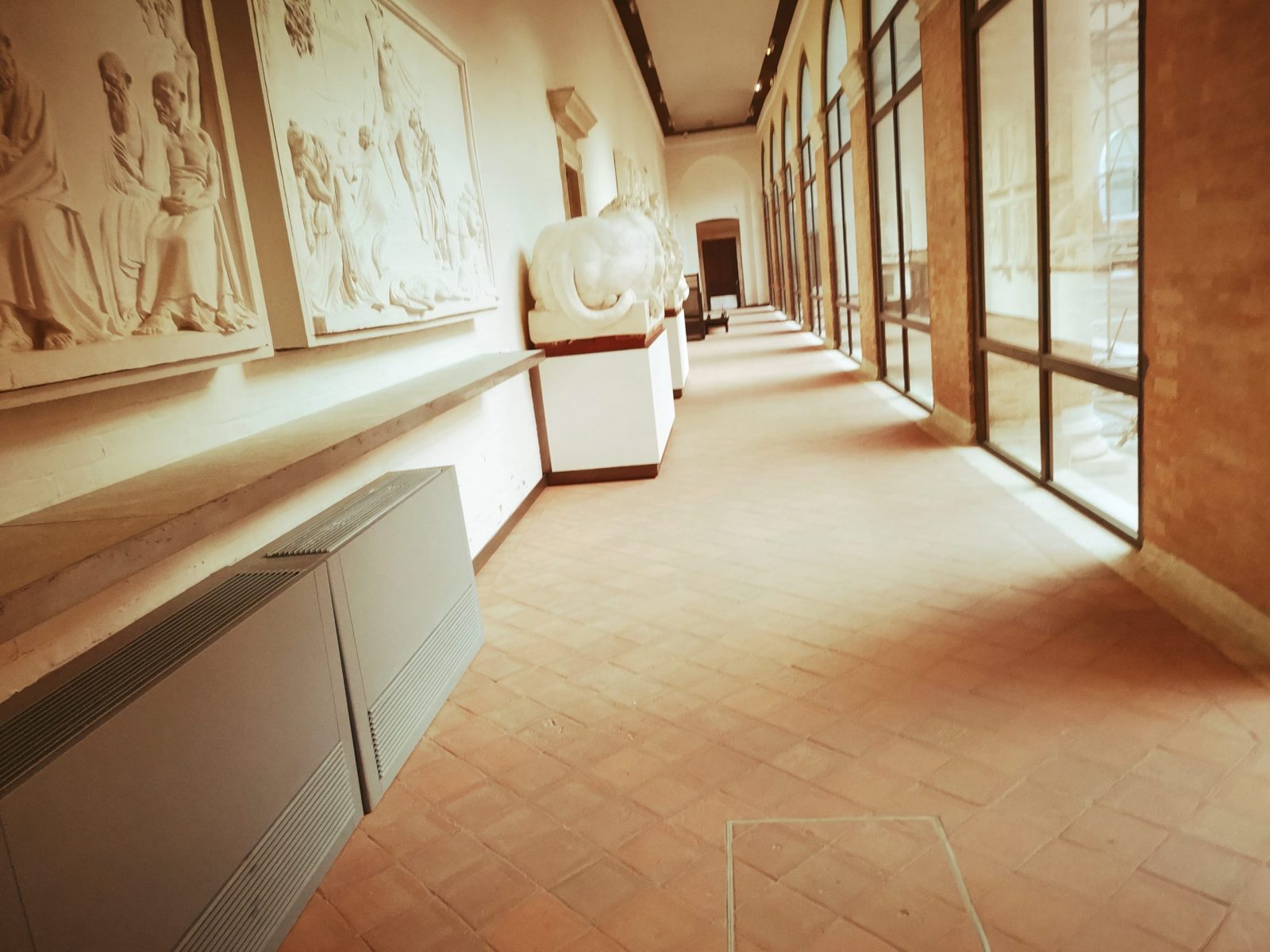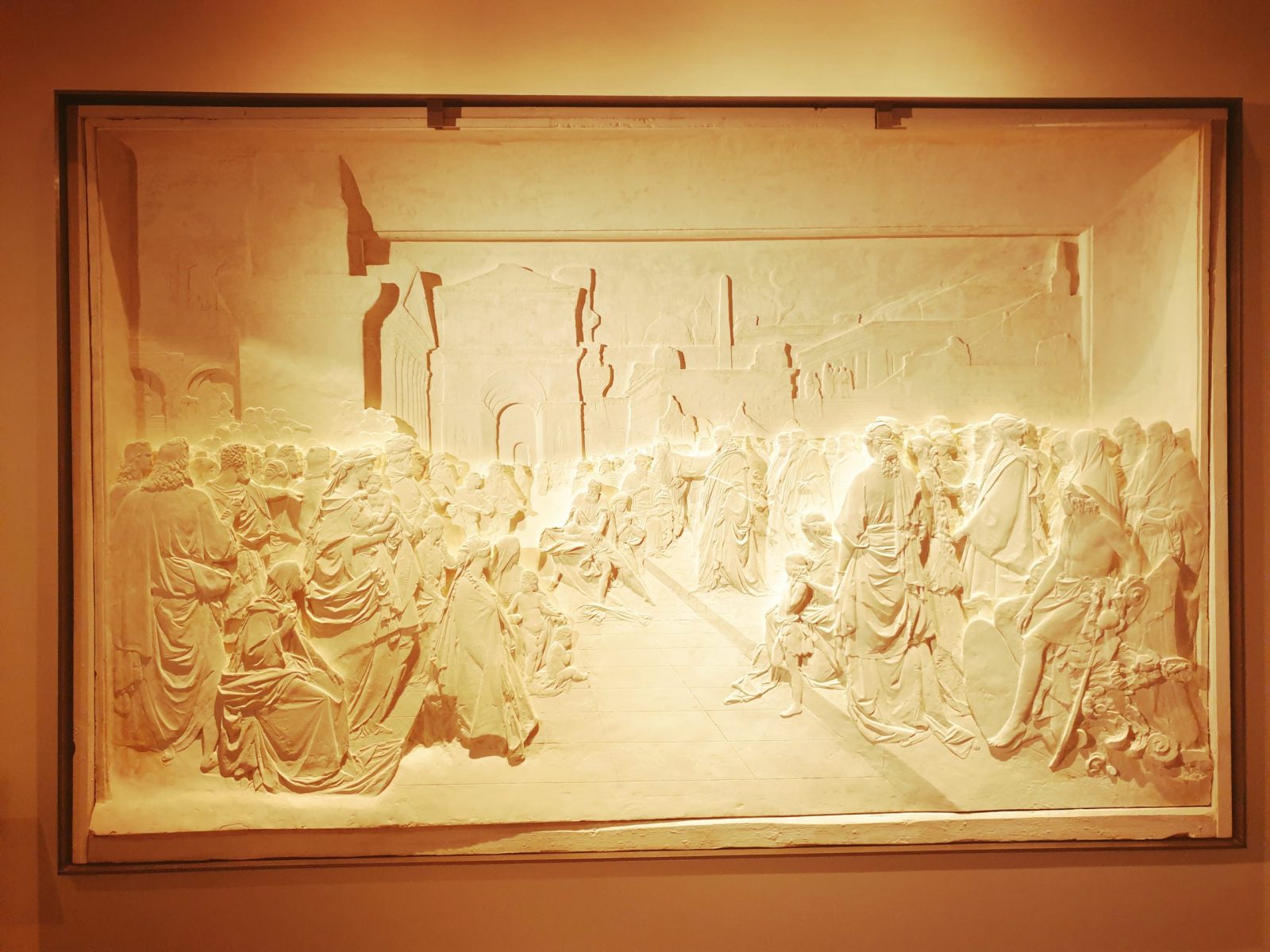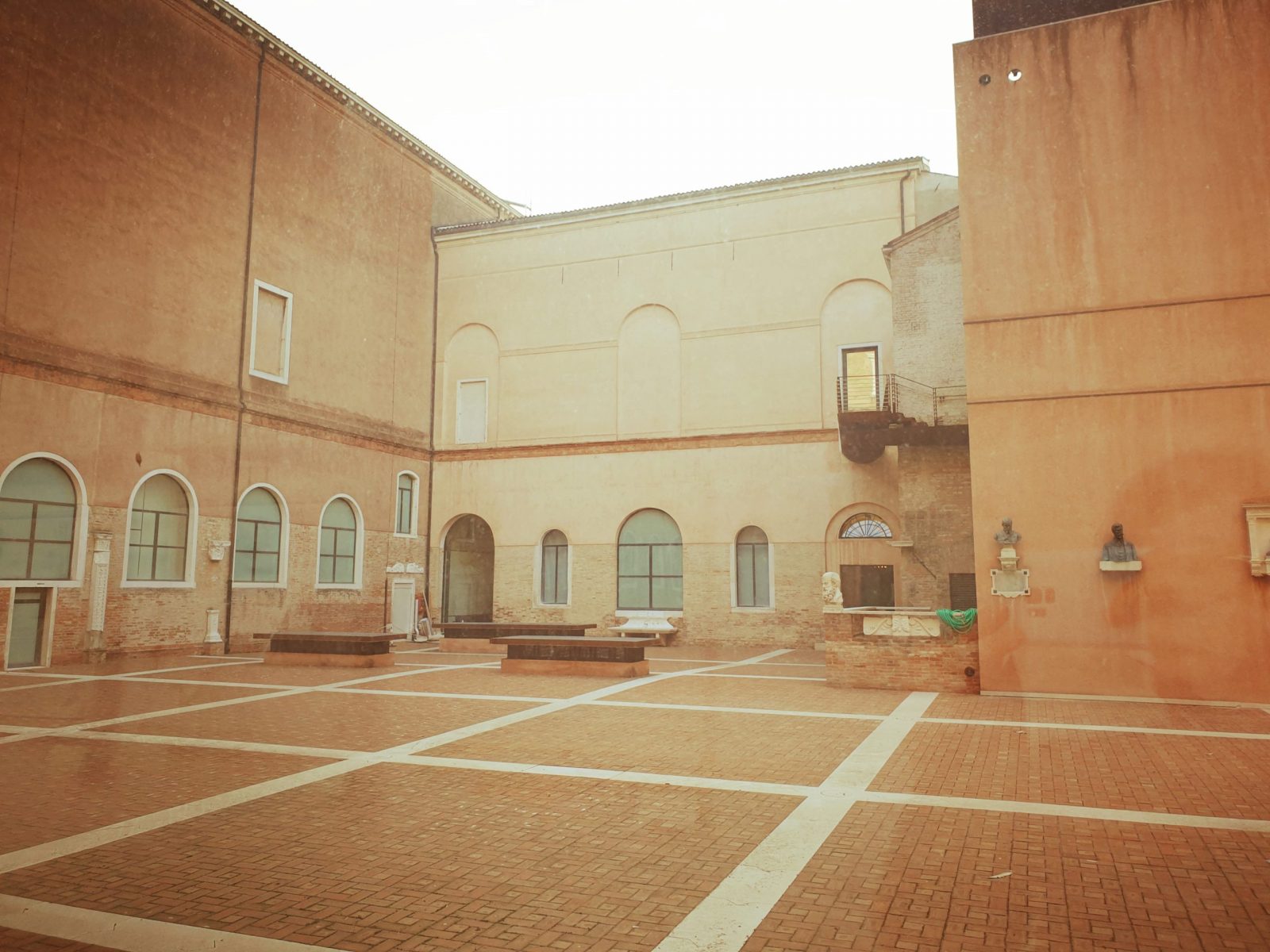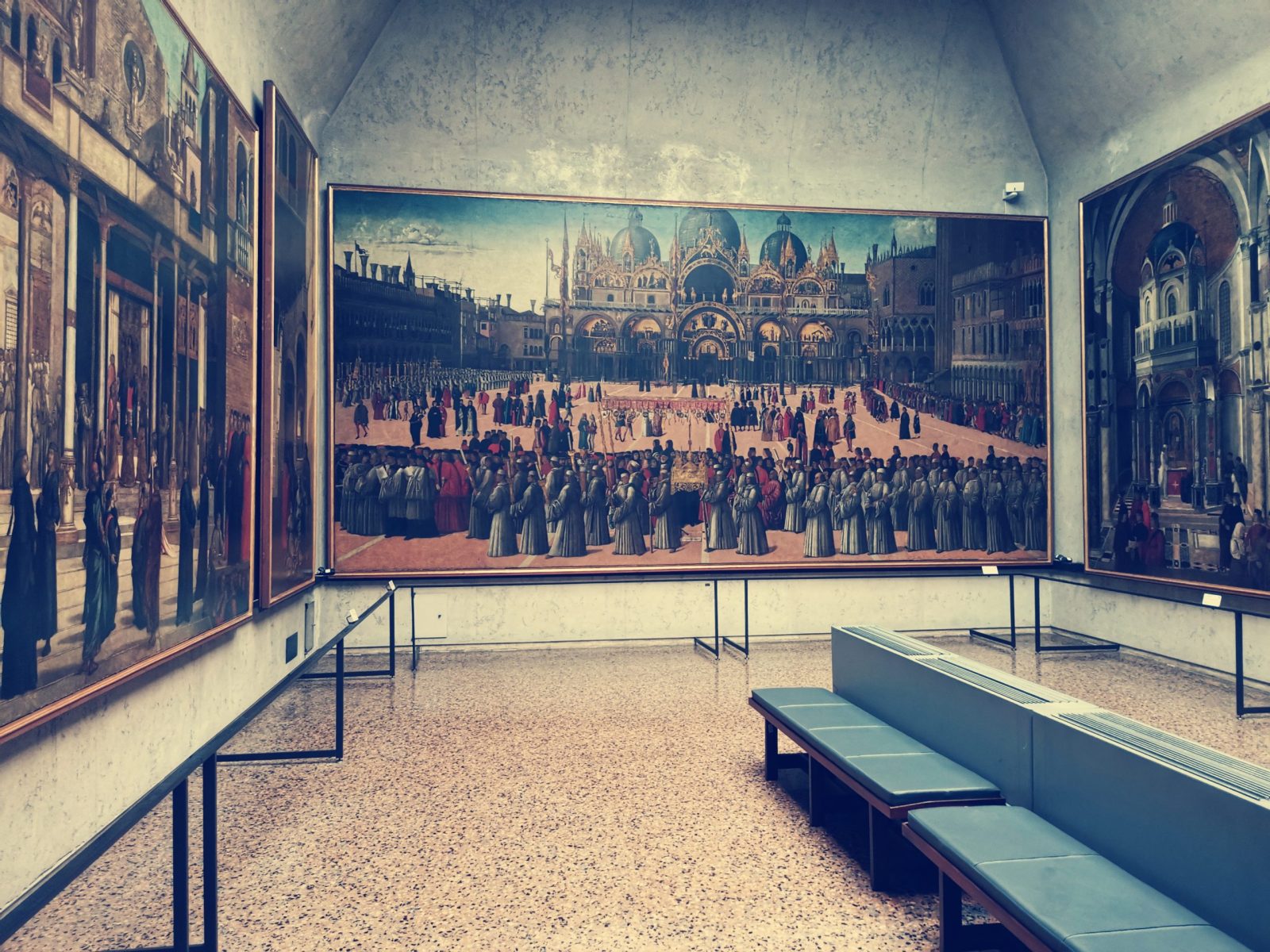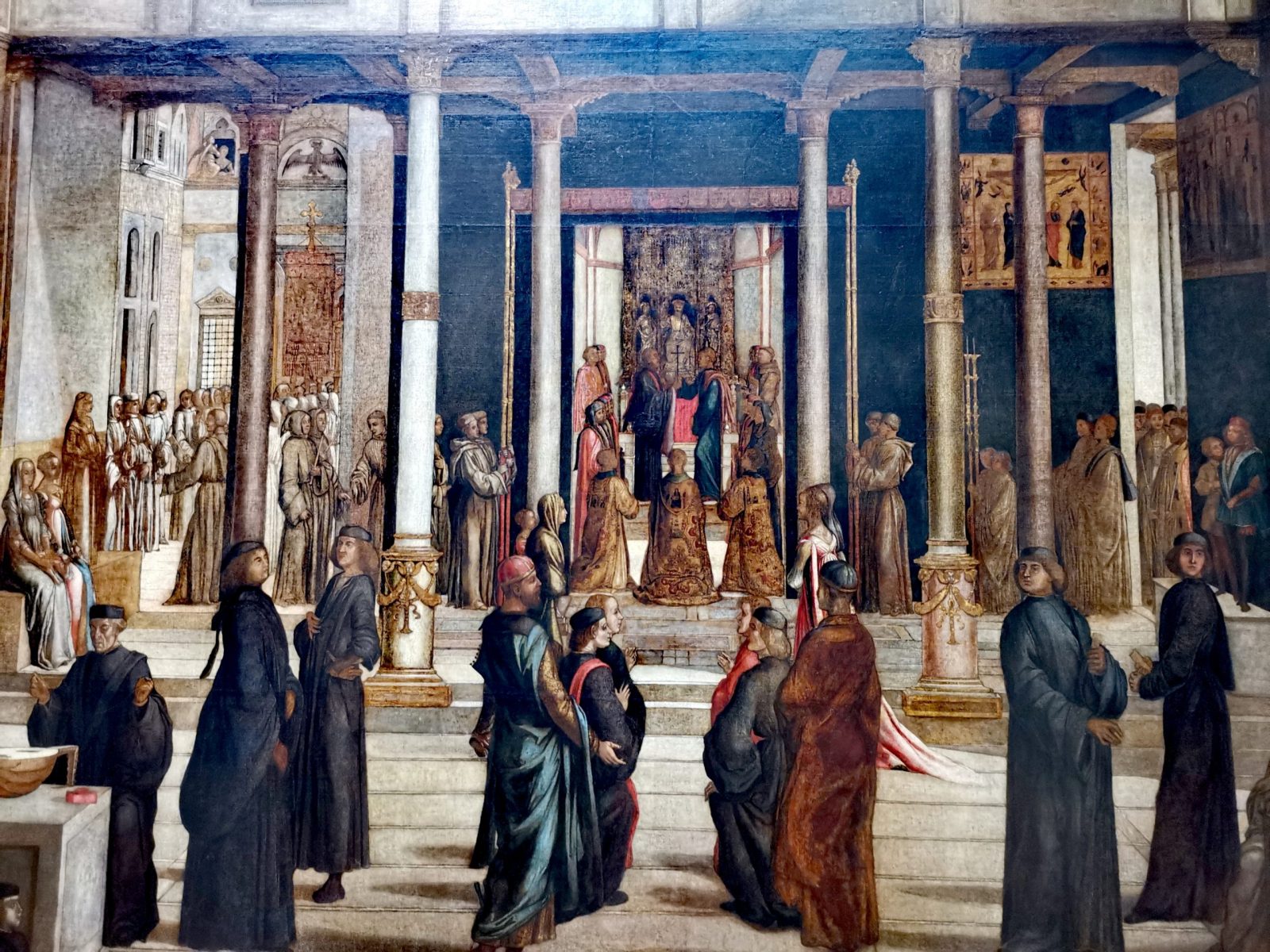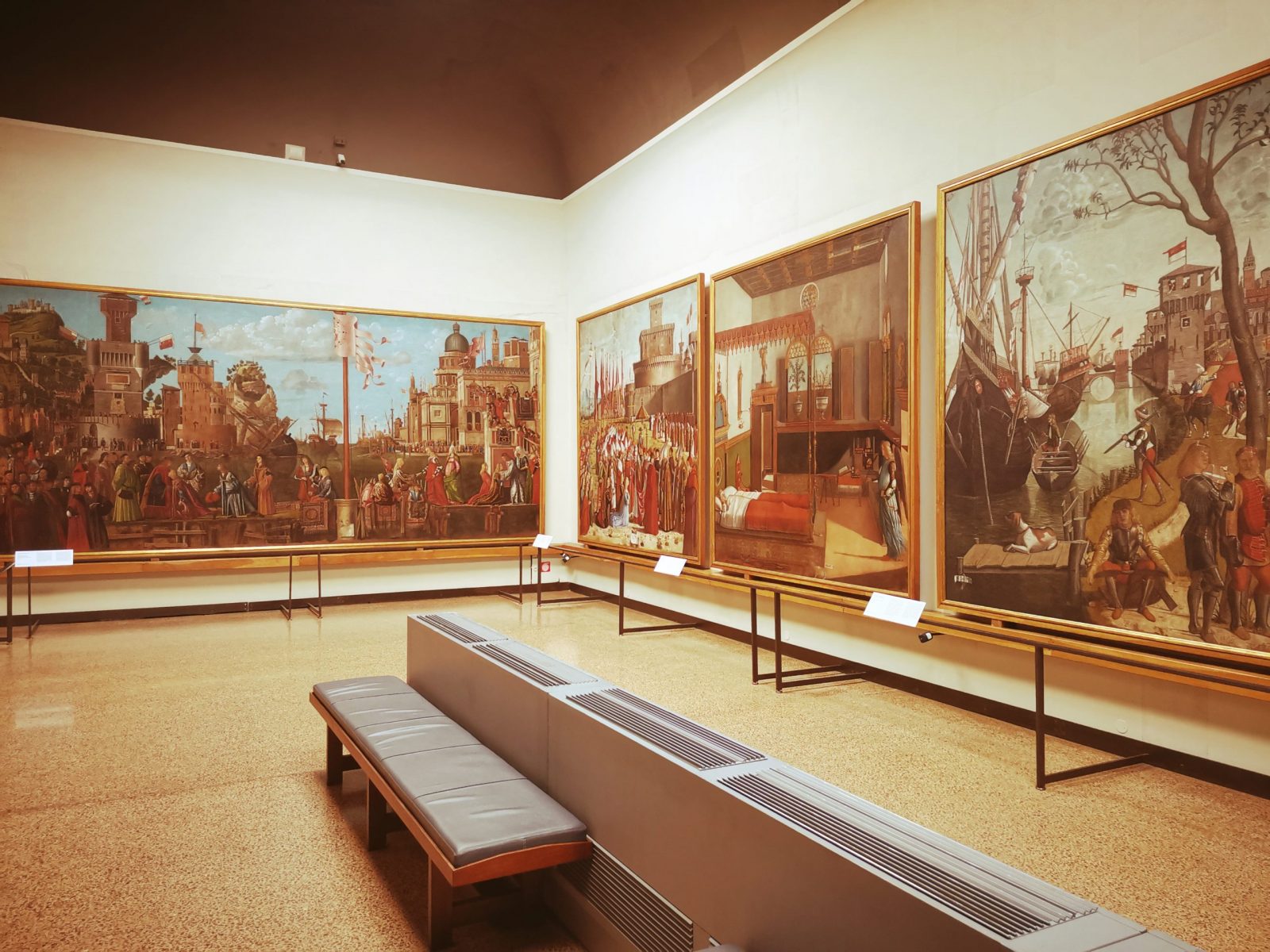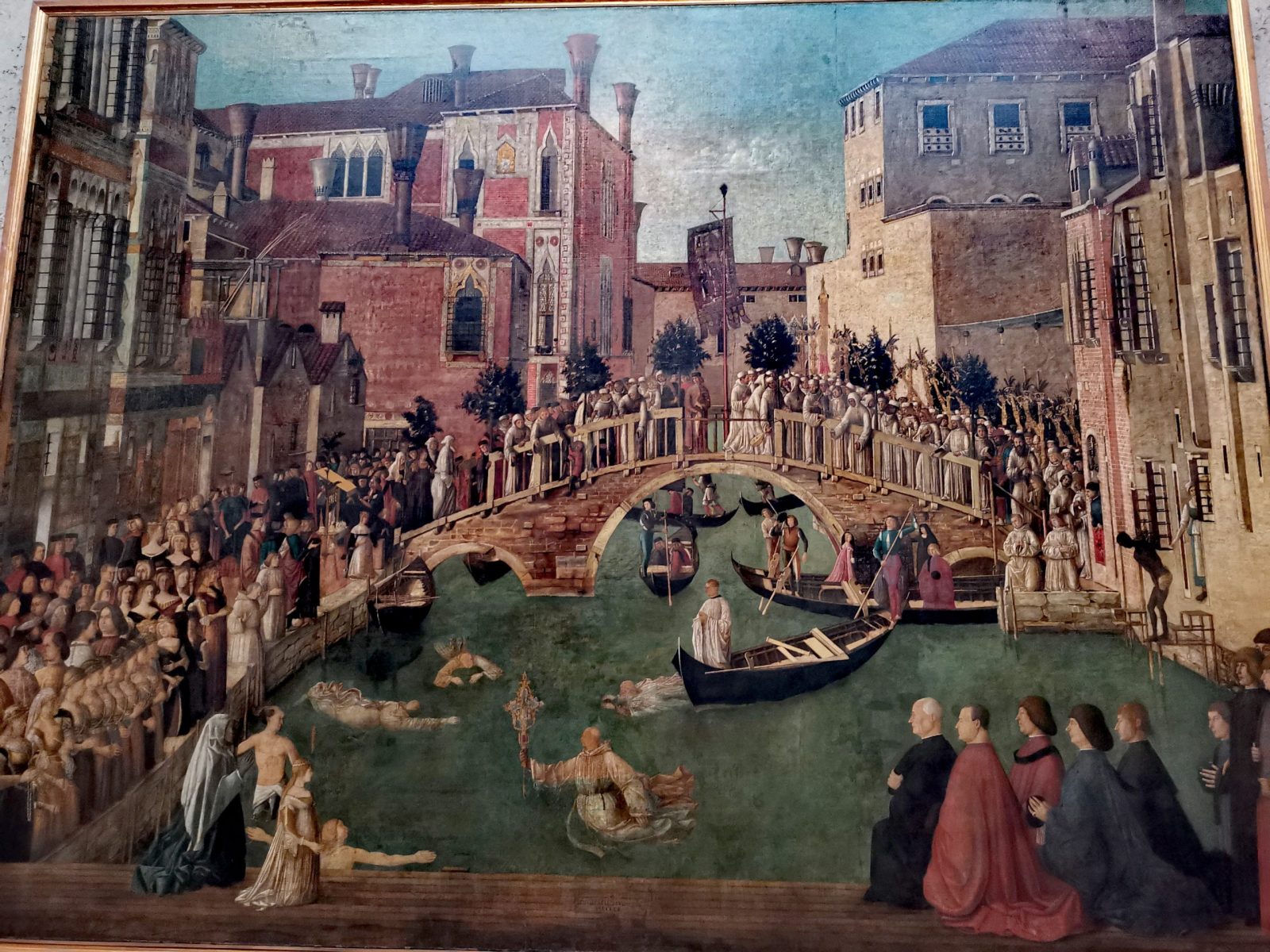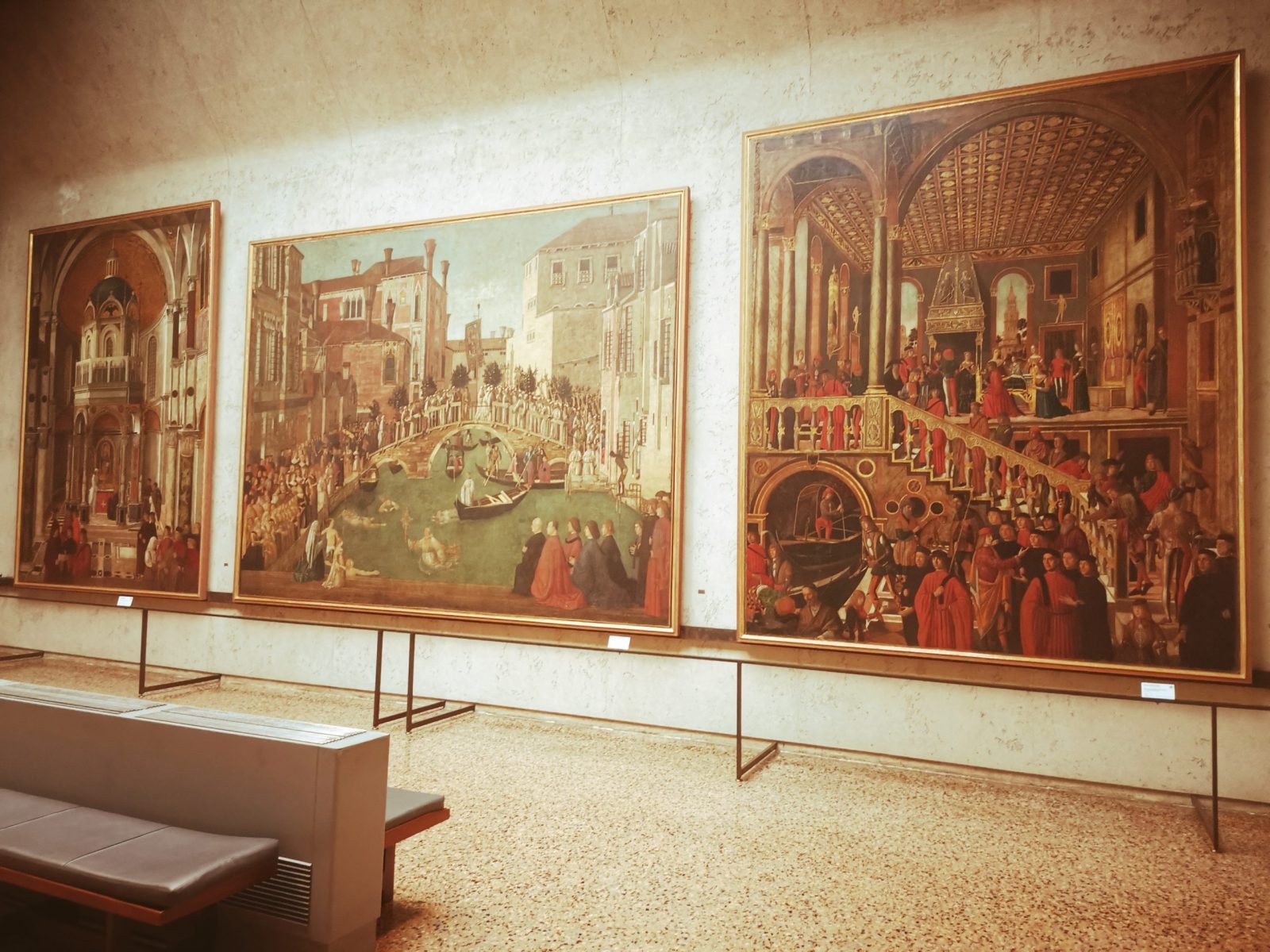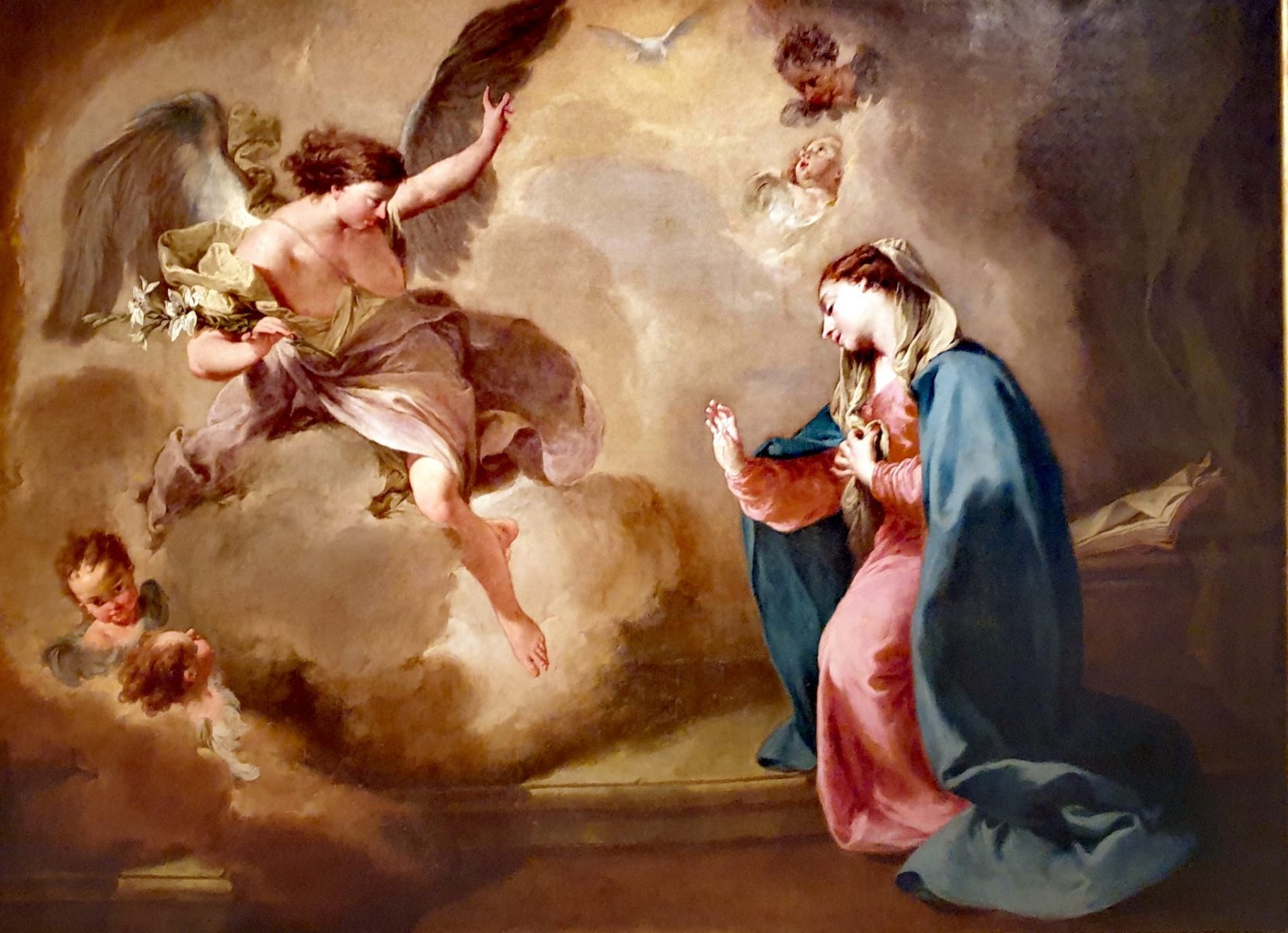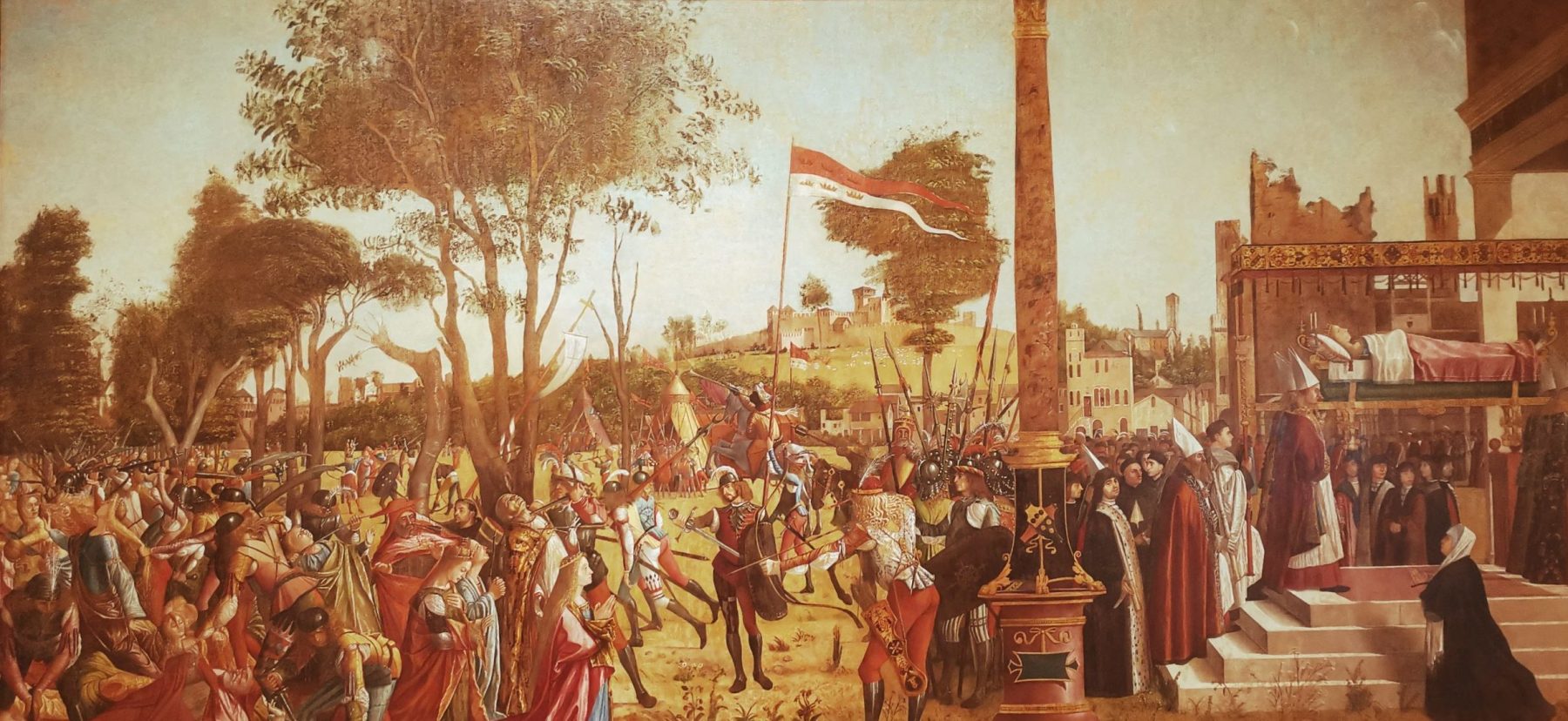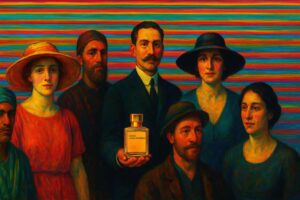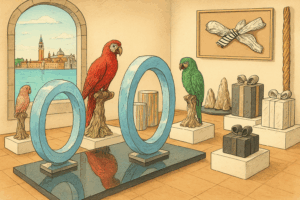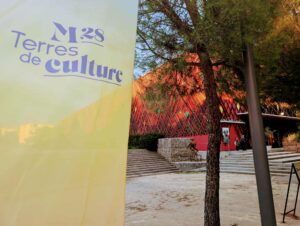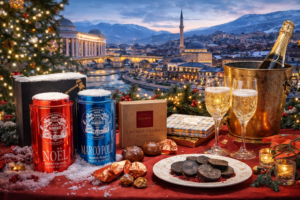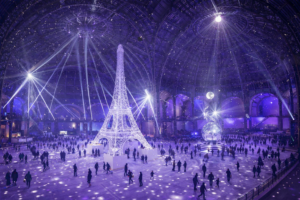Meet Venice from inside… Its churches and legendary monuments, thanks to the Venezia Unica City Pass!
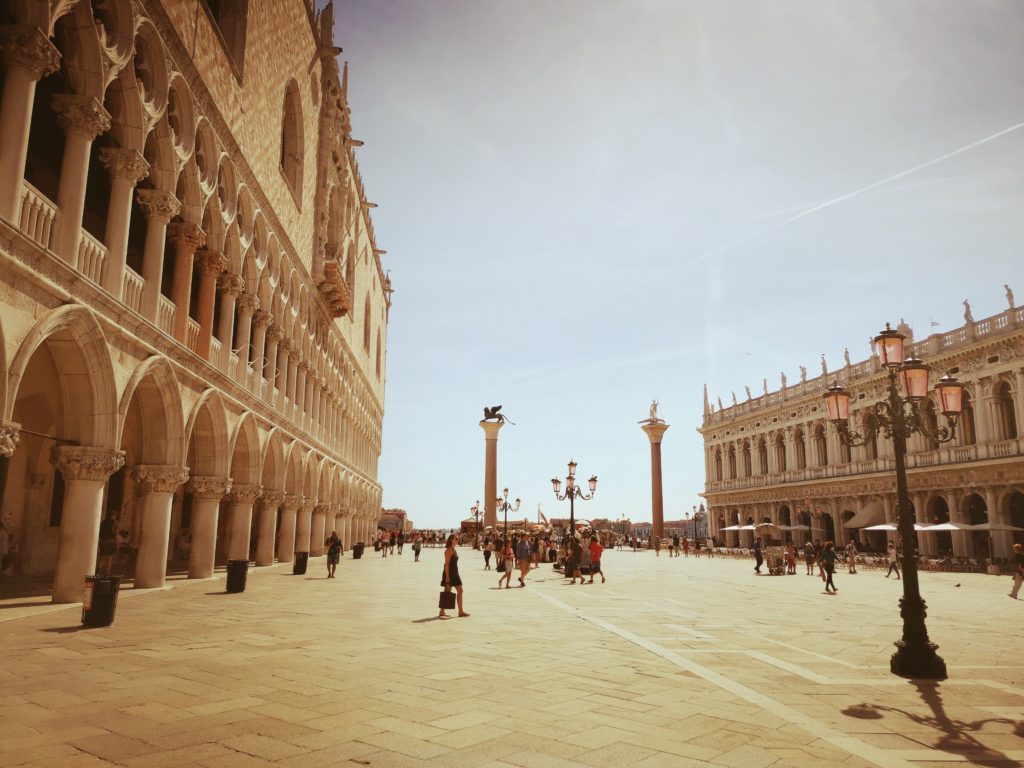
©
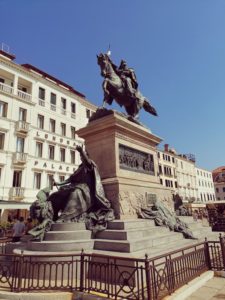
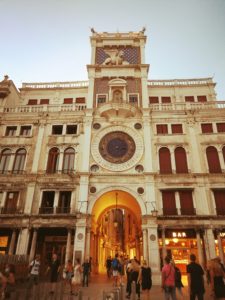
Following our last reviews about where to find a premium stay in Venice, with the example of the Hotel Danieli (article here), along some charming gastronomic restaurants (article here), this time we have a look at the multiple facilities proposed by the Venezia Unica tourism entity. Dedicated to all of the curious visitors of the city, you would notably discover the wide choice of local churches open to the public and presented in partnership with the Chorus Pass, an Association for the Churches of the Patriarchate of Venice (photo credits: Alex Plato).
As far as we know, this Chorus consortium contributes to the conservation and enhancement of the immense heritage of the churches of Venice and disseminates their unique spirit, through a museum trail that unites fifteen of the best examples of religious architecture in Venice.
In the other hand, an honorable selection of Municipal Museums of Venice are also included with this very practical Venezia Unica City Pass, again supported by a specific organism. Thus, the Musei Civici Foundation was established by deliberation of the Municipal Council of Venice on March 3rd, 2008, in order to manage and enhance the immense cultural and artistic heritage of these Municipal Museums. Structured as a participatory foundation including only one founding member, the City of Venice. this Foundation intends to facilitate the grouping of the different participating members (both public and private), contributing to the life of this cultural community, by supporting and sharing the same institutional objectives. By Alex Plato
First, as everybody knows, Venice is easily accessible by plane, car, train or even by foot! Since this island is connected to the mainland within the Liberty Bridge, of 4 km long, on which trains and public transportation are able to pass on, along all kinds of cars heading to this illustrious Laguna. For your information, this bridge leads to the grand Ferry Terminal, as well as the Tronchetto and Piazzale Roma terminals, and eventually the train station, since a part of this way is reserved for the passage of trains at the destination to Venice Santa Lucia, the main station. Although, mind that vehicles are not allowed to continue their journey beyond these terminals, and thus you would have to park your favorite car nearby…
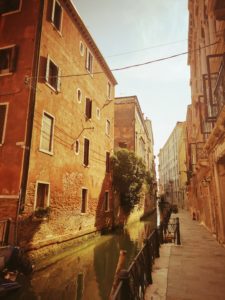
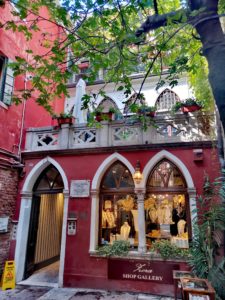
In order to enjoy as best as possible this lovely city, the Venezia Unica tourist office proposes its new City Pass dedicated for anyone willing to discover the City of Venice through its various assets, including an unlimited access to the public transport network, the city’s cultural and tourist offer, and of course many other services, all designed to facilitate your stay in this incredible destination.
Therefore, valid for a period of 24, 48 or 72 hours, the Venezia Unica City Pass is an ideal way to organize your visit in Venice. Indeed, in just a few clicks, plan your journey according to your proper taste and your rhythm, while booking your tickets for airport transfers, vaporettos (water buses), the best museums in town (without queuing), the 16 churches belonging to the Chorus Pass and for sure so many more surprises.

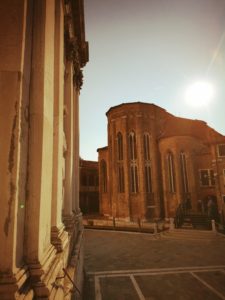
To make this dream possible, we invite you to book your Venezia Unica City Pass online and configure your own planning, regarding your own requirements. After completing all of this process, you would naturally receive by email, your personal coupon with a reservation code (PNR) that would allow you to collect your purchased tickets by inserting it in an ACTV vending machine or by presenting your coupon code at one of the many Withdrawal & Selling Points available across the town.
And never too far from the multiple cultural institutions, where you would only have to show your voucher at the entrance and then benefit from the best of Venice. Otherwise, walk through the essential spots of the Laguna, where you can be sure that they don’t need any ticket but may offer you the same bombastic and incomparable sensations.
Among them, the Rialto Bridge (pictured upon) pursues a long tradition of white meeting point for passengers, thanks to its suspended market. However, the long visiting list obviously doesn’t stop at this point and continues with our following suggestion further detailed in this topic.
More information on the official website of Venezia Unica.
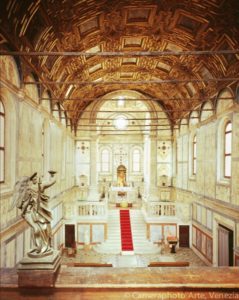
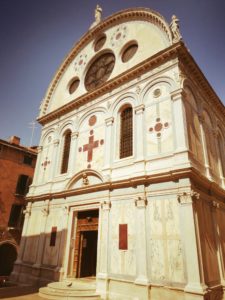
In this case, we propose you a range of charming churches to visit and while starting here with the amazing Church of Santa Maria dei Miracoli, owing its name to the famous Madonna, painted by Zanino Di Pietro. For your information, this church was built in tribute to her, since many people came to meditate there and the legend even tells that some miracles were attributed to her. Thereafter, its construction marks the beginning of the Renaissance style and the end of the Gothic period. The result is a discreet Renaissance style but adorned with a refined decoration, from its marbled facade covered with a series of precious stones (such as green serpentine, red porphyry and again polychrome marbles). On top of that, this facade is surmounted by a semi-circular pediment, garnished with a very beautiful rose window, three oculi and two complementary circles of marble.
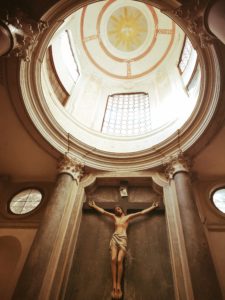
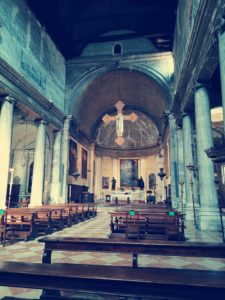
Thereafter, the San Polo Church in Venice is located on the south side of the campo of the same name, which is to say one of the busiest places in Venice.
The origin of this church dates back to the 9th century, built this time in a Byzantine style, refreshed many times and now presenting different styles. Indeed, this scenery includes a wooden ceiling, a rose window and the entrance portal is typically of Gothic style.
Inside, you would admire a real collection of artworks by Tintoretto, Giambattista Tiepolo, Giandomenico Tiepolo, Jacopo Palma the younger, Paolo Veronese… Furthermore, the campanile of the San Polo church dates back of 1365, whose 2 sculpted lions surmounting its entrance door, one holding a man’s head between his paws and the other one wrestles with a snake, maybe a reference to the death sentence of Doge Falier?
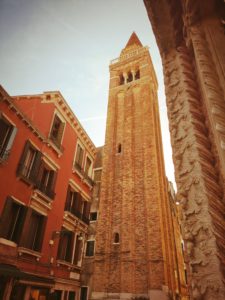
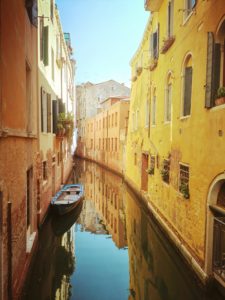
Restored and renewed in 1804 by David Rossi, don’t miss its typical 14th century Gothic door, full of elegant representations of Christian symbolism. Further signs are visible at the altarpiece within particularly the Conversion of Saint Paul by Palma il Giovane; nearby some bronze statues, notably of Saint Paul and Saint Anthony by Vittoria.
Then, in front of the main door, a series of masterpieces wait for you, such as Saint John of the Nepomuk by Tiepolo, this famous artist also painted the Stations of the Cross for this church, but which is now preserved in the Frari church. Thereafter, followed at the right of the organ by the Cenacle of Tintoretto, not far from the Wedding of the Virgin, by another master, the painter Paolo Veronese, situated in a besides chapel. Don’t also miss the fabulous bas-relief from the 12th century, baptized the Virgin, the Child, Saints Peter and Paul, located in the apse.

In addition to this, back to the Gothic-style bell tower, easily recognizable with its original marble ornaments, whose construction dates back from 1362. This ancient date can be testified on an inscription written in the pediment, close to the entrance of an incredible part of this church, the so-called Oratory of the Crucifix. This discreet appendix contains a series of priceless canvases, such as the first artworks realized by Giandomenico Tiepolo about the Way of the Cross, painted between 1747 and 1749. Indeed, this series of fourteen paintings naturally illustrates the personal style of this renowned artist, essentially through his emblematic diagonal lines and perspectives melt in his own vision of these religious scenes.
In the same chapel are as well preserved other works of this same Tiepolo, exhibited on both sides of the altar site, counting the various biblical characters of Saint Philippe Neri, Martyrdom of Saint Jean Népomucène, Saint Vincent Ferreri, along the magnificent fresco of the Glory of the Angels which beautifully adorns the ceiling.
San Polo Church, Salizada S. Polo, 2023, 30125 Venezia (Italy) / Open from Monday until Saturday, from 10.30am until 4.30pm.
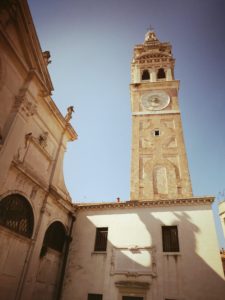
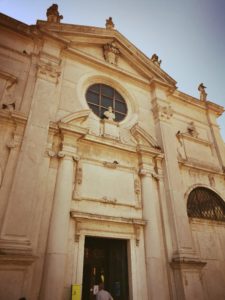
Built in 1492, the Church of Santa Maria Formosa is the architectural masterpiece of Mauro Codussi, by which the architect claims for the first time in Venice the values of the Tuscan plastic-spatial vision of the Renaissance.
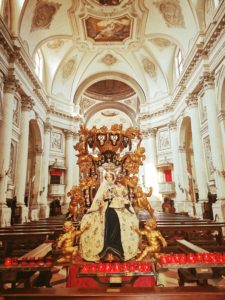
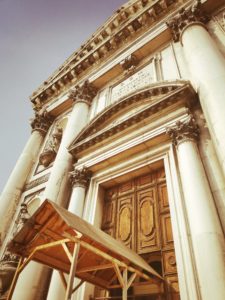
The Church of Santa Maria del Rosario largest example of an 18th century convent complex was built between 1726 and 1735 by the order of the Dominicans, in order to replace their former smaller church (which still exists today and lies just right next door), but which had become too small to accommodate the growing number of faithful prayers, willing to find more space.
Therefore, the Dominicans replaced the Jesuits (hence the name of the church) in 1668, when this order was abolished. Nonetheless, Giorgio Massari was the architect who conceived both the renovation planning and its internal decoration, thanks to the contribution of two great artists of that time, Giambattista Tiepolo and Gianmaria Morlaiter.
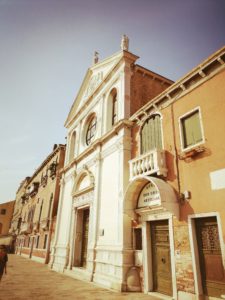
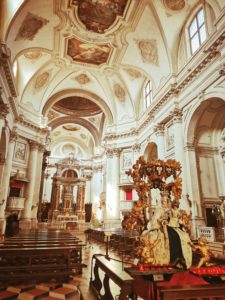
It might be even true that the interior of this edifice may be considered as filled of a real harmony, since the atmosphere arises as particularly evocative, notably through its splendid ceiling, adorned with a couple of illustrious frescoes, mainly imagined by Giambattista Tiepolo.
Therefore, take the chance to contemplate the three large paintings representing The Apparition of the Virgin to Saint Dominic, The Institution of the Rosary and The Glory of Saint-Dominique, along as well many other admirable monochromes.
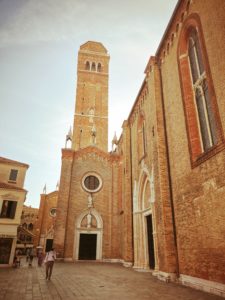
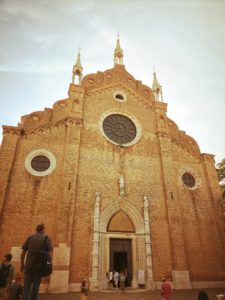
The Basilica of Santa Maria Gloriosa dei Frari commonly called I Frari dates back from the 14th century. This gigantic brick basilica generously measures 85 meters long and almost 30 meters wide and had to be even enlarged twice, due to the growing crowds coming to pray at masses given there. Although, its facade is quite austere but it contains major artworks achieved by the artist Titian, such as The Assomption or La Madonna di Ca’Pesaro, along other honorable acts of Vivarini and Bellini. Otherwise, you may as well find numerous tombs and incredible sculptures.
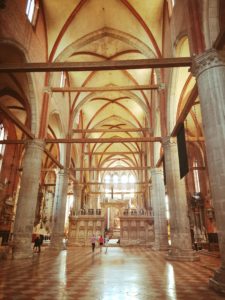
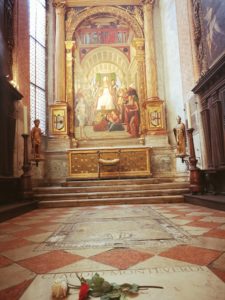
Thus, built between 1250 and 1338 by the Franciscan Conventual Friars Minor, this edifice was rebuilt in the 14th century, essentially based on a project elaborated by Brother Scipione Bon, composed of large spaces melt into a typical Gothico-Cistercian style, including three naves and seven apsidal chapels. Probably the more illustrious masterpiece of the mature period of Titian is preserved there. Indeed, the suggestive altarpiece of the Assunta (1516-1518) collects and expands the visible vanishing point of this central dizzy nave (see also the Pala Pesaro).
In addition to this, don’t miss the incredible triptych representing the Virgin with Saints realized by Giovanni Bellini. Therefore, this canvas nested in the Basilica of Santa Maria Gloriosa dei Frari (1488) is considered as one of the masterpieces of the 15th century Venetian style, and ideally joins the triptych of St. Mark (1474) by Bartolomeo Vivarini, visible in the elegant Cappella Corner.
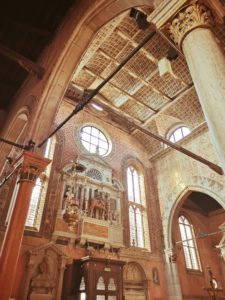
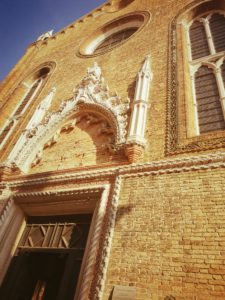
Then, we pursue with the Church Di Santo Stefano, situated at the northern end of Campo Santo Stefano. For your information, it is one of the oldest Catholic churches in the entire World, since this edifice was founded in the 13th century by the mendicant order of the Augustinian hermit brothers.
Despite, it was rebuilt in the 14th century and modified again at the beginning of the 15th century, it features now a magnificent Gothic portal and even a roof in the shape of a ship‘s keel, whose sharp arches are supported by carved beams and Verona marble columns. On top of that, its brick facade also stands a superb marble portal, the artwork of Bartolomeo Bon. Beautifully decorated with numerous paintings and sculptures realized by great Venetian masters, this church is also recognizable with its 66m high bell tower which steeply leans.

The church of Santo Stefano is, along with the Frari and SS. Giovanni e Paolo, the third conventual church to visit in Venice. Subsequently, additions of construction and decoration made it one of the best examples of Venetian floral Gothic, thanks to a typical interior adorned by three naves , while in the presbytery, you can admire the magnificent choir, made in inlaid wood, dating from 1488.
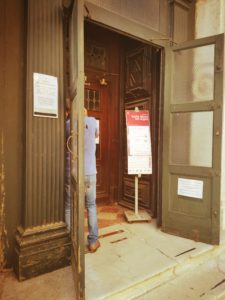

The Church of Santa Maria del Giglio, is based on a very old foundation (of the 9th century) and it owes its current configuration to its reconstruction, which was finally inaugurated in 1681. Moreover, its sculpted facade is emblematic to the artwork of Giuseppe Sardi, as one of the most original and sumptuous Venetian Baroque reliefs.
It’s not a secret that this grandiose monument has been built in honor to the Barbaro family, represented by the effigies of five brothers and by the representation of the places where Antonio Barbaro collaborated with the Republic of Venice. Last but not least, you could also admire important paintings, preserved in this fancy church.
Church of Santa Maria del Giglio, Campo Santa Maria del Giglio San Marco, 30125 San Marco, Venezia (Italy) / Open from 10.30 am to 1.30 pm and from 2.30 pm to 5 pm.
More information on the official website of the Chorus Pass.
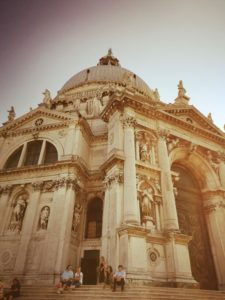
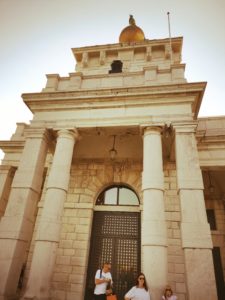
Some other churches are not proposed by this Chorus Pass but are much worth it! Among them, the Basilica of Santa Maria della Salute is located at the entrance to the Grand Canal, before the Punta della Dogana, in the Dorsoduro district and rests on nearly 100,000 stakes. Thus, this white church is adorned with a very original architecture, immediately recognizable with its octagonal shape and its two domes.
Thus, the construction of this remarkable baroque Basilica was carried out during a long time (almost 50 years) following the Venetian plague, which started in 1631. According to the wishes of the Doge of that time who wanted to dedicate this edifice to the Virgin, in order to beg her to end this sinister. This Basilica is regarded as the lifetime artwork of the architect Baldassare Longhena and includes a bunch of sumptuous paintings, notably including Titian and the famous Wedding at Cana realized by Tintoretto.
In parallel, its facades are richly decorated with statues of famous figures, such as angels, the Four Evangelists and at the top of the pediment, we find the Madonna and her Child.
Basilica of Santa Maria della Salute, Dorsoduro, 1, 30123 Venezia (Italy)

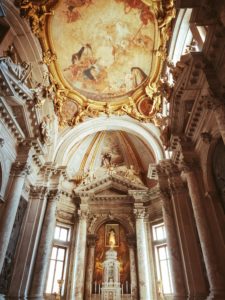
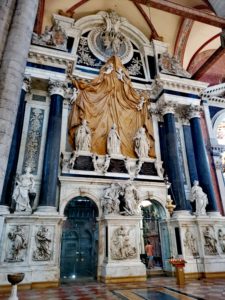
In the northern part of the island, you would find this Basilica of San Zanipolo, one of the most imposing religious edifices, located in the oldest district of Cannaregio and very close to the old hospital, also named after the notorious venerated Saint John and Saint Paul.
Thanks to an explicit Latin cross shaped layout, filled with red bricks decorated with marble, in a typical Venetian Gothic style, this Church is also considered as an authentic Venetian version of Pantheon. Indeed, besides its height of 32 meters, this building notably conserves a large number of 25 Doges buried inside, whose each tomb has its own adornments. Apart its monumental size, this edifice was dedicated to two martyrs from the 11th century, Saint John and Saint Paul, whose contraction in Venetian means Zanipolo, as a real nickname of the Church.

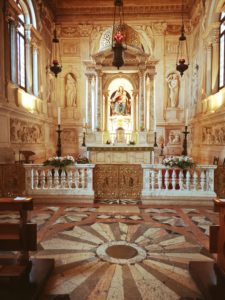
Moreover, its portal, built in 1458, was made in white marble, surmounted by an imposing rose window, full of multiple decorations and treasures, such as the masterpieces of great Venetian masters such as Veronese, Bellini and Lorenzo Lotto, with its Elemosina di Sant’Antonio.
In the other hand, the famous equestrian statue of Verrocchio is consecrated to Bartolomeo Colleoni, which is represented there with a horse standing on only three legs, which may be regarded as rather innovative at that time.
Basilica of San Zanipolo (San Giovanni e Paolo), Castello, Campo S.S. Giovanni e Paolo, 6363, 30122 Venezia (Italy) / Phone : +39 041 523 5913 / Open everyday from 9am until 6pm.
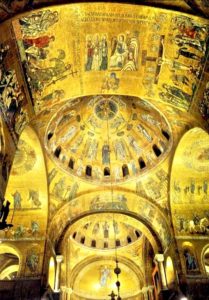
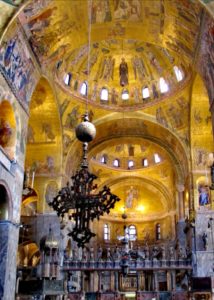
Nonetheless, a last unmissable spiritual stop in the mythical Saint Mark’s Basilica, settled in the legendary Piazza San Marco, which is regarded as the most important and one of the most beautiful churches in Venice. Built in a Byzantine style, thanks to its Greek cross plan, the main part of its walls is beautifully decorated with, among other things, sumptuous golden mosaics.
Therefore, it’s the perfect layout to preserve the remains of Saint Mark the Evangelist, who eventually gave his name to the Basilica, whose central dome covers the four branches which are each as well surmounted by their own dome. Moreover, the facade is adorned by five imposing portals, surmounted by intricately carved arches and by a visible abundance of marble columns.
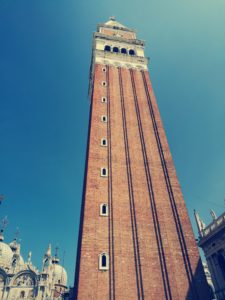

Otherwise, the interior of Saint Mark’s Basilica is divided into three naves, again regulated by six columns and four massive pillars on which the five domes are supported. We wouldn’t hide you that these numerous decorations are really sumptuous, notably starring the floors and ceilings which are covered by golden mosaics, the omnipresence of marble over the walls. On top of that, don’t miss to take a tour inside the Saint Mark Museum, situated just at the right of the main entrance door of the basilica. In addition to the museum pieces, take the advantage of the magnificent view of the interior of the Basilica from its upper gallery and maybe access the terrace, bordering the front building, in order to appreciate the incredible view of the Saint Mark’s Square and its illustrious Piazzetta. Last but not least, if you’re into for more altitude, climb the monumental Campanile, inaugurated in 1912, from where you would observe the breathtaking panorama over Venice.
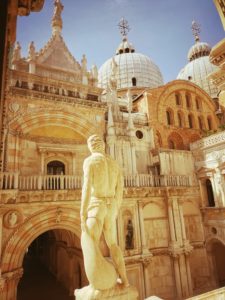
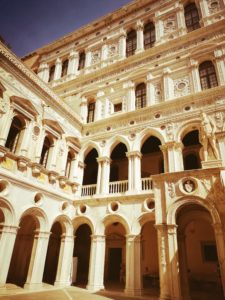
Once you have admired the charming Saint Mark’s Place and its giant Campanile, here is the Doge’s Palace, located between the Rio della Paglia, the Saint Mark’s Basilica and the canals of San Marco, before bordering the entrance of the Grand Canal, since this edifice is visible from the Adriatic Sea.
This architectural masterpiece is the perfect wedding between the Gothic and Renaissance styles, drown in a colorful framework imagined by the best artisans through the years. During many centuries, this palace became the seat of the Venetian administration, gathering the legislative, executive and judicial powers, centralized there in the hands of the different doge of Venice, that lived there until 1797 (photo credits: Alex Plato).
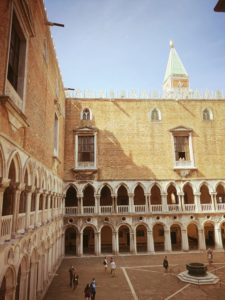

Adorned with multiple endless facades, one facing the Laguna and the other facing the Saint Mark’s Place, consisting of thick, massive, polished walls, supported by two floors of pillars, laid one on top of the other. Although the interior courtyard of the Palace has no unity, unlike the exterior facades but we can admire a massive Staircase of the Giants, where the two statues of Mars and Neptune.
A long way submitted this Doge’s Palace which held a first version before 976, when it was destroyed by a big fire in 976. Then, the further reconstruction pursued from 1340, from the Sala Nuova of the Great Council, until its achievement in 1366. In 1365, the doge Marco Cornaro had brought Guariento di Arpo from Padua to decorate it. This painter had created around the tribunal a monumental Coronation of the Virgin in Paradise which was unfortunately seriously damaged by the fire of 1577 and eventually fell into oblivion.
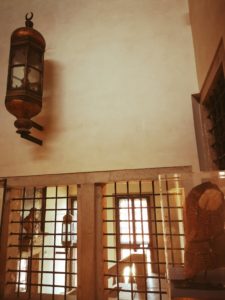
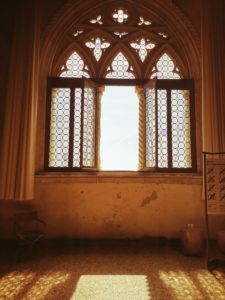
Thank God, it was really by chance that fragments of this giant fresco were found in 1903, behind The Paradise, realized by Tintoretto, before being detached and placed in the Arms Room. By the way, the Arms Room is spread over different rooms, highlighting some war innovations of this period, including many Venetian swords, specific weapons (halberds, Corsican, falchions), war hammers, maces, armored breast, crossbows and even a full set of quivers. We don’t have to remind you that Venice was frequently the target of multiple sieges, emanating from assailants from all over Europe.
Don’t also miss the CX letters, repeated on the frames of the windows, as explicit marks of the Council of Ten for the Republics armory. Note also the various lanterns, hanging on the walls, mainly come from Turkish ships captured by the Venetians.

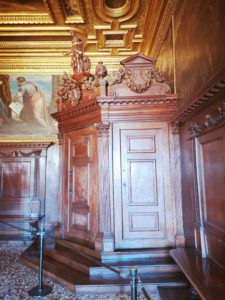
Another fire unfortunately occurred in 1577 and then the setting of a competition was organized, between 1578 and 1582, to find someone able to realize the next Paradise artwork. Therefore, this huge renovation program was asked to be drawn up by two patricians of Venice, those are Jacopo Marcello and Jacopo Contarini, along notable important local artists, such as Tintoretto and Veronese who was declared the winner with Francesco Bassano. However, he didn’t carry out this project, and a new competition was organized after Veronese‘s death, replaced by Tintoretto and his son.
In parallel, the Chamber of the Council of Tens was established following the conspiracy happened in 1310, to eventually analyze anybody tempted for an eventual future conspiracy and then permanently deal with acts of espionage. This hall is covered with memorable paintings, composed by Ponchino and the young Veronese.
The Angel of the Annunciation to the Shepherds, Girolamo Bassano on the ceiling around symbols of justice and peace.
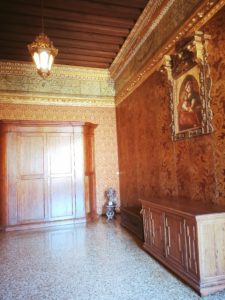
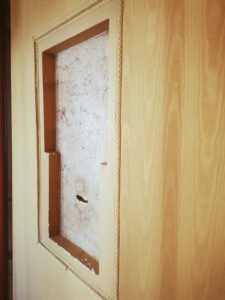
The Institutional Chambers of the Palace where the highest functions of the political and administrative life of the Republic of Venice, including the main organs… from the Great Council, the Senate and even the Full Council. Moreover, the College Hall brought together the Sages and the Lordship, making it possible to prepare the work of the Senate. Therefore, the Senate Room was also called Pregadi Room because the doges begged the members to participate in the meetings, welcomed the assemblies of the Senate, founded in the 13th century. This supreme function, made up of representatives of the wealthiest families, and responsible for major economic and political functions. Not far from the Compass Room, serving as an anteroom for those summoned by the High Magistracy, underlined by the magnificence of the opulent decoration.
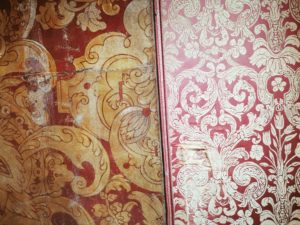
Note also the presence of a slot allowing to slip a word denouncing a misdemeanor from any of your enemy… These indications could interest the Chamber of Quarantia Civil Vecchia was the highest appeal court of the Republic, notably where judiciary issues were administered. Nonetheless, this room was restored in the 17th Century, with paintings from that period. This installation undoubtedly comes in response to the huge wildfire that partially destroyed the Doge’s Palace in 1577.
Thereafter, the Chamber of the Quarantia Criminale and the Cuoi Room, hosted notable members, part of the Senate, with some legislative powers. Most of these different elements were set up in the 15th century but whose wooden stalls were renovated again in the 17th century, along the golden leathered panels arising in and around from various lined dividers.

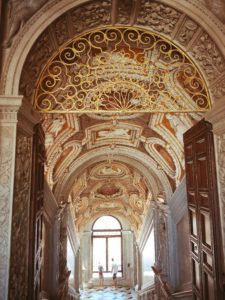
Then, before going up to the apartments of the Doge and the institutional rooms, you would be surely amazed to take the Golden Staircase. A unique masterpiece composed of stucco in its vault, entirely covered with golden leaves. A complementary artwork produced with much talent by Jacopo Sansovino, although his son Francesco had to complete the decoration. Therefore, if you have a deeper look on these painted scenes on the ceiling, you could notice some divinities, such as Venus and naturally Neptune, known as the God of the Sea, therefore linked to the surrounding maritime horizons, along the necessary virtues to govern in Venice. There are also visible grotesque figures made by Battista Franco, a mannerist painter.
Plus, the Doge‘s apartments are located close to the apse of Saint Mark’s Basilica, and this proximity with the institutional halls left just a moderate space for the Doge‘s private life.
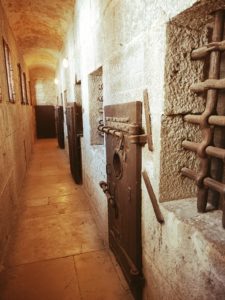
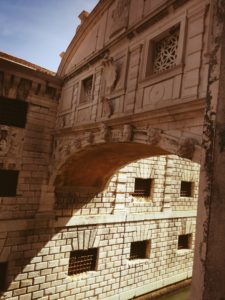
Just a few steps away from the legendary Bridge of Sighs, originally referring to the whispers pronounced by the prisoners on the way to their jail cellars, while crossing the Rio della Paglia. Indeed, until the sixteenth century, the Doges’ Palace housed the prisons of Venice, and sometimes reaching a high temperature since there were located under the roofs. That was where the famous seducer Giacomo Casanova was detained, until his evasion (the only escape, this prison ever experienced) on November 1st, 1756, with the help of his cellmate, a priest named Marino Baldi.
Then, another prison of 19 cells was built next to the palace (the prison of the wells), no longer under the roofs, but on the ground floor and in the basement. The conditions of detention were not better there because, if the prisoners no longer suffered from the intense heat, their hygiene conditions were still bad.
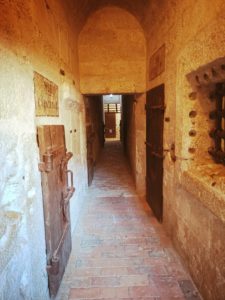
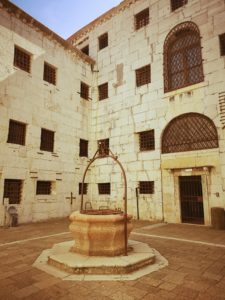
For your information, these prisons were voluntarily settled in a hidden area of the palace that if possible, no one had to be aware of. Indeed, this part of the Doges’ Palace had to remain as secret as possible, since many delicate affairs of the Venitian Republic were ruled by a set of senior executives, whose visits and decisions were taken a few meters away.
Therefore, in order to prevent ambassadors and high dignitaries from discovering this hidden dark side of the administration, the Republic of Venice had set up its offices in half floors of the palace. Thus, from the outside, anyone could only distinguish only large closed windows, similar to those of the great halls of the palace, but in fact a halfway floor had been installed between these windows. This separation would have consequently preserved these different secret rooms, where advice, along torture may have been unfortunately operated, in full confidentiality.
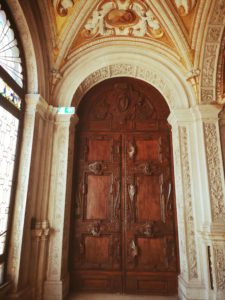
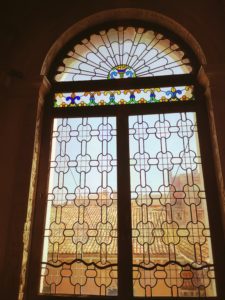
After the visit of the jails in chain, we can reach the Chamber of Censors, whose functions resulted from the cultural and political upheavals, associated with a hint of Humanism, since Censors were more moral consultants than judges. Indeed, they rather focused on the repression of electoral fraud and the protection of the State‘s public institutions. Then, the Coffer Room was made to gather the authorities, aimed to protect the local aristocracy, by forbidding mixed weddings and counting the families in a Silver Book. This room is closed to the Chamber of the Navy Captains, responsible to recruit the crews necessary for Venice‘s war galleys. As far as we know, it was not an easy task, since it required such a large number of skilled maritime people to run the city’s extensive fleet. Thus, contrary to what anyone might expect, the bulk of these crews were at that time, mainly made up of paid oarsmen drawn from the Venetian manufacturing industries, which had a specific and logical interest in preserving the city.
Doges’ Palace / Piazza San Marco, 1, 30124 Venezia VE (Italy)
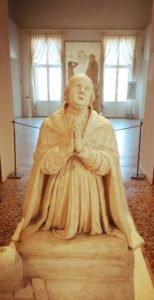

Then, in the other part of the Saint Mark’s Place, you would find the Museo Correr as the municipal museum of Venice, Italy. Located just at the opposite of the previous Doges’ Palace, this jewel of culture was open in 1830, named after Teodoro Correr, a Venetian personality, who bequeathed his entire personal collection of artworks, at his death, to his native city of Venice (photo credits: Alex Plato).
Therefore, this museum is now hosted on the second floor of the Venetian administration buildings (Nuova Procuratie), which occupy three-quarters of the square and were designed by Vincenzo Scamozzi. By the way, a notable part of the structure occupies the neoclassical Napoleon Aisle (Ala Napoleonica), built after the French occupation on the space formerly devoted to the small church of San Gimignano, forming the same architectural ensemble with the different cafés Florian and Quadri (see our article here).
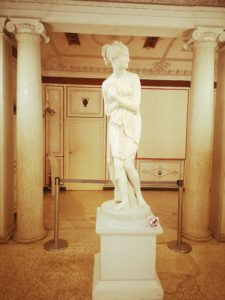
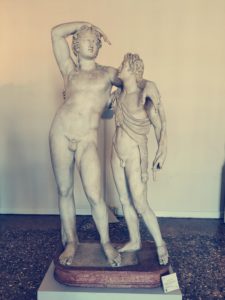
Once inside, welcomed by a magnificent monumental stairway to heaven, you would surely amazed by the numerous artworks exposed in and around of a polished scenery, spread through documents, objects and maps. All these elements witnessing the history and daily life of Venice through the centuries. For instance, the Napoleonic Aisle contains a sumptuous gallery, adorned by a remarkable collection of mythological sculptures realized by Antonio Canova. This Venetian artist was so popular that he was called several times to Paris, by Napoleon, and was as well in charge of negotiating with Dominique Vivant Denon the restitution by France of the Italian artworks, stolen by the Napoleonic army. A strong involvement that made him also reconstitute Orpheus and Eurydice, Daedalus and Icarus, Venus… and awarded by a number of honorary distinctions.
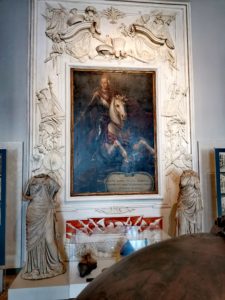
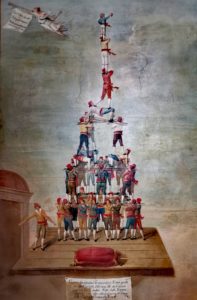
In the other hand, if you enjoy classic paintings, you won’t be disappointed by the huge offer of religious colors proposed by Giambattista Pittoni, within his Death of the Virgin, Adorazione dei pastori, Adorazione dei magi, Ritrovamento di Mosè and Presentazione del tempio, or even by the typical Italian representations of the daily life illustrated by Vittore Carpaccio, mostly famous with his Man with the red hat.
Nonetheless, don’t miss the other interpretations imagined by Giovanni Bellini and by Antonello da Messina, among other contemporary artists dedicated to put in drawing the different traditions of Venice, through celebrations and naval scenes…

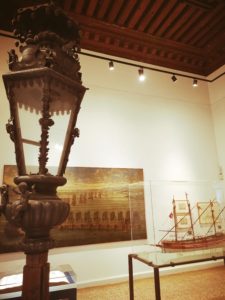
By the way, concerning these various maritime activities that animated Venice for ages, don’t miss the incredible vestiges collected from ancient boats, such as flags, lanterns and even some realistic replica.
These pieces are featured in the 20 halls illustrating the life and culture of the Republic of Venice through the centuries, essentially during its independence and political greatness. Therefore, you could admire a lot of everyday objects, such as shoes, tableware, clothes, like a real Doge‘s hat! Moreover, they also preserve six large volumes containing the sketches of the sets made by Francesco Bagnara for the Fenice theater. Not far from this, you would find an interesting numismatic collection of over 50,000 pieces, along the whole library donated by Teodoro Correr, rich of 12,000 manuscripts, 750 incunabula, and 100,000 monographs and periodicals.
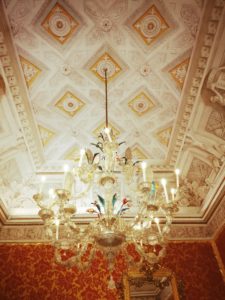
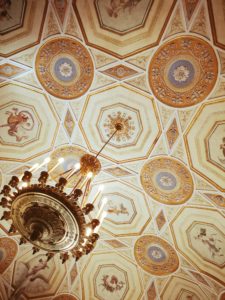
Still sublimed by a breathtaking panorama on the Saint Mark’s Place, you would then finish your honorable visit of the Museum Correr with the Napoleon apartments, conceived under his own initiative inside this Royal Palace. The result is a genuine Empire-style decoration, once coordinated by Giuseppe Borsato in 1807, under the gracious supervision of the French Empress Eugène de Beauharnais.
This dreamlike living area counts no less than 9 rooms, recently opened in July 2012, after a long and complex restoration carried out by the French Committee for the Preservation of Venice. Not far from the gigantic ball room, where the Empress Elisabeth of Austria, also known as Sissi, organized a couple of lavish receptions, during her visits in Venice. Thereafter, this space was unfortunately occupied by various administrations and closed to the public, before being integrated into the museum route until their so much awaited brilliant reopening.
Museo Correr, Piazza San Marco, 52, 30124 Venezia VE (Italy) / Open everyday from 10.30am to 6pm / More information on the official website.
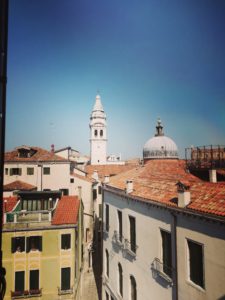
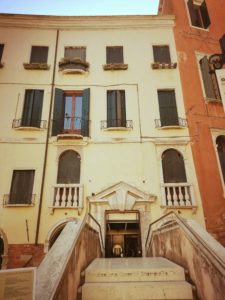
In the same mood, if you would like to learn more about the Venitian traditions, we keenly invite you to get into the Palazzo Querini Stampalia. This palace is located in the Castello district, accessible from the Campo Santa Maria Formosa square, in the sestiere of Castello, on the left bank of the Grand Canal (photo credits: Alex Plato).
There, another project born from a generous testament of the late heir Giovanni Querini-Stampalia, materialized by the Pinacoteca Querini Stampalia. This final will gave birth in 1868 to a museum and art collection, thus hosted by the homonym Querini Stampalia Palace and surrounded by a charming garden, hydrated by the nearby Rio‘s water!
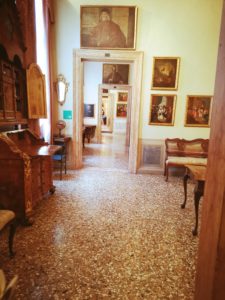
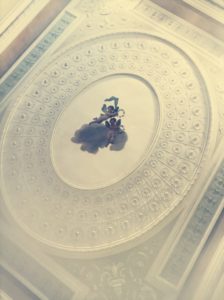
This beautiful edifice is organized like an authentic personal mansion, with terrazzo on the ground, its original furnishings and a high ceiling. Then, you should watch out all the unchanged details since the 18th century.
On the walls are notable hung famous paintings from artists, ranging from the fourteenth century until the eighteenth century and representing the events of Venetian life of this period. Among them, you would find a Self Portrait and Adam and Eve by Palma the Younger, a Sacra Conversazione by Palma Vecchio and Madonna and Child by Bernardo Strozzi. The wide collection also contains drawings by Giovanni Bellini, Raphael, Paolo Veronese, Titian and Tintoretto.
Spread into twenty rooms on the second floor of the palace which as well contains a large public library, porcelain and musical instruments.
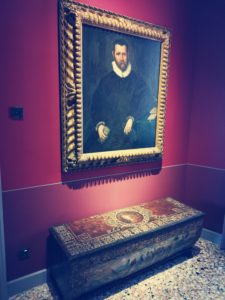

In addition to this selection of musical instruments, the Music Room presents a set of 30 paintings realized by Pietro Longhi, renowned for his numerous representations of Venetian life in his time. These 30 canvases represent scenes from the casual daily life of the population from the 18th century. The following rooms present a series of portraits of the Querini-Stampalia family as well as a very fine set of furniture designed by Giuseppe Jappelli in the pure Etruscan-Pompeian style, while the next room reserves a collection of decorative arts, mainly composed of porcelain and earthenware…
Then, an impressive room lined with 67 scenes painted by Gabriel Bella, also illustrating the Venetian life in the 18th century, through a large number of political and religious events, illustrating different sites you would have probably visited, such as the presentation of the Doge to the citizen, the last day of the carnival, the promenade on the quays…
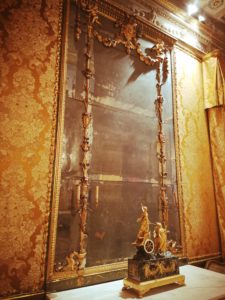
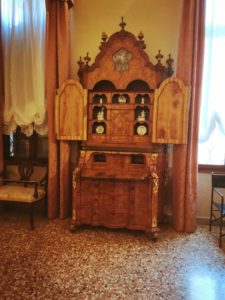
Thereafter, you would come through a lovely cabinet, adorned with a colorful ceiling representing the illustrious Three Graces before arriving in the bedroom, in the same condition like in the 18th century. Don’t miss there the frescoed ceiling decoration dating from the wedding of Alvise Querini and Maria Teresa. An exclusive bonus to admire, the couple of canvases representing the Seven Sacraments.
The next room of the Palazzo Querini Stampalia is the green salon, a typical 18th century lounge that has as well remained almost intact, with a furniture made of green lacquered wood. As far as we know, many family portraits decorate the walls, close to another room decorated with 18th century stucco and the opulent dining room, again garnished with stucco and offering a magnificent service of Sèvres porcelain, bought in Paris in 1796 by the last ambassador of Venice.
In the remaining corners, you will find a remarkable painting by Giovanni Bellini representing the presentation of Jesus in the Temple, along some oldest paintings of the collection, mostly painted on a wooden surface, during the 15th and 16th century.
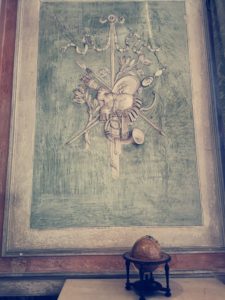
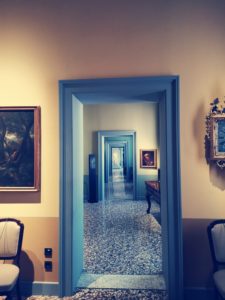
For your information, the oldest parts of this museum date from the beginning of the 16th century, but it was extended until the middle of the 17th century within the acquisition of adjacent buildings. The third floor was then added and major modifications were made to the palace, as well as to its interior decoration.
Thus, since the palace‘s ceremonial hall, also called the portego is a typical and traditional structure in Venice. This space crosses the Palazzo, overlooking the canal on one side and the land side on the other. On top of that, there is a rich fresco and stucco decoration in this hall which dates back from the latest major modifications, carried out at the end of the 18th century, on the occasion of the marriage of Alvise Querini and Maria Teresa Lippomano. By the way, you would note the series of terrestrial and celestial globes, illustrating the knowledge of the time.
Fondazione Querini Stampalia / Campo Santa Maria Formosa, 5252, 30122 Venezia VE (Italy) / Phone : +39 041 271 1411 / Open from Tuesday to Sunday, from 10 am to 6 pm. More information on the official website.
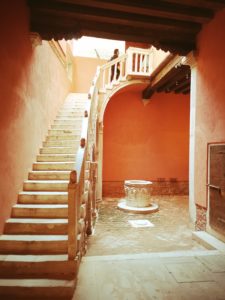
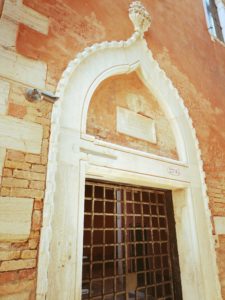
As we have just seen before, music is registered deep inside the Venetian tradition. Here, we have a look into the native House of the famous playwright Carlo Goldoni, built in the 15th century with the typical Venetian Gothic architectural assets of that period (photo credits: Alex Plato).
Therefore, the Carlo Goldoni‘s family settled in this cosy mansion, at the end of the 17th century, where he was born in 1707. Although, a couple of years later, in 1914, a desire was born to dedicate this site in a museum, dedicated to Goldoni and essentially the Italian dramatic art, where visitors are able to experience the magic of the theater and a certain bygone way of life.
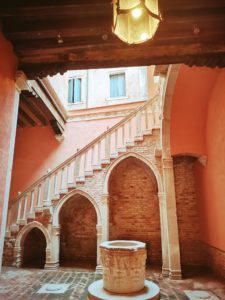

For your information, this beautiful ocher house was restored and finally opened to the public in 1953. Then, you would also find there a lot of archives, a study center and a library.
On the first floor, the three visible rooms of this Carlo Goldoni‘s home retrace the main themes of the Venetian cultural tradition, from the civil architecture until the polished decoration. In the other hand, a real focus has been made regarding the prolix artwork of the artist, in deep connection with the context of the 18th century.
Indeed, the legendary Commedia dell’arte has always been a form of improvised acting, meeting its roots in the popular Italian theater tradition before the 16th century, and symbolized, in particular, by the use of masked characters representing some recognizable social stereotypes.
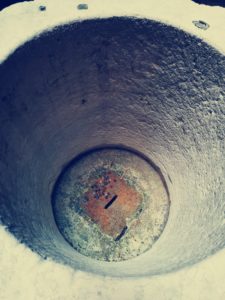
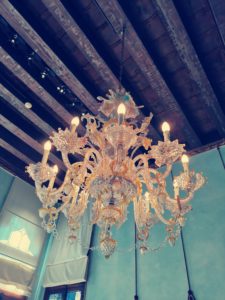
Moreover, the influence of the Commedia dell’arte has ever been essential for the creation of common playwrights, such as Shakespeare in England and Molière in France, but more than any other for Carlo Goldoni, who made it evolve in the 18th century by suppressing profanity and swear words, and not thus having more recourse to masks.
In this context, you will also find a real reconstructed puppet teatrino, belonging to the collection of the Palazzo Grimani ai Servi, including around thirty original 18th century puppets.
Then, while you wander freely through the very varied rooms of this three-storey mansion, discovering a unique selection of master paintings, along precious furniture and some documents, evoking the major artworks of playwright art.
Casa di Carlo Goldoni / Rio Tera’ dei Nomboli, 2794, 30125 Venezia (Italy) / Phone : +39 041 275 9325
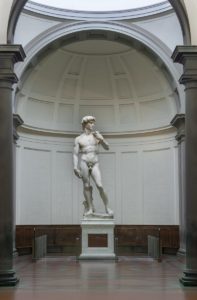
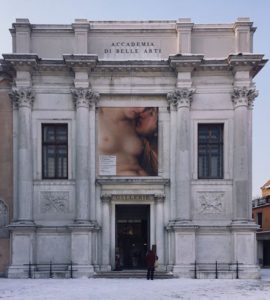
Then, for more art contemplation, follow the guide. Open in 1750 under the supervision of the Venetian Senate, the Gallerie dell’Accademia of Venice follows the creation of the School of Architecture, Painting and Sculpture of the Academy of Fine Arts. Ideally located in Venice, in the Campo della Carità overlooking the Grand Canal and the Academy Bridge, its initial mission was to reproduce similar artistic structures that already existed at the time in Rome, Bologna or Milan (photo credits: Alex Plato).
A set of avant-garde institutions offering the possibility to study multiple forms of art, thanks to the contribution of famous teachers, such as Giambattista Tiepolo, Alberto Viani, Francesco Hayez, Ettore Tito, Carlo Scarpa and even Arturo Martini.
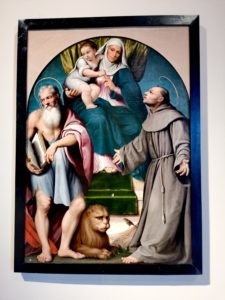
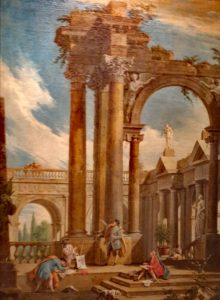
For your information, the painting galleries officially opened in 1807, thanks to a decree signed by Napoleon Bonaparte who decided to settle them in this current location, between the walls of the former convent of the Canonici Lateranensi and the Church of Santa Maria della Carità. Thereafter, the complex finally opened to the public in 1817 before the separation with the Academy of Fine Arts of Venice, occurring in 1879. Although, the museum hadn’t stopped since to expand its collection, notably with the doubling of its surface area, through the opening of 30 new rooms.
Nowadays, no less than 800 paintings, spread into its different areas, arranged in a chronological order around two courtyards, one of which has even been designed by Palladio (the same as in San Giorgio Maggiore, see article there).
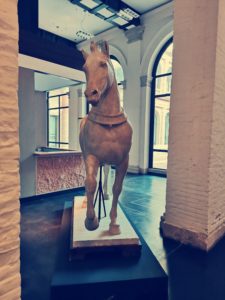
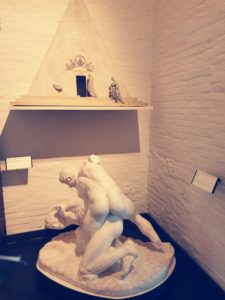
Thus, once inside the Gallerie dell’Accademia, you would be undoubtedly surprised to the presence of the largest collection of Venetian paintings, extending from the 14th until the 18th centuries. The first collections were luckily constituted of donations and essays from various academies, eventually extracted from the old Academia and from the Church of Santa Maria della Carità.
However, further donations happened later, for instance Girolamo Contarin offered his collection of eighty-eight works in 1838 and the brother of Antonio Canova as well bequeathed a series of large plasters of Theseus and the Centaur and Hercules and Lycas. This allows them to get preserved by the museum, among many other sculptures.
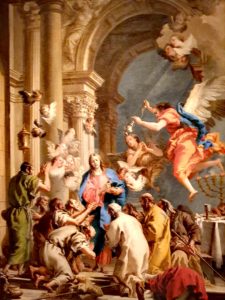
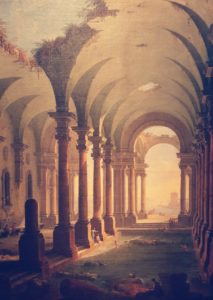
At the origin, Pietro Edwards was appointed as the curator, since he was already responsible for public paintings since 1778. Indeed, he exercised this function until the inevitable decline of the Republic, doing his best to manage a wide collection. Pietro Edwards even retained a similar task under the Austrian and the Italian rules, unless he could not prevent the transfer of large ensembles to Brera. Fortunately, the French government had to restore some paintings, including the Veronese’s Meal at Levi‘s and even some portraits of Venetian churches. At this time the first private aid arrived.
Then, in 1822, Father Celotti was nominated to acquire the Giuseppe Bossi collection, made up of 3,000 pieces including the legendary Vitruvian man by Leonardo da Vinci and eventually a couple of preparatory drawings designed for the battle of Anghiari, along other artworks composed by Michelangelo, Raphael, Giambattista Pittoni, Perugino, Giovanni Bellini, from the various Bolognese, Roman, Tuscan and Ligurian schools. Also thanks to this abbot, two years later, more than 602 drawings imagined by Giacomo Quarenghi were purchased.
Gallerie dell’Accademia, Campo della Carità, 1050, 30123 Venezia (Italy) / Phone : +39 041 522 2247


